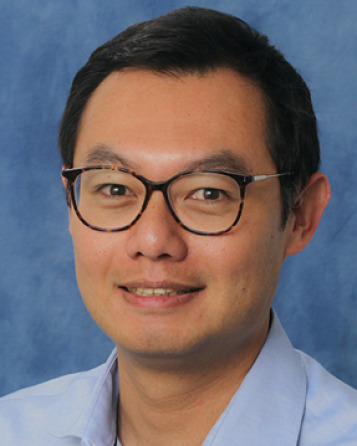Hold the Date
July 14-18: 87th Annual Meeting of the Meteoritical Society
×The 87th annual meeting of The Meteoritical Society will take place from July 14-18, 2025 at the Perth Convention and Exhibition Center (PCEC) in Perth, Western Australia.
More Information
U of A Earns Top Marks in Space Science, Geosciences, Water Resources in New US News Global Ranking
× 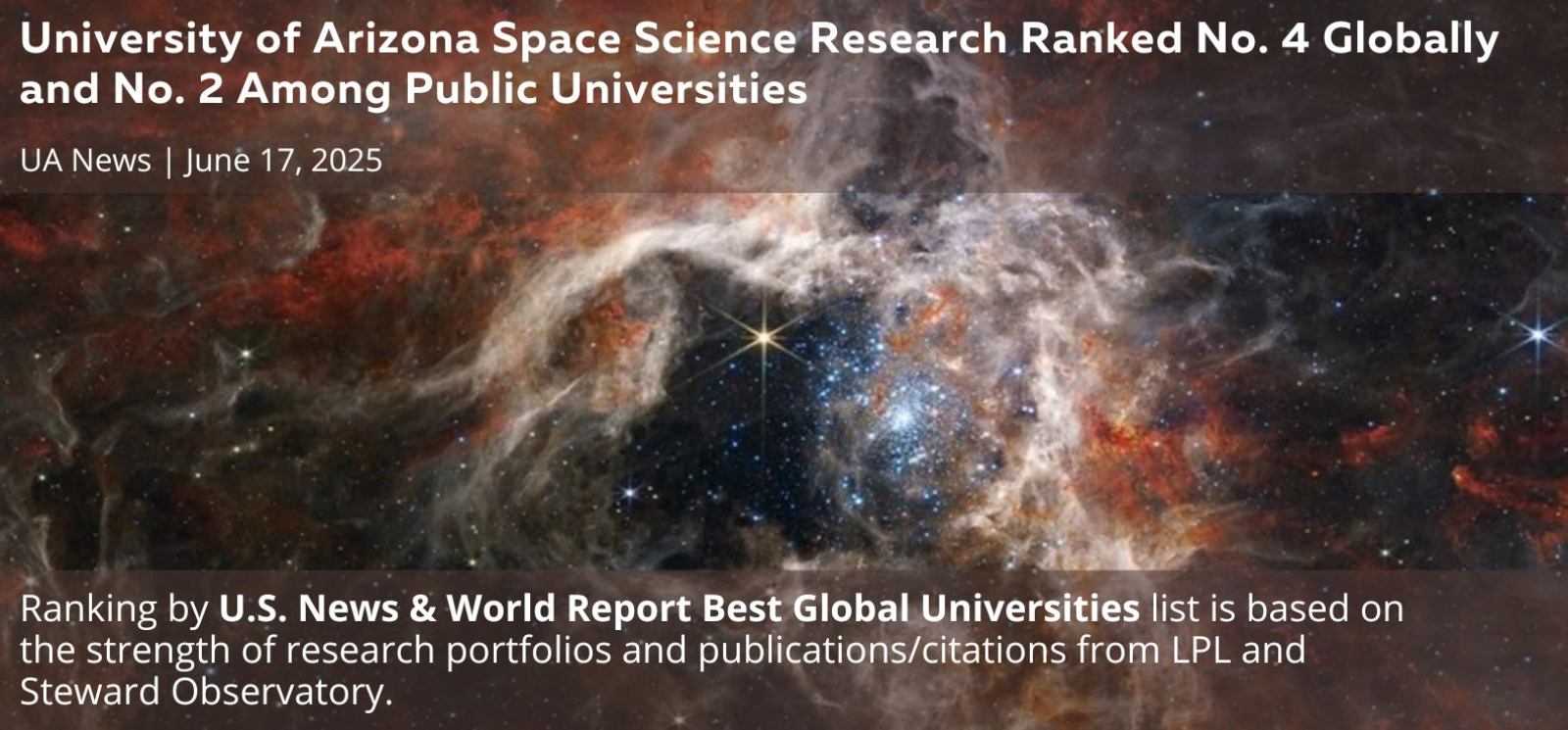
By University Communications - June 17, 2025
U.S. News & World Report has once again recognized the University of Arizona as one of the world's top research institutions.
The U of A ranked No. 115 out of 2,250 higher education institutions across more than 100 countries in the 2025-2026 Best Global Universities ranking, released Tuesday. The university ranked No. 44 among universities in the U.S. and No. 23 among public U.S. universities.
The ranking placed the U of A among the top 10% of all ranked universities across the globe.
The U of A again earned its best ranking in the space science category, rising four spots to No. 4 globally and No. 2 among U.S. public universities. The university earned top marks in this category for its research reputation, along with the number of citations and publications by U of A researchers.
The U of A also ranked highly in water resources (No. 2 in the U.S., No. 31 globally) and geosciences (No. 10 in the U.S., No. 25 globally).
Additional top-100 global placements include the U of A's programs in meteorology and atmospheric sciences (No. 45), environment/ecology (No. 62), plant/animal sciences (tied for No. 77) and arts and humanities (tied for No. 88).
U.S. News & World Report's Best Global Universities ranks colleges and universities in 51 subjects. The University of Arizona earned a spot on 35 of the subject ranking lists.
The university's overall research reputation was ranked No. 47 in the U.S. and No. 101 globally.
The 11th annual Best Global Universities rankings provide insight into how research institutions compare throughout the world. To produce the global rankings, which are based on data and metrics provided by the analytics company Clarivate, U.S. News & World Report uses a methodology that focuses on a university's global and regional reputation and academic research performance using indicators such as citations and publications.
U.S. News uses a separate methodology for the subject-specific rankings that is based on academic research performance in each subject. U.S. News uses various measures, including publications and citations as well as indicators for global and regional reputation in each specific subject area.
UA News - U of A Earns Top Marks in Space Science, Geosciences, Water Resources in New US News Global Ranking
Contact Information
1629 E University Blvd. Tucson, AZ 85721-0092
Main office: 520-621-6963
| Lastname, Firstname | Office(s) | Phone | Title |
|---|---|---|---|
| Abbate, Ash | Kuiper 353 | 520-621-6943 | Undergraduate Student Employee, Teaching Teams |
| Abdelmaksoud, Ganna she/her |
Sonnet, PIRL Lab | Undergraduate Student Employee | |
| Admissions, LPL | Kuiper 321 | 520-621-6954 | |
| Agarwal, Simran | Kuiper 220/222 | 520-621-3595 | Lab User, ASPERA |
| Aguilar, Roberto | Sonett 10F | PTYS Graduate Student | |
| Akers, Kris | Sonett 209 | 520-626-5403 | Research Engineering Technician |
| Alday, Javier he/him |
Kuiper 212 | Research Engineering Mechanical Technician | |
| Alevy, Elana she/her |
Kuiper 214 | PTYS Graduate Student, Research Technician | |
| Alley, Jonna | Kuiper 339C | 520-626-6546 | Research Development Administrator |
| Allu, Sai Gowtham he |
Kuiper 9 | Raman User | |
| Andrews-Hanna, Jeffrey | Kuiper 438 | 520-626-6528 | Professor |
| Apai, Dániel | Steward N208B | 520-621-6534 | Interim Associate Dean for Research, College of Science, Principal Investigator, Alien Earths, Professor |
| Arciniaga, Luis | Kuiper 19D | 520-621-1125 | Graduate Student Assistant, Raman Spectroscopy |
| Arora, Rahul | Kuiper 334 | PTYS Graduate Student | |
| Asphaug, Erik | Kuiper 424 | Professor | |
| Avalos, Andrew | Kuiper 243 | Undergraduate Student Employee | |
| Avsar, Arin | Kuiper 316 | 520-621-1485 | PTYS Graduate Student |
| Ayaz, Hamad he/him |
Kuiper 450A | Undergraduate Student Employee | |
| Baijal, Namya | Kuiper 316 | 520-626-6448 | PTYS Graduate Student |
| Bailey, Hop | Sonett 208 | 520-626-0753, 520-270-0532 | Program Manager, UA Space Institute |
| Baird, Mitchell | Kuiper 531 | Undergraduate Student Employee | |
| Bajaj, Naman | Kuiper 324 | 520-626-6727 | PTYS Graduate Student |
| Baker, Victor | Kuiper 409B, HAR 246A | 520-405-8976 | Regents Professor |
| Ballester, Gilda | Sonett 135 | 520-621-4305, 520-743-3538 | Research Professor (Retired) |
| Bardabelias, Nicole she/her |
Sonett 212 | 520-626-3856 | Science Operations Engineer, HiRISE |
| Barman, Travis | Kuiper 436 | 520-621-6940 | Professor |
| Barnes, Jessica She/Her |
Kuiper 540 | Associate Professor | |
| Battle, Adam he/him/his |
Kuiper 245 | R&D Software Engineer, SPACE 4 Center | |
| Baugh, Nicole | Sonett 210 | 520-626-0342, 520-836-2278 | Uplink Operations Lead, HiRISE |
| Becker, Kris | Kuiper 429H | 520-626-1634 | Senior Data Analyst, OSIRIS-REx |
| Benner, Maizey she/they |
Kuiper 318 | 520-626-5520 | PTYS Graduate Student |
| Bennett, Carina | Kuiper 533 | 520-626-3126 | Project Manager and Software Engineer, SAMIS |
| Bergsten, Galen | Kuiper 324 | 520-626-3814 | PTYS Graduate Student |
| Bernal, Jacob | Kuiper 216 | 520-626-3906 | DCC Postdoctoral Research Associate (Zega), NSF Postdoctoral Fellow |
| Beuden, Tracie she/her |
Kuiper 509J | 520-621-6899 | Survey Operations Specialist, Catalina Sky Survey |
| Bhat, Vinyas he/him |
Kuiper 243 | Undergraduate Student Employee | |
| Blanchard, Sarina she/her |
Kuiper 220-222 | Undergraduate Student Employee | |
| Bliss, Graham he/him |
Kuiper 353 | 520-621-6943 | Undergraduate Student Employee, Teaching Teams |
| Bloch, Elias | Kuiper 19F | 520-626-6944 | Researcher/Scientist |
| Block, Kristin she/her |
Offsite, Silicon Valley | 520-626-6586, 312-772-2352 | Principal Science Operations Engineer, HiRISE |
| Bloomenthal, H. Philip he / him |
Kuiper 219 | 520-621-1864 | System Administrator |
| Blum, Denise | Kuiper 427 | 520-626-1985 | Business Manager, OSIRIS-REx |
| Bolton, Marsha | Kuiper 339C | 520-626-6550 | Grant and Contract Administrator |
| Booher, Dean | 520-626-1314 | Engineer, Mission Assurance, NEOS | |
| Boynton, William | Drake 104Q | 520-621-6941, 520-299-1147 | Professor Emeritus |
| Bray, Veronica She/Her |
Sonett 214 | 520-626-1967 | Associate Research Professor |
| Brenton, Amy | Kuiper 321 | 520-621-6954 | Academic Advisor |
| Bressi, Terrence | Kuiper 223 | 520-621-2876 | Engineer/Observer, Spacewatch |
| Briggs, Ian | Kuiper 11 | FIB-SEM User | |
| Brown, Zarah she/her |
Kuiper 239 | 520-621-2127 | Postdoctoral Research Associate |
| Brown, Robert | Professor Emeritus | ||
| Brucker, Melissa she/her |
Kuiper 217 | 520-621-1039 | Principal Investigator, Spacewatch, Research Scientist |
| Byrne, Shane He/Him |
Kuiper 524 | 520-626-0407 | Professor |
| Campbell, Catherine | Kuiper 9 | Raman User | |
| Campbell, Tanner | Kuiper 243 | 520-621-2692 | |
| Campos, Fabian he/him |
Sonett 215 | Undergraduate Student Employee | |
| Cantillo, David | Kuiper 338 | 520-621-6960 | PTYS Graduate Student |
| Cantin, Chad he/him/his |
Kuiper 450 | Research Data Support Specialist | |
| Carr, Brett he/him/his |
Offsite | Researcher/Scientist | |
| Carter, Lynn she/her |
Kuiper 533A | 520-626-1993 | Associate Department Head, Professor, University Distinguished Scholar |
| Carvajal, Vivian she/her |
Kuiper 509J | 520-621-6899 | Survey Operations Specialist, Catalina Sky Survey |
| Castro, Daniel | Graduate PTYS Minor | ||
| Chandra, Rishi | Kuiper 338 | 520-626-6509 | PTYS Graduate Student |
| Chang, Yao-Jen (Jerry) | Kuiper 19A | 520-621-2974 | Research Scientist/Assistant Staff Scientist, TEM and SEM Lab Manager |
| Chaves, Laura she/her/hers |
Kuiper 509M | Postdoctoral Research Associate | |
| Chiang, Shang-Tung | Kuiper 11 | FIB-SEM User | |
| Choi, Heejoo | Kuiper 220/222 | 520-621-3595 | Lab User, ASPERA |
| Chojnacki, Matthew | DCC Associate Research (McEwen) | ||
| Christensen, Maddy | Kuiper 351 | PTYS Graduate Student | |
| Christoffersen, Michael | Research Technologist | ||
| Chung, Haeun | Kuiper 220/222 | 520-621-3595 | Lab User, ASPERA |
| Clark, Sophie | Kuiper 351 | PTYS Graduate Student | |
| Coe, Michelle she/her |
Kuiper 349 | 520-621-8556 | Program Manager, Arizona Space Grant Consortium |
| Connolly, Harold | DCC Visiting Research Scientist (Lauretta) | ||
| Cook, Claire she/her |
Kuiper 332 | 520-621-1611 | PTYS Graduate Student |
| Cooper, Avery they/them |
Sonett | Undergraduate Student Employee, HiRISE | |
| Cooper, Chase he/him/his |
Kuiper 417 | Undergraduate Student Employee | |
| Corliss, Jason | Kuiper 229 | 520-621-6956 | Research Scientist/Senior Staff Scientist |
| Cornish, Eleanor | Kuiper 417 | Space Grant Intern | |
| Cox, Olivia | Undergraduate Student Employee | ||
| Crossley, Samuel he/him |
Kuiper 249 | 520-621-8259 | Researcher/Scientist |
| d'Aubigny, Christian | Drake 113 | 520-621-4076 | DCC Deputy Instrument Scientist, OCAMS (Byrne) |
| Daluisio, Franco | Kuiper 11 | FIB-SEM User | |
| Daniel, Michael | Sonett 10C | PTYS Graduate Student | |
| Danley, Matt | Kuiper 11 | FIB-SEM User | |
| Das, Heerok | Kuiper 229 | Undergraduate Space Grant Intern | |
| Davidson, Glinda | Kuiper 345 | 520-621-4155 | Manager, Grants-Contracts |
| Dean, David | Kuiper 542 | 520-626-2712 | Systems Programmer, Principal |
| DellaGiustina, Dani Mendoza she/her |
Kuiper 526 | 520-626-3493 | Assistant Professor, Deputy Principal Investigator, OSIRIS-REx, Principal Investigator, OSIRIS-APEX |
| Deng, Dingshan | Kuiper 334 | 520-626-5641 | PTYS Graduate Student |
| Dickenshied, Scott | DCC Visiting Research Assistant (Nolan) | ||
| Dickinson, Cameron | DCC Visiting Scientist (Nolan) | ||
| DiPasquale, Paul | Kuiper 9 | Raman User | |
| Domanik, Kenneth | Kuiper 023 | 520-621-2959 | Manager, Electron Microprobe Lab |
| Doose, Lyn he/him |
520-885-2516 | Senior Research Associate (Retired) | |
| Drimalas, Manolis he/him/his |
Kuiper 509E | UA Employee, Non-LPL | |
| Duhamel, Solange | Life Sciences 354 | 520-621-6057 | Associate Professor |
| Edmeades, David he/him |
Sonett 102C | 520-621-2197 | Systems Administrator, PIRL/HiRISE |
| Edmundson, Kenneth | DCC Associate Research (Lauretta) | ||
| Edwards, Hannah | Kuiper 353 | 520-621-3991 | Instructional Specialist Coordinator |
| Elalaoui-Pinedo, Dora | Sonett 207 | Undergraduate Space Grant Intern | |
| Elliott, Emma | Kuiper 450A | Undergraduate Student Employee | |
| Espinoza, Ari | Sonett 101 | 520-626-7432, 520-818-4933 | Outreach Coordinator, HiRISE |
| Fay, Don | Kuiper 509F | 520-621-7210 | R&D Systems Engineer, Catalina Sky Survey |
| Fazekas, Jacqueline | Kuiper 509J | 520-621-6899 | Research Technologist, Catalina Sky Survey |
| Feller, Sophia | Kuiper 243 | Research Technologist, Space 4 Center | |
| Fennema, Audrie | Sonett 213 | 520-626-0756 | Engineer, Satellite Payload Operations, HiRISE |
| Fennema, Gregory | Sonett 102A | 520-626-5435 | Research Technician |
| Ferro, Tony | Kuiper 429C, Drake 107F | System Administrator, OSIRIS-REx/SPOC | |
| Figueroa, Kari | Kuiper 339B | 520-626-9007 | Accountant, Senior |
| Fine, Kenny | Sonett 106 | 520-621-8284 | Senior Systems Administrator, PIRL/HiRISE |
| Fink, Uwe | Sonett 102D | 520-621-2736, 520-795-0155 | Professor Emeritus |
| Fitzgibbon, Michael | Kuiper 523B | 520-626-1789 | Software Engineer, Lead Calibration & Validation, OSIRIS-REx |
| Foka, Sosthene | Kuiper 534 | 520-626-5490 | Database Administrator, OSIRIS-REx |
| Foote, Searra she/her |
Kuiper 316 | 520-626-6145 | PTYS Graduate Student |
| Fraschetti, Federico | DCC Research Scientist (Giacalone) | ||
| Fulford, Ruby She/Her |
Kuiper 201 | PTYS Graduate Student | |
| Fuls, Carson | Kuiper 501A | 520-621-3800 | Director, Catalina Sky Survey, PTYS Graduate Student |
| Gallegos, Cesar | Kuiper 519C | Undergraduate Student Employee, OSIRIS-REx | |
| Garcia, Rose | Kuiper 429D | R&D Engineer Scientist, OSIRIS-REx | |
| Garcia, Elijah | Kuiper 220 | 520-621-3595 | Laboratory Coordinator |
| Gardner, Andrew he/him/él |
Offsite | 520-626-5496 | Systems Programmer, Principal |
| Gatto, Anwar | Kuiper 11 | FIB-SEM User | |
| Giacalone, Joe | Kuiper 411 | 520-626-8365 | Professor |
| Giampapa, Mark | 520-621-2288 | DCC Visiting Research Scholar (Giacalone) | |
| Gibbs, Alex | Kuiper 511 | 520-621-6899 | Principal Engineer, Catalina Sky Survey |
| Godinez, Grace she/her |
Kuiper 243 | Undergraduate Student Employee | |
| Golish, Dathon he/him |
Kuiper 429E, Drake 104J | 520-626-6749 | Mission Instrument and Observation Scientist |
| Gonglewski, Kiki | Kuiper 351 | PTYS Graduate Student | |
| Goodwin, Alfred | Sonett 161 | 520-626-5368 | Manager, GUSTO Quality Assurance |
| Gosiak, Rori she/her |
Kuiper 353 | 520-621-6943 | Undergraduate Student Employee, Teaching Teams |
| Gowman, Gabriel | Kuiper 320 | PTYS Graduate Student | |
| Grauer, Albert | Kuiper 501B | 520-621-4497 | Technical Expert, Catalina Sky Survey |
| Greenberg, Richard | Professor Emeritus | ||
| Griffith, Caitlin | Kuiper 525 | 520-621-6243 | Professor Emeritus |
| Grijalva, Cathy Marie | Kuiper 323 | 520-621-4954 | Building Manager, Kuiper Space Sciences, Executive Assistant |
| Gröller, Hannes | Kuiper 509J | 520-621-6899 | Research Scientist/Assistant Staff Scientist |
| Guerra De Lima, Eneida | Kuiper 347 | 520-621-5462 | IT Architecture Manager |
| Guerrieri, Mary | Kuiper 317 | 520-621-2828 | Manager, Academic Affairs |
| Gulick, Virginia she/her |
Kuiper 542 | 520-626-2712 | Research Professor |
| Hadland, Nathan He/Him |
Sonett 10A | 520-626-5381 | PTYS Graduate Student |
| Haenecour, Pierre he/him |
Kuiper 530 | 520-621-6708 | Assistant Professor |
| Hall, Kylie | Kuiper 351 | PTYS Graduate Student | |
| Hamara, David | Kuiper 516 | 520-626-6729 | Lead Engineer, Gamma Ray Spectrometer Electronics |
| Hamden, Erika | Kuiper 220/222 | 520-621-3595 | Lab User, ASPERA |
| Hamilton, Christopher | Kuiper 430 | 520-626-6254, 301-305-3818 | Associate Professor |
| Hammond, Damian | Kuiper 528 | 520-626-5541 | Software Engineer, OSIRIS-REx Telemetry Processing |
| Hansen-Koharcheck, Candice | DCC Associate Research (McEwen) | ||
| Hanson, Kelsey she/her |
Kuiper 9 | Raman User | |
| Hardesty, Joanna | Kuiper 351 | PTYS Graduate Student | |
| Harris, Walter | Kuiper 221 | 520-626-6416, 530-574-4377 | Professor |
| Harshman, Karl | Kuiper 518 | 520-626-7469, | Manager, OSIRIS-REx/SPOC |
| Harvey, Jack | DCC Visiting Research Scholar (Giacalone) | ||
| Henley, Shae she/her |
Kuiper 220, Kuiper 423 | Graduate Student, Other, Space Grant Intern | |
| Heyd, Rod | Sonett 102B | 520-626-0764 | Project Manager, HiRISE |
| Hickcox, Samuel | Sonett 102A | 520-626-5459 | Research Technician |
| Hill, CeeCee | Kuiper 528 | 520-626-5541 | R&D Software Engineer, OSIRIS-APEX |
| Hill, Dolores | Kuiper 523D | 520-621-6106 | Research Specialist, Senior |
| Hogan, Joshua | Kuiper 509J | 520-621-6899 | Research Technologist, Catalina Sky Survey |
| Holberg, Jay | Sonett 164 | 520-621-4571 | Senior Research Scientist (Retired) |
| Hollings, Carter he/him |
Undergraduate Student Employee | ||
| Holt, Jack | Kuiper 432 | Professor, EDO Director | |
| Hon, Orion | Kuiper 326 | 520-626-6512 | PTYS Graduate Student |
| Hood, Lon | Kuiper 509B | 520-621-6936 | Research Professor |
| Hoover, Devin | Kuiper 338 | PTYS Graduate Student | |
| Hopkins, Rachel | Kuiper 339A | 520-621-6967 | Accountant |
| Howell, Ellen | Drake 115, Kuiper 218 | 520-626-2880, 520-621-1854 | Research Professor |
| Huang, Rowan she/her |
Kuiper 326 | 520-621-1594 | PTYS Graduate Student |
| Hubbard, William | Kuiper 415 | 520-621-6942 | Professor Emeritus |
| Huseby, Lori | Kuiper 316 | 520-626-6159 | PTYS Graduate Student |
| Ishimaru, Kana | Kuiper 332 | 520-626-5530 | PTYS Graduate Student |
| Jacobo Bojorquez, Rocio she/her |
Sonett 10A | PTYS Graduate Student | |
| Jacobs, Julie | Kuiper 409 | 520-621-2870 | LPL Librarian |
| Johnsen, Tim | Offsite | Research Professional | |
| Joseph, Emily | Research Specialist | ||
| Kantarges, Joshua he/him/his |
Kuiper 528 | 520-626-6182 | SAMIS Software Engineer, OSIRIS-REx |
| Karkoschka, Erich | Kuiper 215 | 520-621-3994 | Research Scientist/Senior Staff Scientist |
| Kelly, Adriana | Kuiper 339A | 520-621-4497 | Manager, Personnel Services and Business Affairs |
| Kerrison, Nicole she/they |
Kuiper 318 | PTYS Graduate Student | |
| Kestay, Laszlo | DCC Associate Research (McEwen) | ||
| Khan, Aafaque | Kuiper 220/222 | 520-621-3595 | Lab User, ASPERA |
| Kim, Euibin | Kuiper 332 | PTYS Graduate Student | |
| Klein, Kristopher | Kuiper 431 | 520-621-2806 | Associate Professor |
| Knox, Oddisey | Kuiper 509L | Research Data Support Specialist | |
| Komanapalli, Zachary | Kuiper 429 | Research Technician, OSIRIS-APEX | |
| Kontogiannis, Melissa she/her |
Kuiper 201 | PTYS Graduate Student | |
| Kortenkamp, Steve | Kuiper 353 | 520-621-6943 | Professor of Practice |
| Koskinen, Tommi | Kuiper 421 | 520-621-6939 | Associate Department Head, Associate Professor |
| Kota, Jozsef | Kuiper 419 | 520-621-4396 | Senior Research Scientist (Retired) |
| Kowalski, Richard | Kuiper 509J | 520-621-6899 | Research Specialist, Senior, Catalina Sky Survey |
| Kubendran Sumathi, Mruthyunjay | Graduate Astrobiology Minor | ||
| Kuo, Genevieve | Graduate Student, Other | ||
| Lagnado, Matan he/him |
Kuiper 426 | Undergraduate Student Employee | |
| Lane, Lynn | Kuiper 343 | 520-621-6966 | Department Administrator |
| Lane-Gaxiola, Sarah | Kuiper 339B | 520-626-5677 | Program Coordinator, Senior |
| Langbert, Chaucer they/them |
Kuiper 201 | PTYS Graduate Student | |
| Larsen, Jeffrey | Kuiper 223 | 520-621-2902 | Technical Expert, Spacewatch |
| Larson, Steve | Kuiper 521 | 520-621-4973 | Research Scientist/Senior Staff Scientist |
| Larson, Linae | Kuiper 450 | Undergraduate Space Grant Intern | |
| Lauretta, Dante | Kuiper 536 | Director, Arizona Astrobiology Center, Principal Investigator, OSIRIS-REx, Regents Professor | |
| Lawrie, Brett | Research Engineering Instrument Maker | ||
| Lebofsky, Larry | Senior Research Scientist (Retired) | ||
| Ledford, Scott | Graduate Astrobiology Minor | ||
| Lee, Derek | Kuiper 508 | Undergraduate Student Employee, OSIRIS-REx | |
| Lehnert, Kerstin | DCC Research Associate (Lauretta) | ||
| Leibacher, John | Kuiper 235B | 520-243-3687 | DCC Visiting Research Scholar (Giacalone) |
| Leis, Richard | Sonett 209 | 520-626-6561 | Staff Technician, Senior, HiRISE |
| Lejoly, Cassandra She/Her/Hers |
Kuiper 213 | 520-621-2824 | Research Scientist/Observer, Spacewatch |
| Leonard, Gregory | Kuiper 509J | 520-621-6899 | Research Specialist, Senior, Catalina Sky Survey |
| Lersch, Rebecca | Kuiper 243/245 | 520-621-2692 | Undergraduate Student Employee |
| Lewis, John | Professor Emeritus | ||
| Li, Yanan | Kuiper 11 | FIB-SEM User | |
| Li, Jessica | Kuiper 220/222 | 520-621-3595 | Lab User, ASPERA |
| Long, Feng | Kuiper 425 | 520-626-0367 | Postdoctoral Research Associate, Sagan Fellow |
| Lucas, Pierre | Kuiper 11 | FIB-SEM User | |
| Mack, John | Kuiper 11 | FIB-SEM User | |
| Malhotra, Renu | Kuiper 515 | Louise Foucar Marshall Science Research Professor, Regents Professor | |
| Manga, Venkateswara Rao | Kuiper 509C | 520-626-7042 | Assistant Research Professor (MSE) |
| Mani, Mohanbabu | Kuiper 19A | FIB-SEM User | |
| Marchinek, Hayden | Kuiper 229 | Undergraduate Space Grant Intern | |
| Marley, Mark S. he/him/his |
Kuiper 323 | 520-621-8623 | Director, Department Head, Professor |
| Marshall, Rochelle | Kuiper 339 | 520-621-0326 | Administrative Associate |
| Martinez, Berenice she/her |
Kuiper 339 | 520-621-4676 | Administrative Assistant |
| Martinez Castillo, Jasmine | Kuiper 212 | Undergraduate Space Grant Intern | |
| Martinović, Mihailo | Kuiper 413 | 520-626-9810 | Researcher/Scientist |
| Marusiak, Angela | Kuiper 401 | 520-626-5507 | Assistant Research Professor |
| Mastaler, Ronald | Kuiper 223 | 520-626-6988 | Observer, Spacewatch |
| Matheson, Iggy | Graduate PTYS Minor | ||
| Matsuyama, Isamu | Kuiper 527A | 520-621-4002 | Professor |
| Mattison, Kane | Kuiper 220/222 | Undergraduate Student Employee | |
| McArthur, Guy | Sonett 102H | 520-626-0765 | Data Applications Developer, HiRISE |
| McBride, Vrinda | Kuiper 243 | Undergraduate Student Employee | |
| McCray, Aaron | Kuiper 509B | Undergraduate Space Grant Intern | |
| McEwen, Alfred | Sonett 204 | 520-621-4573 | Regents Professor |
| McFadden, Kiana | Kuiper 322 | 520-626-6160 | PTYS Graduate Student |
| McKenna, Thea | Kuiper 351 | PTYS Graduate Student | |
| Mcmahon, Thomas | Kuiper 220/222 | 520-621-3595 | Lab User, ASPERA |
| McMillan, Robert (Bob) | Kuiper 225 | 520-621-6968 | Research Professor (Retired) |
| Media/Outreach, LPL | Kuiper 317 | 520-621-2828 | |
| Medina, Fabian | Kuiper 11 | FIB-SEM User | |
| Melikyan, Robert | Kuiper 320 | 520-626-5876 | PTYS Graduate Student |
| Melso, Nicole | Kuiper 220/222 | 520-621-3595 | Lab User, ASPERA |
| Meyer, Cole he/him/his |
Kuiper 351 | PTYS Graduate Student | |
| Miranda, Miren they/he |
Kuiper 243 | Undergraduate Student Employee | |
| Molaro, Jamie | DCC Visiting Scientist (Nolan) | ||
| Montano, Megan | Kuiper 429 | Research Technician, OSIRIS-APEX | |
| Moradi, Ashraf | Kuiper 409A | Postdoctoral Research Associate | |
| Moruzzi, Samantha | Kuiper 320 | 520-626-5479 | PTYS Graduate Student |
| Mucha, Carter | Kuiper 351 | PTYS Graduate Student | |
| Muldowney, Liam | ARB 244A | Undergraduate Student Employee | |
| Muralidharan, Krishna | Mines 125E | 520-626-8997 | Professor |
| Myers, Samuel he/him |
Kuiper 334 | 520-621-1632 | PTYS Graduate Student |
| Nagle, Peyton | Kuiper 243 | Undergraduate Student Employee | |
| Nasreldine, Sam | Graduate Astrobiology Minor | ||
| Neish, Catherine | DCC Associate Research (Hamilton) | ||
| Nerozzi, Stefano he/him/his |
Sonett 25 | Assistant Research Professor | |
| Neugebauer, Marcia | 520-647-3833 | DCC Visiting Research Scientist (Giacalone) | |
| Nguyen, Fuda he/they |
Kuiper 322 | 520-621-1485 | PTYS Graduate Student |
| Nielsen, Sarah | Undergraduate Student Employee, OSIRIS-REx | ||
| Nolan, Michael | Kuiper 429B | 520-626-1978 | Deputy Principal Investigator, OSIRIS-APEX, Research Professor |
| O'Brien, Patrick | Kuiper 523C | DCC Research Associate | |
| O'Connell, James | Sonett 25 | 520-626-9487 | Undergraduate Student Employee |
| Okubo, Chris | 520-626-1458 | DCC Visiting Scholar (McEwen) | |
| Ong, Iunn | Kuiper 241 | PTYS Graduate Student | |
| Orosco, Bertha she/her |
Kuiper 325 | 520-626-6713 | Administrative Associate |
| Oved, Jesse he/him |
Kuiper 450A | Undergraduate Student Employee | |
| Papendick, Singleton | Sonett 218 | 520-626-6715 | Science Operations Engineer, HiRISE |
| Pascucci, Ilaria | Kuiper 532 | 520-626-5373 | Professor |
| Paton, Henry he/him/his |
Kuiper 231 | Undergraduate Student Employee | |
| Pearson, Neil | Kuiper 243/245 | 520-626-5610 | DCC Lab Manager (Reddy) |
| Pedroza, Francisco | Kuiper 339 | 520-621-6967 | Undergraduate Student Employee |
| Pelletier, Jon | Gould-Simpson 360 | 520-621-2126 | Professor |
| Perry, Jason | Sonett 119H | 520-621-2498 | Staff Technician, HiRISE |
| Petersen, Scott he/him |
Kuiper 231 | Undergraduate Student Employee | |
| Philbrick, Jeremy | Kuiper 9 | Raman User | |
| Phillips, Michael | Kuiper 450 | Researcher/Scientist | |
| Plassmann, Joe | Sonett 205 | 520-621-6946 | Computing Systems Manager, PIRL/HiRISE |
| Polit, Anjani she/her |
Kuiper 429F | 520-626-1138 | Deputy Principal Investigator, OSIRIS-APEX |
| Prince, Beau he/him |
Kuiper 318 | 520-626-5464 | PTYS Graduate Student |
| Qureshi, Ahmad he/him/his |
Space Grant Intern | ||
| Ranjan, Sukrit he/him |
Kuiper 428 | 520-626-5874 | Assistant Professor |
| Rankin, David | Kuiper 509J | 520-621-6899 | R&D Operations Engineer, Catalina Sky Survey |
| Ravi, Rajat | Graduate Astrobiology Minor | ||
| Read, Michael | Kuiper 211 | 520-621-2876 | Chief Engineer/Observer, Spacewatch |
| Reddy, Vishnu | Kuiper 233 | 1-808-342-8932, 520-621-6969 | Professor |
| Reese, Tyler | Kuiper 351 | PTYS Graduate Student | |
| Register, Ashley she/her |
Kuiper 353 | 520-621-6943 | Teaching Teams Intern |
| Rieke, George | Steward 272 | 520-621-2832 | Regents Professor |
| Rinaldi, Stephanie | Kuiper 9 | Raman User | |
| Rizk, Bashar | Kuiper 429G | 520-621-1160, 520-240-5988 | Research Scientist/Senior Staff Scientist, OSIRIS-REx/OCAMS |
| Robinson, Tyler he/him/his |
Kuiper 417 | 520-626-6077 | Associate Professor |
| Robinthal, Lily she/her |
Kuiper 326 | PTYS Graduate Student | |
| Robison, Sue | Sonett 107 | Business Manager, Senior, HiRISE | |
| Robison, Marcela she/her |
Kuiper 339C | 520-621-4505 | Grant and Contract Administrator |
| Roy, Arkadeep | Graduate PTYS Minor | ||
| Russell, Joellen | Gould-Simpson 309 | 520-626-2194 | Department Head, Geosciences, University Distinguished Professor |
| Ryan, Andrew | Kuiper 519D | 520-626-6966 | Researcher/Scientist, OSIRIS-REx |
| Saedi-Marghmaleki, Isaac | Sonett 10B | R&D Engineer (Bray) | |
| Salazar, Savannah she/her/hers |
Kuiper 519E | 520-621-2343 | Administrative Associate |
| Saltzman, Tisha | Sonett 163 | 520-621-2065 | Manager, Business-Finance, GUSTO, Manager, Business-Finance, NEO Surveyor |
| Sanchez, Juan | Kuiper 243 | 520-621-2692 | Visiting Scientist |
| Sandel, Bill | Sonett 145 | 520-621-4073 | Senior Research Scientist (Retired) |
| Santander, Erma | Manager, Faculty Affairs | ||
| Santra, Pratik | Graduate PTYS Minor | ||
| Schaller, Christian | Sonett 102E | 520-626-0767 | Spacecraft Operations Software Engineer, HiRISE |
| Scheidt, Stephen | DCC Associate Staff Scientist (Hamilton) | ||
| Schools, Joseph | Kuiper 237 | 520-626-3806 | Researcher/Scientist |
| Schwartz, Stephen | DCC Associate Staff Scientist (Asphaug) | ||
| Scotti, James | Kuiper 209 | 520-621-2717, 520-578-8739 | Observer, Spacewatch |
| Seaman, Robert | Kuiper 517 | 520-621-4077 | Data Engineer, Senior, Data Engineer, Senior, Catalina Sky Survey |
| Shah, Manav Kamlesh | TEM User | ||
| Shankarappa, Niranjana | Kuiper 423 | 520-626-6589 | Graduate PTYS Minor |
| Sharma, Kunal he/him/his |
Kuiper 11 | FIB-SEM User | |
| Sheeley, Neil | Kuiper 423 | 520-626-5065 | DCC Visiting Research Scientist (Giacalone) |
| Shelly, Frank | Kuiper 501B | 520-621-6899 | Senior Systems Programmer, Catalina Sky Survey |
| Siegler, Matthew | DCC Associate Research (Marley) | ||
| Sing, David | DCC Visiting Associate Professor (Marley) | ||
| Singh, Christina she/her |
Kuiper 351 | PTYS Graduate Student | |
| Smith, Lucas | Kuiper 235A | PTYS Graduate Student | |
| Smith, Cade he/him |
Kuiper 531 | Undergraduate Space Grant Intern | |
| Smith, Savannah | Kuiper 519D | Scientific Analyst | |
| Smith, Kayla | Kuiper 351 | PTYS Graduate Student | |
| Smith, Peter | Professor Emeritus | ||
| Sorich, Aviana | Kuiper 9 | Raman User | |
| Soto Robles, Paulina she/her |
Kuiper 436 | Research Data Support Specialist | |
| Spitale, Joseph | Kuiper 423A | Instructional Specialist | |
| Spring, Isaiah | Graduate PTYS Minor | ||
| Stephenson, Peter | Kuiper 239 | 520-621-2127 | Postdoctoral Research Associate |
| Strom, Robert | Professor Emeritus | ||
| Sutton, Sarah she/her |
Sonett 207 | 520-626-0759 | Photogrammetry Program Lead, HiRISE, Researcher/Scientist |
| Swindle, Timothy | Kuiper 422 | 520-621-4128 | Professor Emeritus |
| Systems, LPL | Kuiper 444 | 520-621-5462 | |
| Tanquary, Hannah | Kuiper 220/222 | 520-621-3595 | Lab User, ASPERA |
| Taylor, Anna She/Her |
Kuiper 201 | PTYS Graduate Student | |
| Tomasko, Martin | Research Professor (Retired) | ||
| Troike, RC | Kuiper 339, Kuiper 347 | Undergraduate Student Employee | |
| Truong, Daniel | Kuiper 220 | 520-621-3595 | R&D Engineer/Scientist |
| Tubbiolo, Andrew | Kuiper 211 | 520-621-2876 | Engineer/Observer, Spacewatch |
| Tucker, Wesley | Kuiper 440 | Postdoctoral Research Associate | |
| Tuohy, Madison | Kuiper 201 | Graduate Student, Other | |
| Uppnor, Sumedha | Kuiper 220/222 | 520-621-3595 | Lab User, ASPERA |
| Van Auken, Robin | Kuiper 351 | PTYS Graduate Student | |
| Vance, Leonard | Graduate PTYS Minor | ||
| Vargas, Carlos | Kuiper 220/222 | 520-621-3595 | Lab User, ASPERA |
| Varnam, Matthew | DCC Research Associate (Hamilton) | ||
| Vega Santiago, Nathalia | Kuiper 201 | PTYS Graduate Student | |
| Verts, Bill | Kuiper 220/222 | 520-621-3595 | Lab User, ASPERA |
| Vider, Jacob | Kuiper 220/222 | 520-621-3595 | Lab User, ASPERA |
| Voigt, Joana | DCC Research Associate (Hamilton) | ||
| Wang, Jingyu | Kuiper 322 | PTYS Graduate Student | |
| Webmaster, LPL | 520-621-2828 | ||
| Wehbi, Sawsan | Graduate Astrobiology Minor | ||
| Wells, Mathew | Kuiper 519C | 520-626-9098 | Administrative Associate |
| Westermann, Mathilde | Kuiper 534 | 520-621-4382 | Lead GIS Development Engineer, OSIRIS-REx |
| Wheeler, Andrew | Graduate Astrobiology Minor | ||
| Wierzchos, Kacper | Kuiper 509J | 520-621-6899 | Research Specialist, Senior, Catalina Sky Survey |
| Williams, Michael | Lead Engineer, Spaceflight | ||
| Wilmarth, Lindsay she/her |
Undergraduate Student Employee | ||
| Windsor, James He/Him/His |
Postdoctoral Research Associate | ||
| Wolner, Catherine she/they |
Kuiper 519B | 520-621-6095 | Editor, OSIRIS-REx |
| Wondrak, Philip | Kuiper 9 | Raman User | |
| Woodney, Laura | DCC Visiting Professor (Harris) | ||
| Wray, James | DCC Associate Research (McEwen) | ||
| Wu, Bo-Han | TEM User | ||
| Xie, Chengyan | Kuiper 324 | 520-626-3814 | PTYS Graduate Student |
| Ye, Piaoran | Kuiper 9 | Raman User | |
| Yelle, Roger | Kuiper 525 | 520-621-6243, 520-320-0386 | Professor |
| Yescas, Naomi She/Her |
Kuiper 220, Kuiper 423 | 520-626-6626 | R&D Electrical Engineer |
| Youdin, Andrew | Steward Obs N418 | 520-626-4731 | Professor |
| Yusufoglu, Muhammed | Kuiper 9 | Raman User | |
| Zega, Tom | Kuiper 522 | 520-626-1356 | Professor |
| Zeszut, Zoe | Kuiper 19D | 520-621-5944 | Researcher/Scientist |
| Zhang, Liang | Kuiper 11 | FIB-SEM User |
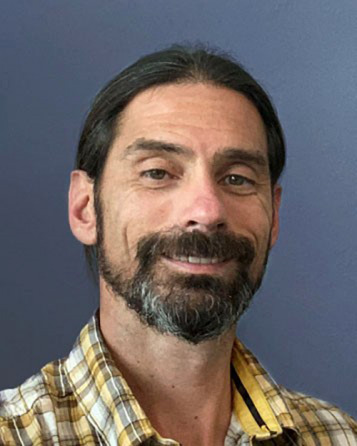
PTYS/LPL Faculty
×
Kuiper 438
Jeffrey Andrews-Hanna
Professor
Lunar Studies, Planetary Geophysics, Planetary Surfaces, Titan & Outer Solar System
My research focuses on understanding the processes acting on the surfaces and interiors of the solid-surface planets and moons in our solar system. I am interested in geodynamic, tectonic, magmatic, hydrologic, and climatic processes, at scales ranging from local to global. To this end, I combine the analysis of gravity, topography, and other remote sensing datasets with numerical modeling. Current research interests include terrestrial planet tectonics, volcanism, impact basins, and hydrology; with projects on the Moon, Mars, Venus, and Pluto.
Ph.D., 2006, Washington University
Years with LPL: 2017
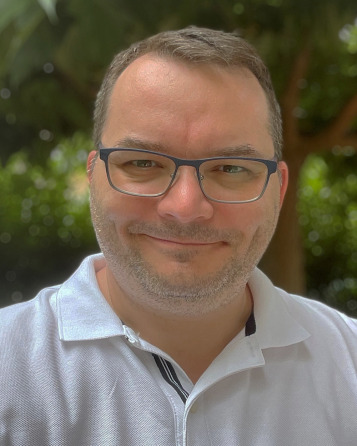
PTYS/LPL Faculty
×
Steward N208B
Dániel Apai
Interim Associate Dean for Research, College of Science, Principal Investigator, Alien Earths, Professor
Astrobiology, Exoplanets, Planetary Atmospheres, Planetary Formation and Evolution
Dr. Apai’s research focuses on exoplanetary systems, including planet formation, planetary atmospheres, exoplanet discovery and characterization. His work covers habitable and non-habitable small exoplanets, gas giant exoplanets, and brown dwarfs.
Read more about Dr. Apai's research on his website and blog on exoplanet exploration and astrobiology.
Ph.D., 2004, University of Heidelberg
Years with LPL: 2011 to present
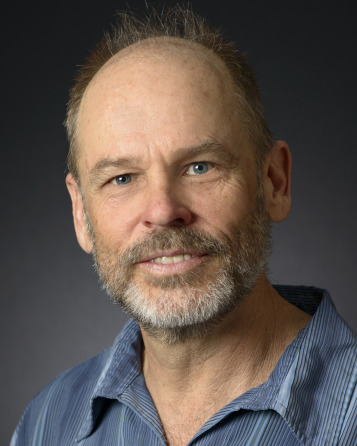
Erik Asphaug
PTYS/LPL Faculty
×
Kuiper 424
Erik Asphaug
Professor
Lunar Studies, Planetary Analogs, Planetary Geophysics, Planetary Surfaces, Small Bodies, Theoretical Astrophysics, Titan & Outer Solar System
I study giant impacts that dominate the late stage of planet and satellite formation, such as that which formed the Moon, that can explain why planets are so diverse and sometimes hemispherically dichotomous. I also study the geophysics of asteroids, comets and small moons, the 'small bodies' left over from accretion. I study the strength properties of meteorites and the origin of chondrules. Motivated students have led me to study other topics such as lakes and patterned ground on Mars, the delivery of volatiles to the lunar surface, and Saturn's rings. I am on the science team of NASA's Psyche mission, and ESA's Hera mission to Didymos, and JAXA's MMX mission to the Martian moons. I am Science PI of the SpaceTREx laboratory at U Arizona that is advancing miniaturized space exploration and small cubesat laboratories for low-gravity research.
B.S., 1984, Rice University; Ph.D., 1993, University of Arizona
Years with LPL: 2017

PTYS/LPL Faculty
×
Kuiper 436
Travis Barman
Professor
Exoplanets
My research delves into both theoretical and observational aspects of extrasolar planets. As a lead developer of the PHOENIX model atmosphere code, I am responsible for maintaining and expanding its abilities to predict and interpret the atmospheric properties of exoplanets and brown dwarfs. My theoretical work is used extensively in ground-based direct-imaging planet search programs, in particular as a lead investigator for the new Gemini Planet Imager Survey. I am also heavily involved in programs focused on spectroscopy of extrasolar planets, from transiting to directly imaged. By comparing theoretical model spectra to real photometric and spectroscopic observations, a variety of planet properties can be deduced. Atmospheric structure (horizontal and vertical run of temperature and pressure), surface gravities, chemical composition, and global wind patterns are a few examples of the kinds of planet properties we seek through model observation comparisons.
Ph.D., 2002, University of Georgia
Years with LPL: 2013 to present
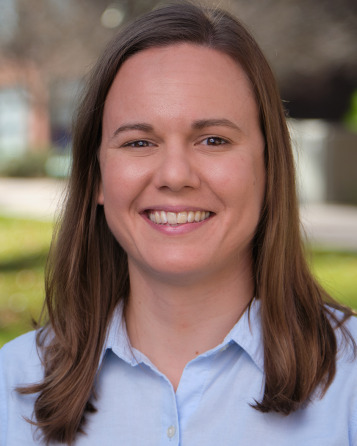
Jessica Barnes (She/Her)
PTYS/LPL Faculty
×
Kuiper 540
Jessica Barnes (She/Her)
Associate Professor
Cosmochemistry, Lunar Studies, Planetary Analogs
My research focuses on understanding the origin and evolution of volatiles in the solar system. I utilize a combination of nano and microanalytical techniques in the Kuiper-Arizona Laboratory for Astromaterials Analysis to study mineralogy, geochemistry, isotopes and petrological histories of a wide range of extraterrestrial materials.
My group is currently engaged in a project under the umbrella of Apollo Next-Generation Sample Analysis (ANGSA) program. The release of sample 71036 presents a unique opportunity to study volatiles in a basalt that has been frozen and specially preserved since its return and to compare those results with basalts of similar bulk chemistries that have been stored at room temperature. This exceptional suite of basalts also offers a chance to unravel the history of volatile loss on the Moon, from the onset of mineral crystallization through vesicle formation, sampling, and subsequent curation. We are conducting a detailed study of the major, minor, and volatile element chemistry (including H isotopes) of H-bearing minerals and melt inclusions in four Apollo 17 basalts, and to determine the U-Pb and Ar ages of the basalts.
Other ongoing projects include investigating the petrology of igneous lunar samples, coordinated microanalysis of meteorites to investigate the evolution of water in the Martian crust, and studies aimed at assessing the inventories and origins of volatiles on primitive chondritic and achondritic asteroids. The latter includes studies of samples recently returned from asteroid Bennu by the OSIRIS-REx space mission.
Ph.D., 2015, The Open University and The Natural History Museum, London UK
Years with LPL: Fall 2019
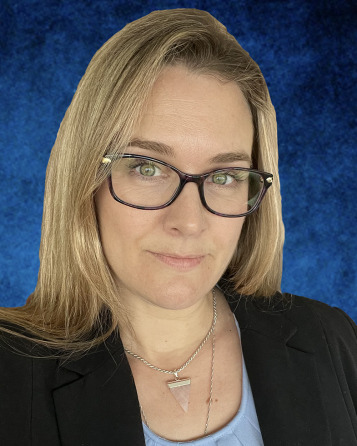
PTYS/LPL Faculty
×
Sonett 214
Veronica Bray (She/Her)
Associate Research Professor
Lunar Studies, Planetary Analogs, Planetary Surfaces
Dr. Veronica Bray is Planetary Scientist and Spacecraft Science Operations Engineer at the University of Arizona. Dr Bray's past and current research projects focus on impact cratering, channel formation, fracturing and landscape evolution on a variety of planetary bodies - both rocky and icy. She uses observations at multiple wavelengths, computer modeling, terrestrial fieldwork and theoretical analysis to study the surface processes themselves and also the surface/sub-surface properties of planetary bodies.
Please note I am not planning to accept new graduate students in 2024-2025. You can find opportunities being advertised with other LPL faculty here: Current Research Opportunities.
Ph.D., 2008, Imperial College London
Years with LPL: 2008-present
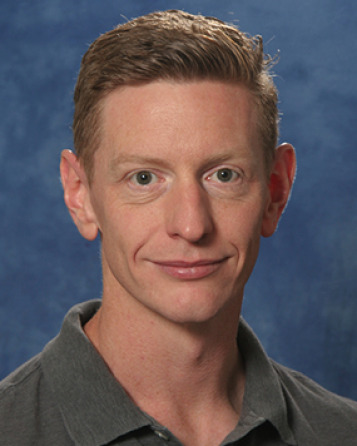
PTYS/LPL Faculty
×
Kuiper 524
Shane Byrne (He/Him)
Professor
Astrobiology, Photogrammetry, Planetary Analogs, Planetary Geophysics, Planetary Surfaces, Titan & Outer Solar System
I am interested in surface processes on planetary bodies throughout the solar system, especially those processes that affect, or are driven by, planetary ices. I enjoy working with a diverse group of graduate students and postdocs. Our areas of activity include Martian ice stability, polar stratigraphy and connection to past climates; Ceres ice, both cryovolcanic and as a source of water vapor; and ice-sublimation landforms on a variety of bodies.
Missions are a big part of what we do. I’m a co-Investigator on the HiRISE and CaSSIS cameras at Mars and a Guest Investigator on the Dawn mission at Ceres. I’m also the director of the Space Imagery Center, a NASA Regional Planetary Image Facility. We archive planetary spacecraft and telescopic data not available online and conduct many outreach events.
Ph.D., 2003, California Institute of Technology
Years with LPL: 2007 to present
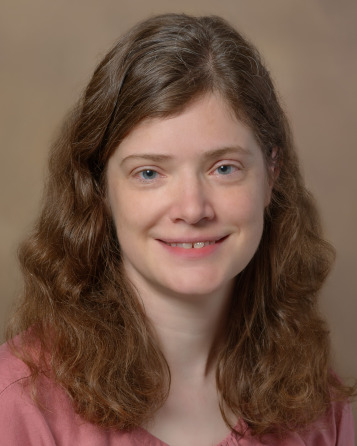
PTYS/LPL Faculty
×
Kuiper 533A
Lynn Carter (she/her)
Associate Department Head, Professor, University Distinguished Scholar
Earth, Lunar Studies, Planetary Analogs, Planetary Geophysics, Planetary Surfaces, Titan & Outer Solar System
Dr. Carter’s research interests include volcanism and impact cratering on the terrestrial planets and Moon, surface properties of asteroids and outer Solar System moons, planetary analog field studies, climate change, and the development of radar remote sensing techniques. She is currently the Science Team Lead for the NASA-provided VenSAR radar on the ESA EnVision mission to Venus. She is also a team member on the RIMFAX radar on Mars2020/Perseverance, the Shadowcam camera on Korea Pathfinder Lunar Orbiter, the REASON radar on Europa Clipper, the Shallow Radar (SHARAD) radar on Mars Reconnaissance Orbiter, and the Mini-RF radar on Lunar Reconnaissance Orbiter. She also uses Earth-based telescopic radar data to study polarimetric synthetic aperture images of planets, the Moon and asteroids. She has previously used ground penetrating radar at multiple field sites including Kilauea lava flows and pyroclastics in Hawaii, Sunset crater and Meteor crater in Arizona, and permafrost sites near Bonanza Creek outside of Fairbanks Alaska. She is also part of a team at NASA Goddard Space Flight Center developing a polarimetric digital beamforming radar system for planetary or Earth orbiter missions. This radar system was recently awarded First Runner Up for the NASA Government Invention of the Year Award.
Ph.D., 2005, Cornell University
Years with LPL: 2016 to present

PTYS/LPL Faculty
×
Kuiper 526
Dani Mendoza DellaGiustina (she/her)
Assistant Professor, Deputy Principal Investigator, OSIRIS-REx, Principal Investigator, OSIRIS-APEX
Earth, Photogrammetry, Planetary Analogs, Planetary Geophysics, Planetary Surfaces, Small Bodies
Ph.D., 2021, University of Arizona
Years with LPL: 2014 to present
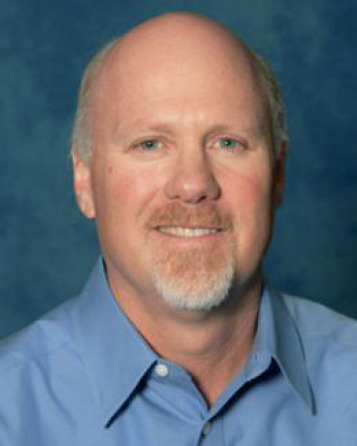
PTYS/LPL Faculty
×
Kuiper 411
Joe Giacalone
Professor
Solar and Heliospheric Research, Theoretical Astrophysics
Dr. Giacalone's core research interests include understanding the origin, acceleration, and propagation of cosmic rays, and other charged-particle species in the magnetic fields of space, and general topics in space plasma physics, and astrophysics.
He develops physics-based theoretical and computational models which are used to interpret in situ spacecraft observations. He is interested in the general properties of solar, interplanetary, and galactic magnetic fields.
Currently, he is studying the origin of large solar-energetic particle events (a.k.a. solar cosmic rays) which involves a number of diverse aspects of solar physics and space physics. He has written papers describing the propagation of solar-flare particles from the Sun to the Earth where they are observed by spacecraft such as ACE, Ulysses, Wind, etc.
He is also interested in the general topic of particle acceleration in astrophysical plasmas.
Ph.D. 1991, University of Kansas
Years with LPL: 1993 to present
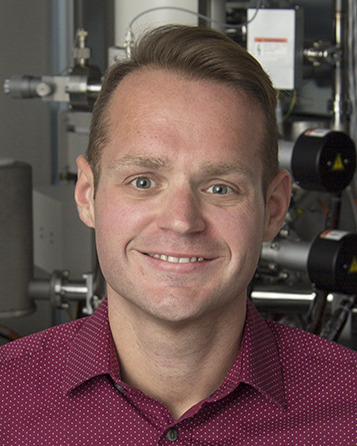
PTYS/LPL Faculty
×
Kuiper 530
Pierre Haenecour (he/him)
Assistant Professor
Astrobiology, Cosmochemistry, Planetary Astronomy, Small Bodies
“Where the telescope ends, the microscope begins. Which of the two has the grander view?” Victor Hugo (Les Misérables, 1862)
My research focus on the building blocks and early history of the Solar System history, and the origin of life through coordinated in-situ laboratory analyses of circumstellar and interstellar dust grains and organic molecules in unequiliberated planetary materials (e.g., meteorites, micrometeorites and interplanetary dust particles) using nano and microanalytical techniques in the Kuiper-Arizona Laboratory for Astromaterials Analysis and Planetary Materials Research Group. Circumstellar dust grains, also called stardust or presolar grains, formed in previous generations of stars, were included in the materials in the molecular cloud from which our solar system formed, and were preserved in asteroids and comets. As bona fide dust grains from stars, the laboratory analysis of presolar grains provides a 'snapshot' of conditions (e.g., nucleosynthesis, temperature, pressure and dust condensation process) in their parent stars at the time of the grain's formation. Furthermore, as building blocks our own Solar System, the comparison of the chemical composition, abundance and distribution of presolar grains provide us insight into the early stages of solar system formation.
I also use in-situ heating experiments inside electron microscopes (both SEM and TEM) to constrain variations in elemental and isotopic compositions, mineralogies, microstructures, textures and morphologies of bioessential compounds in function of the conditions (e.g., temperature and time) of thermal processes on asteroids. As prebiotic components, understanding the thermal history of these materials is crucial to unveil their origin(s) and evolution, as well as to constrain the delivery of bioessential elements to the Earth.
My group is also actively working on getting ready for the analysis of samples from asteroid (101955) Bennu that are being returned to Earth by the NASA OSIRIS-REx mission, and on the NASA Alien Earths project to advance our understanding of how nearby planetary systems formed and which systems are more likely to harbor habitable worlds.
Ph.D., 2016 Washington University in St. Louis
Years with LPL: 2017 to present
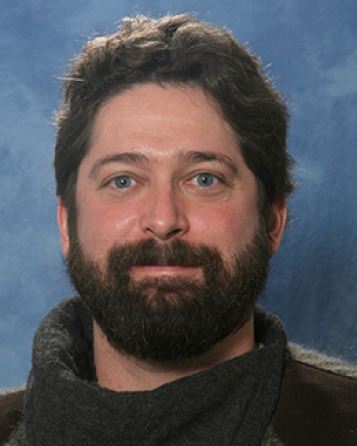
PTYS/LPL Faculty
×
Kuiper 430
Christopher Hamilton
Associate Professor
Astrobiology, Earth, Lunar Studies, Photogrammetry, Planetary Analogs, Planetary Geophysics, Planetary Surfaces
Dr. Hamilton's research focuses on geological surface processes to better understand the evolution of the Earth and other planetary bodies. His specialty relates to volcanology and specifically to lava flows, magma-water interactions, and explosive eruptions using a combination of field observations, remote sensing, geospatial analysis, machine learning, and geophysical modeling. These topics provide insight into the evolution of planetary interiors, surfaces, and atmospheres through magma production, ascent, and volcanism.
Ph.D., 2010, University of Hawaii
Years with LPL: 2014 to present
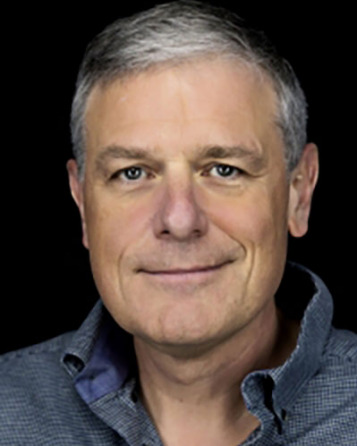
PTYS/LPL Faculty
×
Kuiper 221
Walter Harris
Professor
Planetary Astronomy, Planetary Atmospheres, Small Bodies, Solar and Heliospheric Research
Dr. Harris' research is focused on the structure of thin atmospheres and their transition to and interactions with the space environment. He is particularly interested the information that comet atmospheres provide about basic photochemical processes, the formation of the solar system, and the characteristics of the solar wind. He is also engaged in an ongoing study of the plasma interface between the solar wind and interstellar medium via remote sensing of interstellar neutral material as it passes through the solar system.
In addition to their observational program, Dr. Harris' group has an active instrument development effort in the area of spatial heterodyne spectroscopy, or SHS. SHS instruments occupy a special observational niche by providing very high velocity resolution of angularly extended emission line targets with much higher sensitivity than classical spectroscopy. Current funding for SHS development has led to new instruments for both ground (visible band) and suborbital (far ultraviolet) observations of comets and the interplanetary medium.
Ph.D., 1993, University of Michigan
Years with LPL: 2013 to present
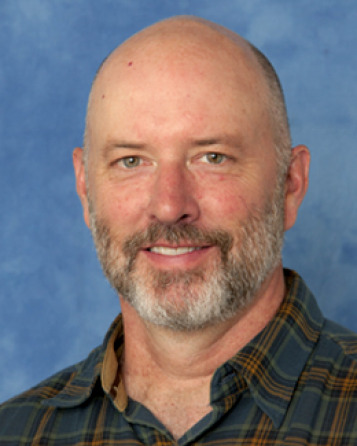
Jack Holt
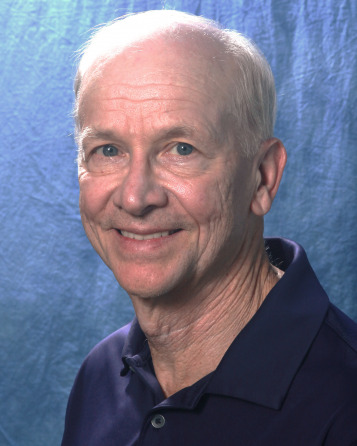
PTYS/LPL Faculty
×
Kuiper 509B
Lon Hood
Research Professor
Earth, Planetary Geophysics
My research is currently focused on two interdisciplinary areas: (1) Coupling between the Earth's stratosphere and troposphere; and (2) mapping and interpretation of planetary crustal magnetic fields. The stratosphere / troposphere coupling work is oriented toward understanding the effects of stratospheric processes (mainly the QBO and solar forcing) on tropospheric circulation and climate. The planetary crustal magnetic field work is most recently aimed at mapping newly acquired orbital magnetometer data at Mercury and at resolving long-standing issues relating to the origin of lunar crustal magnetism.
Ph.D., 1979, UCLA
Years with LPL: 1979 to present
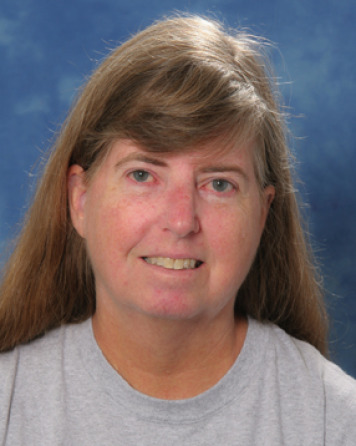
PTYS/LPL Faculty
×
Drake 115, Kuiper 218
Ellen Howell
Research Professor
Small Bodies
Dr. Howell's research interests are small solar system bodies, asteroids and comets. She uses a variety of observational tools at wavelengths ranging from visible to radio to study the composition, size, shape, and surface structures of these bodies.
Ph.D., 1995, University of Arizona
Years with LPL: 2015 to present
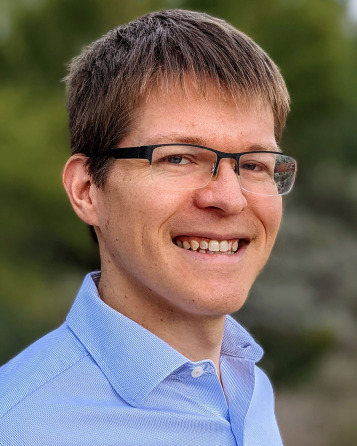
PTYS/LPL Faculty
×
Kuiper 431
Kristopher Klein
Associate Professor
Solar and Heliospheric Research, Theoretical Astrophysics
Dr. Klein's research focuses on studying fundamental plasma phenomena that governs the dynamics of systems within our heliosphere as well as more distant astrophysical bodies. He has particular interest in identifying heating and energization mechanisms in turbulent plasmas, such as the Sun's extended atmosphere known as the solar wind, as well as evaluating the effects of the departure from local thermodynamic equilibrium on nearly collisionless plasmas which are ubiquitous in space environments. As part of this work, Prof. Klein is a co-developer of the Arbitrary Linear Plasma Solver (ALPS) numerical dispersion solver, an open source code used for quantifying the behavior of such non-equilibrium systems.
These systems are studied with a combination of analytic theory and numerical simulation, including large-scale nonlinear turbulence codes such as AstroGK, HVM, and gkeyll. These theoretical predictions are compared to in situ observations from spacecraft including NASA's Wind, MMS and Parker Solar Probe mission, as well as the upcoming HelioSwarm mission, which will fly nine spacecraft between the Earth and moon to characterize the transport and dissipation of turbulent energy in space plasmas. By comparing theory with local plasma measurements, we aim to answer a variety of questions about the behavior of plasma in our solar system.
Ph.D., 2013, University of Iowa
Years with LPL: 2017
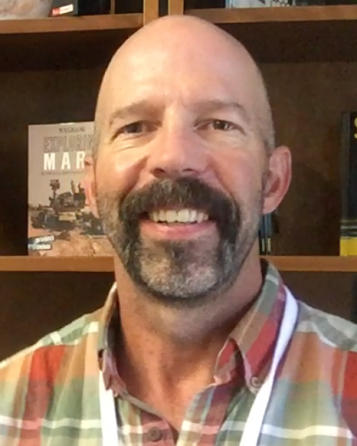
PTYS/LPL Faculty
×
Kuiper 353
Steve Kortenkamp
Professor of Practice
Science education, with an emphasis on developing and exploring techniques for teaching astronomy to students who are blind (developed 3D tactile resources in image below). Planet formation and orbital dynamics of asteroids, dust particles, planetesimals. Children's science author for struggling readers in grades K-8.
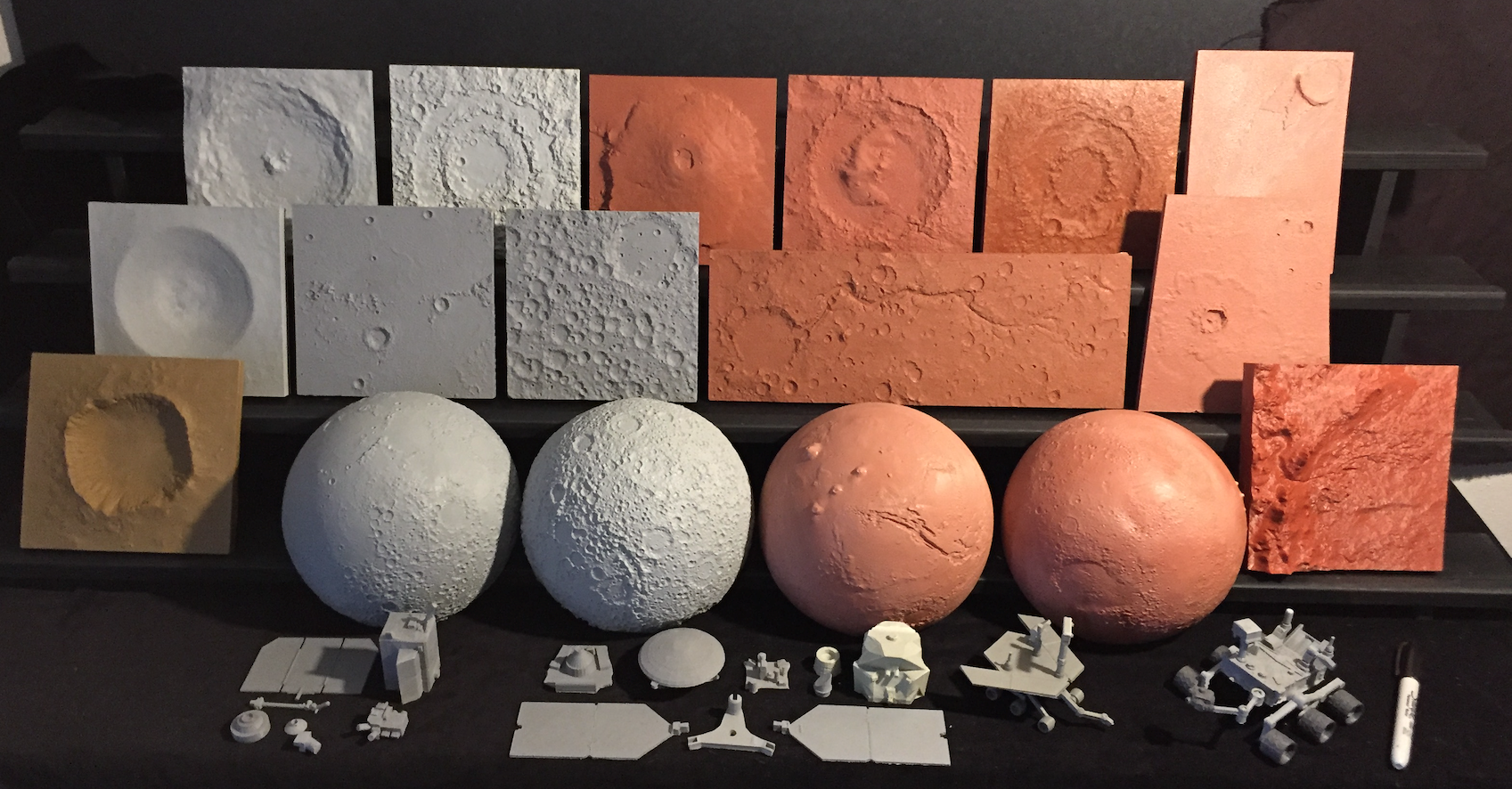
Ph.D., 1996, University of Florida
Years with LPL: 2001 to present
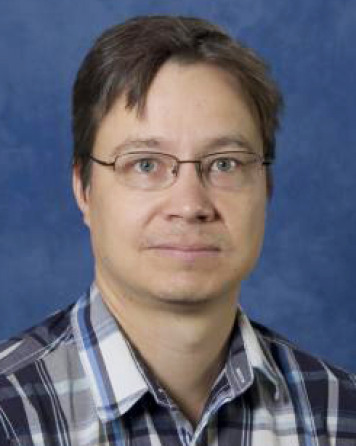
PTYS/LPL Faculty
×
Kuiper 421
Tommi Koskinen
Associate Department Head, Associate Professor
Exoplanets, Planetary Atmospheres, Planetary Formation and Evolution, Titan & Outer Solar System
Dr. Koskinen’s research focuses on the structure and evolution of planet and satellite atmospheres in the solar system and extrasolar planetary systems. He is particularly interested in the physics and chemistry of the middle and upper atmosphere that he studies through both the analysis of observations and theoretical modeling. His research covers a wide range of different objects and techniques in the spirit of comparative planetology, which is critical to our understanding of the evolution of planetary atmospheres and environments in general. Dr. Koskinen served as a participating scientist on the Cassini mission and he is still actively involved in research on the atmospheres of Saturn and Titan. In addition, he develops and maintains models of exoplanet atmospheres that are required to interpret current and planned observations as well as to simulate mass loss and address questions on long-term evolution.
Ph.D., 2008, University College London
Years with LPL: 2009 to present
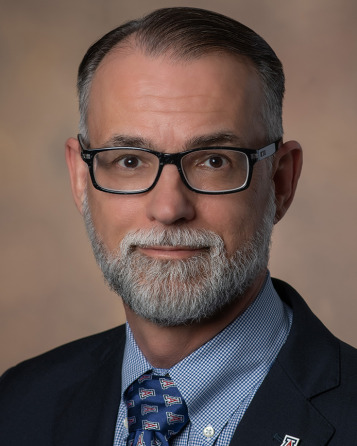
Dante Lauretta
PTYS/LPL Faculty
×
Kuiper 536
Dante Lauretta
Director, Arizona Astrobiology Center, Principal Investigator, OSIRIS-REx, Regents Professor
Astrobiology, Cosmochemistry, Small Bodies
Arizona Astrobiology Center
Dante Lauretta is a Regents Professor of Planetary Science and Cosmochemistry at the University of Arizona's Lunar and Planetary Laboratory and the Director of the Arizona Astrobiology Center. He is an expert in near-Earth asteroid formation and evolution and serves as the Principal Investigator of NASA's OSIRIS-REx Asteroid Sample Return mission. OSIRIS-REx is the United States' flagship mission to explore a potentially hazardous near-Earth asteroid, Bennu, to study its physical and chemical properties, assess its impact risk, evaluate its resource potential, and return a pristine sample to Earth for detailed scientific analysis.
The spacecraft launched in September 2016, reached Bennu in 2018, and successfully collected a sample in October 2020. On September 24, 2023, the mission achieved a major milestone when the sample capsule returned to Earth. The analysis of these samples is currently underway, offering groundbreaking insights into the origin of life, the processes that shaped the early solar system, and Earth's development as a habitable world.
Dante is also affiliated with NASA's OSIRIS-APEX mission, which builds on OSIRIS-REx's success by extending its exploration of asteroids. Having led the OSIRIS-REx mission to its historic sample return, Dante has since handed the leadership of OSIRIS-APEX to the next generation, ensuring the continued exploration of the solar system by fostering new talent and ideas.
In addition to his leadership roles, he maintains an active research program in cosmochemistry and astrobiology, focusing on understanding the chemical evolution of the solar system and the formation of organic molecules essential for life.
View Dante Lauretta’s TEDx Talk: How asteroid hunters are solving Earth's greatest mysteries
Ph.D., 1997, Washington University
Years with LPL: 2001 to present

Renu Malhotra
PTYS/LPL Faculty
×
Kuiper 515
Renu Malhotra
Louise Foucar Marshall Science Research Professor, Regents Professor
Astrobiology, Exoplanets, Orbital Dynamics, Planetary Formation and Evolution, Small Bodies, Theoretical Astrophysics
Professor Malhotra's research spans orbital dynamics in the solar system and in exo-solar planetary systems. Current topics of research are: theory of orbital resonances, stability and chaos in the asteroid belt and in the Kuiper belt, orbital evolution mechanisms of near-Earth asteroids, the orbital migration history of the giant planets, and the dynamics of exo-solar planetary systems.
Ph.D., 1988, Cornell University
Years with LPL: 2000 to present
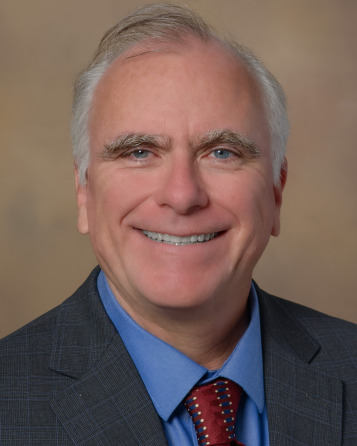
PTYS/LPL Faculty
×
Kuiper 323
Mark S. Marley (he/him/his)
Director, Department Head, Professor
Exoplanets
Exoplanets; Planetary Formation and Evolution, Extrasolar planets, planetary and brown dwarf atmospheres, ring seismology.
Ph.D., 1990, University of Arizona
Years with LPL: 2021 to present
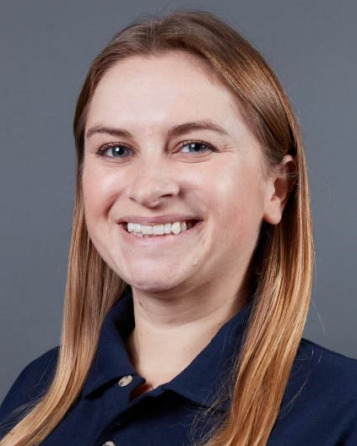
PTYS/LPL Faculty
×
Kuiper 401
Angela Marusiak
Assistant Research Professor
Lunar Studies, Planetary Analogs, Planetary Geophysics, Small Bodies, Titan & Outer Solar System
I study how seismology and seismic instrumentation can be used to explore bodies in our solar system. As a member of the InSight team I was focused on detecting deep structure, including the size of the martian core. For the Dragonfly mission, I'm interested in how clathrates may alter the internal structure and seismic response of Titan. As a member of the LEMS team, I'll be helping to build the next astronaut-deployed seismometers on the Moon. Once LEMS is deployed, we'll be able to study the Moon's seismicity and learn about its interior structure.
Ph.D., 2020 University of Maryland
Years with LPL: 2023 to present
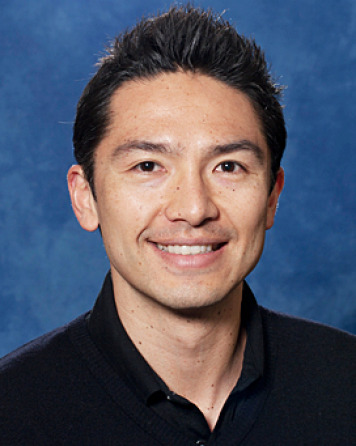
PTYS/LPL Faculty
×
Kuiper 527A
Isamu Matsuyama
Professor
Astrobiology, Exoplanets, Lunar Studies, Planetary Formation and Evolution, Planetary Geophysics, Theoretical Astrophysics, Titan & Outer Solar System
Dr. Matsuyama is interested in the physics of planetary interiors and evolution, with an emphasis on understanding the processes that led to the extraordinary diversity of the solar system. He develops theoretical models which are used to interpret spacecraft and ground-based observations.
Current research interests involve improving our understanding of (1) the formation and evolution of the Moon by analysis of the global lunar figure, which provides a record of prior orbital and rotational states; and (2) characterization of the thermal and orbital evolution of icy satellites, with particular emphasis on determining the long-term survivability of their subsurface oceans.
Ph.D., 2005, University of Toronto
Years with LPL: 2011 to present
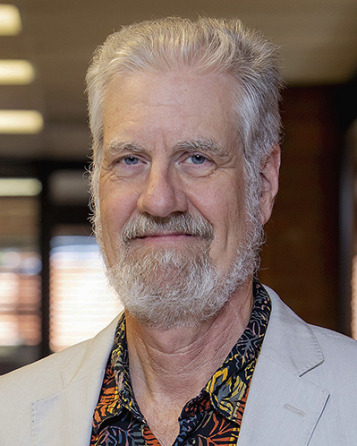
PTYS/LPL Faculty
×
Sonett 204
Alfred McEwen
Regents Professor
Astrobiology, Lunar Studies, Photogrammetry, Planetary Analogs, Planetary Geophysics, Planetary Surfaces
Dr. McEwen is a planetary geologist and director of the Planetary Image Research Laboratory (PIRL). He is working on several active spacecraft experiments, listed below.
His major research interest is understanding active geologic processes such as volcanism, impact cratering, and slope processes. For Mars and the Moon he is studying a broad range of topics in planetary geology. He is also pursuing studies and proposals for future missions and experiments at Earth and to Jupiter's moons Io and Europa.
Ph.D., 1988, Arizona State University
Years with LPL: 1996 to present
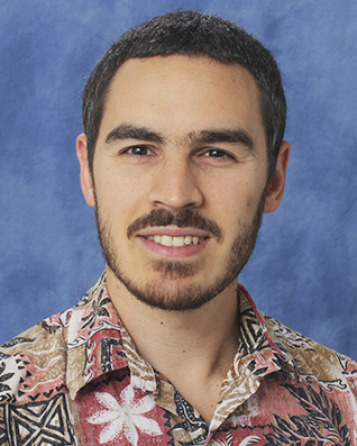
Stefano Nerozzi (he/him/his)
PTYS/LPL Faculty
×
Sonett 25
Stefano Nerozzi (he/him/his)
Assistant Research Professor
Earth, Planetary Analogs, Planetary Geophysics, Planetary Surfaces
I'm an Italian planetary geologist interested in surface processes and near-subsurface geology and geophysics. My main area of expertise is remote sensing with a focus on radar sounding. I study a wide variety of geological features on Mars, ranging from polar deposits to low-latitude outflow channels systems. On Earth, I study debris covered glaciers as analogs to mid-latitude glaciers on Mars via ground penetrating radar, passive seismic techniques, and thermal profilers. I have a strong interest in instrument development, which ranges from modification of commercial seismometers to the design and construction of thermal profilers and environmental sensors.
Ph.D., 2019, The University of Texas at Austin
Years with LPL: 2025 to present
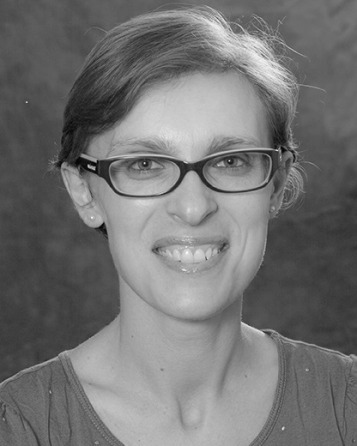
PTYS/LPL Faculty
×
Kuiper 532
Ilaria Pascucci
Professor
Astrobiology, Exoplanets, Planetary Astronomy, Planetary Formation and Evolution
My research is directed towards understanding how planets form and evolve and how common are planetary systems like our own Solar system. To this end, my group carries out observations aimed at characterizing the physical and chemical evolution of gaseous dust disks around young stars, the birth sites of planets. In addition, we use exoplanet surveys to re-construct the intrinsic frequency of planets around mature stars. By linking the birth sites of planets to the exoplanet populations, we contribute to building a comprehensive and predictive planet formation theory, a necessary step in identifying which nearby stars most likely host a habitable planet like Earth.
Ph.D., 2004, Max Planck Institute for Astronomy Heidelberg
Years with LPL: 2011 to present

PTYS/LPL Faculty
×
Kuiper 428
Sukrit Ranjan (he/him)
Assistant Professor
Astrobiology, Earth, Exoplanets, Planetary Atmospheres, Planetary Formation and Evolution, Theoretical Astrophysics
Astrobiology, Earth, Early Earth, Exoplanets; Planetary Formation and Evolution, Origin of Life, Planetary Atmospheres, Photochemistry, Theoretical Astrophysics
Ph.D., 2017, Harvard University
Years with LPL: 2022 to present

PTYS/LPL Faculty
×
Kuiper 233
Vishnu Reddy
Professor
Cosmochemistry, Planetary Astronomy, Planetary Surfaces, Small Bodies, Space Situational Awareness
Dr. Reddy’s research focuses on understanding the behavior of space objects (natural and artificial) using a range of Earth and space-based assets. His work on natural moving objects (asteroids, near-Earth objects) is directed towards their characterization for impact hazard assessment/mitigation, asteroid-meteorite link and resource utilization. To this effort, Dr. Reddy uses the NASA Infrared Telescope Facility on Mauna Kea, Hawai’i.
The orbital space around the Earth is an invaluable resource that is increasingly becoming congested, contested, and competitive with the ever increasing threat from artificial and our adversaries. Dr. Reddy uses the same techniques used to characterize asteroid to study the behavior of artificial objects to identify their nature, intent and origin. He is setting up a space material characterization lab to observe the reflectance properties of natural (meteorites/minerals) and artificial space material in space like conditions.
Ph.D., 2009, University of North Dakota
Years with LPL: Spring 2016
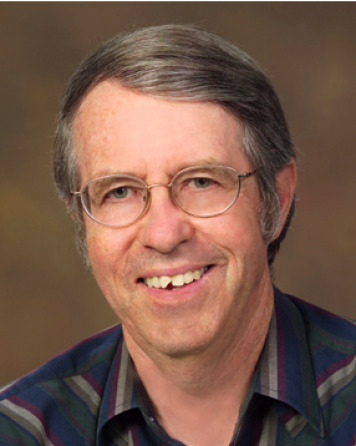
PTYS/LPL Faculty
×
Steward 272
George Rieke
Regents Professor
Planetary Astronomy
Dr. Rieke is currently conducting research programs in planetary debris disks and their relation to the evolution of planetary systems, and in the evolution of star formation in infrared galaxies.
Ph.D., 1969, Harvard
Years with LPL: 1970 to present

PTYS/LPL Faculty
×
Kuiper 417
Tyler Robinson (he/him/his)
Associate Professor
Exoplanets
Tyler uses sophisticated radiative transfer and climate tools to study the atmospheres of Solar System worlds, exoplanets, and brown dwarfs. Tyler also develops instrument models for exoplanet direct imaging. He combines these areas of expertise in his work on the Habitable Exoplanet Observatory (HabEx) Science and Technology Definition Team, and in his contributions to the LUVOIR, WFIRST/Rendezvous, and Origins Space Telescope mission concept studies. Tyler is a Cottrell Scholar, as well as a former NASA Sagan Fellow and NASA Postdoctoral Program Fellow.
Ph.D., 2012, University of Washington
Years with LPL: Since 2022
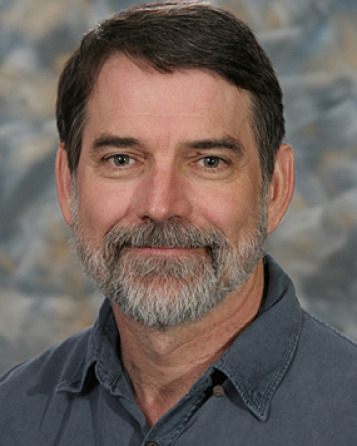
PTYS/LPL Faculty
×
Kuiper 525
Roger Yelle
Professor
Astrobiology, Exoplanets, Planetary Atmospheres, Titan & Outer Solar System
Professor Yelle studies the atmospheres in our solar system and the atmospheres of extra-solar planets. He analyzes telescopic and spacecraft data and constructs theories and models to determine the composition and structure of atmospheres and their interaction with surfaces and interplanetary space. Current projects include the study of chemical, thermal and dynamical processes in Titan’s upper atmosphere using primarily data from the Cassini mission to the Saturn system, escape processes on Titan, Mars, and extra-solar planets, and the composition and chemistry of the martian atmosphere. Yelle is a member of the Cassini Ion Neutral Mass Spectrometer Team and a co-I on the planned Maven mission to study the upper atmosphere of Mars.
Ph.D., 1984, University of Wisconsin-Madison
Years with LPL: 2001 to present
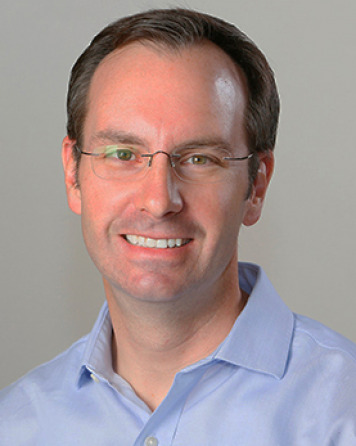
PTYS/LPL Faculty
×
Kuiper 522
Tom Zega
Professor
Astrobiology, Cosmochemistry, Small Bodies
Dr. Zega applies a microscopy- and microanalysis-based approach to study the chemical and physical evolution of the early solar system. He uses ultrahigh-resolution ion- and electron-microscopy, including focused-ion-beam scanning-electron microscopy and transmission electron microscopy, to determine the composition and structure of planetary materials at scales ranging from millimeters down to the atomic. Such information is supported by computational thermodynamics to gain novel insights materials origins. His current research is focused on origin of refractory inclusions that formed the first solar-system solids and sulfides that formed in the early solar nebula. He is also involved in the analysis of samples returned by the JAXA Hayabusa missions to asteroid Itokawa and Ryugu, and those returned from asteroid Bennu by NASA’s OSIRIS-REx mission.
Ph.D., 2003, Arizona State University
Years with LPL: 2011 to present
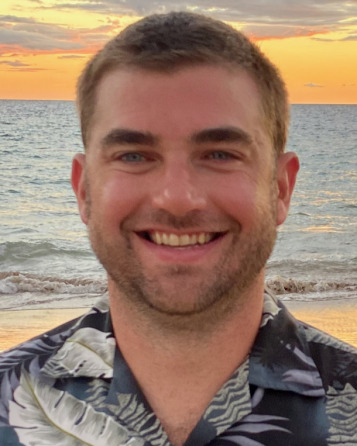
Brett Carr (he/him/his)
PTYS/LPL Faculty
×
Offsite
Brett Carr (he/him/his)
Researcher/Scientist
Earth, Lunar Studies, Photogrammetry, Planetary Analogs, Planetary Surfaces
I am a volcanologist studying the physical processes driving volcanic eruptions. I combine observational and numerical modeling techniques towards my primary goal of building a more complete understanding of active volcanism. I develop new ways to collect and analyze remote sensing observations to better capture volcanic eruption processes. I am particularly interested in the eruptive cycles of persistently active volcanoes and the drivers of changes in activity style. This broad topic includes projects investigating lava dome growth and collapse, lava flow emplacement, and transitions between effusive and explosive activity. By understanding how and why a volcano erupts, I aim to help improve assessment of the numerous hazards associated with eruptions. I also specialize in applications of unoccupied aircraft systems (UAS) and photogrammetry in volcanic environments. My recent work has included field campaigns to Indonesia, the Galápagos Islands, Hawaii, Italy, and Iceland.
Ph.D., 2016, Arizona State University
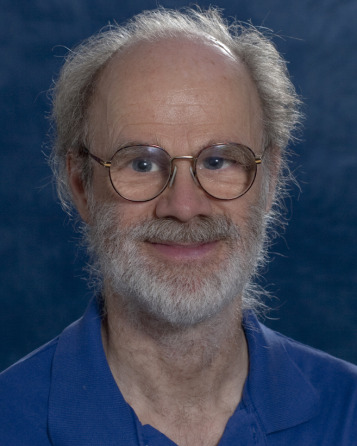
PTYS/LPL Faculty
×
Kuiper 215
Erich Karkoschka
Research Scientist/Senior Staff Scientist
Planetary Astronomy, Planetary Atmospheres, Planetary Surfaces, Titan & Outer Solar System
Spectroscopy, photometry, development of astronomical instruments, data reduction techniques, modeling planetary atmospheres (chemical composition, vertical and horizontal structure of aerosol distribution, aerosol properties), methane and ammonia absorption spectra, interpretation of planetary ring and satellite photometry, Titan surface.
Ph.D., 1990, The University of Arizona
Years with LPL: 1983-
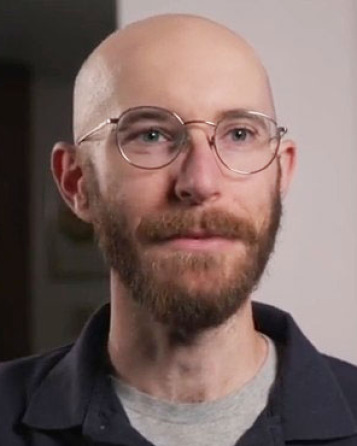
Michael Phillips
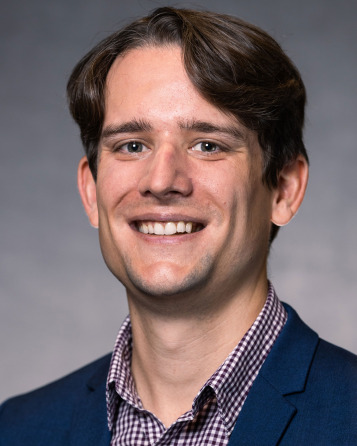
PTYS/LPL Faculty
×
Kuiper 237
Joseph Schools
Researcher/Scientist
My research focuses on the study of planetary interiors through geodynamic and petrological modeling. I create models of silicate melt processes in the lithosphere of planetary bodies in order to constrain their interior structures in the absence of instrumentation. I am particularly interested in the tectonic-magmatic processes of Venus and Jupiter's moon Io.
Ph.D., 2020, University of Maryland, College Park
Years with LPL: 2023 to present
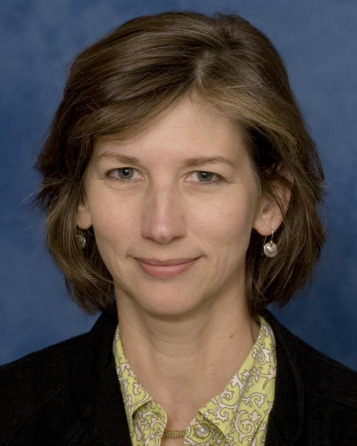
PTYS/LPL Faculty
×
Sonett 207
Sarah Sutton (she/her)
Photogrammetry Program Lead, HiRISE, Researcher/Scientist
Earth, Lunar Studies, Photogrammetry, Planetary Analogs, Planetary Surfaces, Small Bodies
Ph.D., 2022, The University of Arizona
Years with LPL: 19
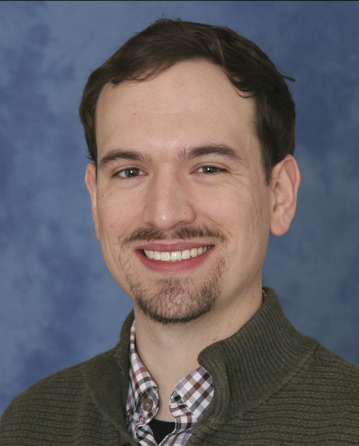
Adam Battle (he/him/his)
PTYS/LPL Postdocs
×
Kuiper 245
Adam Battle (he/him/his)
R&D Software Engineer, SPACE 4 Center
Asteroid Surveys, Small Bodies, Space Situational Awareness
Photometric and visible to near-infrared spectral characterization of space objects as applied to both Space Situational Awareness and the study of small bodies in the solar system.
Advisor(s): Vishnu Reddy
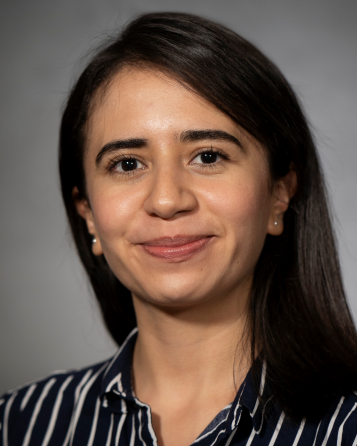
Laura Chaves (she/her/hers)
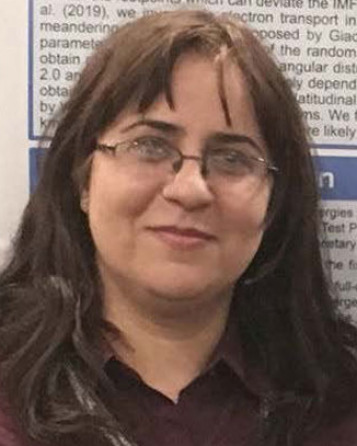
Ashraf Moradi
PTYS/LPL Postdocs
×
Kuiper 409A
Ashraf Moradi
Postdoctoral Research Associate
Solar and Heliospheric Research
The effect of the Interplanetary Transport on the Ground-level Enhancement (GLE) events.
Transport of Solar Energetic Particles into the Interplanetary Space.
Modeling the Photospheric Surface Flows.
Expansion of the open magnetic fluxtubes into the inner corona.
Advisor(s): Joe Giacalone

Wesley Tucker
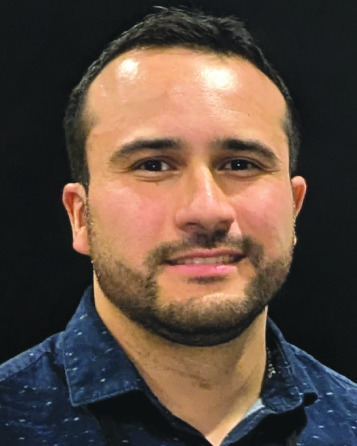
Roberto Aguilar
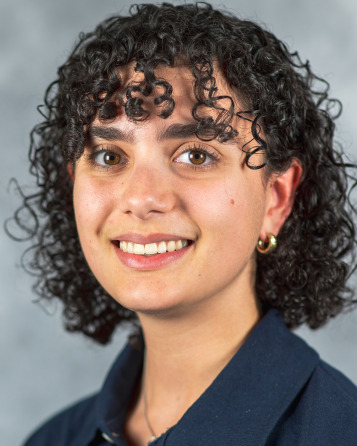
Elana Alevy (she/her)
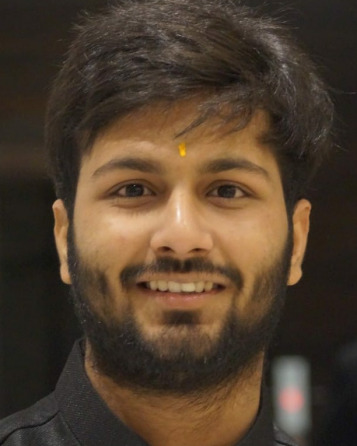
Rahul Arora
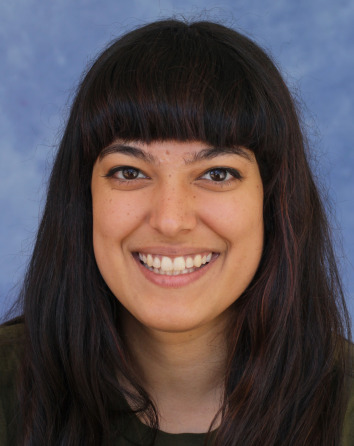
PTYS/LPL Graduate Students
×
Kuiper 316
Namya Baijal
PTYS Graduate Student
Planetary Geophysics, Planetary Surfaces, Small Bodies
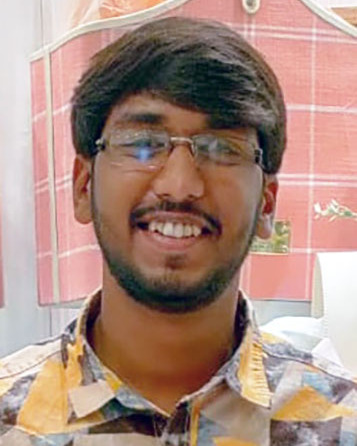
PTYS/LPL Graduate Students
×
Kuiper 324
Naman Bajaj
PTYS Graduate Student
Exoplanets, Planetary Formation and Evolution
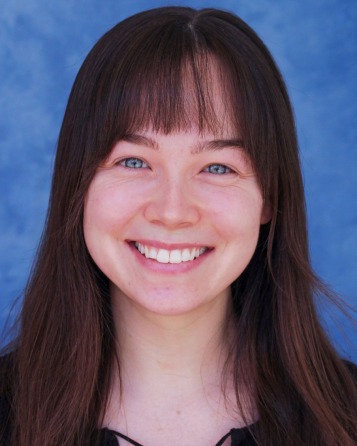
PTYS/LPL Graduate Students
×
Kuiper 318
Maizey Benner (she/they)
PTYS Graduate Student
Cosmochemistry
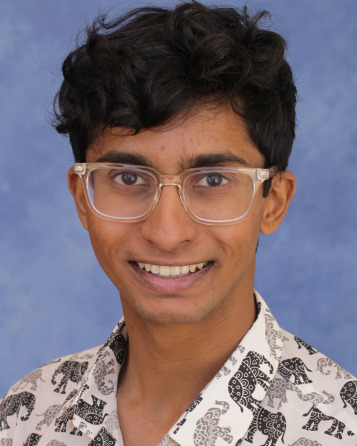
PTYS/LPL Graduate Students
×
Kuiper 338
Rishi Chandra
PTYS Graduate Student
Earth, Lunar Studies, Planetary Analogs, Planetary Geophysics, Planetary Surfaces, Small Bodies
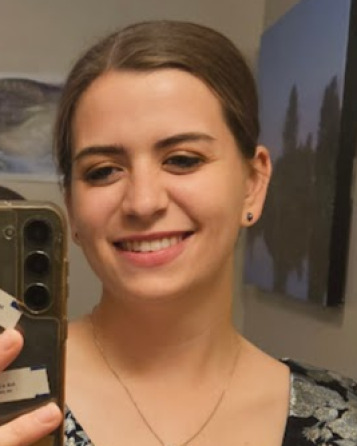
Maddy Christensen
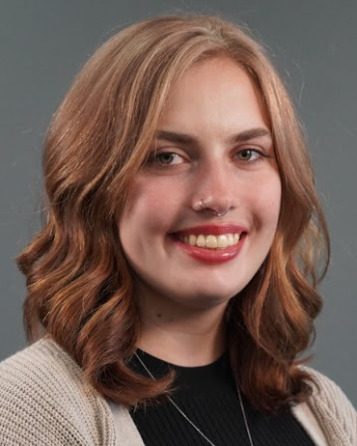
Sophie Clark
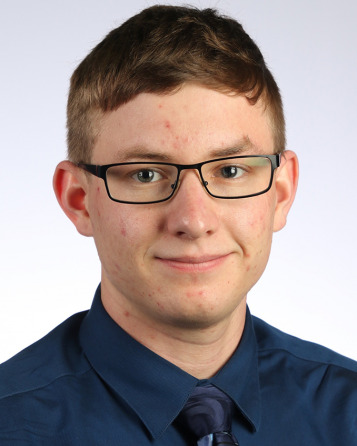
Michael Daniel
PTYS/LPL Graduate Students
×
Sonett 10C
Michael Daniel
PTYS Graduate Student
Earth, Planetary Surfaces
Interests: My primary interests are in glaciology, mass accumulation on glaciers, and climate change impacts on glaciers.
Research: My current research project is mapping out snow depths in the Gulf of Alaska to better understand glacier mass balance in this region. This is done by interpreting radar results from airborne and surface-coupled ground penetrating radar to extract seasonal snow accumulation amounts. Additional work is being done to compare these ground penetrating radar results to satellite and re-analysis products.
Field Experience: I have done field work on; Seward Glacier (Yukon, Canada), Galena Creek Rock Glacier (Wyoming, USA), and Sulphur Creek Rock Glacier (Wyoming, USA) to collect ground penetrating radar data and other geophysical data.
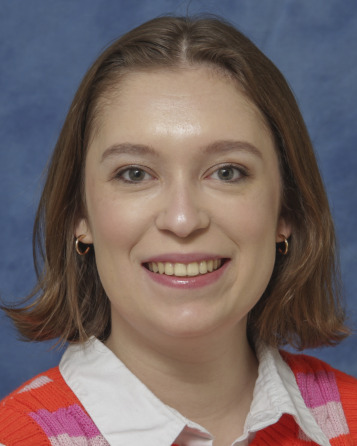
PTYS/LPL Graduate Students
×
Kuiper 316
Searra Foote (she/her)
PTYS Graduate Student
Astrobiology, Exoplanets, Planetary Atmospheres
I study exoplanet atmospheres with an astrobiological perspective
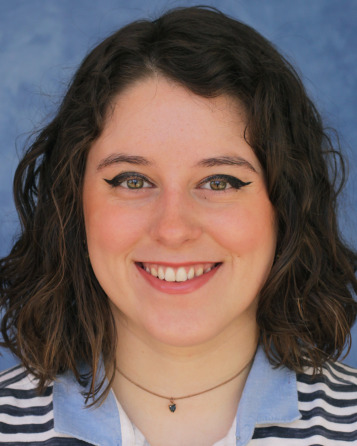
Ruby Fulford (She/Her)
PTYS/LPL Graduate Students
×
Kuiper 201
Ruby Fulford (She/Her)
PTYS Graduate Student
Astrobiology, Planetary Geophysics, Planetary Surfaces, Small Bodies, Titan & Outer Solar System
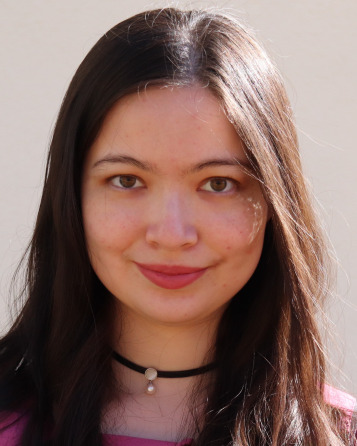
Kiki Gonglewski
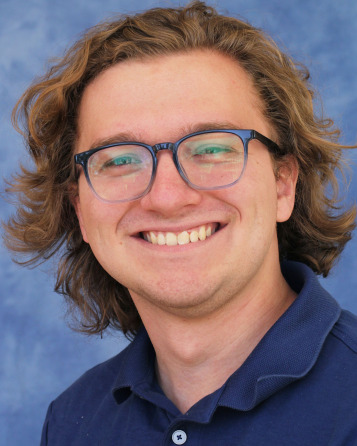
Gabriel Gowman
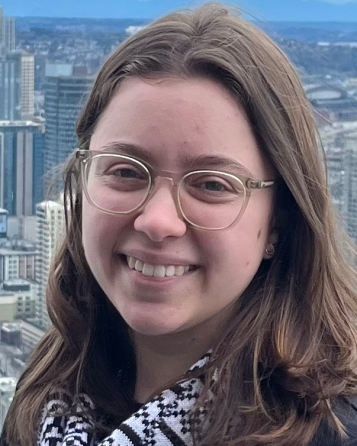
Kylie Hall
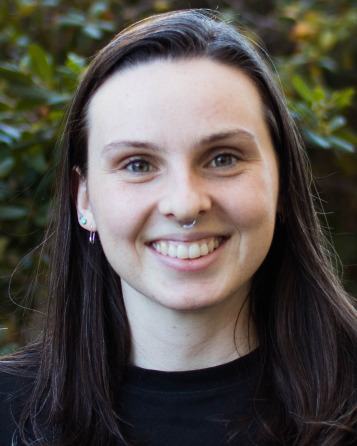
Joanna Hardesty
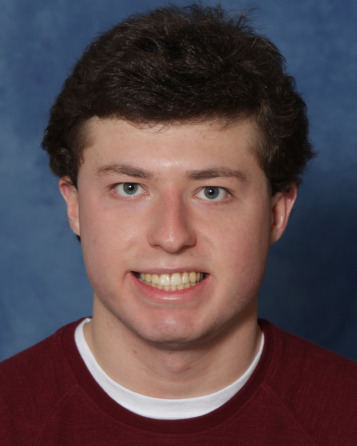
Devin Hoover
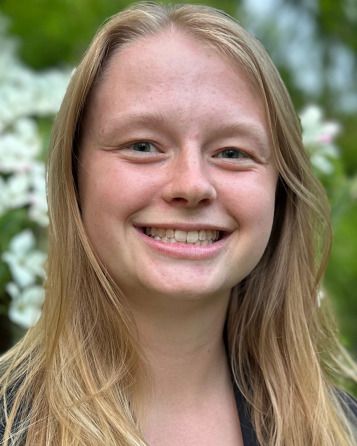
PTYS/LPL Graduate Students
×
Kuiper 316
Lori Huseby
PTYS Graduate Student
Exoplanets, Planetary Atmospheres
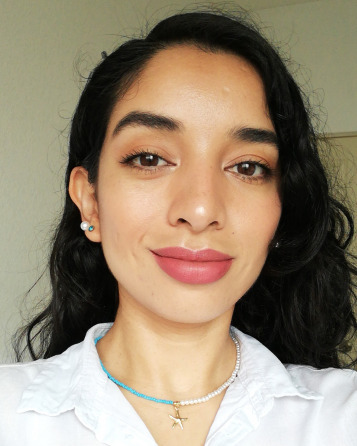
Rocio Jacobo Bojorquez (she/her)
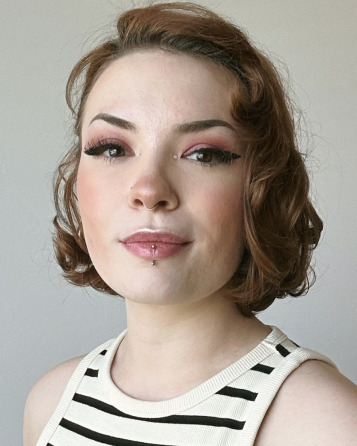
Nicole Kerrison (she/they)
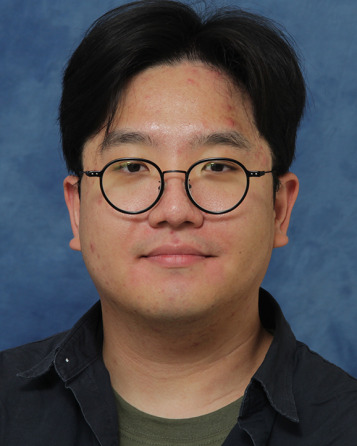
Euibin Kim
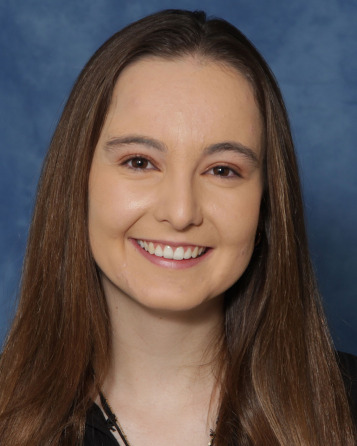
Melissa Kontogiannis (she/her)
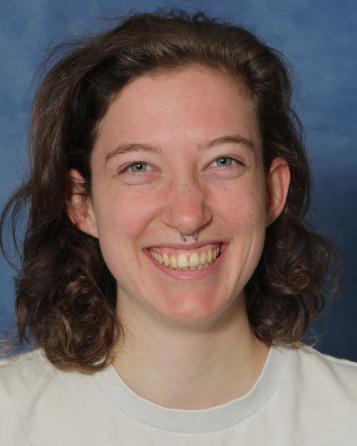
Chaucer Langbert (they/them)
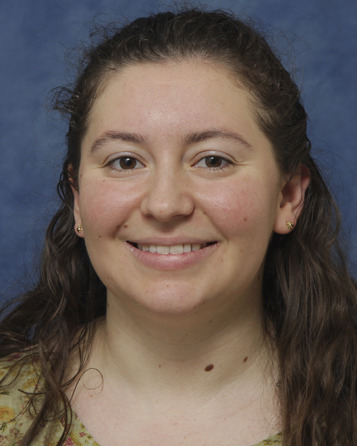
Thea McKenna
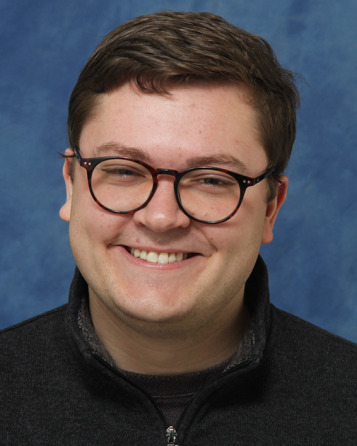
Cole Meyer (he/him/his)
PTYS/LPL Graduate Students
×
Kuiper 351
Cole Meyer (he/him/his)
PTYS Graduate Student
Planetary Atmospheres, Planetary Surfaces, Solar and Heliospheric Research
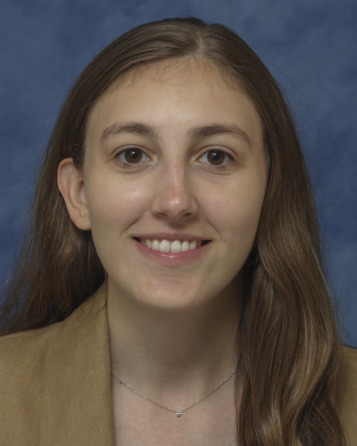
PTYS/LPL Graduate Students
×
Kuiper 320
Samantha Moruzzi
PTYS Graduate Student
Planetary Analogs, Planetary Geophysics, Planetary Surfaces, Titan & Outer Solar System
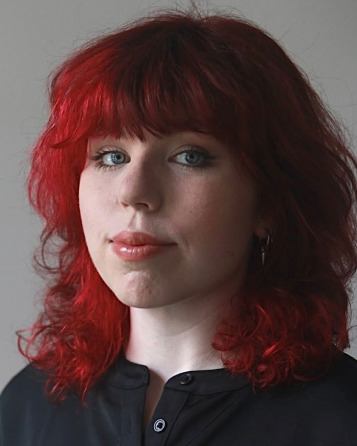
Carter Mucha
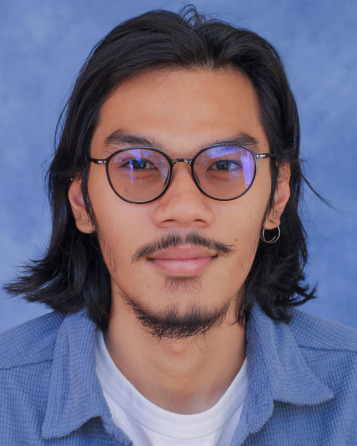
PTYS/LPL Graduate Students
×
Kuiper 322
Fuda Nguyen (he/they)
PTYS Graduate Student
Exoplanets, Planetary Atmospheres, Planetary Formation and Evolution, Theoretical Astrophysics
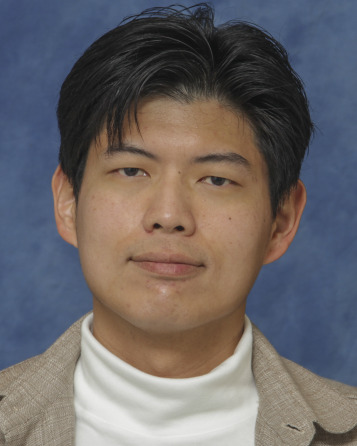
Iunn Ong
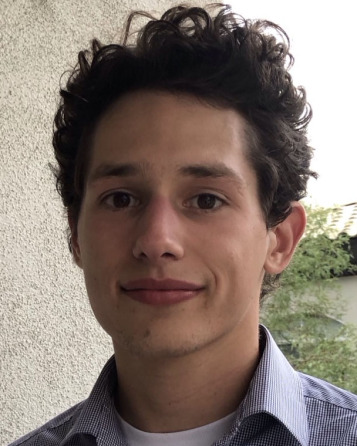
Tyler Reese
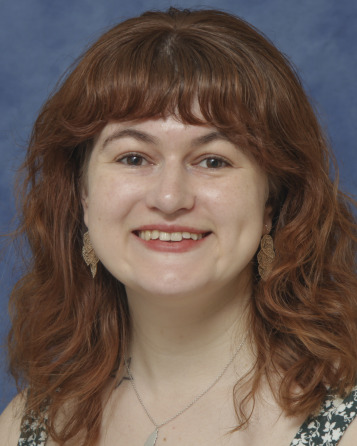
Lily Robinthal (she/her)
PTYS/LPL Graduate Students
×
Kuiper 326
Lily Robinthal (she/her)
PTYS Graduate Student
Astrobiology, Exoplanets, Planetary Astronomy, Planetary Atmospheres
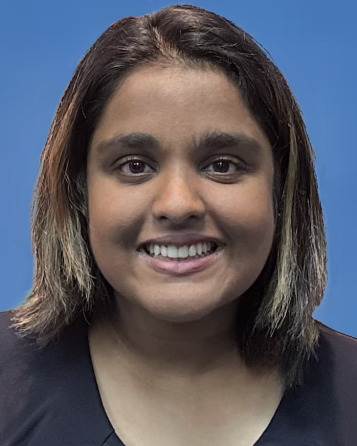
Christina Singh (she/her)
PTYS/LPL Graduate Students
×
Kuiper 351
Christina Singh (she/her)
PTYS Graduate Student
Astrobiology, Photogrammetry, Planetary Analogs, Planetary Surfaces
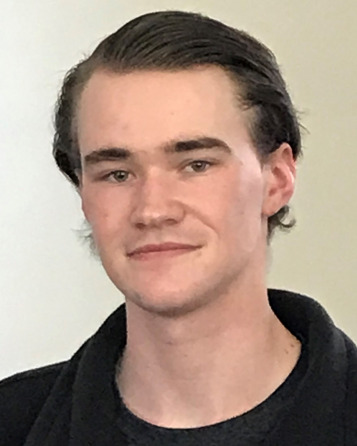
Lucas Smith
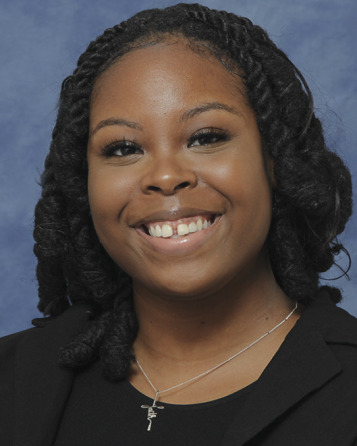
Kayla Smith
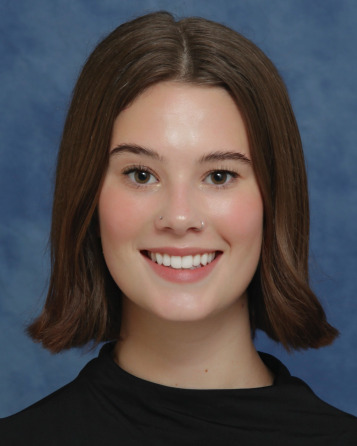
Anna Taylor (She/Her)
PTYS/LPL Graduate Students
×
Kuiper 201
Anna Taylor (She/Her)
PTYS Graduate Student
Exoplanets, Planetary Atmospheres, Theoretical Astrophysics
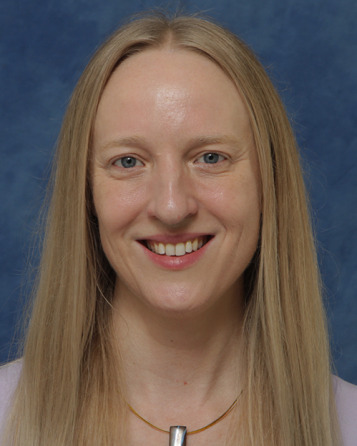
Robin Van Auken
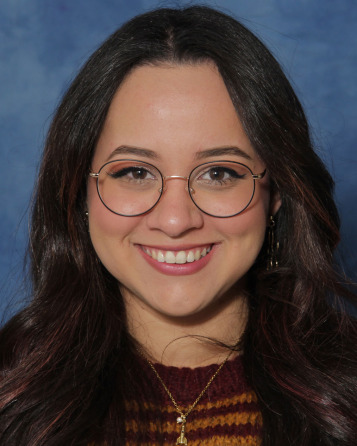
Nathalia Vega Santiago
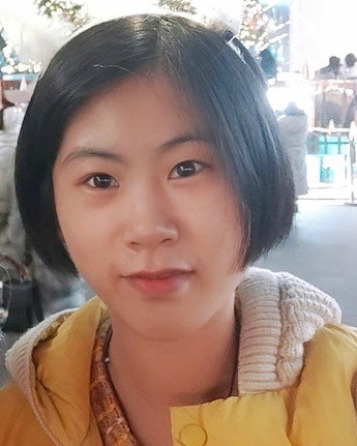
Jingyu Wang
PTYS/LPL Graduate Students
×
Kuiper 322
Jingyu Wang
PTYS Graduate Student
Astrobiology, Exoplanets, Planetary Astronomy, Planetary Atmospheres
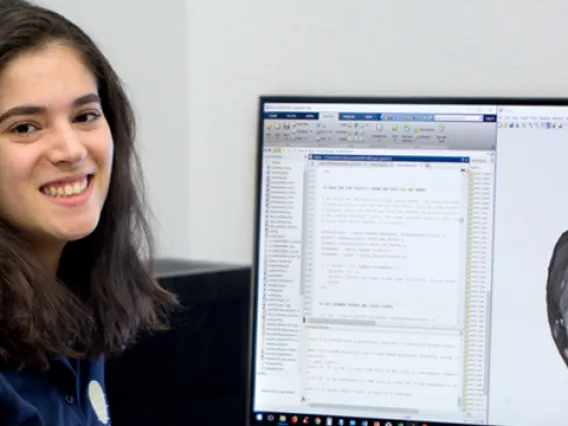
Optical Sciences Student Off to Japan for Space Mission
By Amee Hennig, UAOptical Sciences Student Off to Japan for Space Mission
×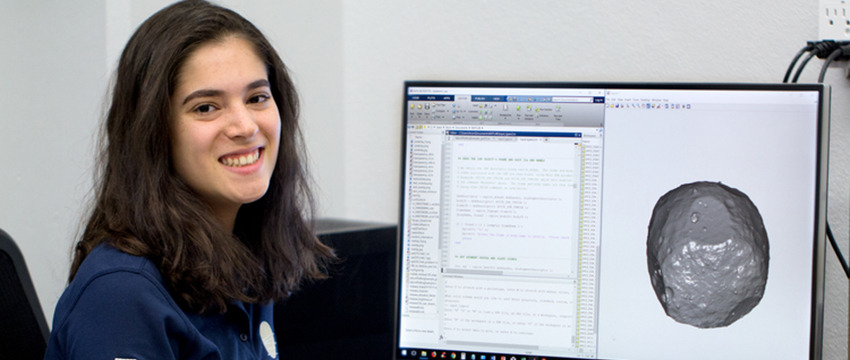
By Amee Hennig, UA College of Optical Sciences - May 31, 2018
Adriana Mitchell, an undergraduate in the University of Arizona's College of Optical Sciences and Honors College who has been working with assistant professor Vishnu Reddy at the Lunar and Planetary Laboratory, is this year's sole UA recipient of the Barry M. Goldwater Scholarship and Excellence in Education. And soon she will be on her way to Japan for a unique opportunity.
The Goldwater Scholarship Program, one of the oldest and most prestigious national scholarships in the natural sciences, engineering and mathematics, seeks to identify and support college sophomores and juniors who show exceptional promise in the aforementioned fields. The scholarship provides a maximum of $7,500 per year to the student for educational expenses.
Mitchell has big plans for her future, and the Goldwater Scholarship could help those dreams come true.
"My professional aspiration is to manage NASA research missions to worlds with astrobiological implications," she says. "To reach my goal, I must first obtain a Ph.D. and learn the inner workings of interplanetary spacecraft missions."
This summer, Mitchell will travel to Japan to work with the Japan Aerospace Exploration Agency, or JAXA, on the Hayabusa2 project, a sample return mission to asteroid Ryugu. Hayabusa2 is the sister project to the UA-led OSIRIS-REx mission by NASA.
Mitchell will be at JAXA headquarters during the approach and arrival phases of the mission, assisting with the creation of digital terrain models, which she says is "a direct application of my current research on asteroids at the University of Arizona." Lucille Le Corre, a NASA-funded co-investigator on the Hayabusa2 mission, will mentor Mitchell.
The opportunity was supported and encouraged by Reddy, who is Mitchell's mentor at the UA.
"She had been working with me for a year as a NASA Space Grant intern and she wanted to do something different for her study abroad, working on a real spacecraft mission," says Reddy, who worked to organize the collaboration with Le Corre. "I'm very proud of her, and she's always been a go-getter. It is a privilege to work with talented undergraduate students like Adriana."
Mitchell, who will leave for Japan on June 27, says, "This would not be possible without the Goldwater Foundation's support and opportunities provided by my mentors here."
Mitchell previously worked with Matt Penn at the National Solar Observatory on a research project, "Polar Plume Dynamics of the Indonesian 2016 Total Solar Eclipse," to determine the true speed of solar winds. The project was presented by Mitchell at two conferences, including the 2017 Graduate and Professional Student Council Student Showcase and the 229th meeting of the American Astronomical Society.
She also has published in journals and presented at other conferences in her growing research career. She has presented research at the Crossroads Eclipse 2017 Research Workshop, the 2017 Eclipse Science Showcase and the 12th American Physical Society Conference for Undergraduate Women in Physics.
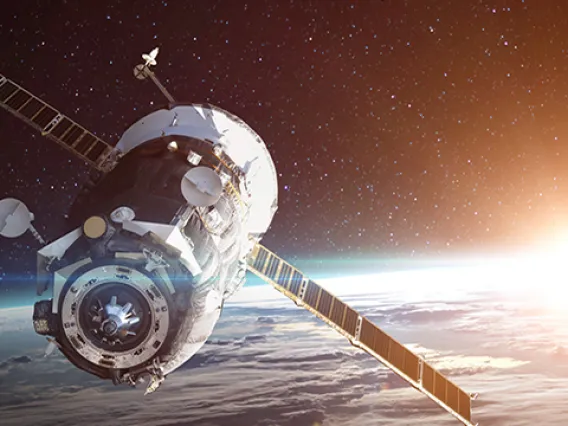
Air Force Research Lab, Others Tap UA Space Expertise
By Emily Litvack, UAAir Force Research Lab, Others Tap UA Space Expertise
×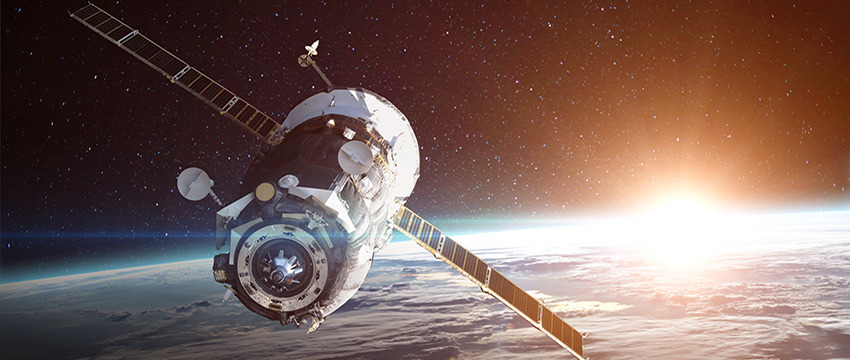
By Emily Litvack, UA Research, Discovery and Innovation - May 8, 2018
If we spent 60 years leaving every car that runs out of gas on the side of the highway to rust and crumble, as defunct machinery is wont to do, then our highways would look something like outer space does. Since the Soviet Union flung Sputnik I into low-Earth orbit in 1957, dozens of other countries have sent Earth-orbiting satellites into space with no way to retrieve them when they eventually, inevitably break down.
And, of course, there are no police in space.
Consequently, space is more congested, contested and, in some ways, more dangerous than ever. With a total of $6.65 million in new funding, University of Arizona researchers are working to make space a safer place for our nation's satellites.
As part of the University of Arizona's Cluster Hiring Initiative jointly administered by the provost and the Office of Research, Discovery and Innovation, the UA hired five new faculty members in 2016-2017 with expertise in space situational awareness, or SSA — an emerging research area focused on identifying, characterizing and understanding the behavior of objects in space.
The initiative was dubbed SSA-Arizona, and the idea behind it was to reinforce the UA's existing strength in space science — strength such as managing more than 20 telescopes across the world, contributing to nearly every NASA space exploration mission, discovering more than half of all near-Earth objects and running Steward Observatory, which now uses both optical and radio instruments to characterize objects in space.
The new awards — a $3.3 million cooperative agreement with the Air Force Research Laboratory, a $350,000 award from DARPA, and a $3 million sub-award from Lockheed Martin — collectively represent the first major return on the UA's investment in SSA.
Building a Collaborative Infrastructure
The first of the three awards, from the Air Force Research Laboratory, or AFRL, is designed make it easier for the "Five Eyes" — an international alliance among Australia, Canada, New Zealand, the United Kingdom and the U.S. — to share data and surveil satellites. The project is led by the director of SSA-Arizona, Roberto Furfaro.
With help from Furfaro and a team of UA researchers, AFRL will have a new cyberinfrastructure for collaboration with its Five Eyes allies.
"One part of space situational awareness is trying to find out where things are in space, what their intent is and who are the operators executing that intent," says Vishnu Reddy, an assistant professor of planetary sciences hired in the group of five. "Another issue is managing traffic in space so that things don't hit each other."
The U.S. and its allies are interested in both the national security and environmental aspects of SSA. By leveraging CyVerse, the UA's existing, NSF-funded computational infrastructure to handle huge datasets and complex analyses, they will have what Reddy calls "a digital playground" for collaboration on this front.
"We're going to be able to offer (AFRL) the best possible cyberinfrastructure," Furfaro says. "I think it'll set a new standard for this kind of work. It'll be a collaborative environment where they can seamlessly drop data, make discoveries and acquire knowledge in SSA."
The multimillion-dollar cooperative agreement initially will last for three years, with the potential for further funding thereafter.
Getting Dying Satellites to the Graveyard
The next of the new grants comes from the Department of Defense's Defense Advanced Research Projects Agency, or DARPA. The $350,000, one-year project is led by UA optical scientist Michael Hart.
"Space has become more useful to us as space-based technology develops, and, as a result, it's become rapidly more crowded," Hart says. "Space has become rather full of junk over the last 60 years and it's continuing to get worse, so there's a pressing need to change the way we behave."
One of our most harmful behaviors takes place in the geostationary orbit, or GEO, a little slice of space above the Earth's equator rotating in the same direction as Earth. From Earth, satellites in GEO appear to stand still. Commercial satellites, for uses such as television and GPS, have to be in GEO, so that they have a clear and constant line of sight to your home or car.
For both commercial and government interests, "slots in geostationary orbit are limited, and highly coveted," Hart says.
But satellites go defunct after about 15 years; they can't withstand the toxic solar radiation they encounter for much longer. When they're dead, we have no way of controlling them, so they accumulate as clutter in GEO — literally, wasted space.
The DARPA-funded project is aimed at creating ways to detect a satellite on its way out before it has actually died, so that those who own the satellite have time to direct it to what's called a graveyard orbit — one that is away from common operational orbits such as GEO — before it's too late.
The technology involves measuring vibrations of a satellite that are imprinted on the reflected sunlight that lets us see them.
"In the same way wine glasses 'clink' in different ways, satellites all have different solar panels and antennae that vibrate in different ways," Hart says.
But because that unique vibration remains constant — there's no sense of speed or wind in space to change it — a technology that carefully monitors even the most minute changes in vibration will help operators recognize when not all is right with their satellite, and send it to a designated graveyard before it is defunct and unresponsive.
Taking Clear Pictures of Far-Away Technology
The third and final award — a three-year, $3 million contract with Lockheed Martin — is aimed at taking high-resolution photos of satellites in GEO.
"This project is focused on the same kind of problem as the DARPA-funded project," Hart says. "It's about understanding the health, status and behavior of satellites in the geostationary regime."
While measuring changes in vibration "promises to give us very useful information, in some sense, there's nothing better than an honest-to-goodness picture," he says.
But because these satellites are so far away from Earth, taking photos of them is no walk in the park.
"You'd need an awfully powerful telescope to take a high-resolution picture," Hart says.
The research team led by Hart will develop a small-scale prototype for combining light from several telescopes spread apart from one another and using them to piece together high-resolution images.
Leading the Way in SSA
While there is little precedent for any one of the new projects in the emerging science of SSA, the researchers believe the UA is best suited for the challenge.
"The University should be really proud of the investment it's made in SSA," Reddy says. "This is a really tough nut to crack. It's a huge risk to push for this cluster hire, and this is the first time we're demonstrating major success and that we can do this work collaboratively."
"In this case, the word 'unique' really applies," Hart says. "There's no other university in the world that can match the assemblage of infrastructure and human talent in all things space. We know what it means to operate in space, and it's a very natural arena for the UA to be engaged in."
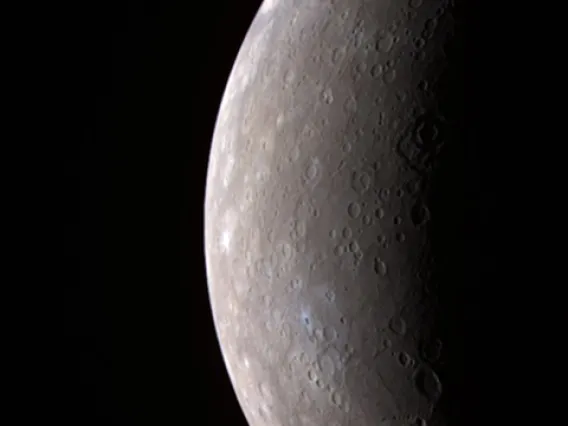
New Estimates of Mercury's Thin, Dense Crust
By Emily Walla, UANew Estimates of Mercury's Thin, Dense Crust
×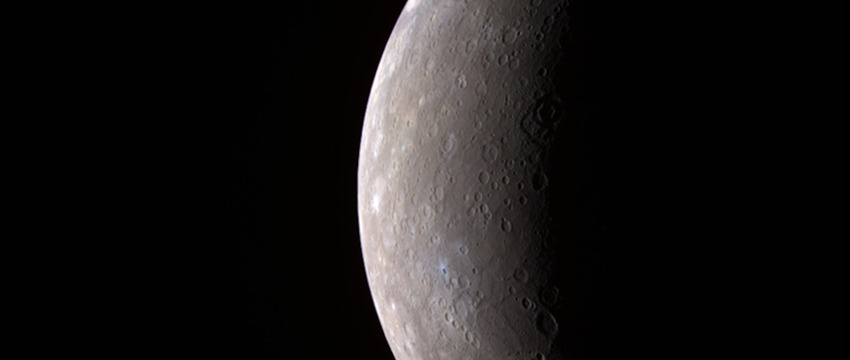
By Emily Walla, UA/NASA Space Grant Intern, University Communications - April 24, 2018
Mercury is small, fast and close to the sun, making the rocky world challenging to visit. Only one probe has ever orbited the planet and collected enough data to tell scientists about the chemistry and landscape of Mercury's surface. Learning about what is beneath the surface, however, requires careful estimation.
After the probe's mission ended in 2015, planetary scientists estimated Mercury's crust was roughly 22 miles thick. One University of Arizona scientist disagrees.
Using the most recent mathematical formulas, Lunar and Planetary Laboratory associate staff scientist Michael Sori estimates that the Mercurial crust is just 16 miles thick and is denser than aluminum. His study, "A Thin, Dense Crust for Mercury," will be published May 1 in Earth and Planetary Science Letters and is currently available online.
Sori determined the density of Mercury’s crust using data collected by the Mercury Surface, Space Environment and Geochemistry Ranging (MESSENGER) spacecraft. He created his estimate using a formula developed by Isamu Matsuyama, a professor in the Lunar and Planetary Laboratory, and University of California Berkeley scientist Douglas Hemingway.
Sori's estimate supports the theory that Mercury's crust formed largely through volcanic activity. Understanding how the crust was formed may allow scientists to understand the formation of the entire oddly structured planet.
“Of the terrestrial planets, Mercury has the biggest core relative to its size,” Sori said.
Mercury's core is believed to occupy 60 percent of the planet’s entire volume. For comparison, Earth’s core takes up roughly 15 percent of its volume. Why is Mercury’s core so large?
“Maybe it formed closer to a normal planet and maybe a lot of the crust and mantle got stripped away by giant impacts,” Sori said. “Another idea is that maybe, when you're forming so close to the sun, the solar winds blow away a lot of the rock and you get a large core size very early on. There’s not an answer that everyone agrees to yet.”
Sori’s work may help point scientists in the right direction. Already, it has solved a problem regarding the rocks in Mercury's crust.
Mercury's Mysterious Rocks
When the planets and Earth's moon formed, their crusts were born from their mantles, the layer between a planet's core and crust that oozes and flows over the course of millions of years. The volume of a planet's crust represents the percentage of mantle that was turned into rocks.
Before Sori's study, estimates of the thickness of Mercury's crust led scientists to believe 11 percent of the planet's original mantle had been turned into rocks in the crust. For the Earth's moon – the celestial body closest in size to Mercury – the number is lower, near 7 percent.
"The two bodies formed their crusts in very different ways, so it wasn't necessarily alarming that they didn't have the exact same percentage of rocks in their crust," Sori said.
The moon's crust formed when less dense minerals floated to the surface of an ocean of liquid rock that became the body's mantle. At the top of the magma ocean, the moon's buoyant minerals cooled and hardened into a "flotation crust." Eons of volcanic eruptions coated Mercury's surface and created its "magmatic crust."
Explaining why Mercury created more rocks than the moon did was a scientific mystery no one had solved. Now, the case can be closed, as Sori's study places the percentage of rocks in Mercury's crust at 7 percent. Mercury is no better than the moon at making rocks.
Sori solved the mystery by estimating the crust's depth and density, which meant he had to find out what kind of isostasy supported Mercury's crust.
Determining Density and Depth
The most natural shape for a planetary body to take is a smooth sphere, where all points on the surface are an equal distance from the planet's core. Isostasy describes how mountains, valleys and hills are supported and kept from flattening into smooth plains.
There are two main types isostasy: Pratt and Airy. Both focus on balancing the masses of equally sized slices of the planet. If the mass in one slice is much greater than the mass in a slice next to it, the planet’s mantle will ooze, shifting the crust on top of it until the masses of every slice are equal.
Pratt isostasy states that a planet’s crust varies in density. A slice of the planet that contains a mountain has the same mass as a slice that contains flat land, because the crust that makes the mountain is less dense than the crust that makes flat land. In all points of the planet, the bottom of the crust floats evenly on the mantle.
Until Sori completed his study, no scientist had explained why Pratt isostasy would or wouldn't support Mercury's landscape. To test it, Sori needed to relate the planet’s density to its topography. Scientists had already constructed a topographic map of Mercury using data from MESSENGER, but a map of density didn't exist. So Sori made his own using MESSENGER's data about the elements found on Mercury's surface.
“We know what minerals usually form rocks, and we know what elements each of these minerals contain. We can intelligently divide all the chemical abundances into a list of minerals," Sori said of the process he used to determine the location and abundance of minerals on the surface. "We know the densities of each of these minerals. We add them all up, and we get a map of density.”
Sori then compared his density map with the topographic map. If Pratt isostasy could explain Mercury’s landscape, Sori expected to find high-density minerals in craters and low-density minerals in mountains; however, he found no such relationship. On Mercury, minerals of high and low density are found in mountains and craters alike.
With Pratt isostasy disproven, Sori considered Airy isostasy, which has been used to make estimates of Mercury's crustal thickness. Airy isostasy states that the depth of a planet's crust varies depending on the topography.
"If you see a mountain on the surface, it can be supported by a root beneath it," Sori said, likening it to an iceberg floating on water.
The tip of an iceberg is supported by a mass of ice that protrudes deep underwater. The iceberg contains the same mass as the water it displaces. Similarly, a mountain and its root will contain the same mass as the mantle material being displaced. In craters, the crust is thin, and the mantle is closer to the surface. A wedge of the planet containing a mountain would have the same mass as a wedge containing a crater.
“These arguments work in two dimensions, but when you account for spherical geometry, the formula doesn’t exactly work out,” Sori said.
The formula recently developed by Matsuyama and Hemingway, though, does work for spherical bodies like planets. Instead of balancing the masses of the crust and mantle, the formula balances the pressure the crust exerts on the mantle, providing a more accurate estimate of crustal thickness.
Sori used his estimates of the crust's density and Hemingway and Matsuyama's formula to find the crust's thickness. Sori is confident his estimate of Mercury's crustal thickness in its northern hemisphere will not be disproven, even if new data about Mercury is collected. He does not share this confidence about Mercury's crustal density.
MESSENGER collected much more data on the northern hemisphere than the southern, and Sori predicts the average density of the planet's surface will change when density data is collected over the entire planet. He already sees the need for a follow-up study in the future.
The next mission to Mercury will arrive at the planet in 2025. In the meantime, scientists will continue to use MESSENGER data and mathematical formulas to learn everything they can about the first rock from the sun.
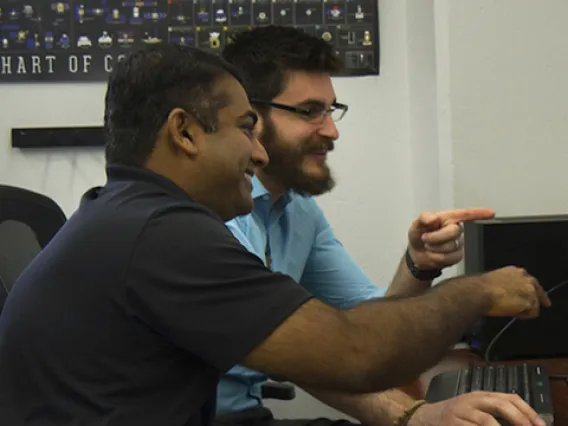
UA Researchers Track Chinese Space Station as it Falls to Earth
By Emily Litvack -UA Researchers Track Chinese Space Station as it Falls to Earth
×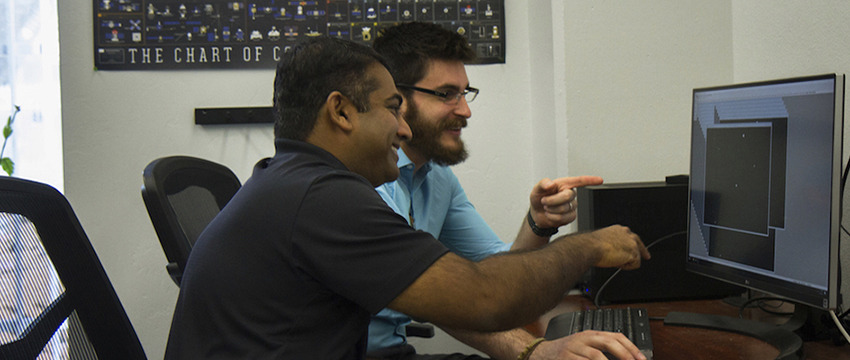
By Emily Litvack - March 22, 2018
A defunct Chinese space station, Tiangong-1, is expected to fall to Earth any day now – on March 31, give or take a few days. When it does, it'll be the largest manmade object to re-enter Earth's atmosphere in a decade.
As the day draws near, Vishnu Reddy, University of Arizona assistant professor of planetary sciences, and Tanner Campbell, an aerospace and mechanical engineering graduate student, are tracking its reentry using a $1,500 optical sensor they built in four months.
Tiangong-1 Zooms through Low Earth Orbit
Launched in 2011, Tiangong-1 served as a laboratory for three manned missions and was initially intended to deorbit in 2013. Now as it tumbles, seemingly uncontrollably, through space, researchers across the globe are scrambling to predict when and where it’ll come back down.
Tiangong-1 occupies low Earth orbit, or LEO. LEO is relatively close to Earth's surface compared to other orbits, such as medium Earth orbit and geostationary orbit, a faraway space here communication satellites reside.
For many reasons, it's harder to track and predict the path of objects in LEO than their more distant counterparts, because "objects are moving really fast," Reddy says. At 17,400 mph, Tiangong-1 orbits the Earth every 90 minutes.
On top of that, objects in LEO are up against something called "drag" when they get closer to the Earth – the faster an object travels, the harder it is for it to move through air. In the same way a hand held outside the window of a car going 70 mph is harder to control than one outside of a car going 20 mph, the same goes for Tiangong-1 as it re-enters Earth's atmosphere. Drag makes prediction harder.
Because of the harshness of LEO's environment, no spacecraft stays there forever; Tiangong-1's seven-year flight isn't unusually short.
Tracking Objects in LEO
As of now, researchers primarily track and predict paths of objects in LEO using ground-based radar systems that detect and catalog objects.
It's an extremely expensive operation available only to a select handful of countries whose militaries can afford it. The United States Air Force is one of them, with its highly sophisticated Space Fence.
"Tracking objects with radar is a very expensive exercise," Reddy says.
When the news of Tiangong-1's re-entry to Earth hit the stands, Reddy saw an opportunity to try tracking it with something less sophisticated, and less expensive. He wondered, "From the UA, can we do something meaningful to contribute to our national security interests?"
He and Campbell spent four months designing and building the $1,500 hardware and software optical sensor system to test that very question. They've been collecting data on Tiangong-1's whereabouts for several weeks.
"Over the past few weeks, it's been losing altitude rapidly," Campbell says. As of March 21, it's at an altitude of roughly 136 miles.
As Reddy and Campbell have collected and studied their data, they've been comparing it to orbit data that the Air Force has been publishing daily, gathered using radar.
"Obviously we're not going to be able to get as accurate and precise data as they can get, but we are trying to see what we can get and how closely our derived products match," Campbell says. "A system like ours is a lot more accessible to academia who can also contribute."
"It's giving an opportunity for our students to play a role in space situational awareness," says Reddy.
Taking the Results to the Real World
Reddy and Campbell explain that, for now, they're simply putting their optical sensor system to the test and seeing what it's capable of – a test for which Tiangong-1 is the perfect subject.
"Radar has advantages and disadvantages, as does optical," Reddy says. "If we've come up with something that's even half as good as radar but can be done at a tenth of the cost, there might be some problems we can solve this way."
Reddy uses the example of placing one of these systems at every fire station in the United States. Whereas radar must be manned and operated, the optical sensors can run autonomously and can effectively crowdsource similar data.
"Exactly," Campbell says. "We're not trying to replace radar, but it’s a complement."
Reddy and Campbell are now placing an array of these sensors on a single mount to be installed at Biosphere 2 – all for the purpose of tracking objects in LEO.
"Basically, we're trying to develop methods that are cost-effective for the taxpayer, train the next generation of scientists and engineers like Tanner, and show the world that we can be better stewards of our precious orbital space," says Reddy.
Campbell plans to present the results of their work tracking Tiangong-1 at the Advanced Maui Optical and Space Surveillance Technologies Conference this fall.
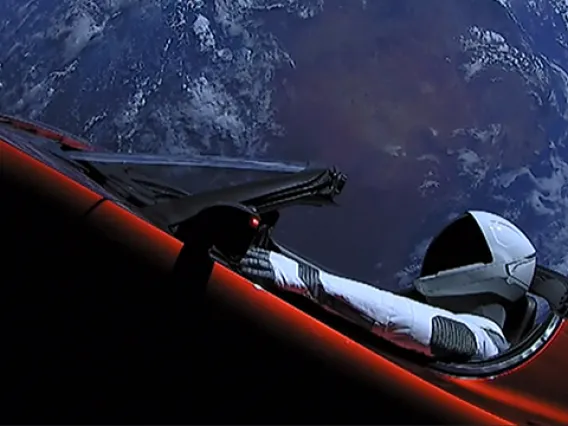
LPL Astronomers Track Tesla Roadster in Space
By Emily Walla, UALPL Astronomers Track Tesla Roadster in Space
×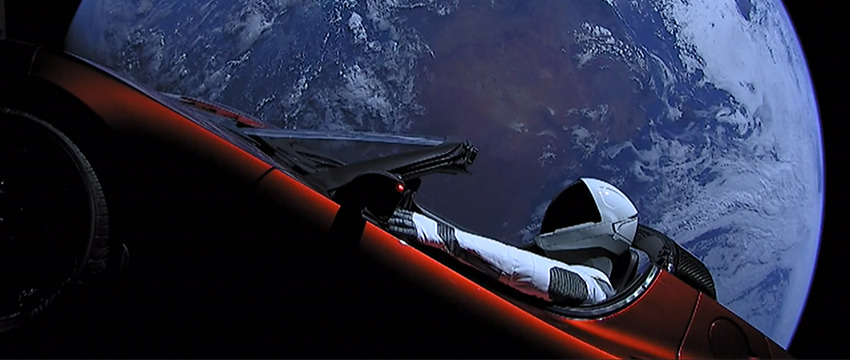
By Emily Walla, UA/NASA Space Grant Communications Intern - February 20, 2018
Earlier this month, the Falcon Heavy rocket successfully launched a Tesla Roadster into orbit around the sun. In the days following the launch, University of Arizona astronomers pointed their telescopes toward the car as it sped through space.
Telescopes operated by UA's Catalina Sky Survey, or CSS, were among the first to spot the Roadster, which was given the official designation of 2018-017A. Their observations immediately were submitted to the Minor Planet Center, an organization that determines the orbits of small astronomical objects such as asteroids, comets ... and the Roadster. Once the orbit of the Roadster is known, the CSS researchers can determine where it will be at any given time.
"It's the natural asteroids we are seeking to discover, not artificial satellites, but we still must know where the artificial objects are," said CSS senior research specialist Greg Leonard. The Roadster will be added to CSS' list of man-made objects so that in the future, astronomers will not mistake the car for a never-before-documented asteroid.
CSS' mission is to discover and catalog near-Earth objects. An important aspect of the mission is to identify objects that pose potential impact threats to Earth. Because the Roadster was launched from Earth, its orbit intersects Earth's. The car might come crashing back to Earth one day, or it might be nudged into an orbit that keeps it far away from Earth.
"One of the challenges of predicting the impact is that we don't know the orbit really well right now," said Eric Christensen, lead investigator for CSS. "We've only been able to observe it for a week or so."
What astronomers do know is what the Roadster will not do.
"It's not going to behave like an asteroid," Christensen said.
Astronomers have well-developed models that can be used to determine the paths of near-Earth asteroids or man-made spacecrafts, but the Roadster is an object that had not traveled through space before. No astronomer has ever had to predict how a car orbits the sun.
"Did they deflate the tires? Is air going to leak out and cause some strange thrusts? We don't know," Christensen said.
The sun also might move the Roadster onto a different course. The car is not heavy when compared to large asteroids, so radiation from the sun can push it around. Objects absorb light from the sun and re-emit this light as heat, which provides a small boost to the object. For lightweight objects, such as small asteroids, spacecrafts and space-faring cars, this small boost is sometimes enough to move the object into a different orbit.
The Roadster's current trajectory will take it in an orbit that crosses Mars' path. At its greatest distance from Earth, the car will be 250 million miles away. Even for the most powerful telescopes, detecting something so tiny at such a great distance is impossible. In a matter of weeks, the Roadster will be too far away to detect.
The observations taken while the car is still visible may be the only ones astronomers will be able to get for a long time. It takes 18 months for the Roadster to cruise around the sun, so at this time next year the car will still be millions of miles away from Earth. It may be centuries before the car and Earth meet again.
As well as being scientifically valuable, the nights spent tracking the Roadster were special occasions.
"These observations were fun," Christensen said.
"It's not every day when we attempt to acquire an image of a cherry-red Tesla Roadster hurtling into outer space," Leonard said.
The Roadster is only 13 feet long — minuscule for an astronomical object — and at a distance of more than more than 2 million miles, telescopes cannot discern the details of the car.
"Although the recovery images show only a sequence of bright blips of light moving against a starry background, knowing what the object is was really quite thrilling, as this special launch and mission marks a milestone in human capability for space exploration," Leonard said.
The Falcon Heavy rocket is the first private craft capable of carrying heavy payloads to space — and the first rocket that can send passengers to the moon since NASA retired its Saturn V rocket more than 40 years ago. And the Falcon Heavy is relatively cheap: While the Saturn V's launches each cost more than $180 million in 1969 dollars (more than $1 billion today), launching the Falcon Heavy rocket costs only $90 million.
"It's more than a gimmick," Christensen said. "It's a very significant cost-saving method."
The Catalina Sky Survey is funded by NASA and based at the UA's Lunar and Planetary Laboratory. The survey has discovered more than 8,000 near-Earth asteroids since 1998.
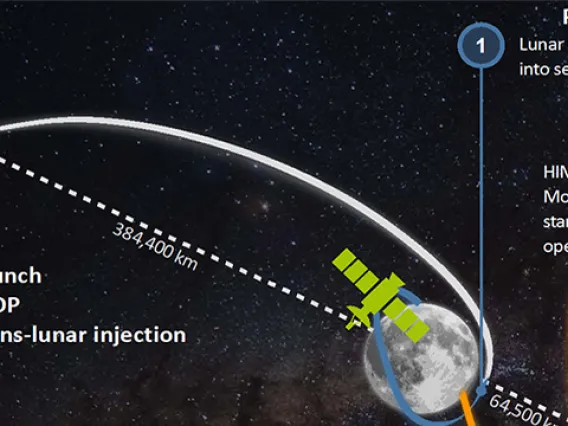
UA Researchers on Winning Team in Lunar Exploration Competition
By Emily DieckmanUA Researchers on Winning Team in Lunar Exploration Competition
×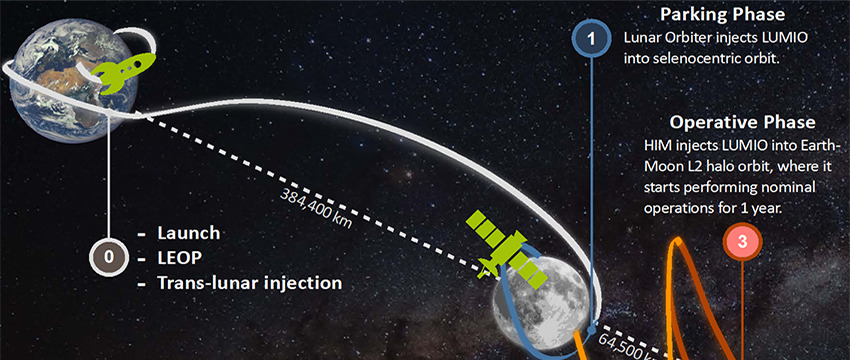
By Emily Dieckman, UA College of Engineering - February 9, 2018
Pink Floyd aside, there isn't actually a dark side of the moon — just a side you can't see from Earth. That is, unless you're a researcher like those at the University of Arizona and partnering institutions, who are setting out to investigate meteoritic impact on the far side of the moon.
The Lunar Meteoroid Impacts Observer, or LUMIO, project is headed by Francesco Topputo, an assistant professor in aerospace systems at Polytechnic University of Milan in Italy.
Roberto Furfaro, associate professor in the Department of Systems and Industrial Engineering and Department of Aerospace and Mechanical Engineering, and Vishnu Reddy, assistant professor at the Lunar and Planetary Laboratory, make up the UA team of the LUMIO mission study.
The project aims to use an advanced camera to monitor meteorites striking the moon. Combined with existing Earth-based monitoring, these observations could create a more complete picture of what happens when meteorites hit the lunar surface, and of the spatial distribution of these impacts. Understanding where meteorites that hit the moon come from — and when they hit — helps us understand the debris environment in near-Earth space.
"LUMIO will enable us to answer some key questions about small object population around the Earth-moon system," said Reddy, who came up with the science justification for the mission.
Also involved are Delft University of Technology in the Netherlands, École polytechnique fédérale de Lausanne in Switzerland, Italian aerospace and defense company Leonardo, Science & Technology Corp. in Norway, and the European Space Agency's European Space Research and Technology Center in the Netherlands.
Calling All CubeSats
SysNova, a European Space Agency initiative that uses technology challenges to attract the best proposals from European companies, universities and research centers, first asked for proposals for its Lunar CubeSats for Exploration competition in late 2016, and about 60 teams answered the call. In spring 2017, four teams were selected as finalists, receiving grants of about $100,000 and six months for initial studies. LUMIO was selected as the winner in December.
CubeSats are miniature satellites made up of 10-by-10-by-10-centimeter cubic units called U's. Originally used in university settings so students could design and run their own missions, CubeSats' low cost, low weight and increasingly powerful processing capabilities have been receiving more attention from national space agencies in recent years. Roger Walker, a project manager for educational satellite projects at the European Space Agency, compared the standard satellites of today to PCs and CubeSats to smartphones.
"Now agencies are exploring the feasibility of sending these cubes out not just around Earth, but to explore other areas," Furfaro said.
Kevin Jacquinot, who earned his master's degree in aerospace systems at the UA in 2017, designed a CubeSat for an independent study course working for Furfaro. After graduation, he did some systems engineering for LUMIO.
"Because of LUMIO, I was put in contact with the European Space Agency, and I'm actually waiting for an answer from them about working on another lunar exploration project," he said. "I would love to work on a project like this again."
As director of the Space Situational Awareness Arizona initiative, Furfaro works with other UA faculty to understand and characterize the behavior of objects in space.
One aim of the LUMIO mission is to increase lunar situational awareness, or what might impact the moon. This could be particularly important for the U.S., in light of a directive President Donald Trump signed in December formally instructing NASA to send more astronauts to the moon.
"If we're going to go back to the moon, like the president announced, we have to also have a better understanding of the moon environment," Furfaro said.
As winners of the challenge, the LUMIO team will conduct a concurrent engineering study with ESA in the coming months.
"Then, if everything goes well, there'll be a good chance we're going to fly it," Furfaro said.
Mission to the Moon
LUMIO would be about 12U (2Ux2Ux3U) and weigh about 50 pounds (roughly one-hundredth the weight of NASA's New Frontier spacecraft). In phase one of its mission, it would be transported to the moon on another vehicle, then begin its lunar, or selenocentric, orbit.
In phase two, the transfer phase, LUMIO would travel beyond the moon to L2, a gravitational parking spot that astrodynamicists refer to as a "Lagrange point" (named for an 8th-century mathematician), which will allow LUMIO to maintain its relative position to the moon as it orbits the earth.
In phase three, the operative phase, LUMIO would begin orbiting L2 in approximately 29-day rotations — the same length as the lunar cycle itself.
In the two weeks surrounding the far side's new moon — a full moon from Earth's perspective — the moon will be dark enough for LUMIO to observe and record meteoric impacts. The moon will be too bright to observe during the other two weeks, so scientists will use the time to recalibrate LUMIO's navigation system and keep it on the right trajectory.
LUMIO would orbit L2 for about a year, followed by disposal, which may involve crashing LUMIO onto the lunar surface. Another spacecraft with the right instrumentation could gain valuable information about the moon's subsurface by observing the debris and materials stirred up by LUMIO upon impact.
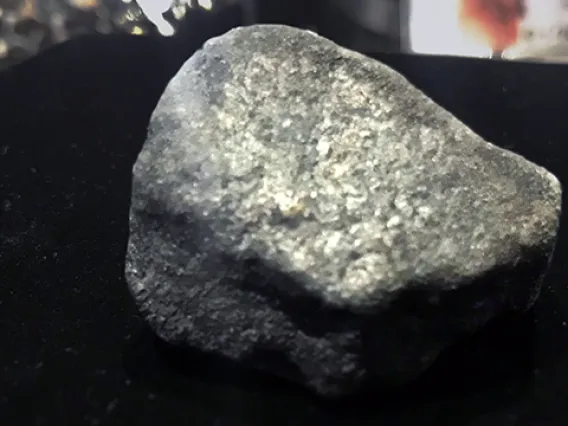
Rapid Detection and Recovery: The Science of Hunting Meteorites
By Emily Walla, NASARapid Detection and Recovery: The Science of Hunting Meteorites
×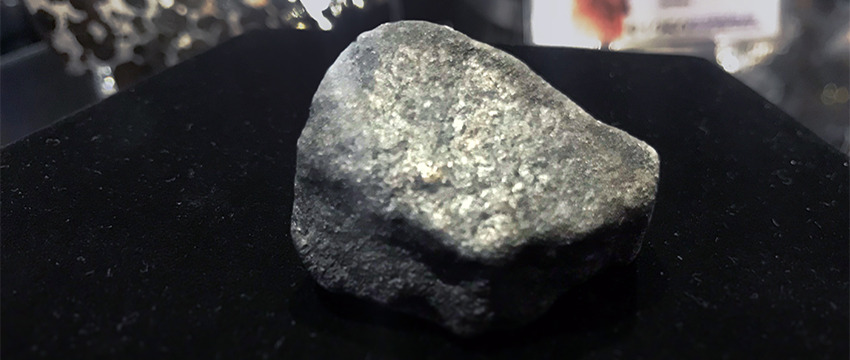
By Emily Walla, NASA Space Grant Intern, University Communications - February 6, 2018
At 8:10 p.m. on Jan. 16, hundreds of people in Michigan reported the bright glow of a meteor streaking through the sky, rattling windows as it broke the sound barrier. The meteor then broke apart in the Earth's atmosphere, and its pieces rained quietly to the ground.
Using predictions by the Rapid Detection and Recovery of Meteorites, or RADARMET, project, scientists and meteorite hunters were able to recover more than half a dozen fragments of the rock within two days of the fall.
RADARMET is led by Vishnu Reddy, assistant professor in the University of Arizona's Lunar and Planetary Laboratory. He procured funding from NASA to operate RADARMET, which uses National Weather Service Doppler radar data and computer models to locate meteorites within hours of their fall.
"Historically, people would see a meteor in the sky and they would say, 'I saw it go that way behind the tree,'" Reddy said. "Even if someone takes a picture of the meteor, using the image to trace a trajectory for the meteorite is difficult and can be quite time-consuming."
Upper-atmosphere winds make extrapolation challenging, Reddy said. For a meteor to survive the trip through the atmosphere and fall onto the ground as a meteorite, it has to slow from its cosmic velocity. The friction from the atmosphere makes the meteor glow visibly between 30 and 65 miles above ground.
"Typically, meteorite-dropping meteors need to slow down to around 6,700 mph, the speed when they no longer glow brightly while descending into the atmosphere," Reddy said.
Falling at Terminal Velocity
The meteor then enters a period known as "dark flight," during which it falls at terminal velocity. During this dark flight, winds in the upper atmosphere can buffet the meteorite miles away from where its glowing bright flight ends.
Marc Fries, Reddy's co-investigator for RADARMET and a scientist at NASA's Johnson Space Center, developed a method that can predict how a meteorite would travel during its dark flight. He also has developed software tools to calculate where meteorites land under the influence of winds, and to estimate the total mass that reaches the ground.
Tanner Campbell, a UA graduate student in aerospace and mechanical engineering, adapted Fries' dark flight model into a computer program that quickly and accurately determines where a meteorite will fall.
"We can accomplish this because the kinetics of an object in near freefall are known quite well," Campbell said. "Since these meteorites are typically fairly small, we can make some assumptions about how they travel through the atmosphere. We can then take whatever data can be gathered on the meteorite while it is glowing in the sky, and measured atmospheric data from near the event, and use it to predict the path to the ground."
Atmospheric data include wind speeds and information collected by weather radar stations, which detect anything falling through the air, whether it is rain, birds, airplanes or meteorites. Although the radar cannot distinguish between a sparrow and a space rock, the RADARMET team has a method to do just that.
"The first trigger is eyewitness reports from the public," Reddy said.
Using an online tool on the American Meteor Society website, members of the public can log their location, which direction they were facing and how long the meteor was visible in the sky. When an event has corroborating videos and other evidence such as sonic booms, Reddy and his co-investigators download radar data from the nearest weather station and power up the dark flight model.
Accuracy of Location Is Vital
Within hours of the event, the RADARMET team can locate the exact area where meteorite fragments have fallen. The information is quickly shared with the public, including scientists and meteorite hunters. RADARMET's method is so accurate that hunters have been able to travel to a location, park their cars and find meteorites within that parking lot.
When hunting meteorites, time is of the essence. The sooner a sample is found, the more scientists can learn from it.
"The longer a meteorite sits on the Earth, the less scientifically useful it becomes, because the weathering process degrades the minerals and destroys it," Reddy said.
Rain can dissolve and wash away minerals, microbes can contaminate any evidence of the building blocks of life, and oxygen can rust the iron in the meteorite within a day.
Although recovering pieces of the Michigan meteorite took slightly more than a day, some samples were found in nearly pristine condition. One piece was found in ice, protected from exposure to liquid water. Pristine samples such as this one enable scientists to study materials that are easily destroyed or of astrobiological significance.
Reddy and students in the UA Department of Planetary Sciences plan to be involved in the study of the meteorite.
"While we're not out there hunting the meteorites, we're doing the science," Reddy said.
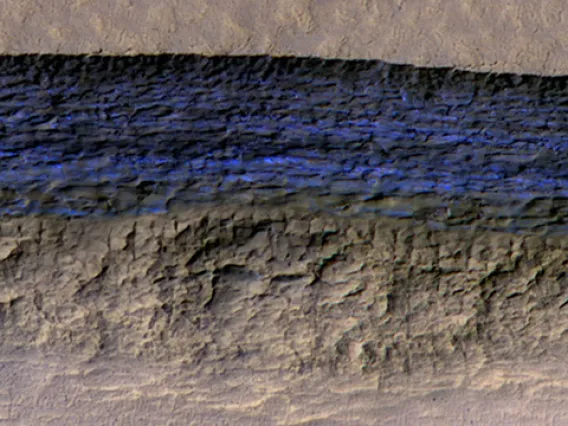
Steep Slopes on Mars Reveal Structure of Buried Ice
By UniversitySteep Slopes on Mars Reveal Structure of Buried Ice
×
By University Communications - January 12, 2018
Researchers using the University of Arizona-led HiRISE camera aboard NASA's Mars Reconnaissance Orbiter, or MRO, have found eight sites where thick deposits of ice beneath Mars' surface are exposed in faces of eroding slopes.
These eight scarps, with slopes as steep as 55 degrees, reveal new information about the internal layered structure of previously detected underground ice sheets in Mars' middle latitudes.
The ice was likely deposited as snow long ago. The deposits are exposed in cross section as relatively pure water ice, capped by a layer 1 to 2 yards (or meters) thick of ice-cemented rock and dust. They hold clues about Mars' climate history. They also may make frozen water more accessible than previously thought to future robotic or human exploration missions.
Researchers who located and studied the scarp sites with the HiRISE, or High Resolution Imaging Science Experiment, camera on MRO reported the findings on Jan. 11 in the journal Science. The sites are in both the northern and southern hemispheres of Mars, at latitudes from about 55 to 58 degrees, equivalent on Earth to Scotland or the tip of South America.
"There is shallow ground ice under roughly a third of the Martian surface, which records the recent history of Mars," said the study's lead author, Colin Dundas, of the U.S. Geological Survey's Astrogeology Science Center in Flagstaff, Arizona. "What we've seen here are cross sections through the ice that give us a 3-D view with more detail than ever before."
Windows Into Underground Ice
The scarps directly expose bright glimpses into vast underground ice previously detected with spectrometers on NASA's Mars Odyssey orbiter, with ground-penetrating radar instruments on MRO and on the European Space Agency's Mars Express orbiter, and with observations of fresh impact craters that uncover subsurface ice. NASA sent the Phoenix lander to Mars in response to the Odyssey findings; in 2008, the Phoenix mission confirmed and analyzed the buried water ice at 68 degrees north latitude, about one-third of the way to the pole from the northernmost of the eight scarp sites.
"The discovery gives us surprising windows where we can see right into these thick underground sheets of ice," said Shane Byrne of the UA Lunar and Planetary Laboratory, a co-author on the new report. "It's like having one of those ant farms where you can see through the glass on the side to learn about what's usually hidden beneath the ground."
Scientists have not determined how these particular scarps initially form. However, once the buried ice becomes exposed to Mars' atmosphere, a scarp likely grows wider and taller as it "retreats," due to sublimation of the ice directly from solid form into water vapor. At some of them, the exposed deposit of water ice is more than 100 yards, or meters, thick. Examination of some of the scarps with MRO's Compact Reconnaissance Imaging Spectrometer for Mars, or CRISM, confirmed that the bright material is frozen water. A check of the surface temperature using Odyssey's Thermal Emission Imaging System, or THEMIS, camera helped researchers determine they're not seeing just thin frost covering the ground.
Researchers previously used MRO's Shallow Radar, or SHARAD, to map extensive underground water-ice sheets in middle latitudes of Mars and estimate that the top of the ice is less than about 10 yards beneath the ground surface. How much less? The radar method did not have sufficient resolution to say. The new ice-scarp studies confirm indications from fresh-crater and neutron-spectrometer observations that a layer rich in water ice begins within just 1 or 2 yards of the surface in some areas.
Astronauts' Access to Martian Water
The new study not only suggests that underground water ice lies under a thin covering over wide areas, it also identifies eight sites where ice is directly accessible, at latitudes with less hostile conditions than at Mars' polar ice caps.
"Astronauts could essentially just go there with a bucket and a shovel and get all the water they need," Byrne said.
The exposed ice has scientific value apart from its potential resource value because it preserves evidence about long-term patterns in Mars' climate. The tilt of Mars' axis of rotation varies much more than Earth's, over rhythms of millions of years. Today the two planets' tilts are about the same. When Mars tilts more, climate conditions may favor buildup of middle-latitude ice. Dundas and co-authors say that banding and color variations apparent in some of the scarps suggest layers "possibly deposited with changes in the proportion of ice and dust under varying climate conditions."
This research benefited from coordinated use of multiple instruments on Mars orbiters, plus the longevities at Mars now exceeding 11 years for MRO and 16 years for Odyssey. Orbital observations will continue, but future missions to the surface could seek additional information.
"If you had a mission at one of these sites, sampling the layers going down the scarp, you could get a detailed climate history of Mars," suggested MRO deputy project scientist Leslie Tamppari of NASA's Jet Propulsion Laboratory in Pasadena, California. "It's part of the whole story of what happens to water on Mars over time: Where does it go? When does ice accumulate? When does it recede?"
The UA operates HiRISE, which was built by Ball Aerospace & Technologies Corp. of Boulder, Colorado. The Johns Hopkins University Applied Physics Laboratory, Laurel, Maryland, leads MRO's CRISM investigation. The Italian Space Agency provided MRO's SHARAD instrument; Sapienza University of Rome leads SHARAD operations; and the Planetary Science Institute, based in Tucson, leads U.S. involvement in SHARAD. Arizona State University leads the Odyssey mission's THEMIS investigation. JPL, a division of Caltech in Pasadena, California, manages the MRO and Odyssey projects for the NASA Science Mission Directorate in Washington. Lockheed Martin Space, Denver, built both orbiters and supports their operation.
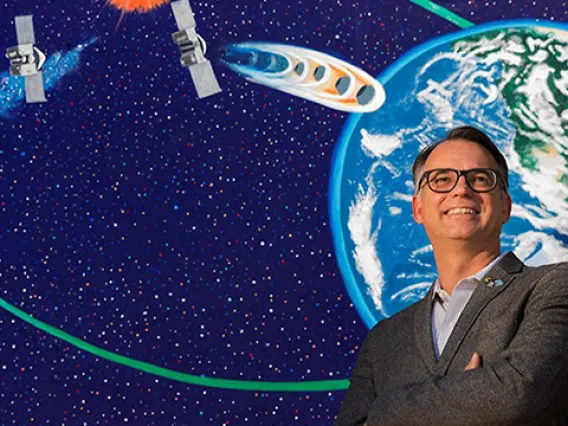
UA in the Running for a New NASA Mission
By UniversityUA in the Running for a New NASA Mission
×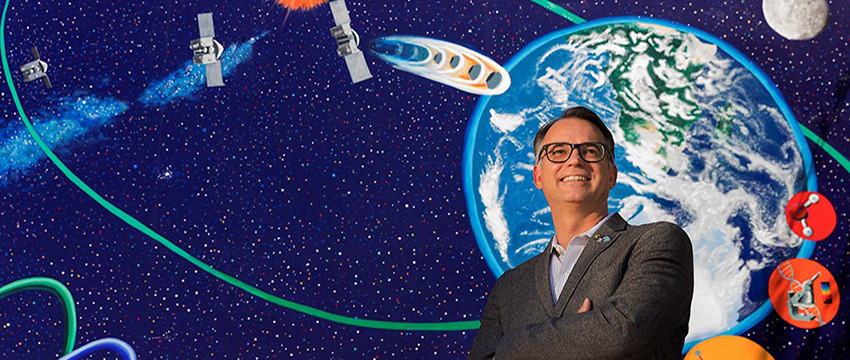
By University Communications - December 21, 2017
NASA has chosen a planetary mission involving a team from the University of Arizona as one of two finalists to be the next robotic solar system explorer. The proposed mission, named CAESAR, for Comet Astrobiology Exploration Sample Return, seeks to return a sample from a comet to determine its origin and history.
UA Lunar and Planetary Laboratory professor Dante Lauretta is CAESAR's mission sample scientist, responsible for leading the analysis of the returned comet sample. He also is tasked with advising on all aspects of the mission's design that influence the scientific value and integrity of the sample. Lauretta is currently principal investigator of NASA's OSIRIS-REx asteroid sample return mission, which launched in September 2016 and will return NASA's first asteroid sample to Earth in 2023.
LPL associate professor Tom Zega is a co-investigator on the CAESAR mission and would analyze the comet sample material once it is back on Earth. Zega, currently a collaborator on the OSIRIS-REx mission, will be one of the first scientists to analyze samples from the asteroid Bennu.
"We are excited to bring the UA's leadership in sample science innovation to the challenges posed by the CAESAR mission and its target comet," Lauretta said. "The work done on CAESAR will ensure that the UA continues to stand at the forefront of extraterrestrial sample analysis for the next 20 years."
If selected, CAESAR would be the fourth mission in NASA's $1 billion New Frontiers program, which sends robotic spacecraft to conduct science-intensive planetary investigations. The UA leads the third New Frontiers mission, OSIRIS-REx, currently on its way to the asteroid Bennu to retrieve a sample of its surface for study on Earth.
"This is a wonderful opportunity to apply the experience that the UA has gained from OSIRIS-REx to another frontier in planetary science," said Kimberly Andrews Espy, UA senior vice president for research. "We are delighted to be able to continue the University's tradition of leadership in exceptional NASA missions."
CAESAR's target comet is 67P/Churyumov-Gerasimenko, which previously was explored by the European Space Agency's Rosetta spacecraft. If the mission is ultimately chosen, the CAESAR spacecraft could launch by 2025 and return to Earth in 2038. The mission is led by Steve Squyres of Cornell University and managed by NASA's Goddard Space Flight Center. NASA intends to make the final mission selection in summer 2019. Between now and then, the two finalist missions will receive funding from NASA to further advance the missions' concepts and designs.
The other finalist mission, Dragonfly, is led by LPL alumna Elizabeth Turtle, who earned her Ph.D. in planetary science in 1998 and then continued at LPL as both a postdoctoral fellow and as research faculty before joining the Johns Hopkins University Applied Physics Laboratory in Laurel, Maryland. The Dragonfly spacecraft is a dronelike rotorcraft that would explore the prebiotic chemistry and habitability of dozens of sites on Saturn's moon Titan, an ocean world in our solar system.
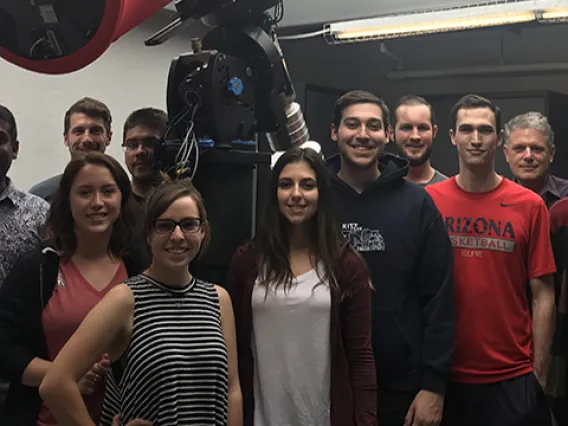
UA Students Participate in First Global Planetary Defense Exercise
By Emily Walla, NASAUA Students Participate in First Global Planetary Defense Exercise
×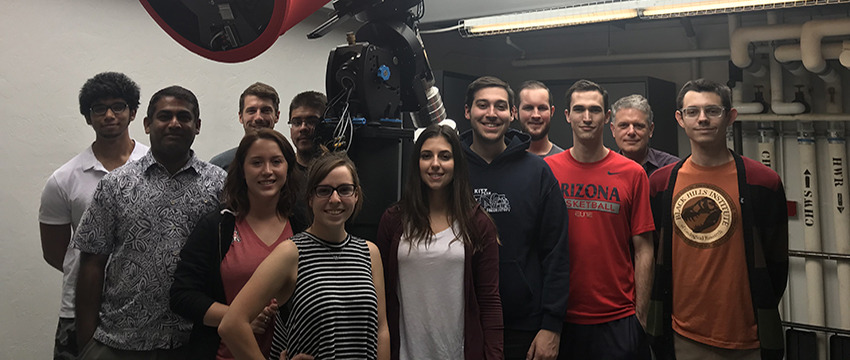
By Emily Walla, NASA Space Grant Intern, University Communications - December 4, 2017
University of Arizona students recently took part in a NASA-led international exercise that used a real asteroid flyby to test global planetary defense capabilities. The project was designed to exercise how astronomers' efficiency in determining the orbit, rotation, shape, size and composition of an asteroid that could potentially impact the Earth. The campaign was led by Vishnu Reddy, assistant professor in the UA's Lunar and Planetary Laboratory.
The exercise's target was the asteroid 2012 TC4. The small asteroid — only 50 feet long and 25 feet wide — was on course to closely approach Earth. On Oct. 12, TC4 safely passed the planet, coming within 27,200 miles of the surface (that's about 5,000 miles above the orbit of geostationary satellites). In the months before the flyby, astronomers from the U.S., Canada, Colombia, Germany, Israel, Italy, Japan, the Netherlands, Russia and South Africa tracked TC4 using ground- and space-based telescopes from around the world.
Planning for the so-called TC4 Observation Campaign started in April, under the sponsorship of NASA's Planetary Defense Coordination Office. The exercise commenced in earnest in late July, when the European Southern Observatory's Very Large Telescope spotted the asteroid. The finale was a close approach to Earth in mid-October.
Graduate and undergraduate students at the UA were given the opportunity to participate in the project as part of a class Reddy taught with Walt Harris, professor in the Department of Planetary Sciences.
Using observations collected during the campaign, scientists at NASA's Jet Propulsion Laboratory, or JPL, were able to precisely calculate TC4's orbit, predict its flyby distance on Oct. 12 and rule out the possibility of a collision between Earth and the asteroid.
RAPTORS Network Put to Use
A network of telescopes, including the student-built Rapid Astronomical Pointing Telescopes for Optical Reflectance Spectroscopy, or RAPTORS, housed on the UA campus, was used to study how fast TC4 rotates. Given that TC4 is small, astronomers expected it to be rotating fast. They were surprised to find that the object was not only spinning once every 12 minutes, it also was tumbling.
A team of UA undergraduate students from Reddy's class observed the asteroid using RAPTORS.
"Observing using RAPTORS went beautifully," said Collin Lewin, one of Reddy's undergraduate students. "The opportunity to operate a telescope like RAPTORS is rare for undergraduates, so this was a valuable experience for many students."
Finding out what TC4 is made of turned out to be more challenging. Is the asteroid rich in carbon, or does it consist of bright rocky materials? Infrared observations made with NASA's Infrared Telescope Facility, or IRTF, at the Mauna Kea Observatory in Hawaii would allow scientists to identify the asteroid's composition. On a trip funded by the Lunar and Planetary Laboratory's external advisory board, graduate students from the UA traveled to Hawaii to perform the necessary observations.
The work done by Reddy's students would allow NASA to know exactly what materials comprised which parts of the asteroid. Although they were able to collect some data before the asteroid's close approach, adverse weather conditions and technical difficulties prevented Reddy's graduate students at IRTF from taking observations during TC4's flyby on Oct. 12.
"Something always goes wrong. You have to learn how to deal with it," said Cassandra Lejoly, a doctoral student in Reddy's class.
Others in Reddy's class, such as doctoral student Ben Sharkey, noted that the experience was useful for students who were unsure of the direction in which they wished to take their careers.
"This experience gave them an idea of what observing takes. It might help those students decide if they want to have to deal with the difficulties that come with observing," Sharkey said.
"Whether or not our graduate students are going to use telescopes in their professional careers, they are going to work with people who do," said Timothy Swindle, director of the Lunar and Planetary Laboratory. "One of the important things in a graduate student's education is learning about the tools that you use, and the tools used by the people you work with. This was one opportunity for them to see how a telescope really works."
Rare Opportunity for Students
Most observing can be done remotely, as the telescopes can send data to computers far from the observatories.
"Learning how to use a telescope as complicated as IRTF is something that few people get to do in person," said Teddy Kareta, a first-year doctoral student at LPL. Witnessing the inner workings of the telescope granted students such as Kareta a deeper understanding and respect for the instruments and the people who operate and repair them.
"No one expected the observing trip to be quite as tumultuous as it was, but the students learned that when trying to do great things, they will face setbacks along the way," Swindle said.
Although the setbacks at IRTF threw a small wrench in the observation campaign, scientists at JPL were nevertheless able to determine what materials were present at the surface of the asteroid. Radar scattering properties of TC4 are consistent with a bright, rocky surface, similar to a particular class of meteorites that reflect 50 percent of light that hits them.
In addition to the observation campaign, NASA used this exercise to test communications between the many observers and also to test internal U.S. government messaging and communications up through the executive branch and across government agencies. Such would be necessary during an actual impact emergency.
"We demonstrated that we could organize a large, worldwide observing campaign on a short timeline, and communicate results efficiently," Reddy said.
Mt. Lemmon SkyCenter
×
Mt. Lemmon SkyCenter is an exceptional science learning facility located at Steward Observatory's "sky island" observing site. The SkyCenter builds upon the uniqueness of the 9,157 foot summit of Mt. Lemmon and the extensive knowledge base at the University of Arizona to deliver educational programs, including:
- SkyNights StarGazing Program: open to the public most nights of the year using the Southwest's largest dedicated public telescope! This unique, awe-inspiring opportunity allows guests to peer beyond the blue horizons of our southwestern skies and explore the astronomical wonders of the Universe. The five hour program lets visitors navigate the night sky with binoculars and sky charts, and view spectacular planets, galaxies, and nebulae with our Schulman 32-inch telescope, the largest dedicated public observing telescope in Arizona.
- UA Sky School: year-round residential science programs (1-5 days) open to Arizona 4th -12th grade students at a 25-acre campus on Mt. Lemmon and in the Coronado National Forest. Programs focus on core University of Arizona science areas such as sky island ecology, geology, tree ring science, and astronomy, and meet state and national science standards.
Space Drafts
×
Space Drafts is Tucson’s flavor of Astronomy on Tap. Talks are held one Wednesday of every month at one of Tucson’s finest microbreweries, The Borderlands Brewing Company (119 E. Toole Ave., Tucson) at 7.00pm.
Space Drafts is free and open to all ages (of humans and dogs alike).
The Art of Planetary Science (TAPS)
×
The Art of Planetary Science is an annual art exhibition run by UA's Lunar and Planetary Laboratory that celebrates the beauty and elegance of science. It was founded by graduate students in 2013 as a public outreach project to engage the local community in our work, and continues to be organized and run by volunteer students each year. The goal behind the show is to present a different side of science to the public, and to show you what we think is beautiful about the solar system. As scientists, it is our job to create knowledge, a process that requires thought, creativity, attention to detail, and imagination. Scientists are encouraged to produce artwork for the show that is created from scientific data, or incorporates scientific ideas, to give you new perspective on why we are passionate about our work. We also ask artists to submit artwork that is inspired by those same themes, and to show us how they view science from their own lens. This event is a very powerful way to bridge the gap between the local science and art communities, and to show how very interconnected the scientific and artistic processes are.

Artemis III
Artemis III
×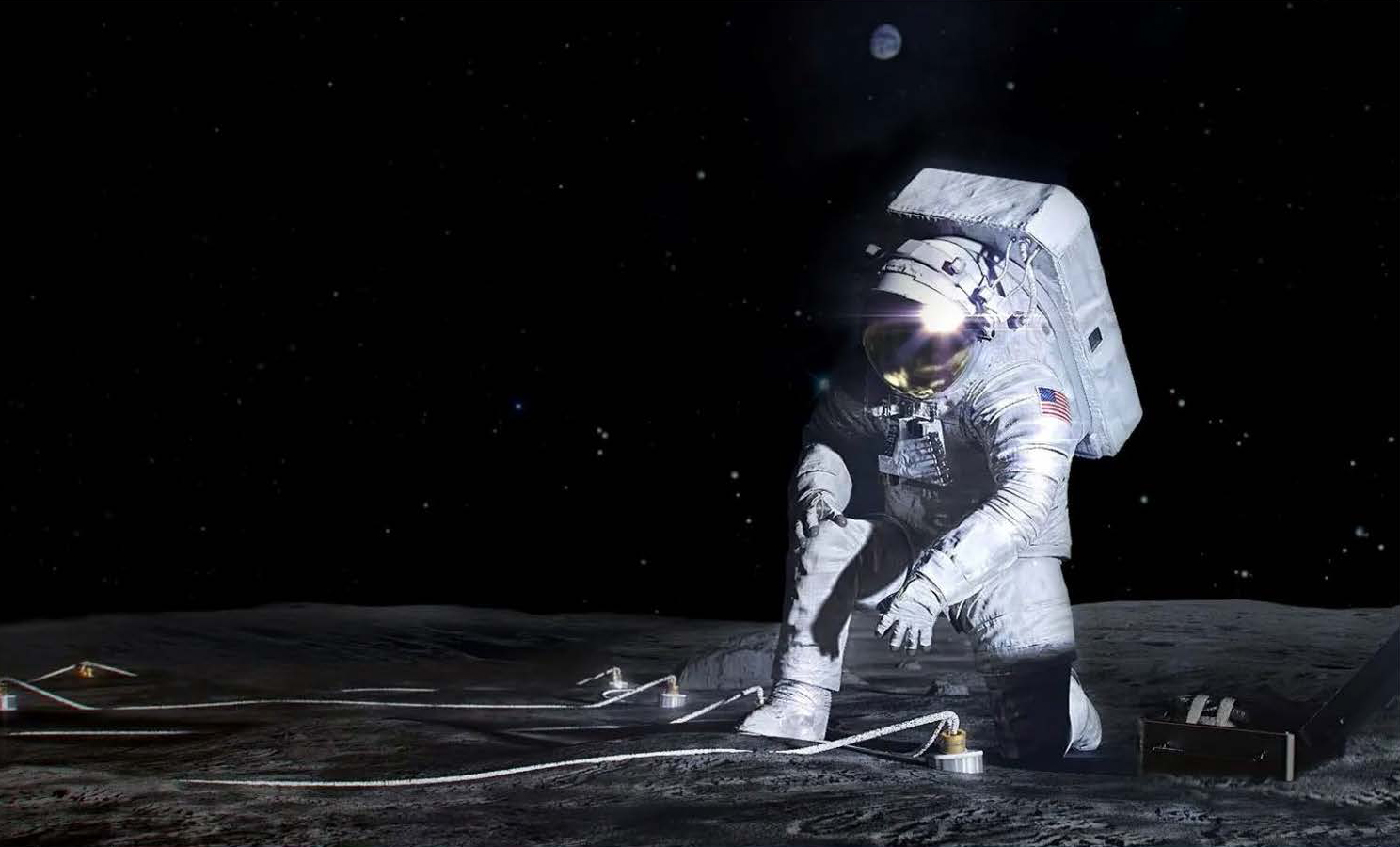
Artemis III will be the first time humans have set foot on the Moon since the Apollo missions 50 years ago. The Lunar Environmental Monitoring Station (LEMS) is a seismometer package that will study moonquakes to determine current rates of activity and study the Moon’s interior from the crust down to the core. LEMS includes both a triaxial short-period seismometer and a triaxial broadband seismometer.
- Humans Will Again Set Foot on the Moon; This Time, They'll Have UArizona Science in Tow - April 12, 2024
Artemis III Faculty

Veronica Bray
Associate Research Professor
Lunar Studies, Planetary Analogs, Planetary Surfaces
Dani Mendoza DellaGiustina
Assistant Professor, Deputy Principal Investigator, OSIRIS-REx, Principal Investigator, OSIRIS-APEX
Earth, Photogrammetry, Planetary Analogs, Planetary Geophysics, Planetary Surfaces, Small Bodies
Angela Marusiak
Assistant Research Professor
Lunar Studies, Planetary Analogs, Planetary Geophysics, Small Bodies, Titan & Outer Solar SystemArtemis III Support Staff
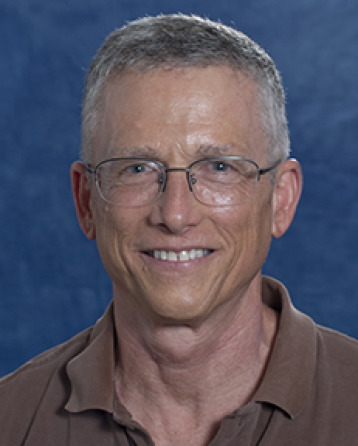
Hop Bailey
Program Manager, UA Space Institute
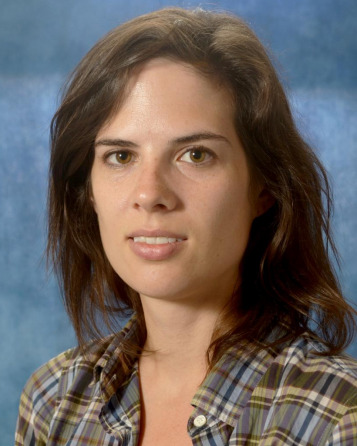
Carina Bennett
Project Manager and Software Engineer, SAMIS
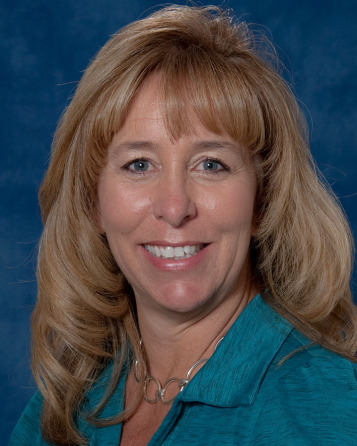
Tisha Saltzman
Manager, Business-Finance, GUSTO, Manager, Business-Finance, NEO Surveyor
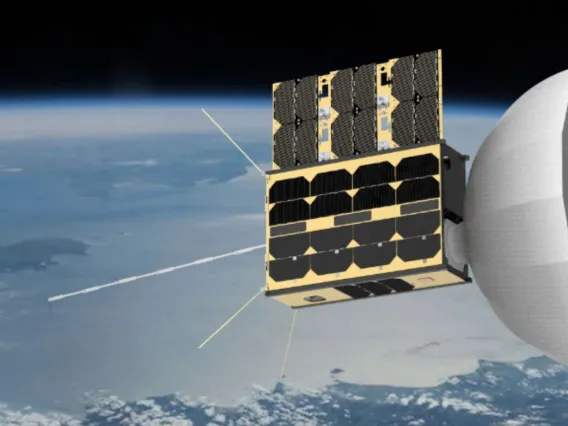
CatSat
CatSat
×
CatSat is a 6U CubeSat built and tested by University of Arizona students, faculty, and staff.
The satellite will launch atop a Firefly Alpha rocket into a nearly sun synchronous orbit around the Earth. Thanks to some trickery on behalf of orbital mechanics, this peculiar orbit ensures that the satellite will remain constantly in daylight, maximizing the capabilities of the mission.
During the mission’s six month expected lifetime, CatSat will detect high frequency signals from HAM radio operators all around the globe with its WSPR antenna, demonstrate an inflatable antenna for high bandwidth transmission, and provide high resolution imaging of the Earth. The data this satellite provides will give insights on the variation of the ionosphere and the technical capabilities of the new systems being tested.
CatSat Researchers
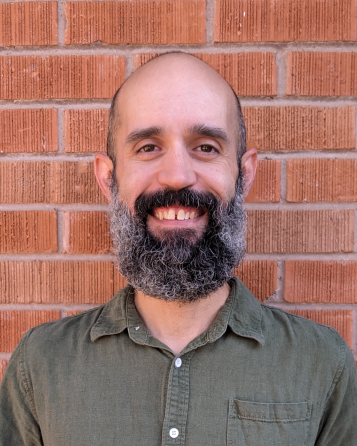
Dathon Golish
Mission Instrument and Observation Scientist
Photogrammetry, Small Bodies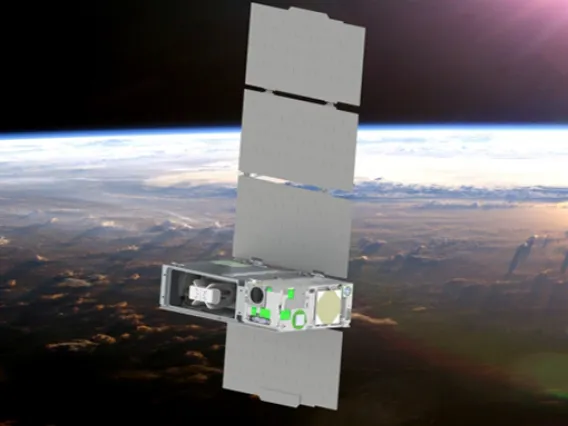
CUTE
Colorado Ultraviolet Transit Experiment (CUTE)
×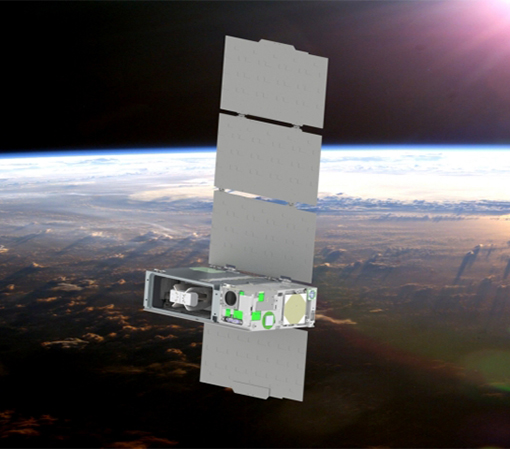
Colorado Ultraviolet Transit Experiment
Dr. Tommi Koskinen is a Co-Investigator on the Colorado Ultraviolet Transit Experiment (CUTE), which is a four-year, NASA-funded project to design, build, integrate, test, and operate a 6-unit CubeSat (30 cm x 20 cm x 10 cm). CUTE will have a 1-year mission lifetime and will launch in 2020 and use near-ultraviolet (NUV) transmission spectroscopy from 255 to 330 nanometers (nm) to characterize the composition and mass-loss rates of exoplanet atmospheres. CUTE measures how the NUV light from the host star is changed as the exoplanet transits in front of the star and passes through the planet’s atmospheres. CUTE’s spectrally resolved lightcurve will provide constraints on the composition and escape rates of these atmospheres.
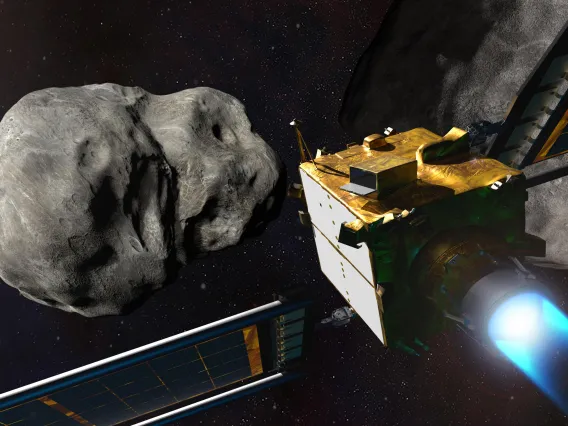
DART
Double Asteroid Redirection Test (DART)
×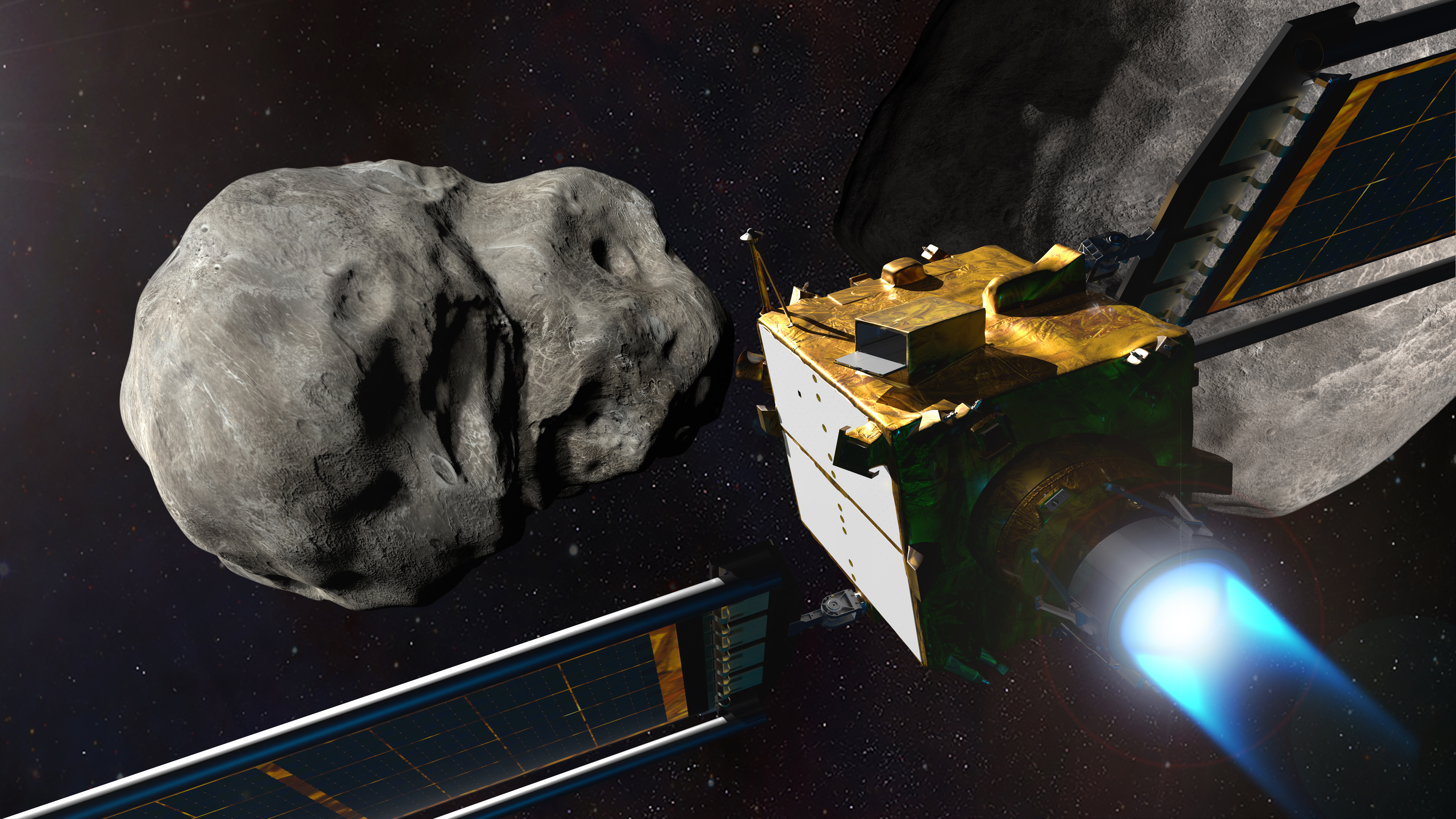
Double Asteroid Redirection Test
The DART mission is NASA's demonstration of kinetic impactor technology, impacting an asteroid to adjust its speed and path. DART will be the first-ever space mission to demonstrate asteroid deflection by kinetic impactor.
DART's target is the binary asteroid system Didymos, which means "twin" in Greek (and explains the word "double" in the mission's name). Didymos is the ideal candidate for humankind's first planetary defense experiment, although it is not on a path to collide with Earth and therefore poses no actual threat to the planet. The system is composed of two asteroids: the larger asteroid Didymos (diameter: 780 meters, 0.48 miles), and the smaller moonlet asteroid, Dimorphos (diameter: 160 meters, 525 feet), which orbits the larger asteroid. Currently, the orbital period of Dimorphos around Didymos is 11 hours and 55 minutes, and the separation between the centers of the two asteroids is 1.18 kilometers (0.73 miles). The DART spacecraft will impact Dimorphos nearly head-on, shortening the time it takes the small asteroid moonlet to orbit Didymos by several minutes.
The Didymos system is an eclipsing binary as viewed from Earth, meaning that Dimorphos passes in front of and behind Didymos as it orbits the larger asteroid as seen from Earth. Consequently, Earth-based telescopes can measure the regular variation in brightness of the combined Didymos system to determine the orbit of Dimorphos. After the impact, this same technique will reveal the change in the orbit of Dimoprhos by comparison to measurements prior to impact. The timing of the DART impact in September 2022 was chosen to be when the distance between Earth and Didymos is minimized, to enable the highest quality telescopic observations. Didymos will still be roughly 11 million kilometers (7 million miles) from Earth at the time of the DART impact, but telescopes across the world will be able to contribute to the global international observing campaign to determine the effect of DART's impact.
- NASA Sets Up Collision With Far-away Asteroid - September 21, 2022
- UArizona Spacewatch Discovered the Larger of the Twin Asteroids Targeted in NASA's Upcoming DART Mission Encounter - September 19, 2022
DART Faculty

Erik Asphaug
Professor
Lunar Studies, Planetary Analogs, Planetary Geophysics, Planetary Surfaces, Small Bodies, Theoretical Astrophysics, Titan & Outer Solar System
Ellen Howell
Research Professor
Small Bodies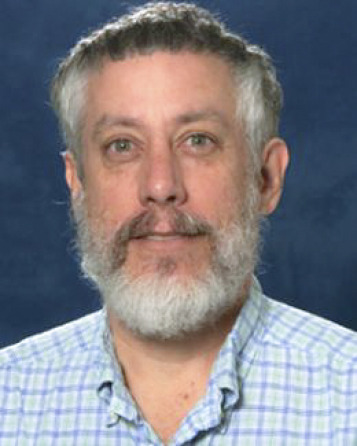
Michael Nolan
Deputy Principal Investigator, OSIRIS-APEX, Research Professor
Small BodiesDART Researchers
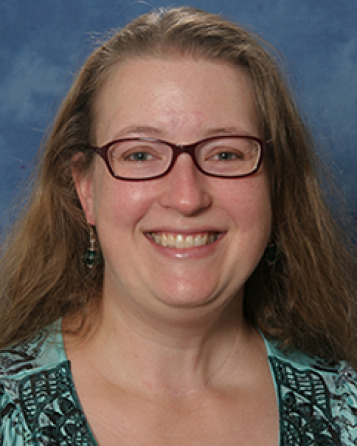
Melissa Brucker
Principal Investigator, Spacewatch, Research Scientist
Asteroid Surveys, Small Bodies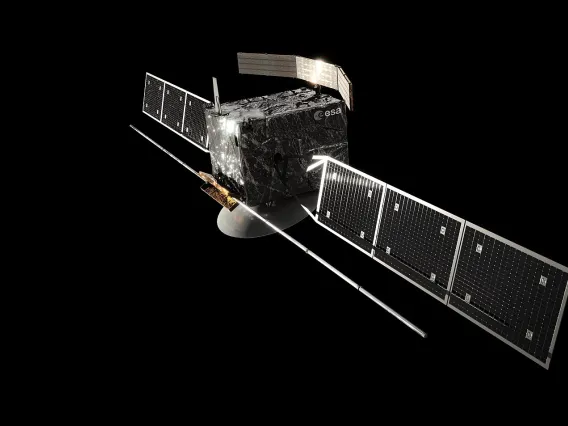
ENVISION
EnVision
×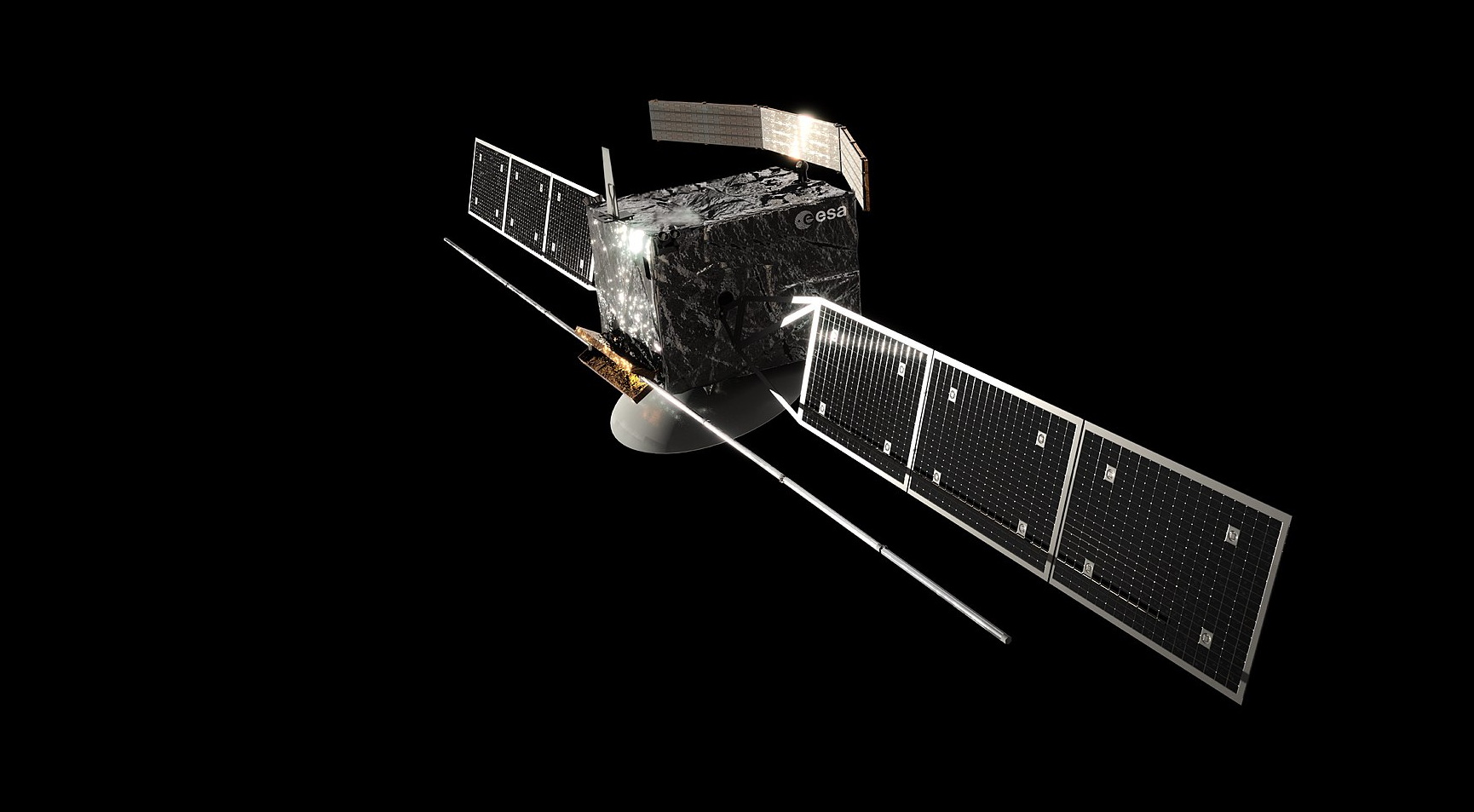
EnVision, a low-altitude polar orbiter, is the M5 mission candidate in the ESA Science Programme. It will carry 5 instruments and 1 experiment (an S-band Synthetic Aperture Radar, a Subsurface Radar, 3 spectrometers and a radio science experiment). EnVision will investigate Venus from its inner core to its atmosphere at an unprecedented scale of resolution, characterising in particular, core and mantle structure, signs of active and past geologic processes and looking for evidence of the past existence of oceans. EnVision will help understanding why the most Earth-like planet in the solar system has turned out so differently, opening a new era in the exploration of our closest neighbour.
ENVISION Faculty

Lynn Carter
Associate Department Head, Professor, University Distinguished Scholar
Earth, Lunar Studies, Planetary Analogs, Planetary Geophysics, Planetary Surfaces, Titan & Outer Solar System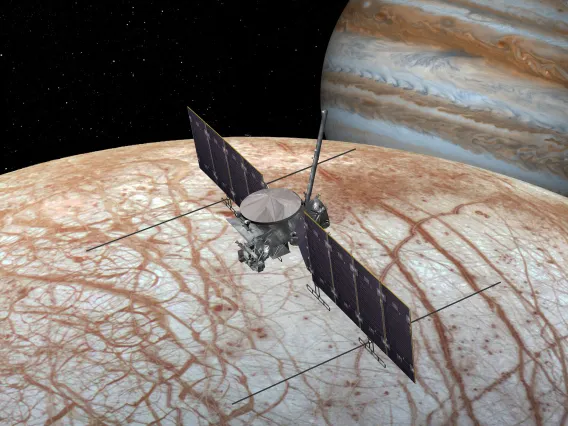
Europa Clipper
Europa Clipper
×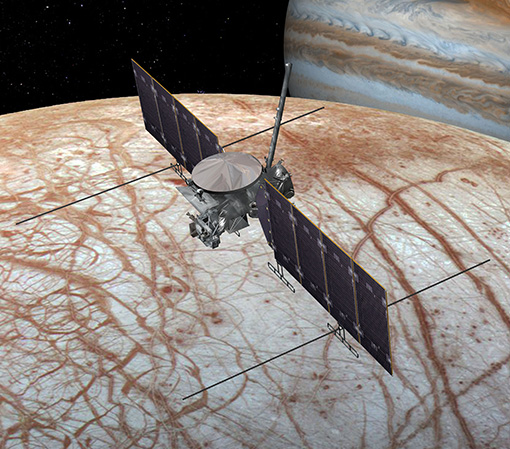
Europa Clipper will perform repeated flybys of Jupiter’s moon and use a suite of instruments to investigate whether habitable environments could exist. Europa is one of the Solar System’s “ocean worlds”, with a subsurface liquid water ocean beneath an icy, deformed crust. Camera and spectrometer instruments will study Europa’s surface features and composition and search for erupting plumes, and a thermal instrument will search for regions that are still warm from recent activity. Magnetometers and plasma instruments will study Jupiter’s magnetic interactions to probe the ocean, and a dual-frequency radar will map the subsurface stratigraphy and search for liquid water. Mass spectrometers will analyze the composition of Europa’s exosphere, perhaps detecting organic materials.
Europa Clipper Faculty

Lynn Carter
Associate Department Head, Professor, University Distinguished Scholar
Earth, Lunar Studies, Planetary Analogs, Planetary Geophysics, Planetary Surfaces, Titan & Outer Solar System
Alfred McEwen
Regents Professor
Astrobiology, Lunar Studies, Photogrammetry, Planetary Analogs, Planetary Geophysics, Planetary SurfacesEuropa Clipper Researchers

Sarah Sutton
Photogrammetry Program Lead, HiRISE, Researcher/Scientist
Earth, Lunar Studies, Photogrammetry, Planetary Analogs, Planetary Surfaces, Small BodiesEuropa Clipper Support Staff
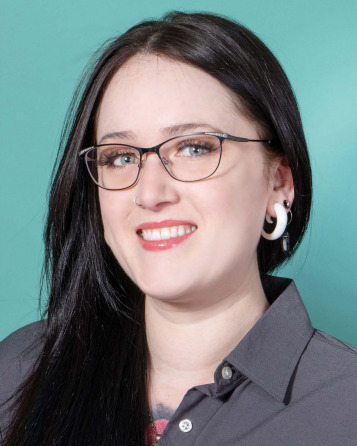
Kris Akers
Research Engineering Technician
Photogrammetry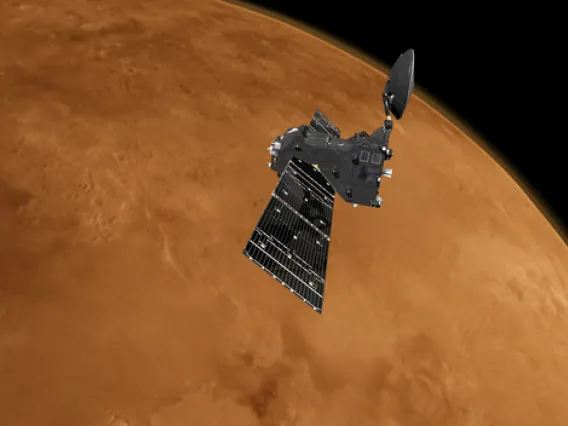
ExoMars Trace Gas Orbiter
ExoMars Trace Gas Orbiter
×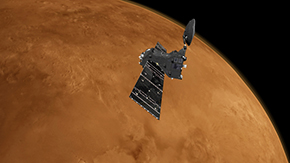
The 2016 ExoMars Trace Gas Orbiter (TGO) is the first in a series of Mars missions to be undertaken jointly by the two space agencies, ESA and Roscosmos. A key goal of this mission is to gain a better understanding of methane and other atmospheric gases that are present in small concentrations (less than 1% of the atmosphere) but nevertheless could be evidence for possible biological or geological activity.
The Colour and Stereo Surface Imaging System (CaSSIS) is part of the instrument payload on the TGO. CaSSIS will characterise sites that have been identified as potential sources of trace gases and investigate dynamic surface processes – for example, sublimation, erosional processes and volcanism – which may contribute to the atmospheric gas inventory. The instrument will also be used to certify potential landing sites by characterising local slopes, rocks and other possible hazards.
ExoMars Trace Gas Orbiter Faculty

Shane Byrne
Professor
Astrobiology, Photogrammetry, Planetary Analogs, Planetary Geophysics, Planetary Surfaces, Titan & Outer Solar System
Alfred McEwen
Regents Professor
Astrobiology, Lunar Studies, Photogrammetry, Planetary Analogs, Planetary Geophysics, Planetary SurfacesExoMars Trace Gas Orbiter Researchers

Sarah Sutton
Photogrammetry Program Lead, HiRISE, Researcher/Scientist
Earth, Lunar Studies, Photogrammetry, Planetary Analogs, Planetary Surfaces, Small BodiesExoMars Trace Gas Orbiter Support Staff
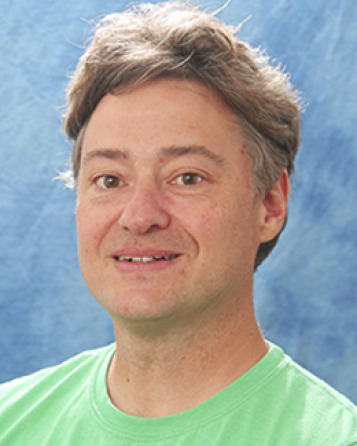
Guy McArthur
Data Applications Developer, HiRISE
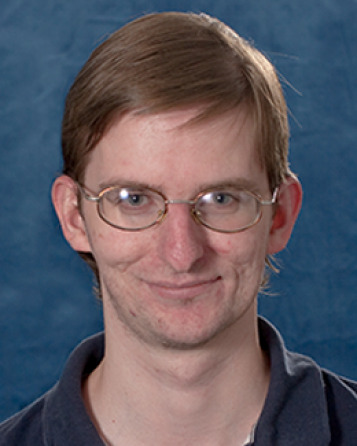
Jason Perry
Staff Technician, HiRISE
Photogrammetry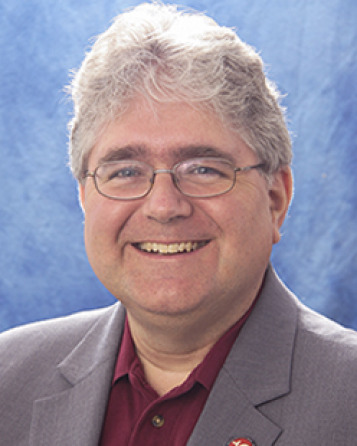
Christian Schaller
Spacecraft Operations Software Engineer, HiRISE
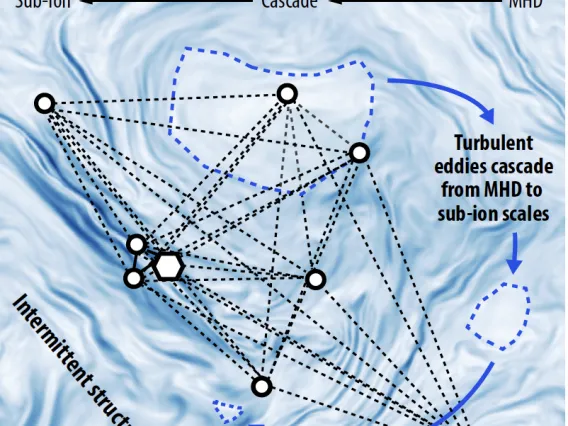
HelioSwarm
HelioSwarm
×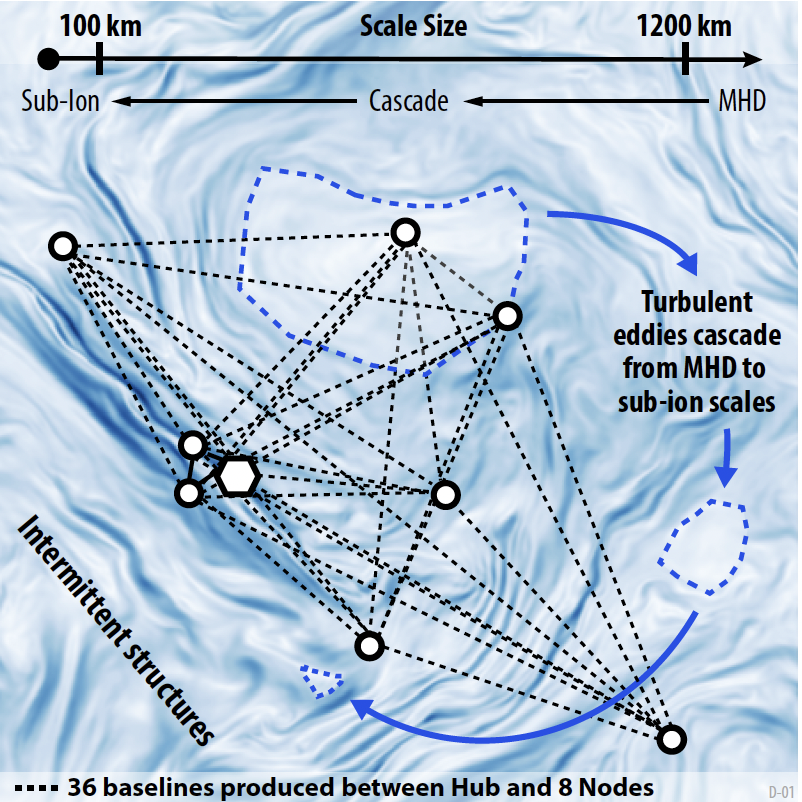
HelioSwarm, a NASA MidEx mission comprised of nine spacecraft selected for launch in 2028, has been designed to reveal the three-dimensional, dynamic mechanisms controlling the physics of turbulence, a universal process driving the transport of mass, momentum, and energy in plasmas throughout our solar system and the Universe. The HelioSwarm Observatory measures the plasma and magnetic fields with a novel configuration of spacecraft in the solar wind, magnetosheath, and magnetosphere. These simultaneous multi-point, multi-scale measurements span MHD, transition, and ion-scales, allowing us to address two overarching science goals: 1) Reveal the 3D spatial structure and dynamics of turbulence in a weakly collisional plasma and 2) Ascertain the mutual impact of turbulence near boundaries and large-scale structures. Addressing these goals is achieved using a first-ever "swarm" of nine spacecraft, consisting of a "hub" spacecraft and eight "node" spacecraft. The nine spacecraft co-orbit in a lunar resonant Earth orbit, with a 2-week period and an apogee/perigee of ~60/11 Earth radii. Flight dynamics design and on-board propulsion produce ideal inter-spacecraft separations ranging from fluid scales (1000's of km) to sub-ion kinetic scales (10's of km) in the necessary geometries to enable the application of a variety of established analysis techniques that distinguish between proposed models of turbulence. Each node possesses an identical instrument suite that consists of a Faraday cup, a fluxgate magnetometer, and a search coil magnetometer. The hub has the same instrument suite as the nodes, plus an ion electrostatic analyzer. With these measurements, the HelioSwarm Observatory promises an unprecedented view into the nature of space plasma turbulence.
HelioSwarm Faculty

Kristopher Klein
Associate Professor
Solar and Heliospheric Research, Theoretical Astrophysics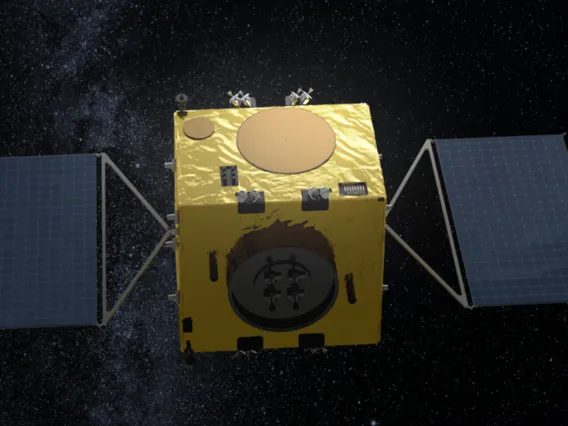
Hera
Hera
×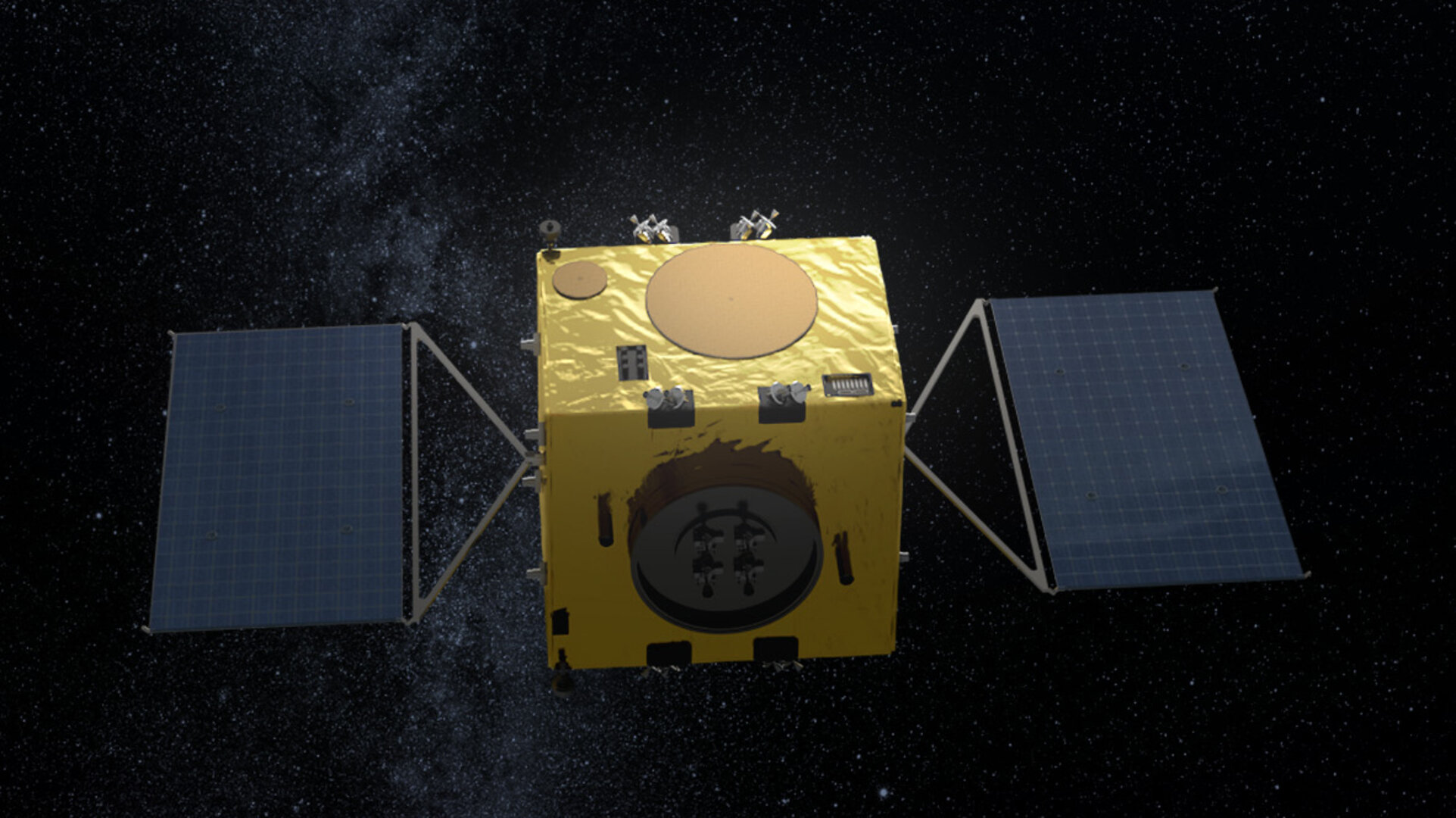
Hera is the European contribution to an international double-spacecraft collaboration. NASA will first perform a kinetic impact on the smaller of the two bodies, then Hera will follow-up with a detailed post-impact survey that will turn this grand-scale experiment into a well-understood and repeatable planetary defence technique.
While doing so, Hera will also demonstrate multiple novel technologies, such as autonomous navigation around the asteroid - like modern driverless cars on Earth, and gather crucial scientific data, to help scientists and future mission planners better understand asteroid compositions and structures.
Due to launch in 2024, Hera would travel to a binary asteroid system - the Didymos pair of near-Earth asteroids. The 780 m-diameter mountain-sized main body is orbited by a 160 m moon, formally christened 'Dimorphos' in June 2020, about the same size as the Great Pyramid of Giza.
Hera will be humanity's first-ever spacecraft to visit a double asteroid, the Didymos binary system. First, NASA will crash its DART spacecraft into the smaller asteroid - known as Didymoon - before ESA's Hera comes in to map the resulting impact crater and measure the asteroid's mass. Hera will carry two CubeSats on board, which will be able to fly much closer to the asteroid's surface, carrying out crucial scientific studies, before touching down. Hera's up-close observations will turn asteroid deflection into a well-understood planetary defence technique.
Hera Faculty

Erik Asphaug
Professor
Lunar Studies, Planetary Analogs, Planetary Geophysics, Planetary Surfaces, Small Bodies, Theoretical Astrophysics, Titan & Outer Solar System
Dante Lauretta
Director, Arizona Astrobiology Center, Principal Investigator, OSIRIS-REx, Regents Professor
Astrobiology, Cosmochemistry, Small Bodies
Michael Nolan
Deputy Principal Investigator, OSIRIS-APEX, Research Professor
Small Bodies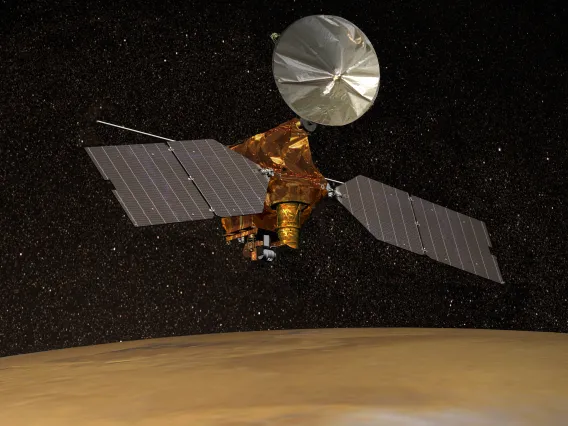
HiRISE (MRO)
HiRISE, High Resolution Science Experiment (MRO)
×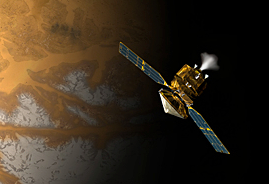
High Resolution Imaging Science Experiment
HiRISE, the high-resolution imaging science experiment onboard the Mars Reconnaissance Orbiter, is the most powerful camera ever sent to another planet. The resolution of the camera allows us to see the Red Planet in amazing detail, and lets other missions, like the Mars Science Laboratory, find a safe place to land and carry out amazing science. The operations center, which includes not only observation planning, but the execution of commands sent to the spacecraft along with actual image processing, is located within LPL at the University of Arizona.
HiRISE (MRO) Faculty

Veronica Bray
Associate Research Professor
Lunar Studies, Planetary Analogs, Planetary Surfaces
Shane Byrne
Professor
Astrobiology, Photogrammetry, Planetary Analogs, Planetary Geophysics, Planetary Surfaces, Titan & Outer Solar System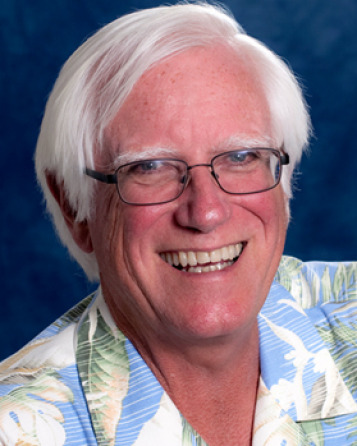
Peter Smith
Professor Emeritus
AstrobiologyHiRISE (MRO) Researchers
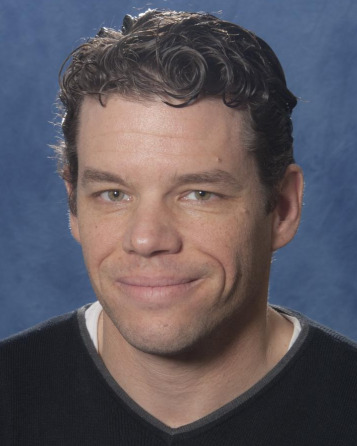
Matthew Chojnacki
DCC Associate Research (McEwen)
Photogrammetry, Planetary Surfaces, Small Bodies
Sarah Sutton
Photogrammetry Program Lead, HiRISE, Researcher/Scientist
Earth, Lunar Studies, Photogrammetry, Planetary Analogs, Planetary Surfaces, Small BodiesHiRISE (MRO) Support Staff

Kris Akers
Research Engineering Technician
Photogrammetry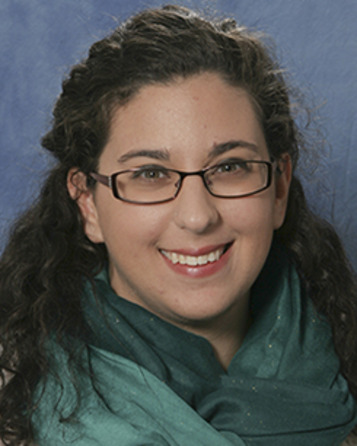
Nicole Bardabelias
Science Operations Engineer, HiRISE
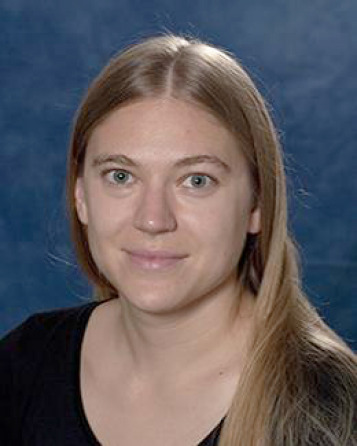
Nicole Baugh
Uplink Operations Lead, HiRISE

Kristin Block
Principal Science Operations Engineer, HiRISE

David Edmeades
Systems Administrator, PIRL/HiRISE
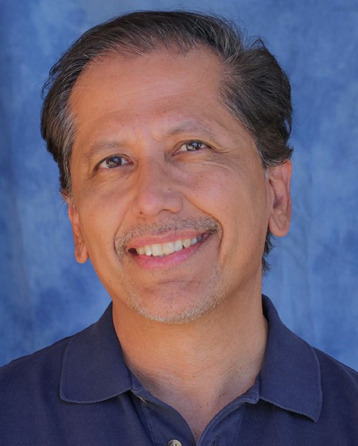
Ari Espinoza
Outreach Coordinator, HiRISE
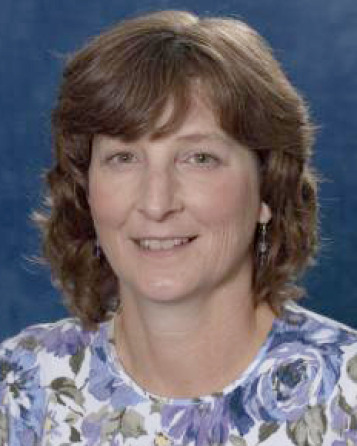
Audrie Fennema
Engineer, Satellite Payload Operations, HiRISE
Photogrammetry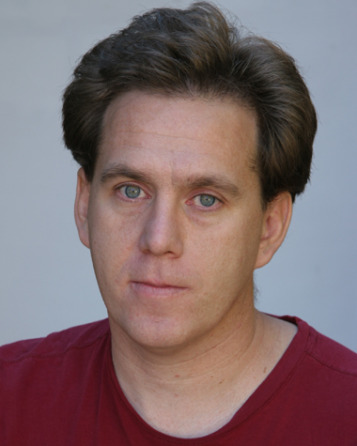
Kenny Fine
Senior Systems Administrator, PIRL/HiRISE
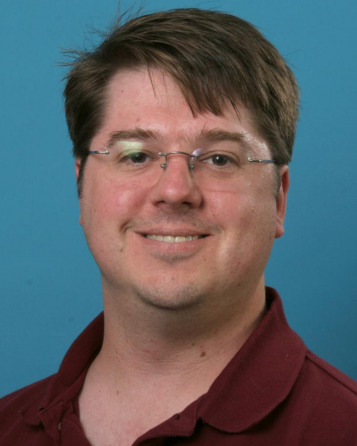
Rod Heyd
Project Manager, HiRISE
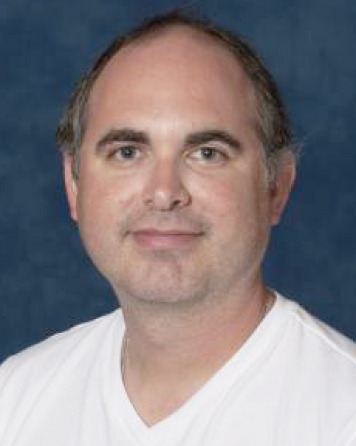
Richard Leis
Staff Technician, Senior, HiRISE

Guy McArthur
Data Applications Developer, HiRISE
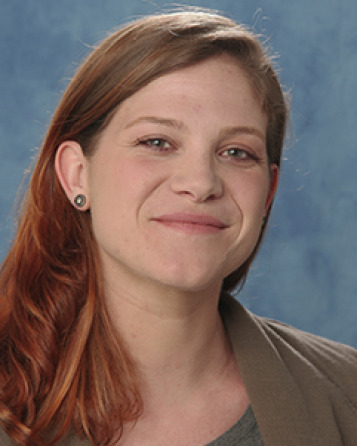
Singleton Papendick
Science Operations Engineer, HiRISE
Earth, Planetary Surfaces
Jason Perry
Staff Technician, HiRISE
Photogrammetry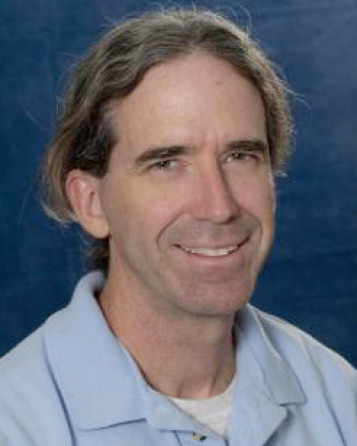
Joe Plassmann
Computing Systems Manager, PIRL/HiRISE
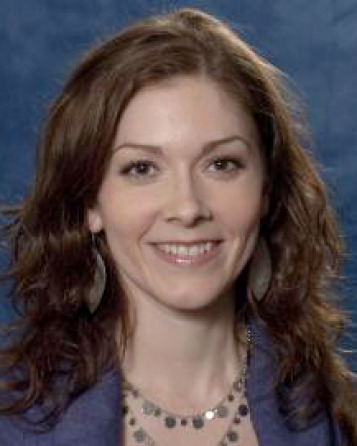
Anjani Polit
Deputy Principal Investigator, OSIRIS-APEX
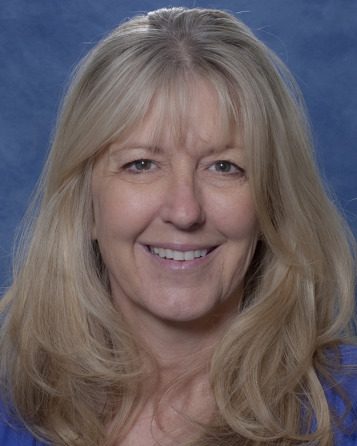
Sue Robison
Business Manager, Senior, HiRISE

Christian Schaller
Spacecraft Operations Software Engineer, HiRISE
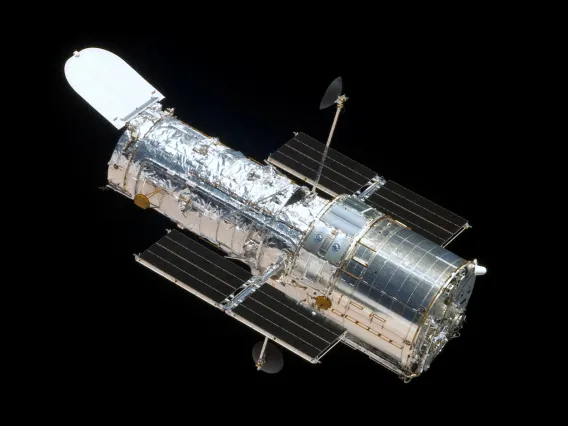
Hubble
Hubble Space Telescope
×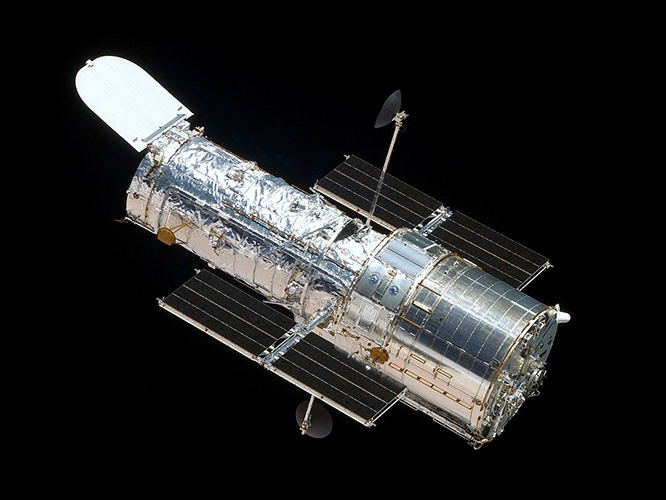
Studying the cosmos for over a quarter century, the Hubble Space Telescope has made more than a million observations and changed our fundamental understanding of the universe. Still at the peak of its investigative capabilities and in high demand from astronomers worldwide, Hubble remains one of the most productive scientific instruments ever built. As Hubble continues seeking answers to our deepest cosmic questions, explore the resources below to learn about some of the mission’s discoveries so far.
Hubble Faculty
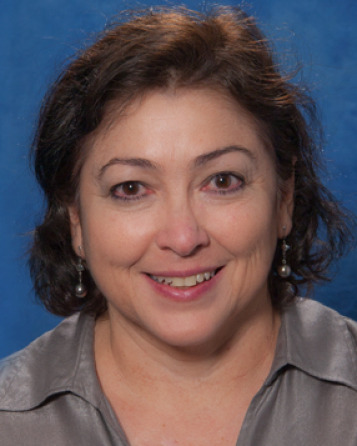
Gilda Ballester
Research Professor (Retired)
Exoplanets, Planetary Astronomy, Planetary Atmospheres
Ilaria Pascucci
Professor
Astrobiology, Exoplanets, Planetary Astronomy, Planetary Formation and Evolution
Peter Smith
Professor Emeritus
Astrobiology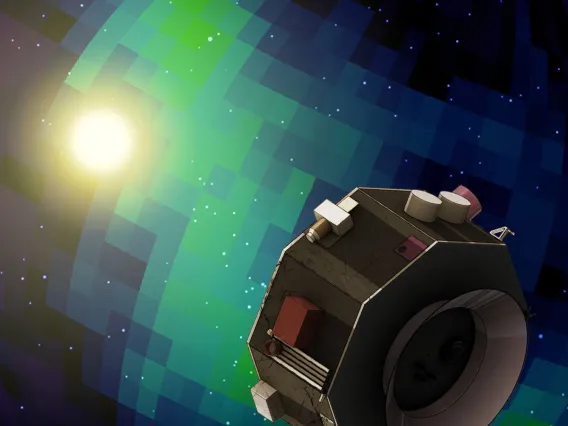
IMAP
Interstellar Mapping and Acceleration Probe (IMAP)
×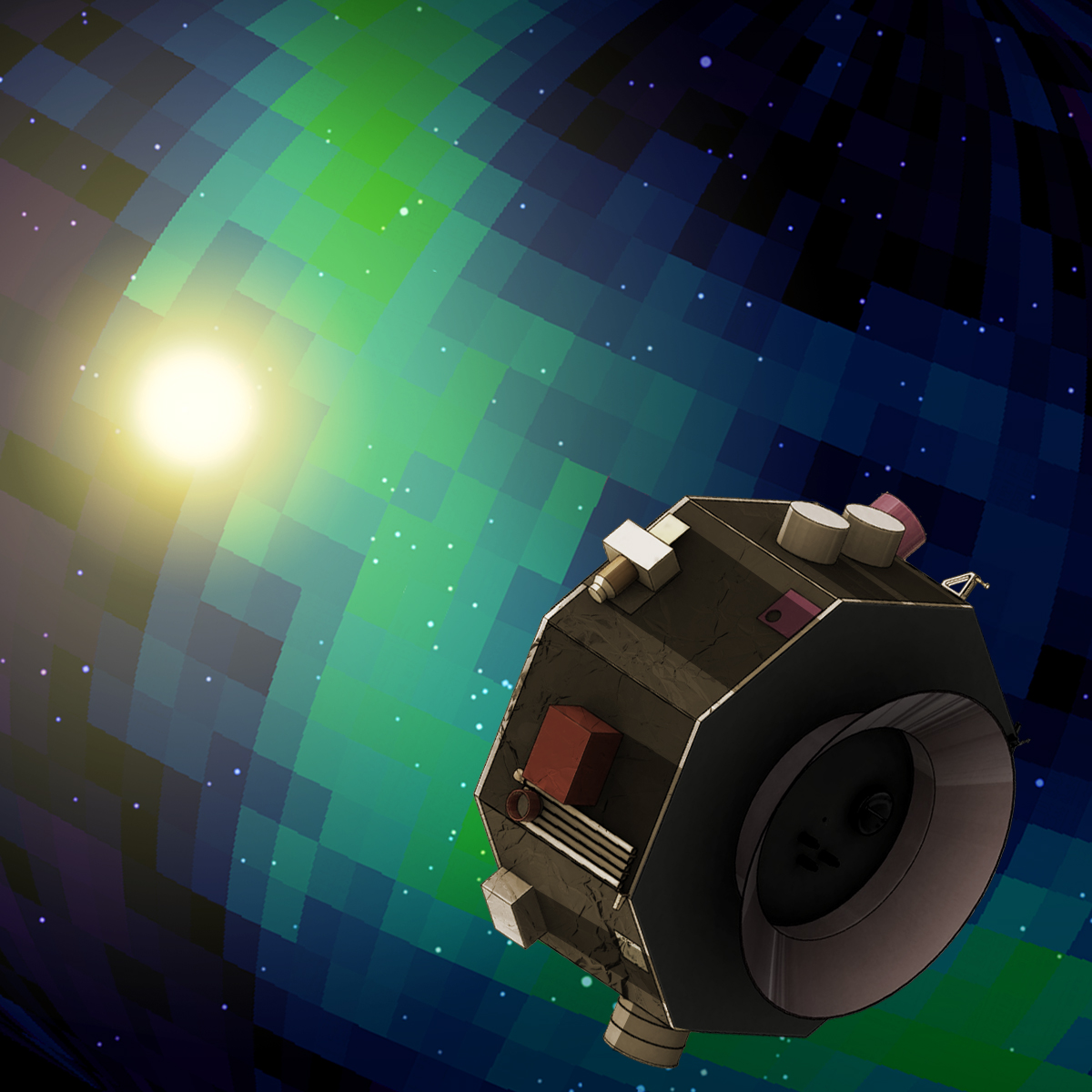
Interstellar Mapping and Acceleration Probe
The IMAP mission will help researchers better understand the boundary of the heliosphere, a sort of magnetic bubble surrounding and protecting our solar system. This region is where the constant flow of particles from our Sun, called the solar wind, collides with material from the rest of the galaxy. This collision limits the amount of harmful cosmic radiation entering the heliosphere. IMAP will collect and analyze particles that make it through.
Another objective of the mission is to learn more about the generation of cosmic rays in the heliosphere. Cosmic rays created locally and from the galaxy and beyond affect human explorers in space and can harm technological systems and likely play a role in the presence of life itself in the universe.
The spacecraft will be positioned about one million miles (1.5 million kilometers) away from Earth towards the Sun at what is called the first Lagrange point or L1. This will allow the probe to maximize use of its instruments to monitor the interactions between solar wind and the interstellar medium in the outer solar system.
IMAP Faculty

Joe Giacalone
Professor
Solar and Heliospheric Research, Theoretical Astrophysics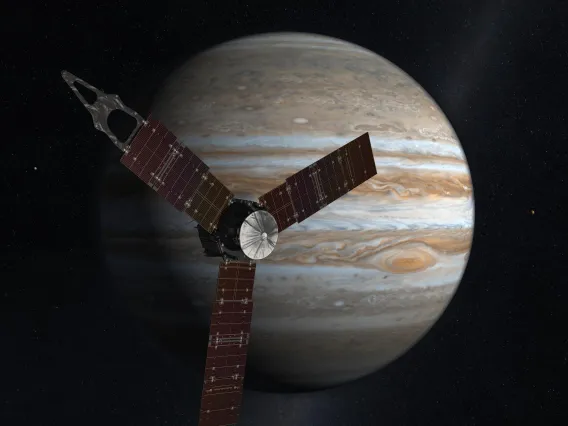
Juno
Juno: Unlocking Jupiter's Mysteries
×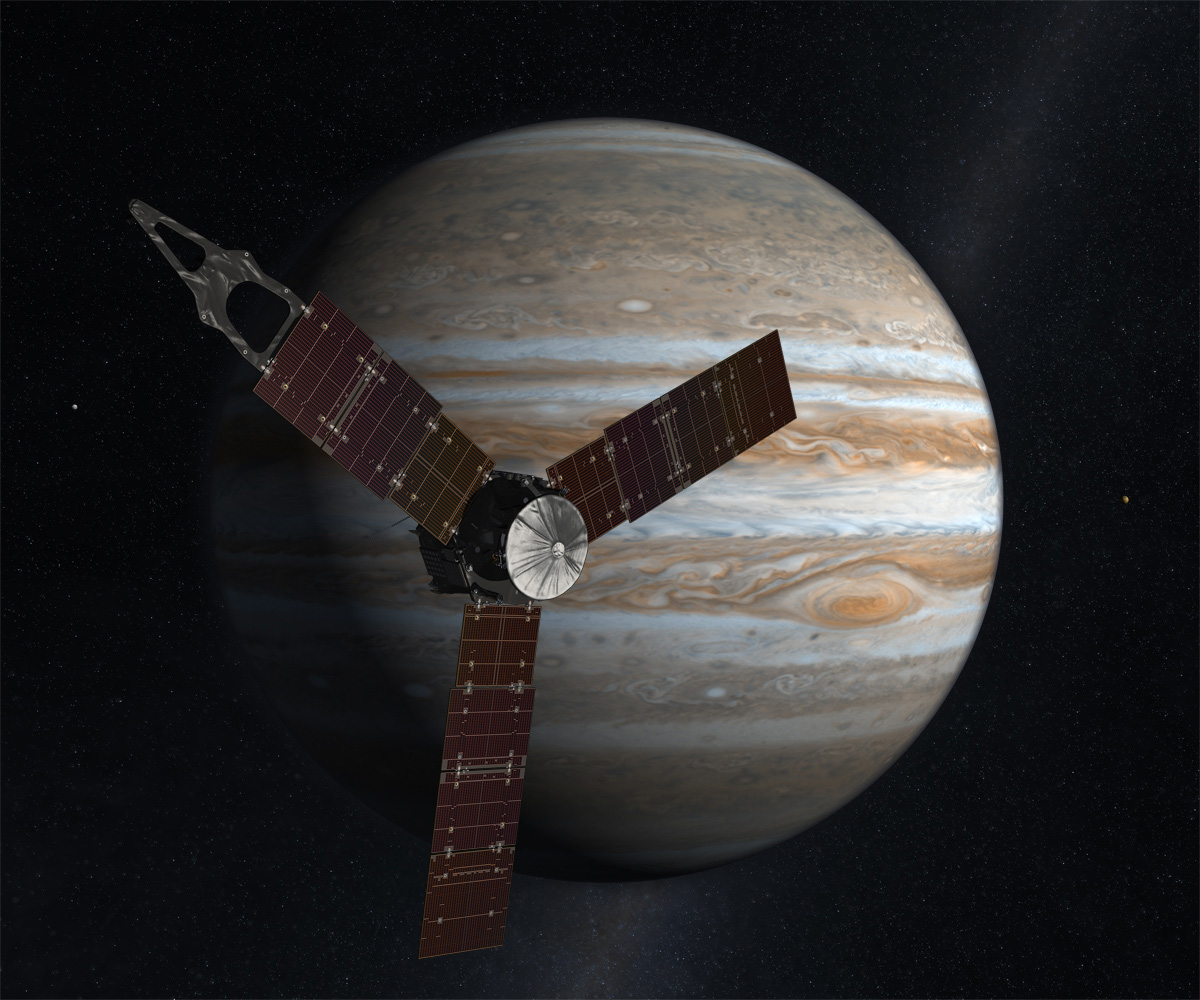
Juno will improve our understanding of the solar system's beginnings by revealing the origin and evolution of Jupiter. Specifically, Juno will:
- determine how much water is in Jupiter's atmosphere, which helps to determine which planet formation theory is correct (or if new theories are needed)
- look deep into Jupiter's atmosphere to measure composition, temperature, cloud motions and other properties
- map Jupiter's magnetic and gravity fields, revealing the planet's deep structure
- explore and study Jupiter's magnetosphere near the planet's poles, especially the auroras—Jupiter's northern and southern lights—providing new insights about how the planet's enormous magnetic force field affects its atmosphere.
Juno Faculty
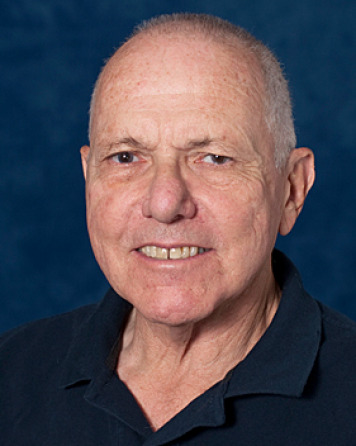
William Hubbard
Professor Emeritus
Exoplanets, Planetary Atmospheres, Planetary Formation and Evolution, Theoretical Astrophysics, Titan & Outer Solar System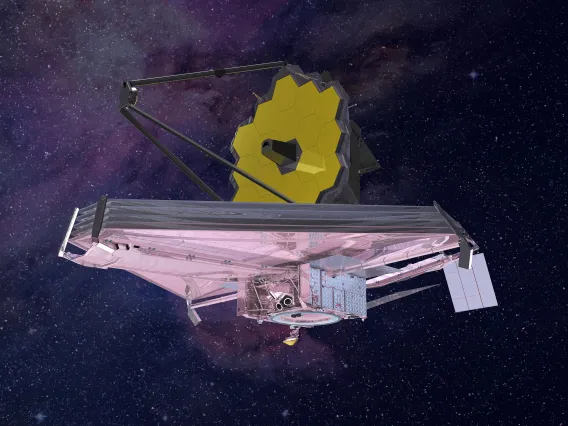
JWST
James Webb Space Telescope (JWST)
×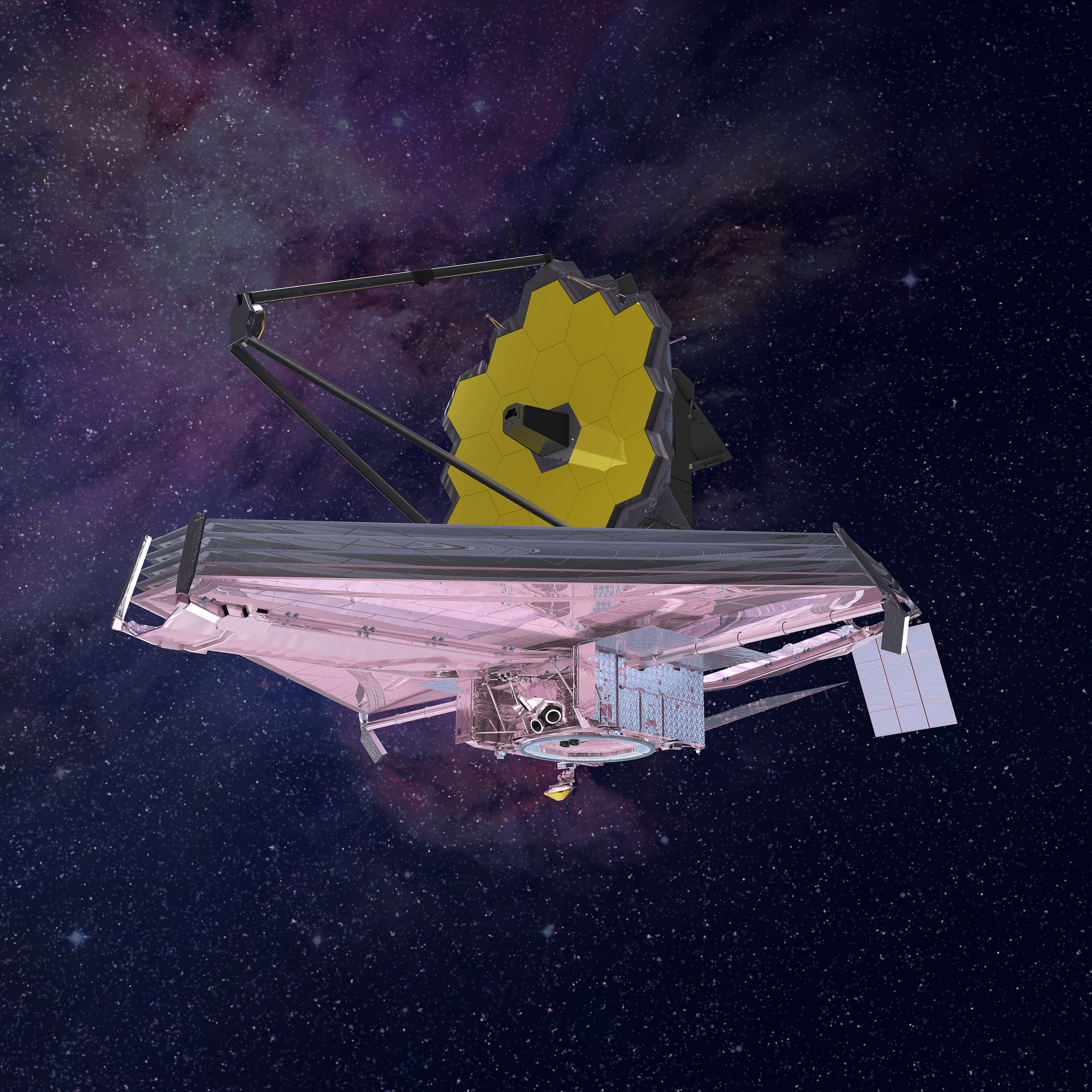
James Webb Space Telescope
The JWST or Webb is a large infrared telescope with an approximately 6.5 meter primary mirror. It is a space-based observatory, optimized for infrared wavelengths, which will complement and extend the discoveries of the Hubble Space Telescope with its longer wavelength coverage and greatly improved sensitivity. The longer wavelengths enable Webb to look further back in time to find the first galaxies that formed in the early Universe, and to peer inside dust clouds where stars and planetary systems are forming today.
Webb will be the premier observatory of the next decade. It will study every phase in the history of our Universe, ranging from the first luminous glows after the Big Bang, to the formation of solar systems capable of supporting life on planets like Earth, to the evolution of our own Solar System.
JWST Faculty

Dániel Apai
Interim Associate Dean for Research, College of Science, Principal Investigator, Alien Earths, Professor
Astrobiology, Exoplanets, Planetary Atmospheres, Planetary Formation and Evolution
Renu Malhotra
Louise Foucar Marshall Science Research Professor, Regents Professor
Astrobiology, Exoplanets, Orbital Dynamics, Planetary Formation and Evolution, Small Bodies, Theoretical Astrophysics
Mark S. Marley
Director, Department Head, Professor
Exoplanets
Ilaria Pascucci
Professor
Astrobiology, Exoplanets, Planetary Astronomy, Planetary Formation and Evolution
George Rieke
Regents Professor
Planetary Astronomy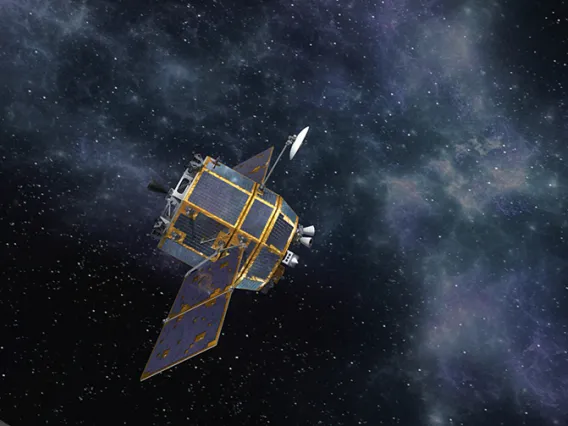
KPLO
Korea Pathfinder Lunar Orbiter (KPLO)
×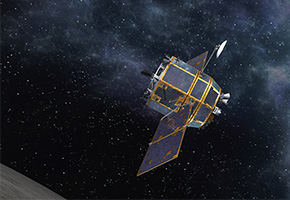
Korea Pathfinder Lunar Orbiter
The Korea Pathfinder Lunar Orbiter (KPLO) is South Korea's first lunar mission. It is developed and managed by the Korea Aerospace Reasearch Institute (KARI) and is scheduled to launch in 2019 to orbit the Moon for 1 year carrying an array of South Korean experiments and one U.S. built instrument. The objectives are to develop indigenous lunar exploration technologies, demonstrate a "space internet", and conduct scientific investigations of the lunar environment, topography, and resources, as well as identify potential landing sites for future missions.
ShadowCam is a focused investigation of the Moon’s permanently shadowed regions (PSRs) that will provide critical information about the distribution and accessibility of volatiles in PSRs at spatial scales required to both mitigate risks and maximize the results of future exploration activities. ShadowCam is a high-heritage instrument based on the successful Lunar Reconnaissance Orbiter Camera (LROC) Narrow Angle Camera (NAC) and will be over 800× more sensitive than the current NAC. ShadowCam will address three of the four strategic knowledge gaps (SKGs) through high-resolution, high signal-to-noise ratio imaging of PSRs illuminated only by reflected light, without duplicating measurements from KARI instruments (ShadowCam will saturate while imaging illuminated ground, with no harmful consequences to the shadowed portion of the image).
KPLO Faculty

Lynn Carter
Associate Department Head, Professor, University Distinguished Scholar
Earth, Lunar Studies, Planetary Analogs, Planetary Geophysics, Planetary Surfaces, Titan & Outer Solar System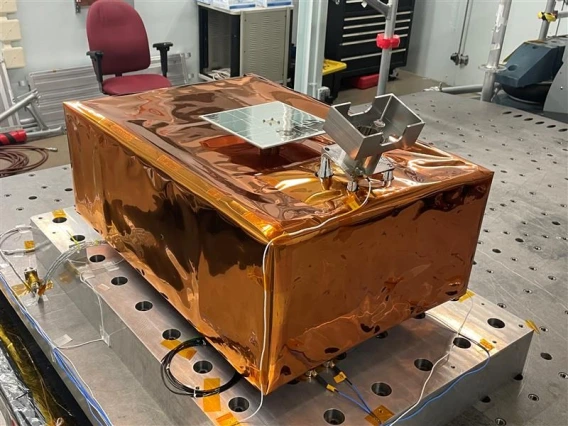
LEMS (Artemis III)
Lunar Environmental Monitoring Station (LEMS) (Artemis III)
×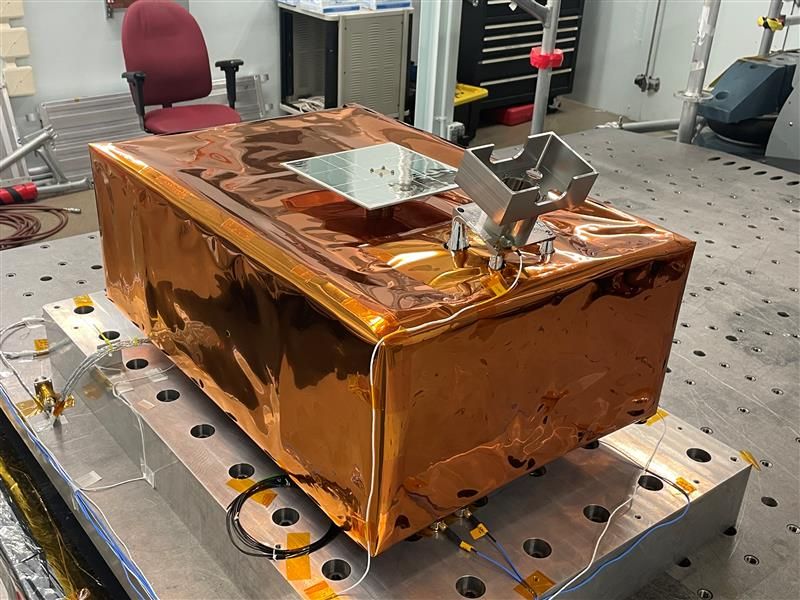
Lunar Environmental Monitoring Station (LEMS) (Artemis III)
The Lunar Environment Monitoring Station (LEMS) is a compact, autonomous seismometer suite designed to carry out continuous, long-term monitoring of the seismic environment, namely ground motion from moonquakes to meteorite impacts in the lunar south polar region. The instrument will characterize the regional structure of the Moon’s crust and mantle, which will add valuable information to lunar formation and evolution models.
LEMS (Artemis III) Faculty

Veronica Bray
Associate Research Professor
Lunar Studies, Planetary Analogs, Planetary Surfaces
Dani Mendoza DellaGiustina
Assistant Professor, Deputy Principal Investigator, OSIRIS-REx, Principal Investigator, OSIRIS-APEX
Earth, Photogrammetry, Planetary Analogs, Planetary Geophysics, Planetary Surfaces, Small Bodies
Angela Marusiak
Assistant Research Professor
Lunar Studies, Planetary Analogs, Planetary Geophysics, Small Bodies, Titan & Outer Solar SystemLEMS (Artemis III) Researchers

Dathon Golish
Mission Instrument and Observation Scientist
Photogrammetry, Small BodiesLEMS (Artemis III) Support Staff

Carina Bennett
Project Manager and Software Engineer, SAMIS
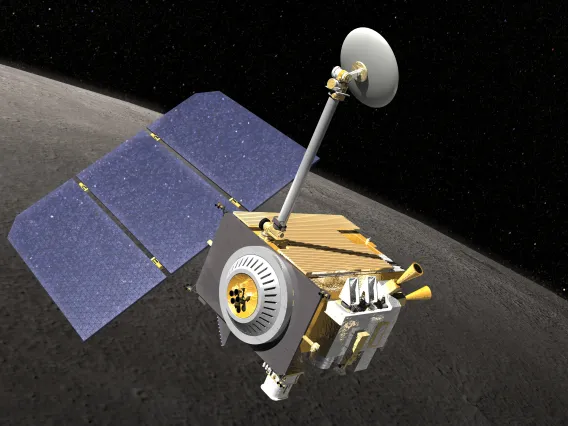
LRO
Lunar Reconnaissance Orbiter (LRO)
×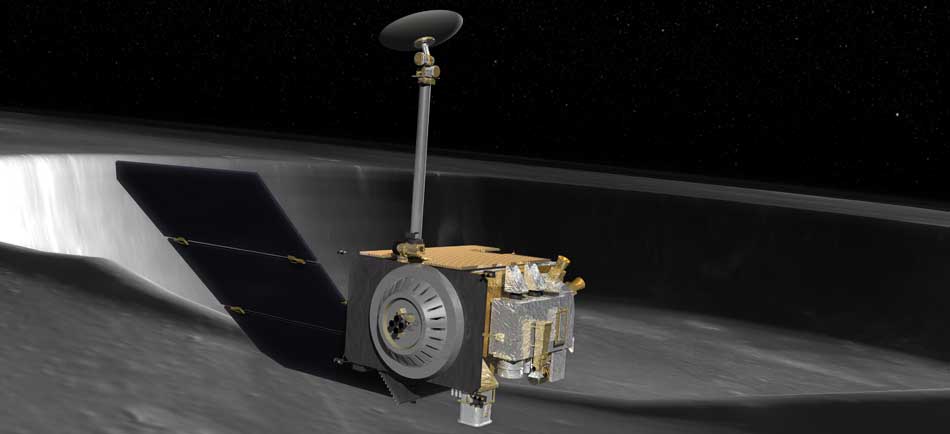
Lunar Reconnaissance Orbiter
The LRO instruments return global data, such as day-night temperature maps, a global geodetic grid, high resolution color imaging and the moon's UV albedo. However there is particular emphasis on the polar regions of the moon where continuous access to solar illumination may be possible and the prospect of water in the permanently shadowed regions at the poles may exist. Although the objectives of LRO are explorative in nature, the payload includes instruments with considerable heritage from previous planetary science missions, enabling transition, after one year, to a science phase under NASA's Science Mission Directorate.
LRO Faculty
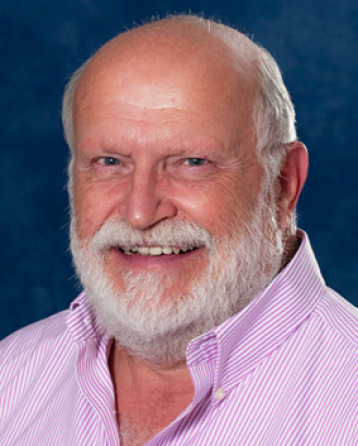
William Boynton
Professor Emeritus
Astrobiology, Cosmochemistry, Lunar Studies, Small Bodies
Veronica Bray
Associate Research Professor
Lunar Studies, Planetary Analogs, Planetary Surfaces
Lynn Carter
Associate Department Head, Professor, University Distinguished Scholar
Earth, Lunar Studies, Planetary Analogs, Planetary Geophysics, Planetary Surfaces, Titan & Outer Solar System
Alfred McEwen
Regents Professor
Astrobiology, Lunar Studies, Photogrammetry, Planetary Analogs, Planetary Geophysics, Planetary Surfaces
Michael Nolan
Deputy Principal Investigator, OSIRIS-APEX, Research Professor
Small BodiesLRO Researchers

Sarah Sutton
Photogrammetry Program Lead, HiRISE, Researcher/Scientist
Earth, Lunar Studies, Photogrammetry, Planetary Analogs, Planetary Surfaces, Small BodiesLRO Support Staff

Kris Akers
Research Engineering Technician
Photogrammetry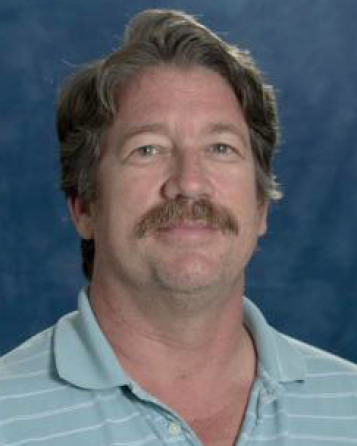
Michael Fitzgibbon
Software Engineer, Lead Calibration & Validation, OSIRIS-REx
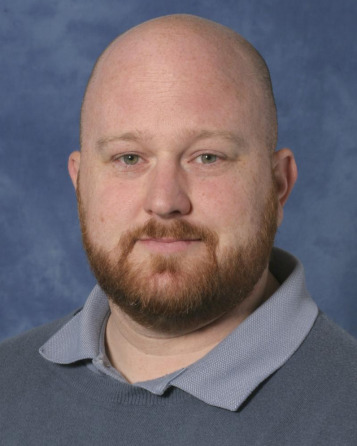
Andrew Gardner
Systems Programmer, Principal
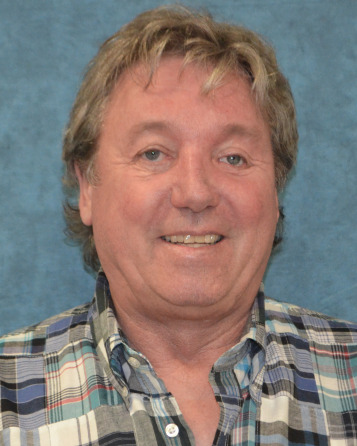
Karl Harshman
Manager, OSIRIS-REx/SPOC
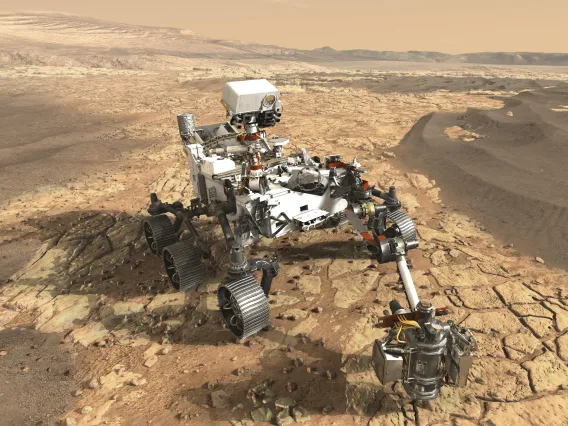
Mars 2020
Mars 2020
×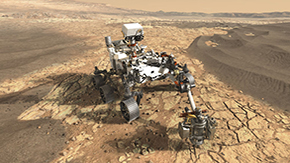
The Mars 2020 rover will characterize a region of Mars that could have once been favorable for life. It will investigate the geological history of the site, assess the possibility of past life, and search for biosignatures. The rover is equipped with a drill and will also collect a sample suite that will be cached along the traverse for a possible return to Earth by a future mission. It will have two instruments on an arm that will study the chemistry and mineralogy of rocks, two instruments on a mast for high resolution imaging and spectroscopy, an atmospheric science package, and a radar to map subsurface stratigraphy.
Mars 2020 Faculty

Lynn Carter
Associate Department Head, Professor, University Distinguished Scholar
Earth, Lunar Studies, Planetary Analogs, Planetary Geophysics, Planetary Surfaces, Titan & Outer Solar System
Peter Smith
Professor Emeritus
Astrobiology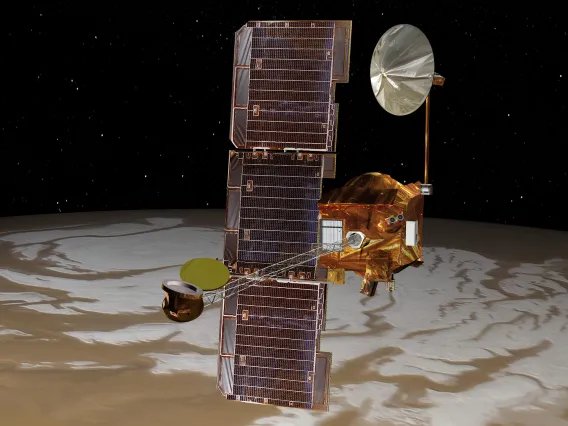
Mars Odyssey
Mars Odyssey
×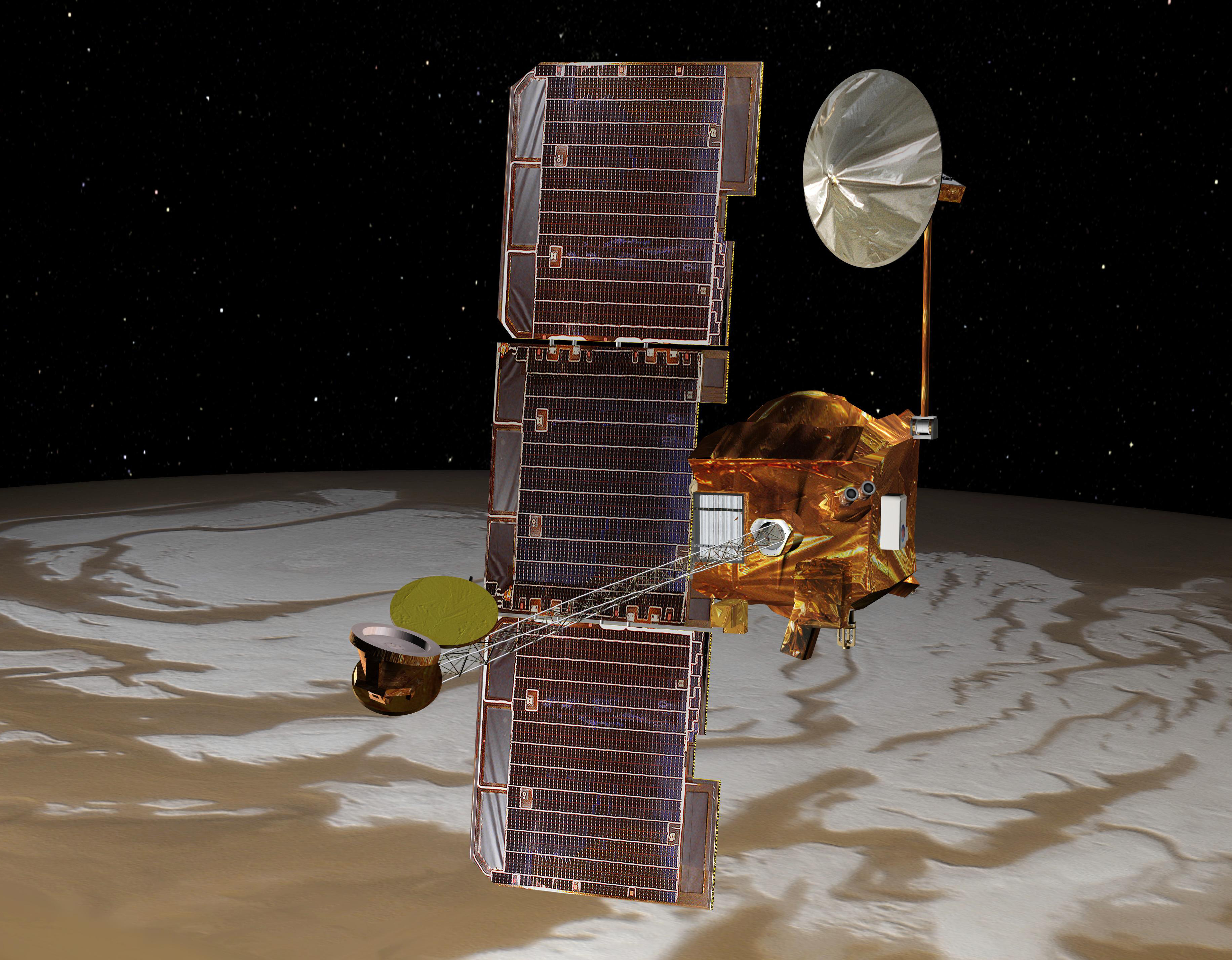
Mars Odyssey is a robotic spacecraft orbiting the planet Mars. Its mission is to use spectrometers and a thermal imager to detect evidence of past or present water and ice, as well as study the planet's geology and radiation environment. It is hoped that the data Odyssey obtains will help answer the question of whether life existed on Mars and create a risk-assessment of the radiation that future astronauts on Mars might experience. It also acts as a relay for communications between the Mars Science Laboratory, and previously the Mars Exploration Rovers and Phoenix lander, to Earth.
View GRS PDS Data Node
Mars Odyssey Faculty

William Boynton
Professor Emeritus
Astrobiology, Cosmochemistry, Lunar Studies, Small BodiesMars Odyssey Support Staff

Michael Fitzgibbon
Software Engineer, Lead Calibration & Validation, OSIRIS-REx

Andrew Gardner
Systems Programmer, Principal

Karl Harshman
Manager, OSIRIS-REx/SPOC
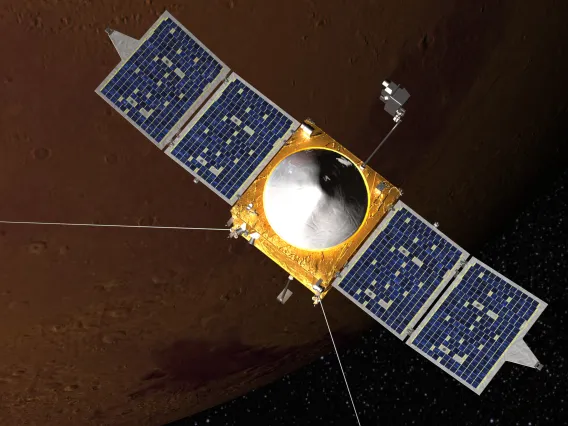
MAVEN
Mars Atmosphere and Volatile Evolution (MAVEN)
×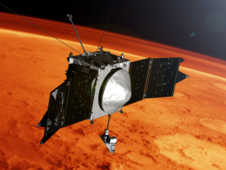
Mars Atmosphere and Volatile EvolutioN
Answers About Mars' Climate History
The Mars Atmosphere and Volatile EvolutioN (MAVEN) mission is part of NASA's Mars Scout program, funded by NASA Headquarters. Launched in Nov. 2013, the mission will explore the Red Planet’s upper atmosphere, ionosphere and interactions with the sun and solar wind. Scientists will use MAVEN data to determine the role that loss of volatiles from the Mars atmosphere to space has played through time, giving insight into the history of Mars' atmosphere and climate, liquid water, and planetary habitability.
MAVEN Faculty

Roger Yelle
Professor
Astrobiology, Exoplanets, Planetary Atmospheres, Titan & Outer Solar SystemMAVEN Researchers
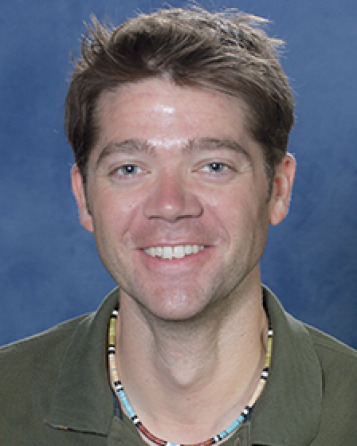
Hannes Gröller
Research Scientist/Assistant Staff Scientist
Asteroid Surveys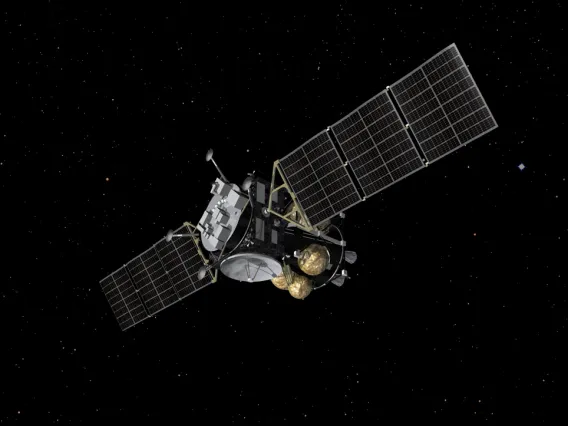
MMX
Martian Moons eXploration (MMX)
×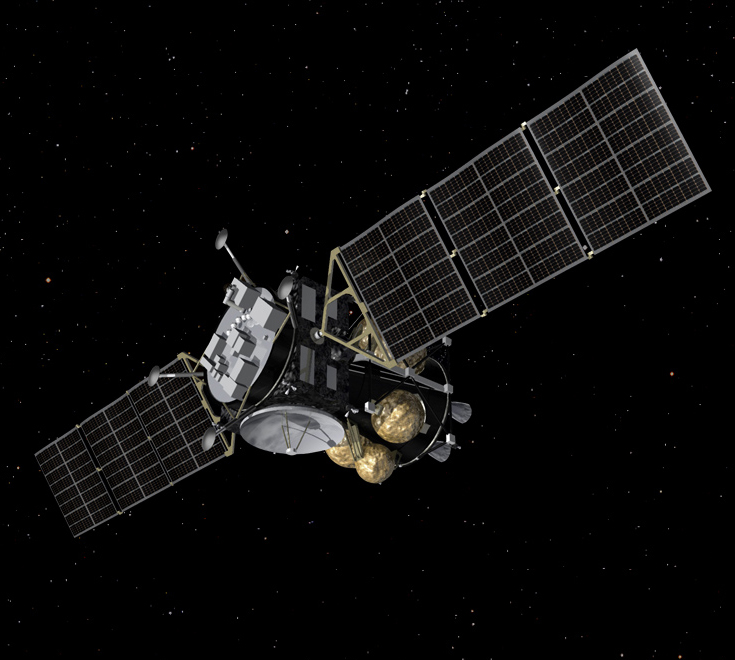
Martian Moons eXploration
Martian Moons eXploration (MMX) is a Martian moons exploration project aiming for launch in the early 2020s. After launching from the Earth, the spacecraft arrives in the Martian space over a period of about a year, and is entered into an orbit around Mars. After that, it will enter the Quasi Satellite Orbit (QSO) around the Martian moon, and get scientific data and samples from the Martian moon. After the observation and sample collection, the spacecraft will come back to the earth with samples taken from the martin moon. Currently it is assumed that it will be launched in 2024, Martian orbit insertion in 2025, and it will return to the earth in 2029.
By exploring the Martian moon, it is expected to improve technologies for future planet and satellite exploration such as, technologies required for roundtrip between the earth and Mars, the advanced sampling technique on the Martian moon surface, and the optimal communication technology using the deep space network ground station.
MMX Faculty

Erik Asphaug
Professor
Lunar Studies, Planetary Analogs, Planetary Geophysics, Planetary Surfaces, Small Bodies, Theoretical Astrophysics, Titan & Outer Solar System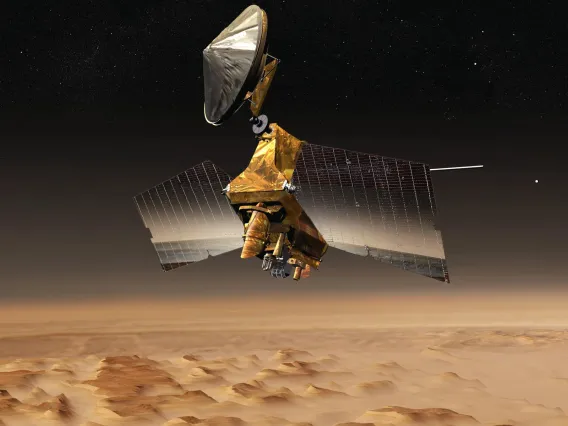
MRO
Mars Reconnaissance Orbiter (MRO)
×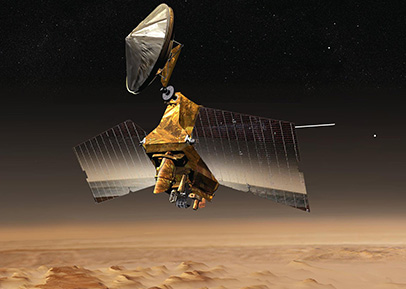
Mars Reconnaissance Orbiter
Mars Reconnaissance Orbiter (MRO) has studied the Red Planet's atmosphere and terrain from orbit since 2006 and also serves as a key data relay station for other Mars missions, including the Mars Exploration Rover Opportunity.
Equipped with a powerful camera called HiRISE that has aided in a number of discoveries, the Mars Reconnaissance Orbiter has sent back thousands of stunning images of the Martian surface that are helping scientists learn more about Mars, including the history of water flows on or near the planet's surface.
MRO Faculty

Lynn Carter
Associate Department Head, Professor, University Distinguished Scholar
Earth, Lunar Studies, Planetary Analogs, Planetary Geophysics, Planetary Surfaces, Titan & Outer Solar System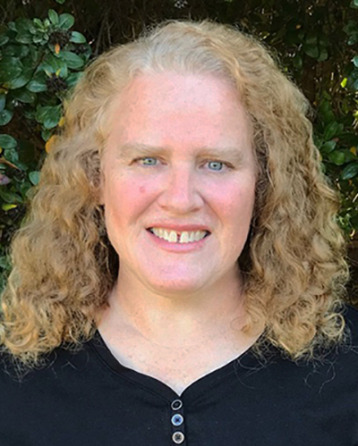
Virginia Gulick
Research Professor
Astrobiology, Planetary Analogs, Planetary Surfaces
Jack Holt
Professor, EDO Director
Earth, Planetary Analogs, Planetary Geophysics, Planetary Surfaces
Alfred McEwen
Regents Professor
Astrobiology, Lunar Studies, Photogrammetry, Planetary Analogs, Planetary Geophysics, Planetary Surfaces
Stefano Nerozzi
Assistant Research Professor
Earth, Planetary Analogs, Planetary Geophysics, Planetary SurfacesMRO Researchers

Sarah Sutton
Photogrammetry Program Lead, HiRISE, Researcher/Scientist
Earth, Lunar Studies, Photogrammetry, Planetary Analogs, Planetary Surfaces, Small BodiesMRO Support Staff

Nicole Bardabelias
Science Operations Engineer, HiRISE

Nicole Baugh
Uplink Operations Lead, HiRISE

Kristin Block
Principal Science Operations Engineer, HiRISE

Richard Leis
Staff Technician, Senior, HiRISE

Singleton Papendick
Science Operations Engineer, HiRISE
Earth, Planetary Surfaces
Anjani Polit
Deputy Principal Investigator, OSIRIS-APEX

Christian Schaller
Spacecraft Operations Software Engineer, HiRISE
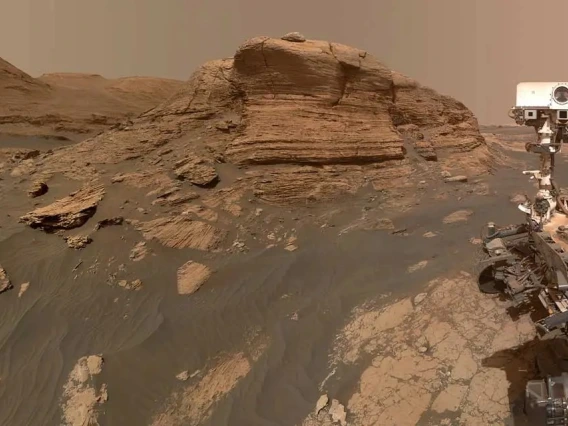
MSL
Mars Science Laboratory (MSL) (Curiosity)
×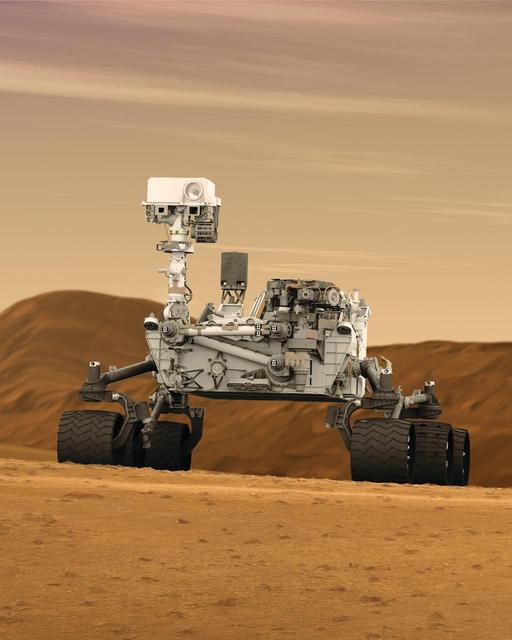
Mars Science Laboratory
Mars Science Laboratory is part of NASA's Mars Exploration Program, a long-term effort of robotic exploration of the red planet. Curiosity was designed to assess whether Mars ever had an environment able to support small life forms called microbes. In other words, its mission is to determine the planet's "habitability.
MSL Faculty

William Boynton
Professor Emeritus
Astrobiology, Cosmochemistry, Lunar Studies, Small BodiesMSL Support Staff

Michael Fitzgibbon
Software Engineer, Lead Calibration & Validation, OSIRIS-REx

Andrew Gardner
Systems Programmer, Principal

Karl Harshman
Manager, OSIRIS-REx/SPOC
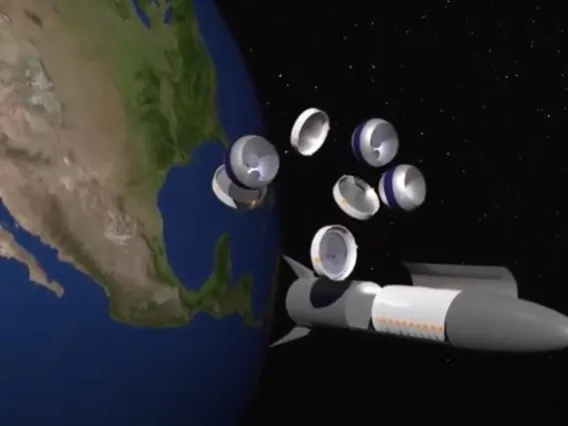
Nautilus
Nautilus
×Nautilus is a revolutionary space telescope concept that builds on a novel technology – engineered material diffractive-transmissive optical elements – to overcome the greatest limitations of space telescopes: non-scalable primary mirrors. By providing large but ultra-light telescope apertures, the Nautilus technology will enable the launch of a large fleet of identical telescopes. With a light-collecting power equivalent to a 50m diameter mirror Nautilus will be capable of surveying thousands of earth-sized habitable zone planets for atmospheric signatures of life.
Nautilus Faculty

Dániel Apai
Interim Associate Dean for Research, College of Science, Principal Investigator, Alien Earths, Professor
Astrobiology, Exoplanets, Planetary Atmospheres, Planetary Formation and Evolution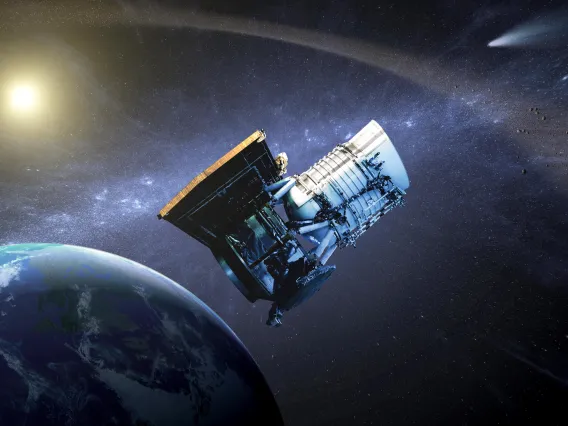
NEOWISE
Near-Earth Object Wide-field Infrared Survey Explorer (NEOWISE)
×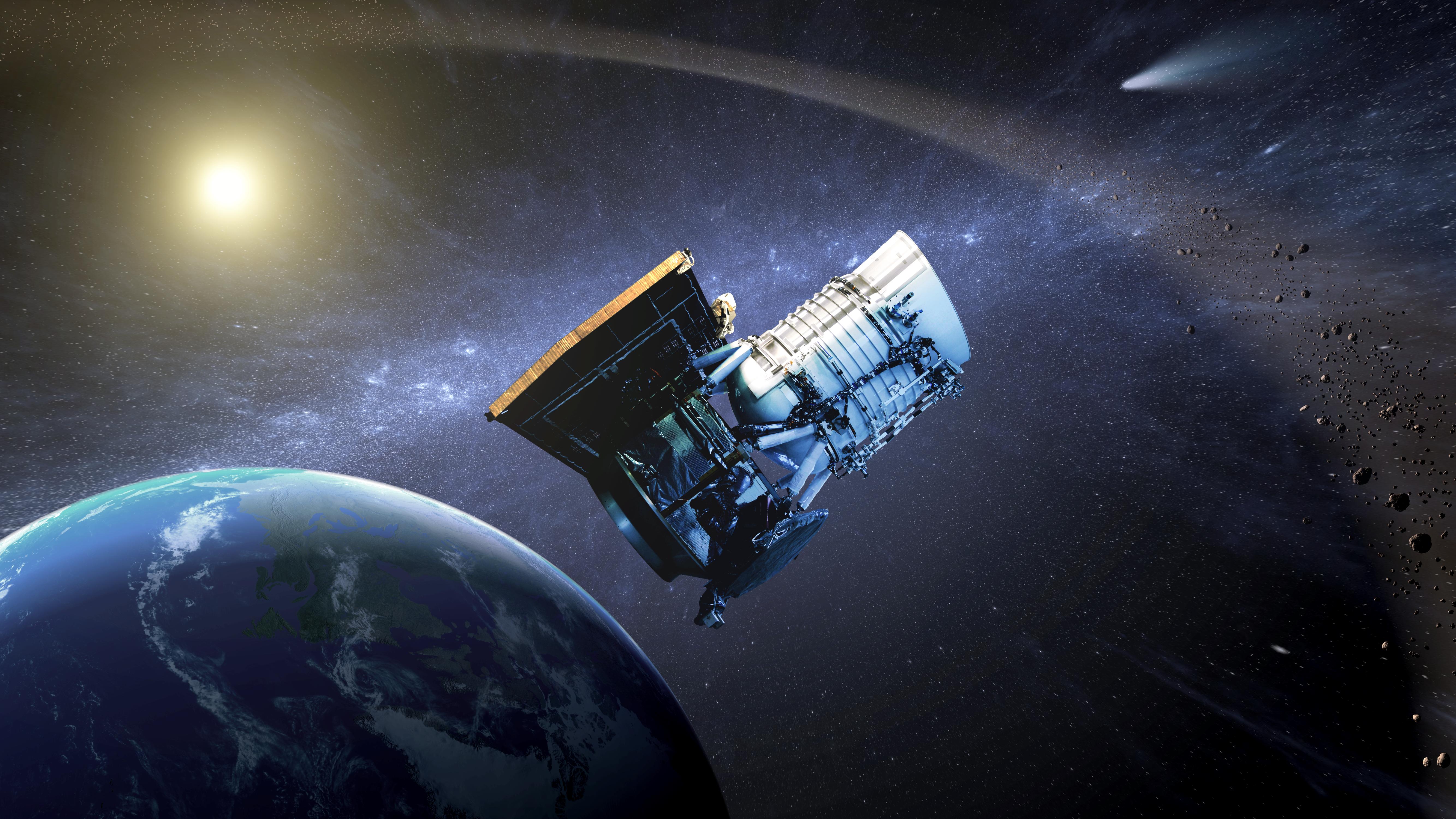
Wide-field Infrared Survey Explorer
The Wide-field Infrared Survey Explorer (WISE), a NASA infrared-wavelength astronomical space telescope, was active from December 2009 to February 2011. It was launched on December 14, 2009, and decommissioned/hibernated on February 17, 2011 when its transmitter was turned off. It performed an all-sky astronomical survey with images in 3.4, 4.6, 12 and 22 μm wavelength range bands, over 10 months using a 40 cm (16 in) diameter infrared telescope in Earth-orbit. The initial mission length was limited by its hydrogen coolant, but a secondary post-cryogenic mission continued four more months with two of the four detectors remaining operational.
In September 2013, the spacecraft was reactivated, renamed NEOWISE and assigned a new mission: to assist NASA's efforts to identify and characterize the population of near-Earth objects. NEOWISE is also characterizing more distant populations of asteroids and comets to provide information about their sizes and compositions.
NEOWISE Faculty
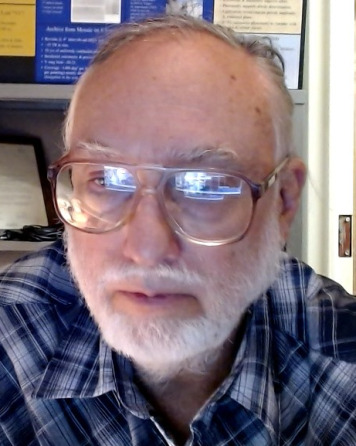
Robert (Bob) McMillan
Research Professor (Retired)
Asteroid Surveys, Planetary Astronomy, Small Bodies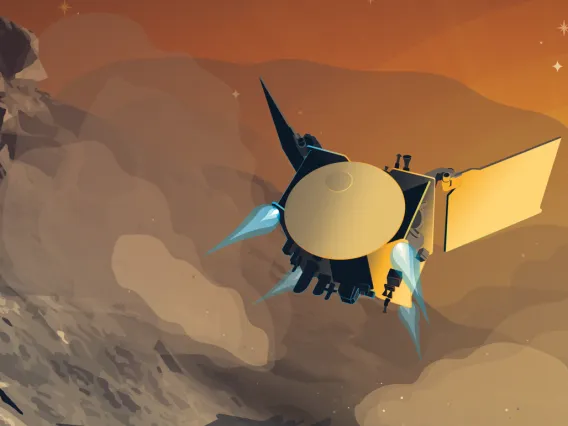
OSIRIS-APEX
OSIRIS-Apophis Explorer (OSIRIS-APEX)
×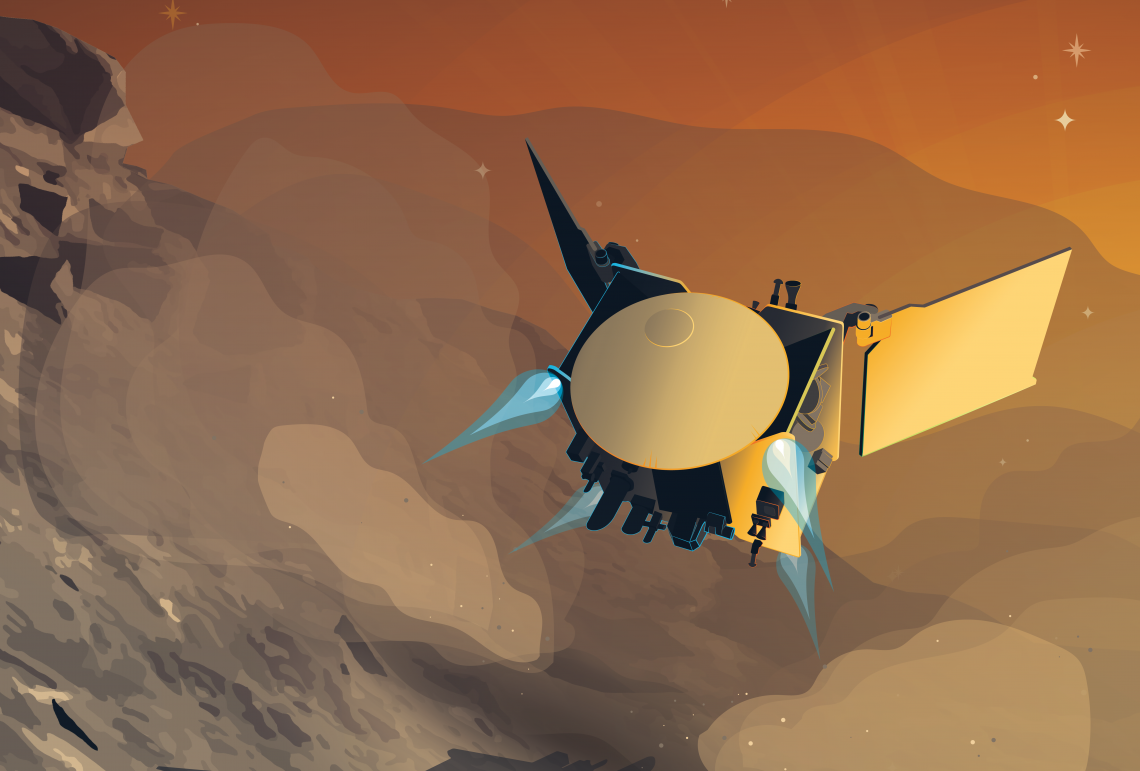
OSIRIS-APophis EXplorer
The OSIRIS-APEX mission will reprise the discoveries of the OSIRIS-REx spacecraft at a second asteroid, Apophis. An hour after Apophis’s dramatic close approach to Earth on April 13, 2029, The OSIRIS-APEX spacecraft will use Earth’s gravity to put itself on a course to rendezvous with the asteroid to begin an 18-month campaign of investigation and discovery. Having already challenged our understanding of “carbonaceous” (C-complex) asteroids during its exploration of Bennu, the spacecraft instrument suite will provide first-of-its-kind high-resolution data of a “stony” (S-complex) asteroid—dramatically advancing our knowledge of this asteroid class and its connection to the meteorite collection. After 15 months orbiting Apophis, APEX will use its thrusters to dig into the surface. This will allow us to observe subsurface material, which will provide otherwise inaccessible insight into space weathering and the surface strength of stony asteroids.
Although scientific discovery is APEX’s prime motivation, Apophis’ bulk structure and surface strength have critical implications for planetary defense. Shortly after its discovery in 2004, there was concern that Apophis could hit Earth in the 2029 encounter. Further observations ruled out that possibility, and we now know that it does not present any danger for at least 100 years. Nevertheless, as an S-complex object, Apophis represents the most common class of potentially hazardous asteroids (PHAs) and knowledge of its properties can inform mitigation strategies. Monitoring Apophis during and after Earth approach provides the first opportunity to witness any change in the surfaces and orbits of an asteroid that could influence its likelihood of striking Earth.
OSIRIS-APEX Faculty

Dani Mendoza DellaGiustina
Assistant Professor, Deputy Principal Investigator, OSIRIS-REx, Principal Investigator, OSIRIS-APEX
Earth, Photogrammetry, Planetary Analogs, Planetary Geophysics, Planetary Surfaces, Small Bodies
Dante Lauretta
Director, Arizona Astrobiology Center, Principal Investigator, OSIRIS-REx, Regents Professor
Astrobiology, Cosmochemistry, Small Bodies
Michael Nolan
Deputy Principal Investigator, OSIRIS-APEX, Research Professor
Small Bodies
Tyler Robinson
Associate Professor
Exoplanets
Peter Smith
Professor Emeritus
AstrobiologyOSIRIS-APEX Researchers

Dathon Golish
Mission Instrument and Observation Scientist
Photogrammetry, Small Bodies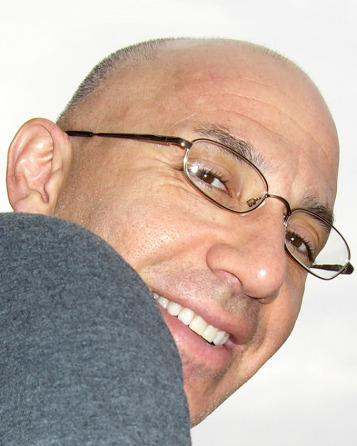
Bashar Rizk
Research Scientist/Senior Staff Scientist, OSIRIS-REx/OCAMS
Asteroid Surveys, Planetary Atmospheres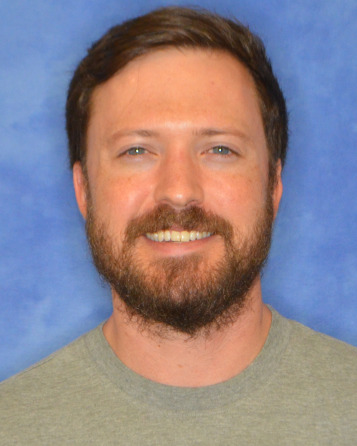
Andrew Ryan
Researcher/Scientist, OSIRIS-REx
Planetary Surfaces
Sarah Sutton
Photogrammetry Program Lead, HiRISE, Researcher/Scientist
Earth, Lunar Studies, Photogrammetry, Planetary Analogs, Planetary Surfaces, Small BodiesOSIRIS-APEX Support Staff
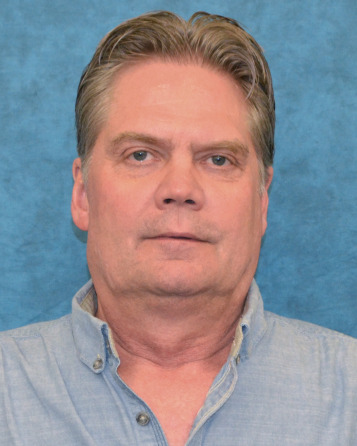
Kris Becker
Senior Data Analyst, OSIRIS-REx
Photogrammetry
Carina Bennett
Project Manager and Software Engineer, SAMIS
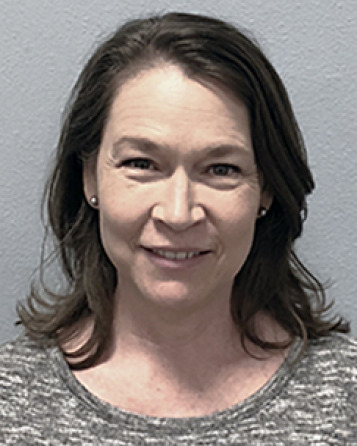
Denise Blum
Business Manager, OSIRIS-REx
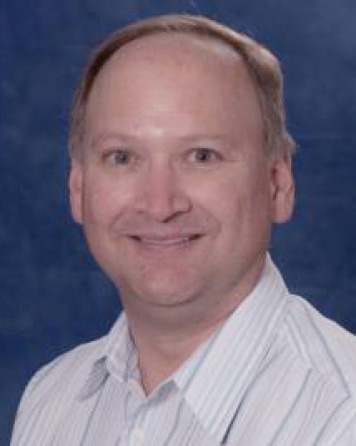
Tony Ferro
System Administrator, OSIRIS-REx/SPOC

Michael Fitzgibbon
Software Engineer, Lead Calibration & Validation, OSIRIS-REx
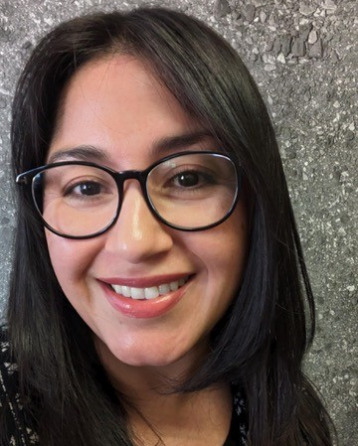
Rose Garcia
R&D Engineer Scientist, OSIRIS-REx

Andrew Gardner
Systems Programmer, Principal
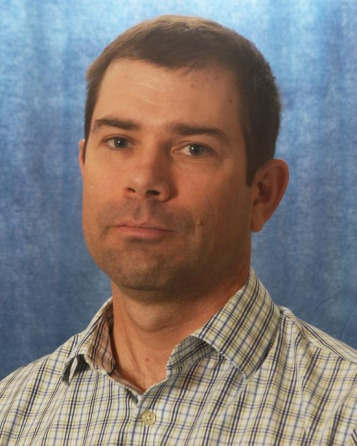
Damian Hammond
Software Engineer, OSIRIS-REx Telemetry Processing

Karl Harshman
Manager, OSIRIS-REx/SPOC

CeeCee Hill
R&D Software Engineer, OSIRIS-APEX

Zachary Komanapalli
Research Technician, OSIRIS-APEX

Megan Montano
Research Technician, OSIRIS-APEX

Anjani Polit
Deputy Principal Investigator, OSIRIS-APEX
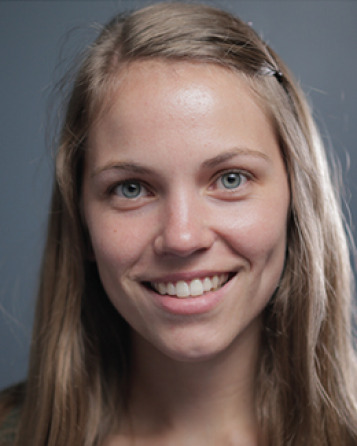
Mathilde Westermann
Lead GIS Development Engineer, OSIRIS-REx

Catherine Wolner
Editor, OSIRIS-REx
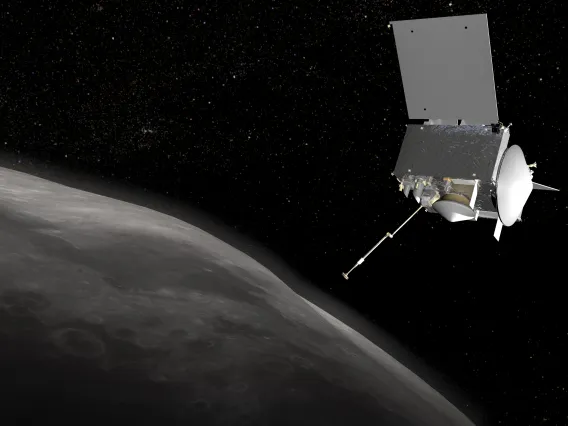
OSIRIS-REx
Origins, Spectral Interpretation, Resource Identification, Security, Regolith Explorer (OSIRIS-REx, OREx)
×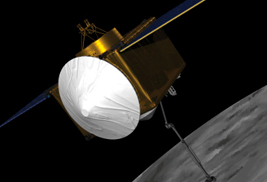
Origins, Spectral Interpretation, Resource Identification, Security, Regolith Explorer
OSIRIS-REx launched from the Cape Canaveral Air Force Station in Florida on Sept. 8, 2016. It arrived at Bennu on Dec. 3, 2018, and began orbiting the asteroid Bennu for the first time on Dec. 31, 2018. On October 20, 2020, OSIRIS-REx made history for NASA when it tagged the surface of asteroid Bennu for 4.7 seconds, triggering a flush of nitrogen gas and collecting the largest sample of extraterrestrial material since the Apollo moon landings. In preparation for the sample collection, the spacecraft had spent two years photographing and mapping the asteroid in tremendous detail. The spacecraft successfully dropped its sample return capsule to return to Earth on Sept. 24, 2023.
The OSIRIS-REx mission seeks answers to questions that are central to the human experience: Where did we come from? What is our destiny? OSIRIS-REx is going to Bennu, a carbon-rich asteroid that records the earliest history of our Solar System, and bringing a piece of it back to Earth. Bennu may contain the molecular precursors to the origin of life and the Earth’s oceans. Bennu is also one of the most potentially hazardous asteroids. It has a relatively high probability of impacting the Earth late in the 22nd century. OSIRIS-REx will determine Bennu’s physical and chemical properties. This will be critical for future scientists to know when developing an impact mitigation mission. Finally, asteroids like Bennu contain natural resources such as water, organics, and precious metals. Future space exploration and economic development will rely on asteroids for these precious materials. Asteroids may one day fuel the exploration of the Solar System by robotic and manned spacecraft.
Touching the Asteroid
OSIRIS-REx Faculty

Erik Asphaug
Professor
Lunar Studies, Planetary Analogs, Planetary Geophysics, Planetary Surfaces, Small Bodies, Theoretical Astrophysics, Titan & Outer Solar System
Jessica Barnes
Associate Professor
Cosmochemistry, Lunar Studies, Planetary Analogs
William Boynton
Professor Emeritus
Astrobiology, Cosmochemistry, Lunar Studies, Small Bodies
Dani Mendoza DellaGiustina
Assistant Professor, Deputy Principal Investigator, OSIRIS-REx, Principal Investigator, OSIRIS-APEX
Earth, Photogrammetry, Planetary Analogs, Planetary Geophysics, Planetary Surfaces, Small Bodies
Pierre Haenecour
Assistant Professor
Astrobiology, Cosmochemistry, Planetary Astronomy, Small Bodies
Ellen Howell
Research Professor
Small Bodies
Dante Lauretta
Director, Arizona Astrobiology Center, Principal Investigator, OSIRIS-REx, Regents Professor
Astrobiology, Cosmochemistry, Small Bodies
Renu Malhotra
Louise Foucar Marshall Science Research Professor, Regents Professor
Astrobiology, Exoplanets, Orbital Dynamics, Planetary Formation and Evolution, Small Bodies, Theoretical Astrophysics
Michael Nolan
Deputy Principal Investigator, OSIRIS-APEX, Research Professor
Small Bodies
Peter Smith
Professor Emeritus
Astrobiology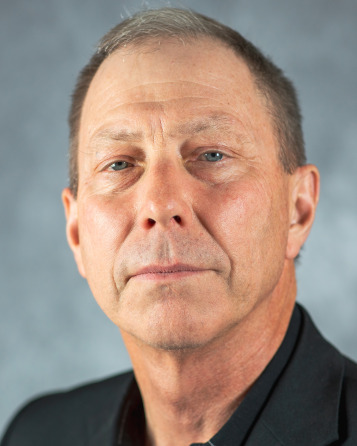
Timothy Swindle
Professor Emeritus
Cosmochemistry, Lunar Studies, Small Bodies, Theoretical Astrophysics
Tom Zega
Professor
Astrobiology, Cosmochemistry, Small BodiesOSIRIS-REx Researchers

Laura Chaves
Postdoctoral Research Associate
Cosmochemistry, Small Bodies
Matthew Chojnacki
DCC Associate Research (McEwen)
Photogrammetry, Planetary Surfaces, Small Bodies
Ruby Fulford
PTYS Graduate Student
Astrobiology, Planetary Geophysics, Planetary Surfaces, Small Bodies, Titan & Outer Solar System
Dathon Golish
Mission Instrument and Observation Scientist
Photogrammetry, Small Bodies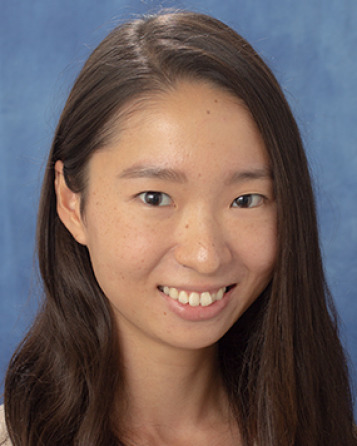
Kana Ishimaru
PTYS Graduate Student
Cosmochemistry, Small Bodies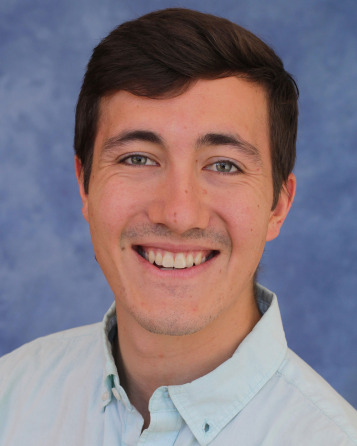
Robert Melikyan
PTYS Graduate Student
Orbital Dynamics, Small Bodies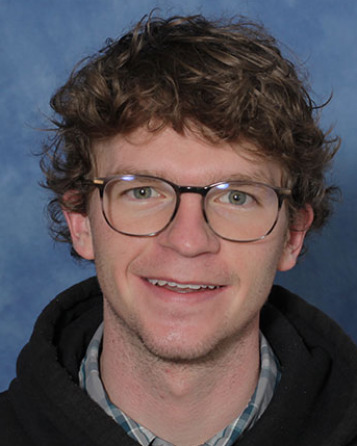
Beau Prince
PTYS Graduate Student
Cosmochemistry
Bashar Rizk
Research Scientist/Senior Staff Scientist, OSIRIS-REx/OCAMS
Asteroid Surveys, Planetary Atmospheres
Andrew Ryan
Researcher/Scientist, OSIRIS-REx
Planetary Surfaces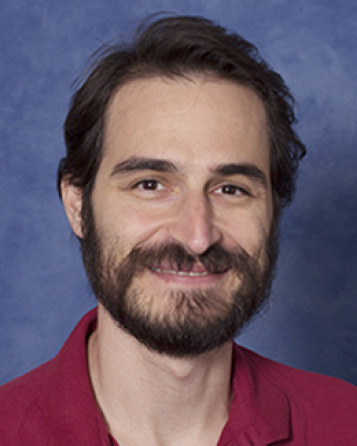
Stephen Schwartz
DCC Associate Staff Scientist (Asphaug)
Orbital Dynamics, Planetary Astronomy, Planetary Surfaces, Small Bodies, Space Situational Awareness
Sarah Sutton
Photogrammetry Program Lead, HiRISE, Researcher/Scientist
Earth, Lunar Studies, Photogrammetry, Planetary Analogs, Planetary Surfaces, Small BodiesOSIRIS-REx Support Staff

Kris Becker
Senior Data Analyst, OSIRIS-REx
Photogrammetry
Carina Bennett
Project Manager and Software Engineer, SAMIS

Denise Blum
Business Manager, OSIRIS-REx
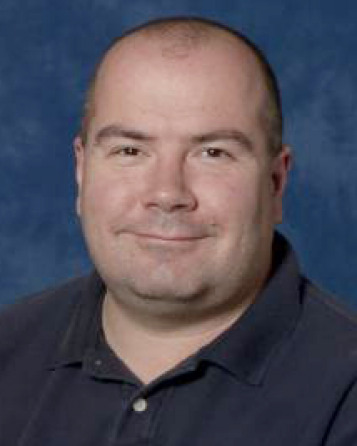
Christian d'Aubigny
DCC Deputy Instrument Scientist, OCAMS (Byrne)

Tony Ferro
System Administrator, OSIRIS-REx/SPOC

Michael Fitzgibbon
Software Engineer, Lead Calibration & Validation, OSIRIS-REx

Andrew Gardner
Systems Programmer, Principal

Damian Hammond
Software Engineer, OSIRIS-REx Telemetry Processing

Karl Harshman
Manager, OSIRIS-REx/SPOC

CeeCee Hill
R&D Software Engineer, OSIRIS-APEX
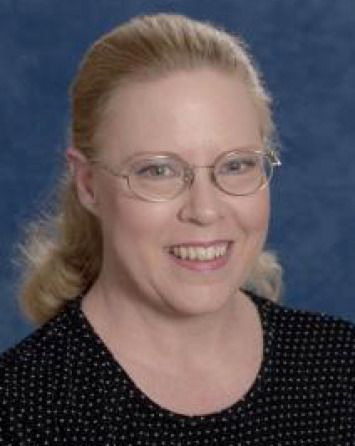
Dolores Hill
Research Specialist, Senior
Cosmochemistry, Small Bodies
Joshua Kantarges
SAMIS Software Engineer, OSIRIS-REx

Anjani Polit
Deputy Principal Investigator, OSIRIS-APEX

Mathilde Westermann
Lead GIS Development Engineer, OSIRIS-REx

Catherine Wolner
Editor, OSIRIS-REx
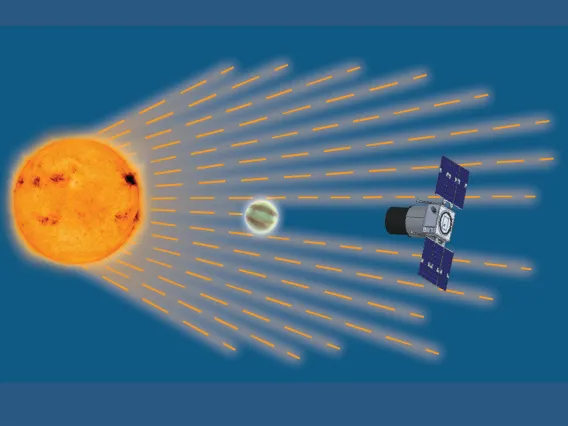
Pandora
Pandora
×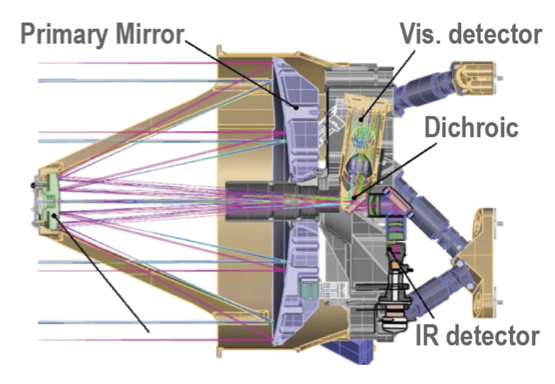
Pandora's primary objective is to conduct a long baseline survey of transiting exoplanets orbiting nearby stars with simultaneous photometric and spectroscopic observations in order to quantify and correct for stellar contamination in transmission spectra and subsequently identify exoplanets with hydrogen or water.
Pandora Faculty

Dániel Apai
Interim Associate Dean for Research, College of Science, Principal Investigator, Alien Earths, Professor
Astrobiology, Exoplanets, Planetary Atmospheres, Planetary Formation and EvolutionPandora Support Staff

Andrew Gardner
Systems Programmer, Principal

Karl Harshman
Manager, OSIRIS-REx/SPOC

Joshua Kantarges
SAMIS Software Engineer, OSIRIS-REx
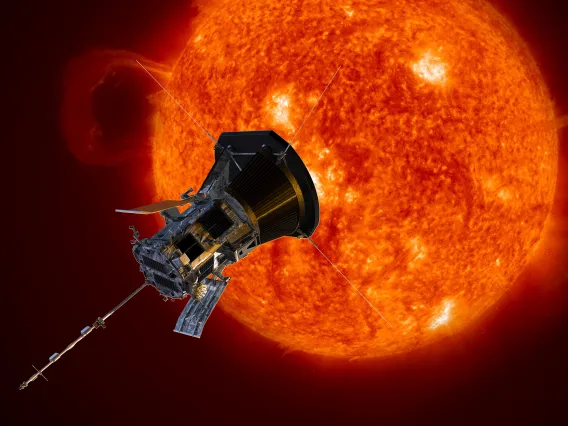
Parker Solar Probe
Parker Solar Probe: A NASA Mission to Touch the Sun
×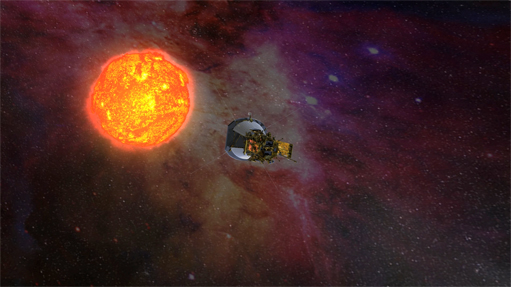
The First Mission to the Nearest Star
Parker Solar Probe will be a historic mission, flying into the Sun's atmosphere (or corona) for the first time. LPL Professor Joe Giacalone is Co-Investigator for the Integrated Science Investigation of the Sun (IS☉IS) instrument. Coming closer to the Sun than any previous spacecraft, Solar Probe Plus will employ a combination of in situ measurements and imaging to achieve the mission's primary scientific goal: to understand how the Sun's corona is heated and how the solar wind is accelerated. Parker Solar Probe will revolutionize our knowledge of the origin and evolution of the solar wind.
Parker Solar Probe Faculty

Joe Giacalone
Professor
Solar and Heliospheric Research, Theoretical Astrophysics
Kristopher Klein
Associate Professor
Solar and Heliospheric Research, Theoretical AstrophysicsParker Solar Probe Researchers
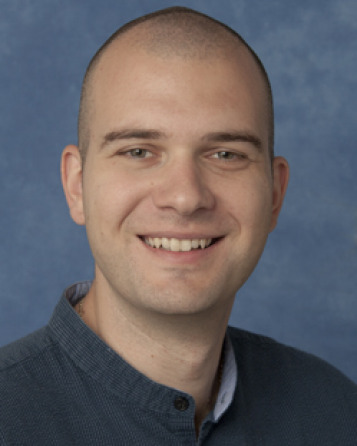
Mihailo Martinović
Researcher/Scientist
Solar and Heliospheric Research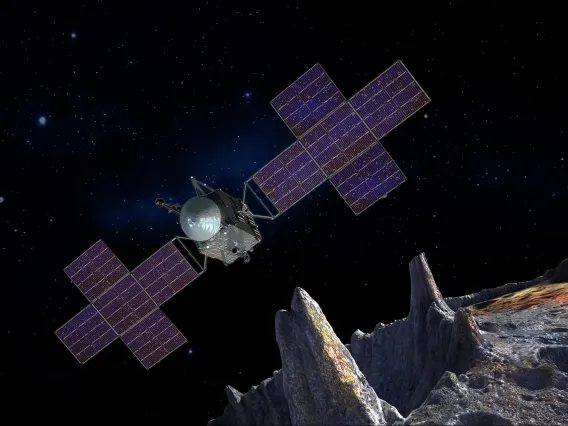
Psyche
Psyche
×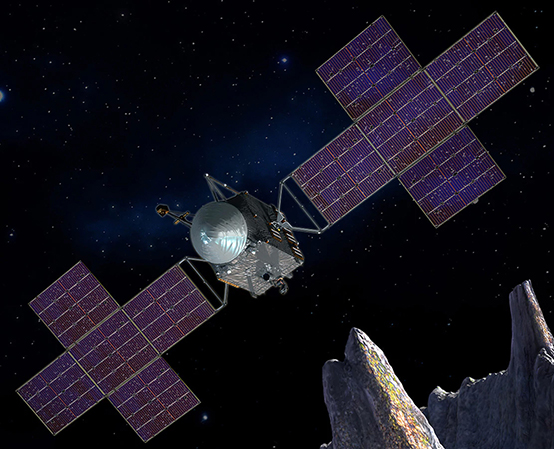
Pysche is both the name of an asteroid orbiting the Sun between Mars and Jupiter — and the name of a NASA space mission to visit that asteroid, led by Arizona State University. The mission was chosen by NASA on January 4, 2017 as one of two missions for the agency’s Discovery Program, a series of relatively low-cost missions to solar system targets.
The Psyche spacecraft is targeted to launch in summer 2022 and travel to the asteroid using solar-electric (low-thrust) propulsion, arriving in 2026, following a Mars flyby and gravity-assist in 2023. After arrival, the mission plan calls for 21 months spent at the asteroid, mapping it and studying its properties.
Psyche Faculty

Erik Asphaug
Professor
Lunar Studies, Planetary Analogs, Planetary Geophysics, Planetary Surfaces, Small Bodies, Theoretical Astrophysics, Titan & Outer Solar SystemPsyche Researchers

Namya Baijal
PTYS Graduate Student
Planetary Geophysics, Planetary Surfaces, Small Bodies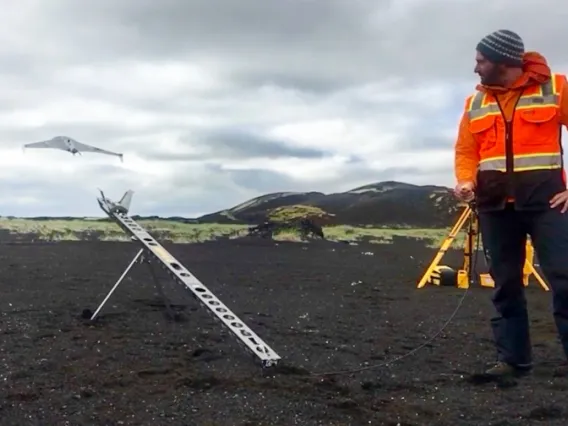
RAVEN
Rover–Aerial Vehicle Exploration Network (RAVEN)
×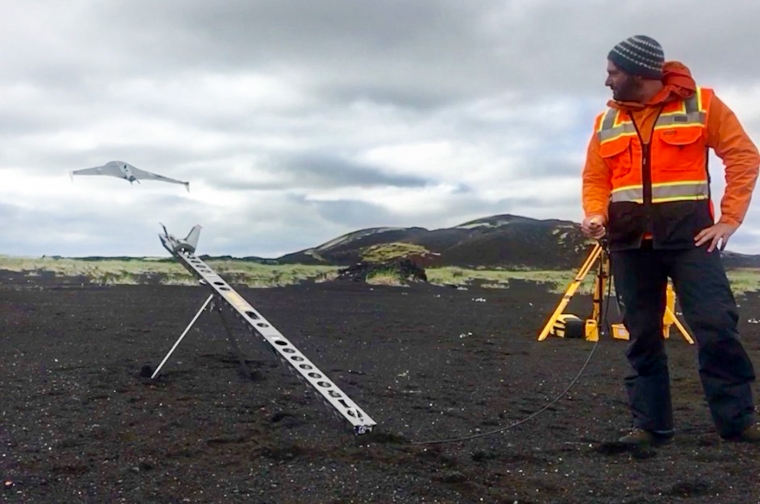
Rover–Aerial Vehicle Exploration Network
A team of scientists led by LPL’s Christopher Hamilton, an associate professor, are gearing up to send drones on exploration missions across a vast lava field in Iceland to test a next-generation Mars exploration concept. Hamilton is the principal investigator on a project that has been awarded a $3.1 million NASA grant to develop a new concept combining rovers and unmanned aerial systems, commonly known as drones, to explore regions of the red planet that have been previously inaccessible.
These new Rover–Aerial Vehicle Exploration Networks will be tested in Iceland to explore volcanic terrains similar to those observed on Mars. RAVEN adds an entirely new approach to NASA’s paradigm of planetary exploration, which traditionally has centered around four steps, each building on the scientific findings of the previous one: flyby, orbit, land and rove, according to Hamilton. The first spacecraft sent to a previously unvisited body in the solar system commonly executes a flyby pass to collect as many data as possible to inform subsequent robotic missions, which consist of another space probe placed into orbit, then a lander, which studies the surface in one place, and, finally, a rover built to move around and analyze various points of scientific interest.
RAVEN Faculty

Christopher Hamilton
Associate Professor
Astrobiology, Earth, Lunar Studies, Photogrammetry, Planetary Analogs, Planetary Geophysics, Planetary SurfacesRAVEN Researchers
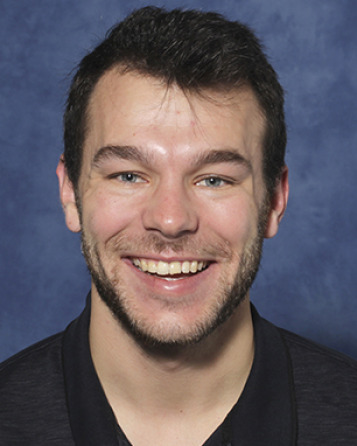
Nathan Hadland
PTYS Graduate Student
Astrobiology, Earth, Planetary Analogs, Planetary Surfaces
Michael Phillips
Researcher/Scientist
Astrobiology, Photogrammetry, Planetary Analogs, Planetary Surfaces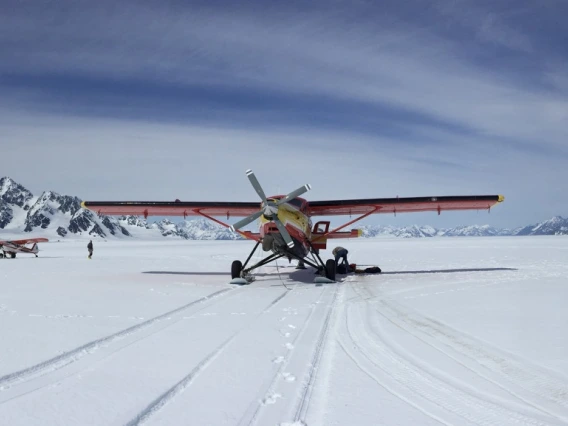
Snow4Flow
Snow4Flow
×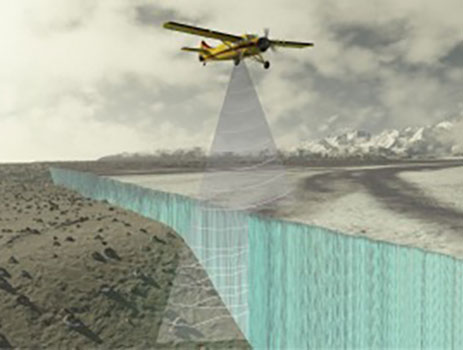
Snow4Flow will capture the spatial variability in snow accumulation and ice volume across 4 Northern Hemisphere (NH) regions containing hundreds of rapidly changing glaciers to deliver more reliable, societally relevant projections of land-ice change. This major advance requires spatially extensive radar-sounding surveys that are not possible from orbit. This EVS-4 mission will drive foundational improvements to NH land-ice boundary conditions and forcing data – including orographic precipitation patterns in alpine environments, ice thickness and subglacial topography – and directly leverages them into state-of-the-art models and projections.
Snow4Flow Faculty

Jack Holt
Professor, EDO Director
Earth, Planetary Analogs, Planetary Geophysics, Planetary Surfaces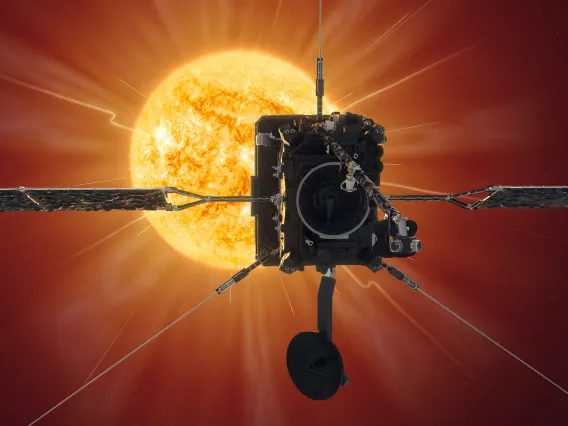
Solar Orbiter
Solar Orbiter
×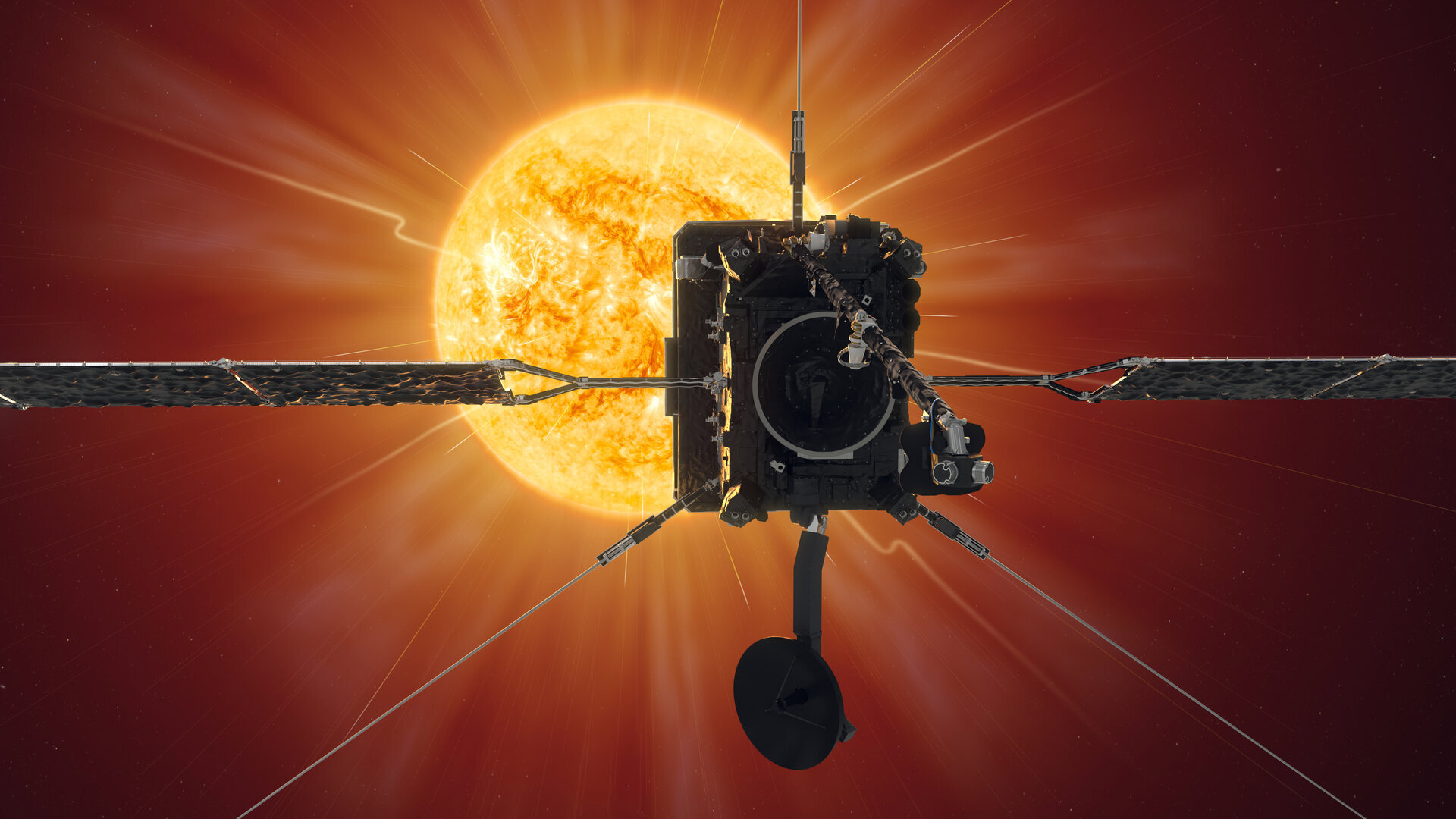
Solar Orbiter is a mission dedicated to solar and heliospheric physics. It was selected as the first medium-class mission of ESA's Cosmic Vision 2015-2025 Programme. The programme outlines key scientific questions which need to be answered about the development of planets and the emergence of life, how the Solar System works, the origins of the Universe, and the fundamental physics at work in the Universe.
Solar Orbiter Faculty

Joe Giacalone
Professor
Solar and Heliospheric Research, Theoretical AstrophysicsSolar Orbiter Researchers

Mihailo Martinović
Researcher/Scientist
Solar and Heliospheric Research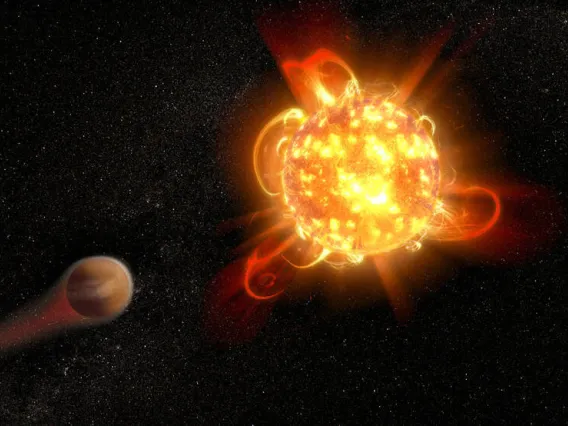
SPARCS
Star-Planet Activity Research CubeSat (SPARCS)
×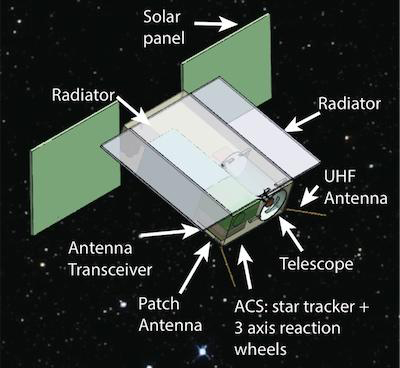
Star-Planet Activity Research CubeSat
The Star-Planet Activity Research CubeSat (SPARCS) is a small space telescope about the size and shape of a family-size Cheerios box.
It is built of six cubical units, each about four inches on a side. These are joined to make a spacecraft two units wide by three long in what is termed a 6U spacecraft; solar power panels extend like wings from one end.
The mission which SPARCS will undertake is monitoring the flares and sunspot activity of M-type stars, also called red dwarfs, in the far- and near-ultraviolet. The purpose of this is to assess how habitable the space environment is for planets orbiting them.
SPARCS Faculty

Travis Barman
Professor
Exoplanets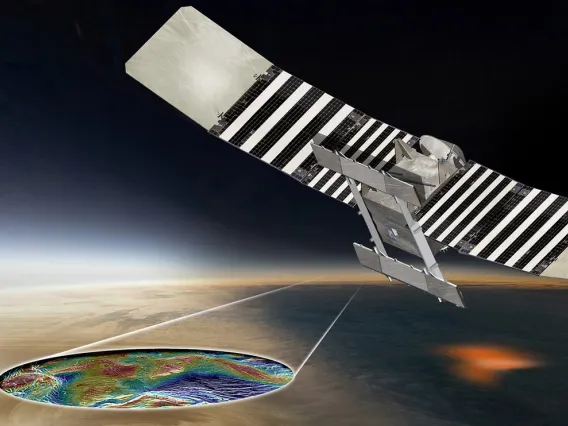
VERITAS
Venus Emissivity, Radio science, InSAR, Topography, And Spectroscopy (VERITAS)
×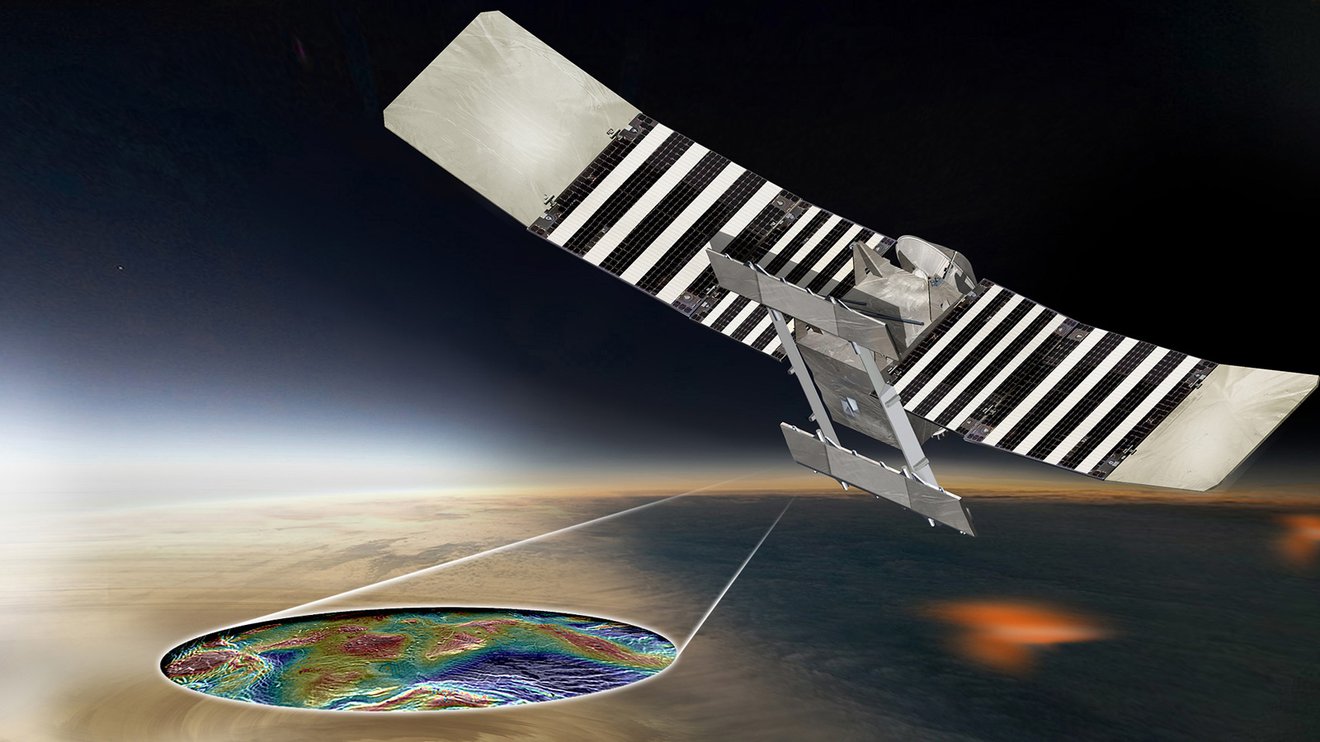 VERITAS
VERITASVenus Emissivity, Radio science, InSAR, Topography, And Spectroscopy
VERITAS is a Venus orbiter designed to reveal how the paths of Venus and Earth diverged, and how Venus lost its potential as a habitable world.
VERITAS Faculty

Jeffrey Andrews-Hanna
Professor
Lunar Studies, Planetary Geophysics, Planetary Surfaces, Titan & Outer Solar SystemVERITAS Researchers

Joseph Schools
Researcher/Scientist
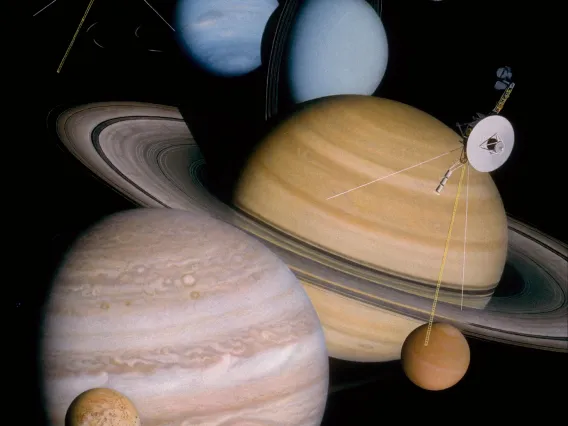
Voyager
Voyager
×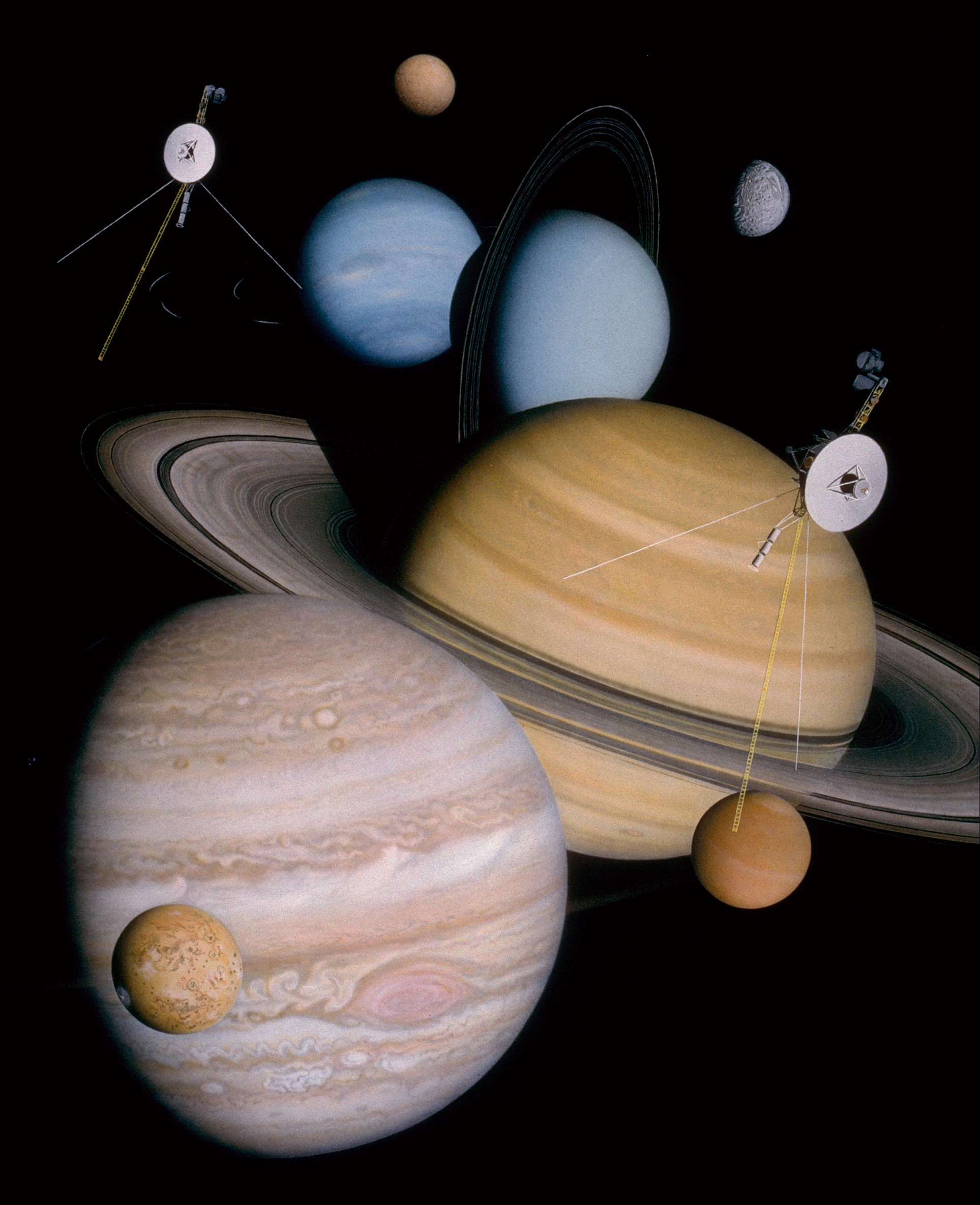 Voyager
VoyagerThe Voyager program is an American scientific program that employs two robotic probes, Voyager 1 and Voyager 2, to study the outer Solar System. The probes were launched in 1977 to take advantage of a favorable alignment of Jupiter, Saturn, Uranus, and Neptune. Although their original mission was to study only the planetary systems of Jupiter and Saturn, Voyager 2 continued on to Uranus and Neptune. The Voyagers now explore the outer boundary of the heliosphere in interstellar space; their mission has been extended three times and they continue to transmit useful scientific data. Neither Uranus nor Neptune has been visited by a probe other than Voyager 2.
Voyager Faculty
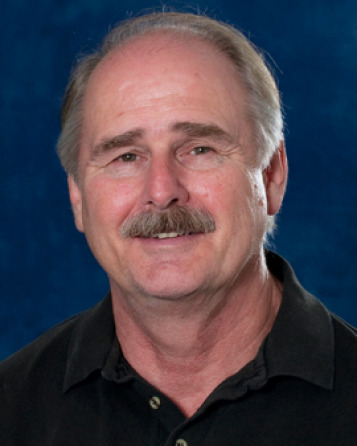
Robert Brown
Professor Emeritus
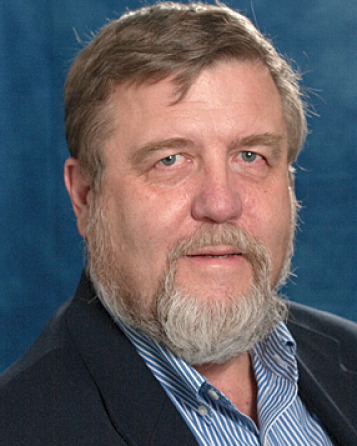
Jay Holberg
Senior Research Scientist (Retired)
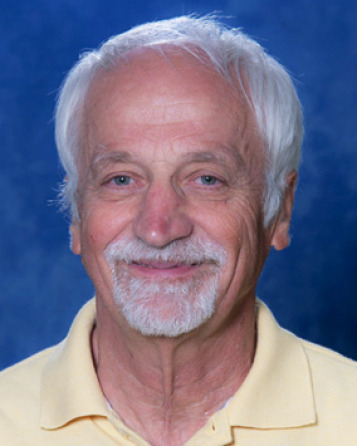
Jozsef Kota
Senior Research Scientist (Retired)
Solar and Heliospheric Research, Theoretical Astrophysics
Alfred McEwen
Regents Professor
Astrobiology, Lunar Studies, Photogrammetry, Planetary Analogs, Planetary Geophysics, Planetary Surfaces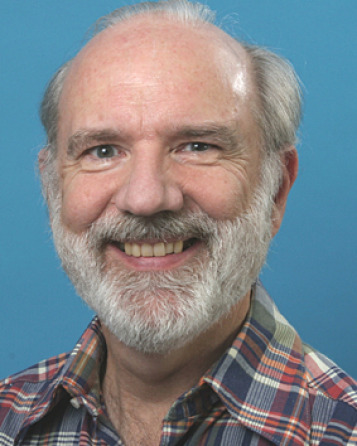
Bill Sandel
Senior Research Scientist (Retired)
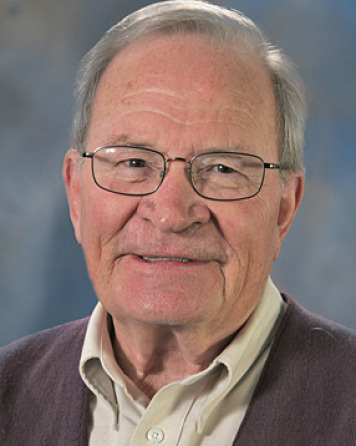
Robert Strom
Professor Emeritus
Voyager Support Staff

Michael Fitzgibbon
Software Engineer, Lead Calibration & Validation, OSIRIS-REx
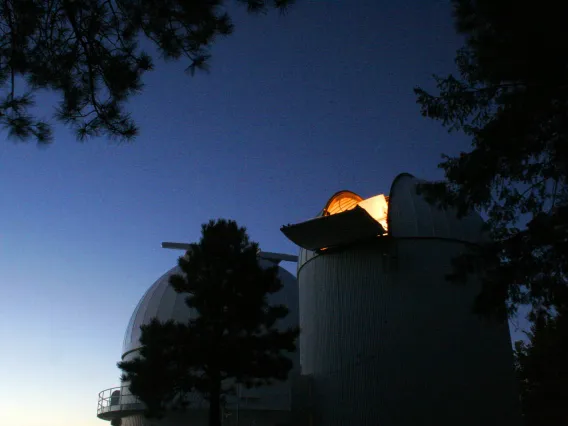
Asteroid Surveys
Asteroid Surveys
×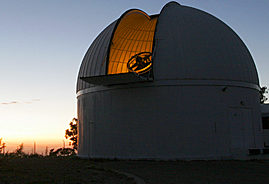
Catalina Sky Survey
The mission of the Catalina Sky Survey is to contribute to the inventory of near-earth objects (NEOs), or more specifically, the potentially hazardous asteroids (PHAs) that pose an impact risk to Earth and its inhabitants.
The identification of the iridium anomaly at the Cretaceous-Tertiary boundary (Alvarez et al. 1980), associated Chicxulub impact crater (Hildebrand et al. 1991) and the Permian-Triassic "great dying" possibly being associated with Australian Bedout Crater (Becker et al. 2004) strongly suggest that impacts by minor planets play an important role in the evolution of life.
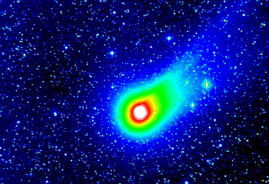
SPACEWATCH®
The primary goal of SPACEWATCH® is to explore the various populations of small objects in the solar system, and study the statistics of asteroids and comets in order to investigate the dynamical evolution of the solar system. SPACEWATCH® also finds potential targets for interplanetary spacecraft missions, provides follow-up astrometry of such targets, and finds objects that might present a hazard to the Earth.
Asteroid Surveys Faculty

Robert (Bob) McMillan
Research Professor (Retired)
Asteroid Surveys, Planetary Astronomy, Small BodiesAsteroid Surveys Researchers

Adam Battle
R&D Software Engineer, SPACE 4 Center
Asteroid Surveys, Small Bodies, Space Situational Awareness
Melissa Brucker
Principal Investigator, Spacewatch, Research Scientist
Asteroid Surveys, Small Bodies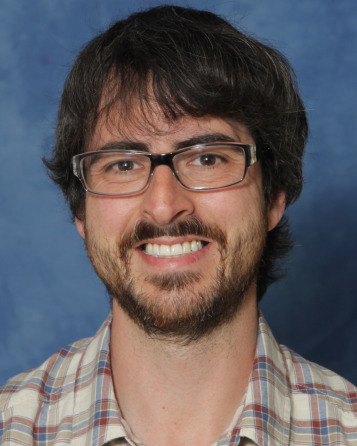
Carson Fuls
Director, Catalina Sky Survey, PTYS Graduate Student
Asteroid Surveys, Small Bodies
Hannes Gröller
Research Scientist/Assistant Staff Scientist
Asteroid Surveys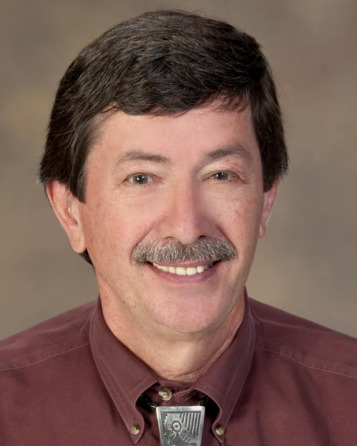
Steve Larson
Research Scientist/Senior Staff Scientist
Asteroid Surveys, Small Bodies
Bashar Rizk
Research Scientist/Senior Staff Scientist, OSIRIS-REx/OCAMS
Asteroid Surveys, Planetary AtmospheresAsteroid Surveys Support Staff

Tracie Beuden
Survey Operations Specialist, Catalina Sky Survey
Asteroid Surveys
Terrence Bressi
Engineer/Observer, Spacewatch
Asteroid Surveys
Vivian Carvajal
Survey Operations Specialist, Catalina Sky Survey
Asteroid Surveys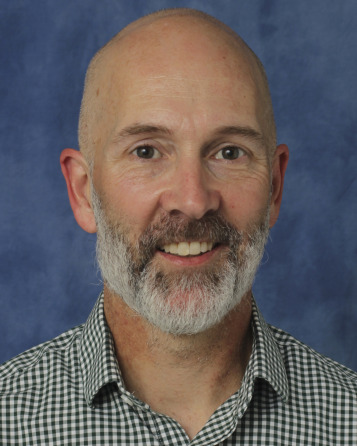
Don Fay
R&D Systems Engineer, Catalina Sky Survey
Asteroid Surveys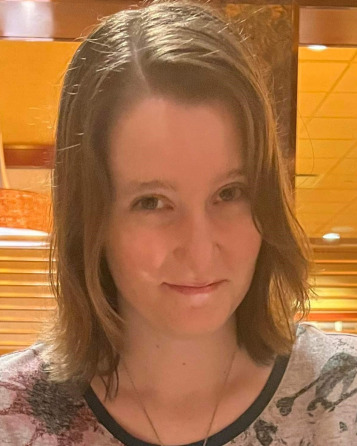
Jacqueline Fazekas
Research Technologist, Catalina Sky Survey
Asteroid Surveys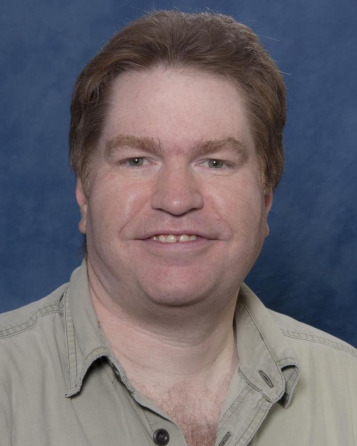
Alex Gibbs
Principal Engineer, Catalina Sky Survey
Asteroid Surveys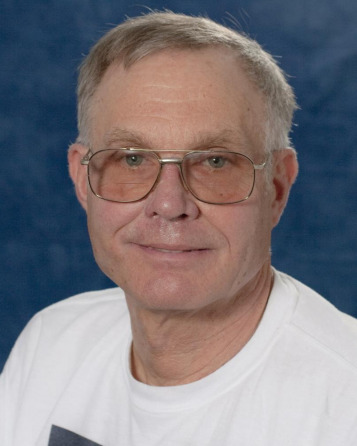
Albert Grauer
Technical Expert, Catalina Sky Survey
Asteroid Surveys
Joshua Hogan
Research Technologist, Catalina Sky Survey
Asteroid Surveys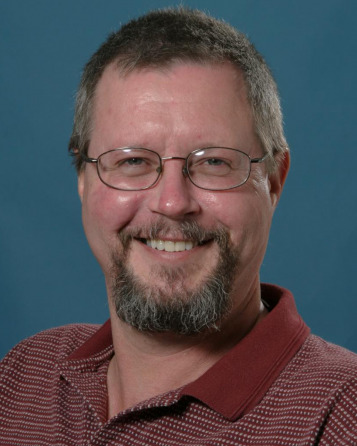
Richard Kowalski
Research Specialist, Senior, Catalina Sky Survey
Asteroid Surveys
Jeffrey Larsen
Technical Expert, Spacewatch
Asteroid Surveys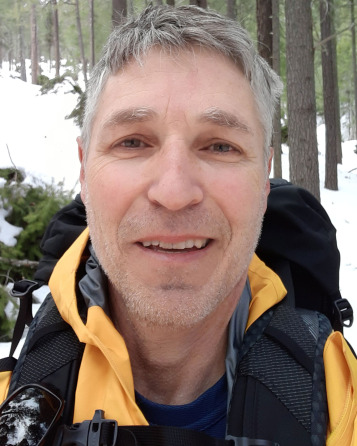
Gregory Leonard
Research Specialist, Senior, Catalina Sky Survey
Asteroid Surveys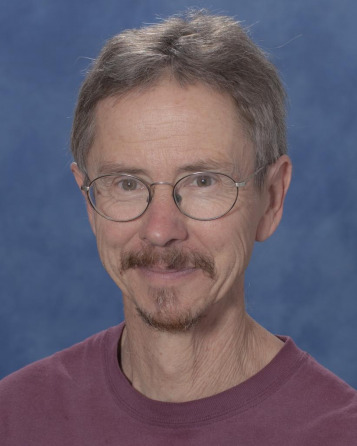
Ronald Mastaler
Observer, Spacewatch
Asteroid Surveys
David Rankin
R&D Operations Engineer, Catalina Sky Survey
Asteroid Surveys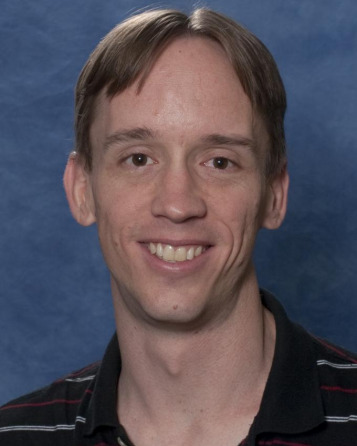
Michael Read
Chief Engineer/Observer, Spacewatch
Asteroid Surveys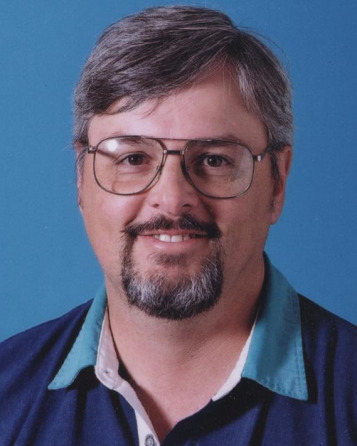
James Scotti
Observer, Spacewatch
Asteroid Surveys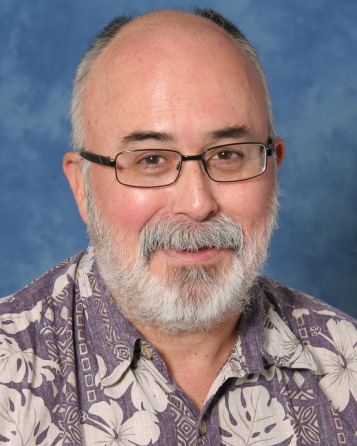
Robert Seaman
Data Engineer, Senior, Data Engineer, Senior, Catalina Sky Survey
Asteroid Surveys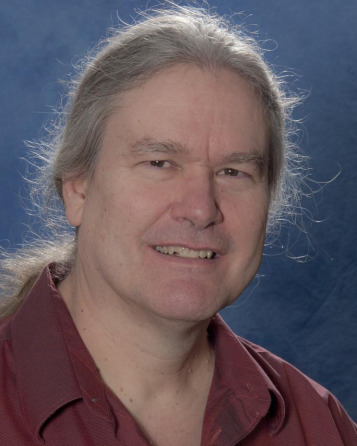
Frank Shelly
Senior Systems Programmer, Catalina Sky Survey
Asteroid Surveys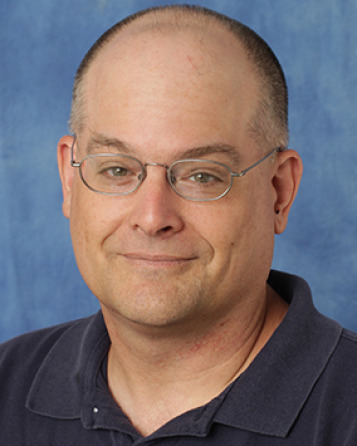
Andrew Tubbiolo
Engineer/Observer, Spacewatch
Asteroid Surveys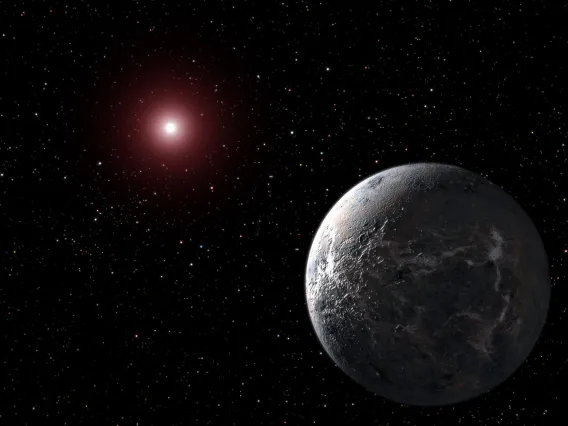
Astrobiology
Astrobiology
×Astrobiology is a vibrant, interdisciplinary field that focuses on the study of the origins, distribution and evolution of life in the universe. The Arizona Astrobiology Center (AABC) brings together researchers from across campus to serve as a hub for diverse scientific endeavors, providing bold and transformative dialogue to make astrobiology discoveries relevant to the experiences of all people on Earth.
In addition to the strengths of AABC, U of A is home to two of the eight interdisciplinary research teams selected by the NASA Astrobiology Program to inaugurate its Interdisciplinary Consortia for Astrobiology Research program are located at the University of Arizona. Led by Dániel Apai, the teams were selected from a pool of more than 40 proposals. The breadth and depth of the research of these teams spans the spectrum of astrobiology research, from cosmic origins to planetary system formation, origins and evolution of life, and the search for life beyond Earth.
The University of Arizona offers both undergraduate and graduate minors in Astrobiology.
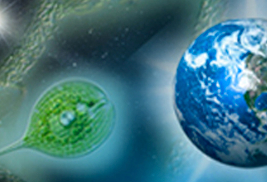 Arizona Astrobiology Center
Arizona Astrobiology CenterArizona Astrobiology Center
Researchers and students benefit from a long campus history of interdisciplinary collaboration drawing from astronomy, planetary sciences, chemistry, geo- and biological sciences and early engagement with pioneering NASA astrobiology nodes.
Astrobiology Faculty

Dániel Apai
Interim Associate Dean for Research, College of Science, Principal Investigator, Alien Earths, Professor
Astrobiology, Exoplanets, Planetary Atmospheres, Planetary Formation and Evolution
William Boynton
Professor Emeritus
Astrobiology, Cosmochemistry, Lunar Studies, Small Bodies
Shane Byrne
Professor
Astrobiology, Photogrammetry, Planetary Analogs, Planetary Geophysics, Planetary Surfaces, Titan & Outer Solar System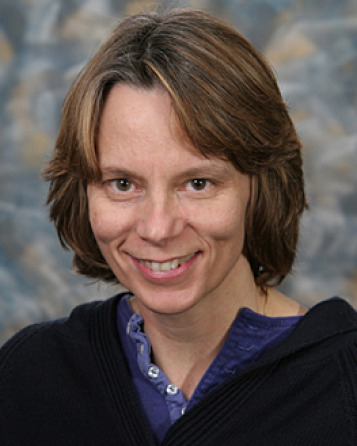
Caitlin Griffith
Professor Emeritus
Astrobiology, Exoplanets, Planetary Astronomy, Planetary Atmospheres, Planetary Formation and Evolution, Planetary Surfaces, Titan & Outer Solar System
Virginia Gulick
Research Professor
Astrobiology, Planetary Analogs, Planetary Surfaces
Pierre Haenecour
Assistant Professor
Astrobiology, Cosmochemistry, Planetary Astronomy, Small Bodies
Christopher Hamilton
Associate Professor
Astrobiology, Earth, Lunar Studies, Photogrammetry, Planetary Analogs, Planetary Geophysics, Planetary Surfaces
Dante Lauretta
Director, Arizona Astrobiology Center, Principal Investigator, OSIRIS-REx, Regents Professor
Astrobiology, Cosmochemistry, Small Bodies
Renu Malhotra
Louise Foucar Marshall Science Research Professor, Regents Professor
Astrobiology, Exoplanets, Orbital Dynamics, Planetary Formation and Evolution, Small Bodies, Theoretical Astrophysics
Isamu Matsuyama
Professor
Astrobiology, Exoplanets, Lunar Studies, Planetary Formation and Evolution, Planetary Geophysics, Theoretical Astrophysics, Titan & Outer Solar System
Alfred McEwen
Regents Professor
Astrobiology, Lunar Studies, Photogrammetry, Planetary Analogs, Planetary Geophysics, Planetary Surfaces
Ilaria Pascucci
Professor
Astrobiology, Exoplanets, Planetary Astronomy, Planetary Formation and Evolution
Sukrit Ranjan
Assistant Professor
Astrobiology, Earth, Exoplanets, Planetary Atmospheres, Planetary Formation and Evolution, Theoretical Astrophysics
Peter Smith
Professor Emeritus
Astrobiology
Roger Yelle
Professor
Astrobiology, Exoplanets, Planetary Atmospheres, Titan & Outer Solar System
Tom Zega
Professor
Astrobiology, Cosmochemistry, Small BodiesAstrobiology Researchers
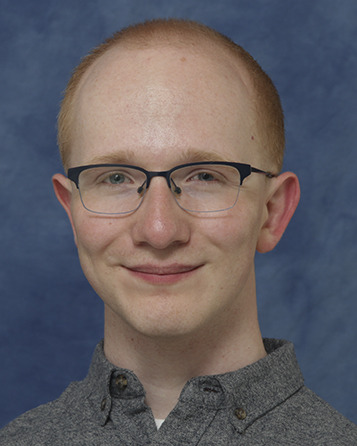
Galen Bergsten
PTYS Graduate Student
Astrobiology, Exoplanets, Planetary Atmospheres, Planetary Formation and Evolution
Jacob Bernal
DCC Postdoctoral Research Associate (Zega), NSF Postdoctoral Fellow
Astrobiology, Cosmochemistry, Small Bodies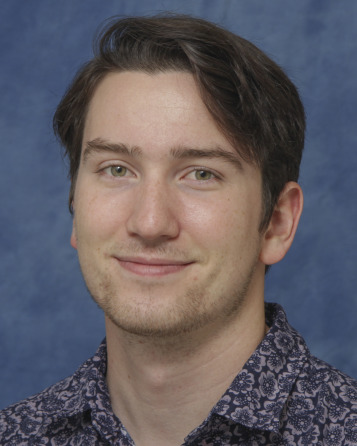
David Cantillo
PTYS Graduate Student
Astrobiology, Small Bodies, Space Situational Awareness
Maddy Christensen
PTYS Graduate Student
Astrobiology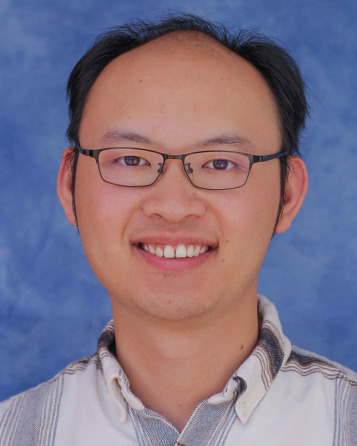
Dingshan Deng
PTYS Graduate Student
Astrobiology, Exoplanets, Planetary Formation and Evolution
Searra Foote
PTYS Graduate Student
Astrobiology, Exoplanets, Planetary Atmospheres
Ruby Fulford
PTYS Graduate Student
Astrobiology, Planetary Geophysics, Planetary Surfaces, Small Bodies, Titan & Outer Solar System
Kiki Gonglewski
PTYS Graduate Student
Astrobiology, Exoplanets, Planetary Formation and Evolution
Nathan Hadland
PTYS Graduate Student
Astrobiology, Earth, Planetary Analogs, Planetary Surfaces
Michael Phillips
Researcher/Scientist
Astrobiology, Photogrammetry, Planetary Analogs, Planetary Surfaces
Lily Robinthal
PTYS Graduate Student
Astrobiology, Exoplanets, Planetary Astronomy, Planetary Atmospheres
Christina Singh
PTYS Graduate Student
Astrobiology, Photogrammetry, Planetary Analogs, Planetary Surfaces
Lucas Smith
PTYS Graduate Student
Astrobiology, Cosmochemistry
Kayla Smith
PTYS Graduate Student
Astrobiology, Exoplanets, Planetary Atmospheres
Jingyu Wang
PTYS Graduate Student
Astrobiology, Exoplanets, Planetary Astronomy, Planetary Atmospheres
James Windsor
Postdoctoral Research Associate
Astrobiology, Exoplanets, Planetary Astronomy, Planetary Atmospheres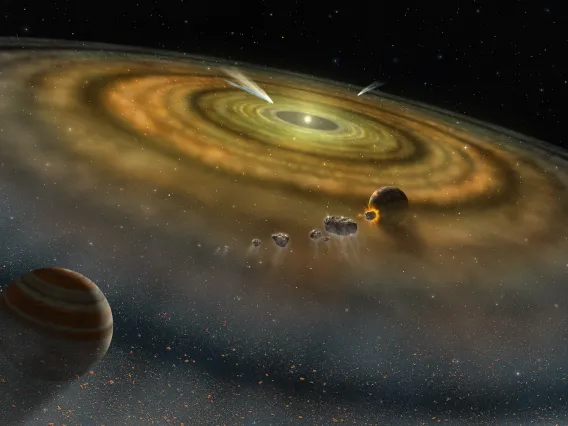
Cosmochemistry
Cosmochemistry
×Planetary Materials are those pieces of condensed matter that were leftover from the time that our solar system formed over 4.5 billion years ago. Current emphasis is on determining the structure of materials at the atomic scale using transmission electron microscopy. In addition, we are pursuing instrumentation to analyze samples that will be brought back from asteroids and other Solar System bodies in the 2020s.
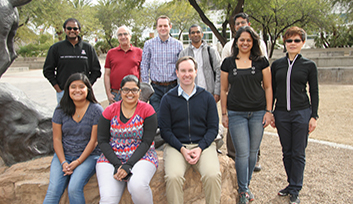 PMRG
PMRGPlanetary Materials Research Group
Planetary Materials are those pieces of condensed matter that were leftover from the time that our solar system formed over 4.5 billion years ago. Such materials include interplanetary dust particles, pre-solar grains, primitive meteorites and soils from the Moon and asteroids. The Planetary Materials Research Group studies the constituent minerals within such samples at scales ranging from micrometers down to the atomic. We use information on crystal structure and chemistry to understand the conditions under which such minerals formed.
Cosmochemistry Faculty

Jessica Barnes
Associate Professor
Cosmochemistry, Lunar Studies, Planetary Analogs
William Boynton
Professor Emeritus
Astrobiology, Cosmochemistry, Lunar Studies, Small Bodies
Pierre Haenecour
Assistant Professor
Astrobiology, Cosmochemistry, Planetary Astronomy, Small Bodies
Dante Lauretta
Director, Arizona Astrobiology Center, Principal Investigator, OSIRIS-REx, Regents Professor
Astrobiology, Cosmochemistry, Small Bodies
Vishnu Reddy
Professor
Cosmochemistry, Planetary Astronomy, Planetary Surfaces, Small Bodies, Space Situational Awareness
Timothy Swindle
Professor Emeritus
Cosmochemistry, Lunar Studies, Small Bodies, Theoretical Astrophysics
Tom Zega
Professor
Astrobiology, Cosmochemistry, Small BodiesCosmochemistry Researchers

Elana Alevy
PTYS Graduate Student, Research Technician
Cosmochemistry
Maizey Benner
PTYS Graduate Student
Cosmochemistry
Jacob Bernal
DCC Postdoctoral Research Associate (Zega), NSF Postdoctoral Fellow
Astrobiology, Cosmochemistry, Small Bodies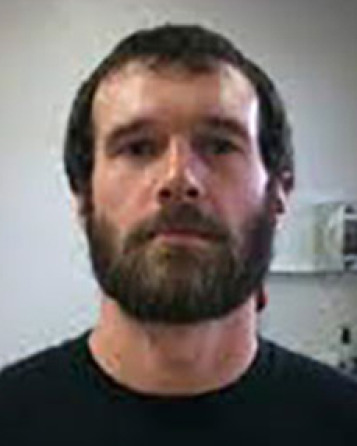
Elias Bloch
Researcher/Scientist
Cosmochemistry
Laura Chaves
Postdoctoral Research Associate
Cosmochemistry, Small Bodies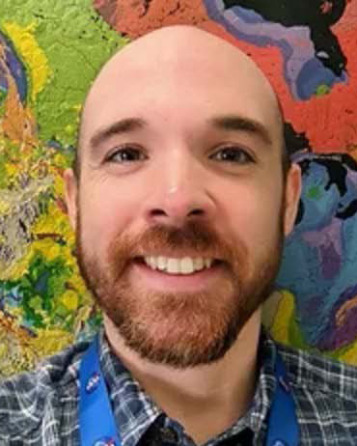
Samuel Crossley
Researcher/Scientist
Cosmochemistry, Planetary Analogs, Planetary Formation and Evolution, Small Bodies
Kana Ishimaru
PTYS Graduate Student
Cosmochemistry, Small Bodies
Nicole Kerrison
PTYS Graduate Student
Cosmochemistry
Melissa Kontogiannis
PTYS Graduate Student
Cosmochemistry
Iunn Ong
PTYS Graduate Student
Cosmochemistry
Beau Prince
PTYS Graduate Student
Cosmochemistry
Lucas Smith
PTYS Graduate Student
Astrobiology, Cosmochemistry
Nathalia Vega Santiago
PTYS Graduate Student
CosmochemistryCosmochemistry Support Staff

Dolores Hill
Research Specialist, Senior
Cosmochemistry, Small Bodies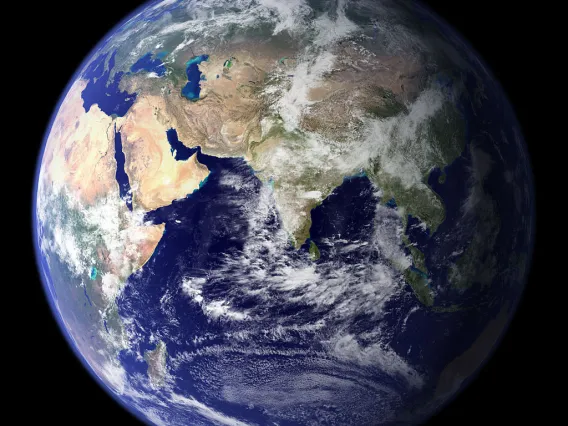
Earth
Earth
×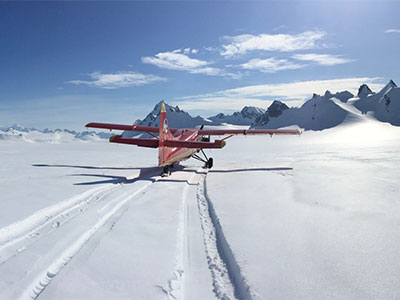 Earth Dynamics Observatory
Earth Dynamics ObservatoryEarth Dynamics Observatory
Combines the University’s strengths in space exploration, instrumentation, and earth sciences to learn more about our planet. Collecting information about Earth from space provides new information about how Earth systems work, how they are changing, and how humans might anticipate and respond to changes. Integrating UA’s expertise across diverse disciplines, in partnership with agencies and industry, allows researchers to collaboratively pose questions, design instruments to acquire the data needed to answer the questions, get the instruments into space to collect and transmit the data, analyze the data, and interpret its meaning. The results, especially when combined with ground-based data, will place the university at the forefront of understanding and educating others about how our planet functions and how we can mitigate and respond to hazards.
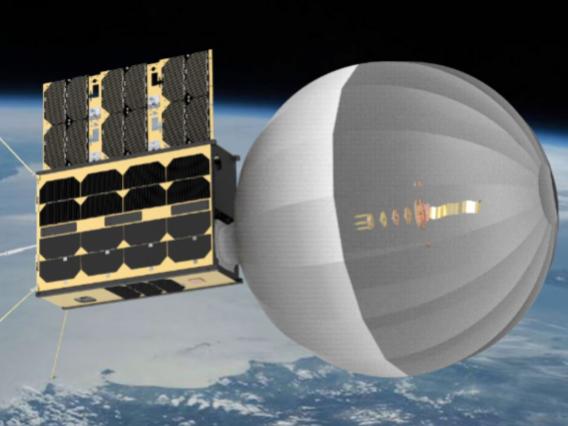 CatSat
CatSatCatSat
CatSat is a 6U CubeSat being built and tested by University of Arizona students, faculty, and staff.
During the mission’s six month expected lifetime, CatSat will detect high frequency signals from HAM radio operators all around the globe with its WSPR antenna, demonstrate an inflatable antenna for high bandwidth transmission, and provide high resolution imaging of the Earth. The data this satellite provides will give insights on the variation of the ionosphere and the technical capabilities of the new systems being tested.
Earth Faculty

Lynn Carter
Associate Department Head, Professor, University Distinguished Scholar
Earth, Lunar Studies, Planetary Analogs, Planetary Geophysics, Planetary Surfaces, Titan & Outer Solar System
Dani Mendoza DellaGiustina
Assistant Professor, Deputy Principal Investigator, OSIRIS-REx, Principal Investigator, OSIRIS-APEX
Earth, Photogrammetry, Planetary Analogs, Planetary Geophysics, Planetary Surfaces, Small Bodies
Christopher Hamilton
Associate Professor
Astrobiology, Earth, Lunar Studies, Photogrammetry, Planetary Analogs, Planetary Geophysics, Planetary Surfaces
Jack Holt
Professor, EDO Director
Earth, Planetary Analogs, Planetary Geophysics, Planetary Surfaces
Lon Hood
Research Professor
Earth, Planetary Geophysics
Stefano Nerozzi
Assistant Research Professor
Earth, Planetary Analogs, Planetary Geophysics, Planetary Surfaces
Sukrit Ranjan
Assistant Professor
Astrobiology, Earth, Exoplanets, Planetary Atmospheres, Planetary Formation and Evolution, Theoretical AstrophysicsEarth Researchers

Brett Carr
Researcher/Scientist
Earth, Lunar Studies, Photogrammetry, Planetary Analogs, Planetary Surfaces
Rishi Chandra
PTYS Graduate Student
Earth, Lunar Studies, Planetary Analogs, Planetary Geophysics, Planetary Surfaces, Small Bodies
Michael Daniel
PTYS Graduate Student
Earth, Planetary Surfaces
Nathan Hadland
PTYS Graduate Student
Astrobiology, Earth, Planetary Analogs, Planetary Surfaces
Sarah Sutton
Photogrammetry Program Lead, HiRISE, Researcher/Scientist
Earth, Lunar Studies, Photogrammetry, Planetary Analogs, Planetary Surfaces, Small BodiesEarth Support Staff

Singleton Papendick
Science Operations Engineer, HiRISE
Earth, Planetary Surfaces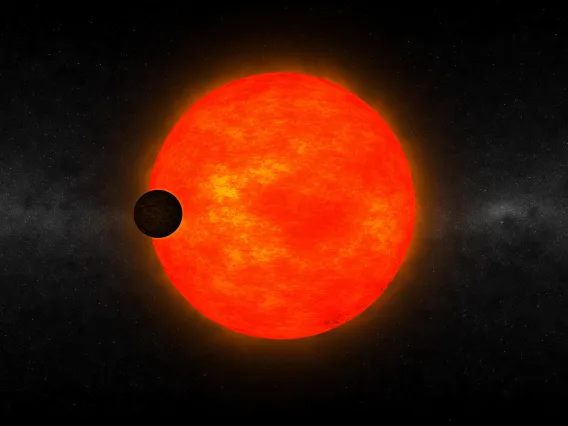
Exoplanets
Exoplanets
×Understanding planetary evolution and how life emerged on Earth are among the most fundamental questions in planetary science and astronomy. We are living in an exciting era where, in addition to the planets in our Solar System, we can study and characterize thousands of exoplanets orbiting other stars. Exoplanet studies at LPL cover a broad range of topics and benefit from unique departmental collaborations that bridge Solar System planetary science to astronomy. Key themes include the characterization and dispersal of protoplanetary disks around young stars, dynamics and stability of planetary systems, direct imaging and transit observations of exoplanets, and exoplanet atmospheric formation, evolution, and characterization.
Exoplanets Faculty

Dániel Apai
Interim Associate Dean for Research, College of Science, Principal Investigator, Alien Earths, Professor
Astrobiology, Exoplanets, Planetary Atmospheres, Planetary Formation and Evolution
Gilda Ballester
Research Professor (Retired)
Exoplanets, Planetary Astronomy, Planetary Atmospheres
Travis Barman
Professor
Exoplanets
Caitlin Griffith
Professor Emeritus
Astrobiology, Exoplanets, Planetary Astronomy, Planetary Atmospheres, Planetary Formation and Evolution, Planetary Surfaces, Titan & Outer Solar System
William Hubbard
Professor Emeritus
Exoplanets, Planetary Atmospheres, Planetary Formation and Evolution, Theoretical Astrophysics, Titan & Outer Solar System
Tommi Koskinen
Associate Department Head, Associate Professor
Exoplanets, Planetary Atmospheres, Planetary Formation and Evolution, Titan & Outer Solar System
Renu Malhotra
Louise Foucar Marshall Science Research Professor, Regents Professor
Astrobiology, Exoplanets, Orbital Dynamics, Planetary Formation and Evolution, Small Bodies, Theoretical Astrophysics
Mark S. Marley
Director, Department Head, Professor
Exoplanets
Isamu Matsuyama
Professor
Astrobiology, Exoplanets, Lunar Studies, Planetary Formation and Evolution, Planetary Geophysics, Theoretical Astrophysics, Titan & Outer Solar System
Ilaria Pascucci
Professor
Astrobiology, Exoplanets, Planetary Astronomy, Planetary Formation and Evolution
Sukrit Ranjan
Assistant Professor
Astrobiology, Earth, Exoplanets, Planetary Atmospheres, Planetary Formation and Evolution, Theoretical Astrophysics
Tyler Robinson
Associate Professor
Exoplanets
Roger Yelle
Professor
Astrobiology, Exoplanets, Planetary Atmospheres, Titan & Outer Solar SystemExoplanets Researchers

Rahul Arora
PTYS Graduate Student
Exoplanets, Planetary Atmospheres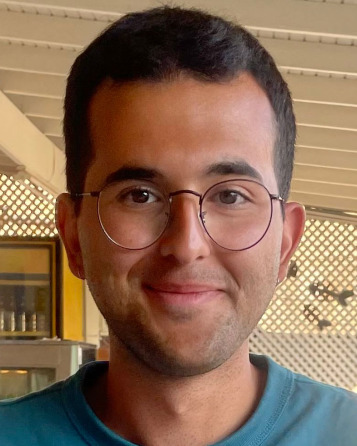
Arin Avsar
PTYS Graduate Student
Exoplanets, Planetary Astronomy, Planetary Formation and Evolution
Naman Bajaj
PTYS Graduate Student
Exoplanets, Planetary Formation and Evolution
Galen Bergsten
PTYS Graduate Student
Astrobiology, Exoplanets, Planetary Atmospheres, Planetary Formation and Evolution
Dingshan Deng
PTYS Graduate Student
Astrobiology, Exoplanets, Planetary Formation and Evolution
Searra Foote
PTYS Graduate Student
Astrobiology, Exoplanets, Planetary Atmospheres
Kiki Gonglewski
PTYS Graduate Student
Astrobiology, Exoplanets, Planetary Formation and Evolution
Kylie Hall
PTYS Graduate Student
Exoplanets
Joanna Hardesty
PTYS Graduate Student
Exoplanets, Planetary Atmospheres, Planetary Formation and Evolution
Lori Huseby
PTYS Graduate Student
Exoplanets, Planetary Atmospheres
Chaucer Langbert
PTYS Graduate Student
Exoplanets, Planetary Atmospheres
Fuda Nguyen
PTYS Graduate Student
Exoplanets, Planetary Atmospheres, Planetary Formation and Evolution, Theoretical Astrophysics
Lily Robinthal
PTYS Graduate Student
Astrobiology, Exoplanets, Planetary Astronomy, Planetary Atmospheres
Kayla Smith
PTYS Graduate Student
Astrobiology, Exoplanets, Planetary Atmospheres
Anna Taylor
PTYS Graduate Student
Exoplanets, Planetary Atmospheres, Theoretical Astrophysics
Jingyu Wang
PTYS Graduate Student
Astrobiology, Exoplanets, Planetary Astronomy, Planetary Atmospheres
James Windsor
Postdoctoral Research Associate
Astrobiology, Exoplanets, Planetary Astronomy, Planetary Atmospheres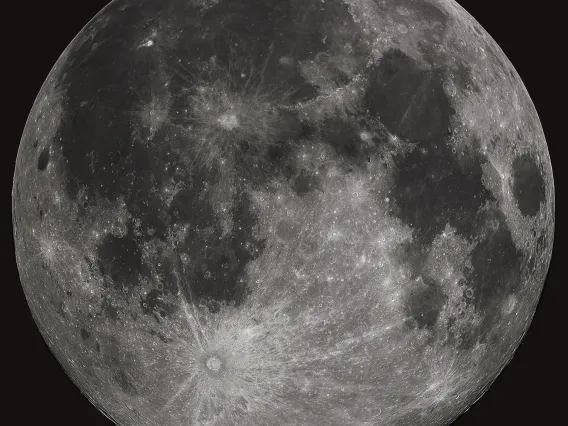
Lunar Studies
Lunar Studies
×Lunar research was one of the hallmarks of the Lunar and Planetary Laboratory in its first decade (the 1960s) as the United States prepared for the Apollo missions and LPL led the way in mapping possible landing sites. In the half-century since, the kinds of lunar research performed have changed, but the Moon is still an object of intense scrutiny. Our nearest neighbor in space lacks many of the processes occurring on the surface of Earth today, including the effects of wind, water and biology, so the rocks on its surface contain records of a much earlier era of Solar System history. On the other hand, because it lacks either an atmosphere or a strong internal magnetic field, its surface experiences effects that the Earth’s surface does not. Current LPL researchers study many different aspects of the Moon, including its composition, history, surface properties, magnetic field, interior structure, and even its tenuous atmosphere. Although the first studies were done with telescopes, we now have everything from the samples returned in the Apollo missions to modern spacecraft missions in orbit around the Moon. Read more about our history with lunar research.
Lunar Studies Faculty

Jeffrey Andrews-Hanna
Professor
Lunar Studies, Planetary Geophysics, Planetary Surfaces, Titan & Outer Solar System
Erik Asphaug
Professor
Lunar Studies, Planetary Analogs, Planetary Geophysics, Planetary Surfaces, Small Bodies, Theoretical Astrophysics, Titan & Outer Solar System
Jessica Barnes
Associate Professor
Cosmochemistry, Lunar Studies, Planetary Analogs
William Boynton
Professor Emeritus
Astrobiology, Cosmochemistry, Lunar Studies, Small Bodies
Veronica Bray
Associate Research Professor
Lunar Studies, Planetary Analogs, Planetary Surfaces
Lynn Carter
Associate Department Head, Professor, University Distinguished Scholar
Earth, Lunar Studies, Planetary Analogs, Planetary Geophysics, Planetary Surfaces, Titan & Outer Solar System
Christopher Hamilton
Associate Professor
Astrobiology, Earth, Lunar Studies, Photogrammetry, Planetary Analogs, Planetary Geophysics, Planetary Surfaces
Angela Marusiak
Assistant Research Professor
Lunar Studies, Planetary Analogs, Planetary Geophysics, Small Bodies, Titan & Outer Solar System
Isamu Matsuyama
Professor
Astrobiology, Exoplanets, Lunar Studies, Planetary Formation and Evolution, Planetary Geophysics, Theoretical Astrophysics, Titan & Outer Solar System
Alfred McEwen
Regents Professor
Astrobiology, Lunar Studies, Photogrammetry, Planetary Analogs, Planetary Geophysics, Planetary Surfaces
Timothy Swindle
Professor Emeritus
Cosmochemistry, Lunar Studies, Small Bodies, Theoretical AstrophysicsLunar Studies Researchers

Brett Carr
Researcher/Scientist
Earth, Lunar Studies, Photogrammetry, Planetary Analogs, Planetary Surfaces
Rishi Chandra
PTYS Graduate Student
Earth, Lunar Studies, Planetary Analogs, Planetary Geophysics, Planetary Surfaces, Small Bodies
Sarah Sutton
Photogrammetry Program Lead, HiRISE, Researcher/Scientist
Earth, Lunar Studies, Photogrammetry, Planetary Analogs, Planetary Surfaces, Small Bodies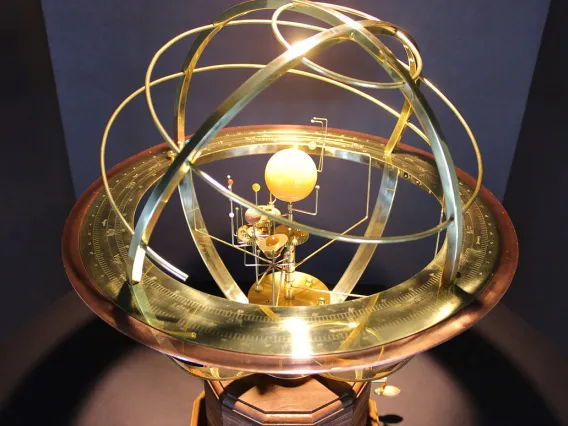
Orbital Dynamics
Orbital Dynamics
×Kepler's laws of planetary motion turn out to be far from the last word on planetary orbits. Orbits change over time, some changes are slow and periodic, others are chaotic and dramatic; these determine the architecture of planetary systems. In orbital dynamics research, we seek to discover the past and future of planetary systems - the diverse effects of gravity that shape where and how planets form and how their orbits evolve in time. We study the orbital evolution of planetary and satellite systems, and small bodies (asteroids and comets), as well as interplanetary dust, in the solar system and in exo-planetary systems. We seek discovery and understanding of the dynamical transport processes of planetary materials across vast distances in space and over geologically long times. We study how Earth's habitability is affected by its orbital history, and how orbital dynamics shapes extra-terrestrial environments.
Recent News
July 2020
-
Kathryn Volk is now the Chair of the AAS Division on Dynamical Astronomy
-
A new paper by Kathryn Volk (co-authored with Renu Malhotra) on the source of dynamical instability in multiplanet systems: "Dynamical instabilities in systems of multiple short-period planets are likely driven by secular chaos: a case study of Kepler-102" Volk & Malhotra 2020, AJ in press
-
Steward Observatory Graduate Student Rachel Smullen and Kathryn Volk had a paper accepted about using machine learning to dynamically classify Kuiper belt objects: "Machine Learning Classification of Kuiper Belt Populations" Smullen & Volk, MNRAS in press
June 2020
- A new paper by Prof Renu Malhotra describes the discovery of low eccentricity bridges between first order mean motion resonances: On the Divergence of First Order Resonance Widths at Low Eccentricities
- Graduate Student Nathaniel Hendler led this new paper on measuring the sizes of 199 protoplanetary disks: The Evolution of Dust Disk Sizes from a Homogeneous Analysis of 1-10 Myr old Stars
March 2020
- Regents Professor Renu Malhotra co-authored this paper on Search for L5 Earth Trojans with DECam, Markwardt et al., MNRAS, 492(4):6105-6119 (2020)
February 2020
- Graduate student Hamish Hay successfully defended his PhD Dissertation, “A Tale of Tides: icy satellites, subsurface oceans, and tightly-packed planetary systems”
- Graduate student Teddy Kareta led this paper on the new interstellar object 2I/Borisov Carbon Chain Depletion of 2I/Borisov
December 2019
- A new paper led by graduate student Teddy Kareta "Physical Characterization of the 2017 December Outburst of the Centaur 174P/Echeclus", (2019), Astronomical Journal, 158, 6.
- Regents Professor Renu Malhotra’s work featured in the Economist How the planets got their spots - The Economist, December 2019
November 2019
- Resonant Kuiper Belt Objects: a review, Geoscience Letters, 6:12 (2019). (a review paper by Regents Professor Renu Malhotra)
October 2019
- Kathryn Volk’s work featured in UA News Beyond Jupiter, Researchers Discovered a 'Cradle of Comets'
August 2019
- A new paper by visiting graduate student Lan Lei and Regents Professor Renu Malhotra Neptune's resonances in the Scattered Disk, CMDA, 131, article ID 39, 26 pp. (2019)
April 2019
- A new paper led by graduate student Hamish Hay Tides Between the TRAPPIST-1 Planets
March 2019
- LPL’s 2019 Kuiper Award goes to graduate student Hamish Hay!
February 2019
- Nonlinear tidal dissipation in the subsurface oceans of Enceladus and other icy satellites (a new paper led by Hamish Hay)
- The case for a deep search for Earth's Trojan asteroids, Nature Astronomy (18 February 2019). (A Comment by Regents Professor Renu Malhotra)
- Regents Professor Renu Malhotra quoted in PBS Nova article Battle scars on Pluto and Charon, PBS Nova, February 2019
December 2018
- Regents Professor Renu Malhotra’s work featured in the New York Times A Journey into the Solar System’s outer reaches, New York Times, December 2018
- Regents Professor Renu Malhotra’s work featured in Science magazine Did the ancient Sun go on a diet? Science, December 2018
November 2018
- A paper led by Teddy Kareta "Rotationally Resolved Spectroscopic Characterization of Near-Earth Object (3200) Phaethon", (2018)
September 2018
- A paper co-authored by graduate student Hamish Hay Ocean tidal heating in icy satellites with solid shells
June 2018
- Associate Professor of Practice Steve Kortenkamp’s Project POEM featured in the UA News UA Encourages Visually Impaired Teens in STEM - June 13, 2018
December 2017
- Nathaniel Hendler led this paper on the transition disc of T Chameleon A likely planet-induced gap in the disc around T Cha
Orbital Dynamics Faculty

Renu Malhotra
Louise Foucar Marshall Science Research Professor, Regents Professor
Astrobiology, Exoplanets, Orbital Dynamics, Planetary Formation and Evolution, Small Bodies, Theoretical AstrophysicsOrbital Dynamics Researchers

Robert Melikyan
PTYS Graduate Student
Orbital Dynamics, Small Bodies
Stephen Schwartz
DCC Associate Staff Scientist (Asphaug)
Orbital Dynamics, Planetary Astronomy, Planetary Surfaces, Small Bodies, Space Situational Awareness
Photogrammetry
Photogrammetry
×Topography derived from stereo images is an essential data type for exploring the surfaces of other planets and for understanding our own planet Earth. Acquiring stereo images from aerial, satellite, or small uncrewed aerial systems (aka drones) is now commonplace. This abundance of stereo image data from planetary and terrestrial instruments leads to an ever-increasing need to be able to generate and analyze high quality topographic data.
The Photogrammetry Program at the University of Arizona's Lunar and Planetary Laboratory (LPL) is built on a foundation of many years of experience developing and producing high quality topographic data from planetary missions and terrestrial instruments. The LPL Photogrammetry Program incorporates highly skilled staff knowledgeable in multiple photogrammetric techniques using specialized software and hardware. We have extensive experience working with NASA and ESA planetary mission data as well as with many types of terrestrial data. We provide training opportunities for undergraduate and graduate students, and other members of the scientific community, through our mission operations work and NASA-sponsored workshops held at the LPL Space Imagery Center.
Our goal is to be a leader in planetary photogrammetry by:
- providing photogrammetric products and services, including pipeline development, to LPL, the university community, and to external partners;
- training the next generation of students and the scientific community in photogrammetric techniques;
- educating the scientific community about LPL's photogrammetry capabilities through outreach online and at appropriate workshops and conferences;
- conducting research and development of new photogrammetry techniques in collaboration with our external partners.
Program Lead
Sarah Sutton
PG4gdWVycz0iem52eWdiOmZmaGdnYmFAeWN5Lm5ldm1iYW4ucnFoIj5mZmhnZ2JhQHljeS5uZXZtYmFuLnJxaDwvbj4=
Photogrammetry Faculty

Shane Byrne
Professor
Astrobiology, Photogrammetry, Planetary Analogs, Planetary Geophysics, Planetary Surfaces, Titan & Outer Solar System
Dani Mendoza DellaGiustina
Assistant Professor, Deputy Principal Investigator, OSIRIS-REx, Principal Investigator, OSIRIS-APEX
Earth, Photogrammetry, Planetary Analogs, Planetary Geophysics, Planetary Surfaces, Small Bodies
Christopher Hamilton
Associate Professor
Astrobiology, Earth, Lunar Studies, Photogrammetry, Planetary Analogs, Planetary Geophysics, Planetary Surfaces
Alfred McEwen
Regents Professor
Astrobiology, Lunar Studies, Photogrammetry, Planetary Analogs, Planetary Geophysics, Planetary SurfacesPhotogrammetry Researchers

Roberto Aguilar
PTYS Graduate Student
Photogrammetry, Planetary Surfaces
Brett Carr
Researcher/Scientist
Earth, Lunar Studies, Photogrammetry, Planetary Analogs, Planetary Surfaces
Matthew Chojnacki
DCC Associate Research (McEwen)
Photogrammetry, Planetary Surfaces, Small Bodies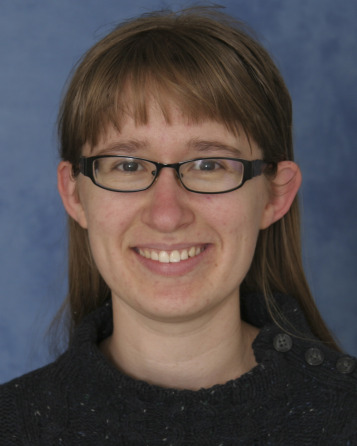
Claire Cook
PTYS Graduate Student
Photogrammetry, Planetary Analogs, Planetary Geophysics, Planetary Surfaces, Titan & Outer Solar System
Kenneth Edmundson
DCC Associate Research (Lauretta)
Photogrammetry
Dathon Golish
Mission Instrument and Observation Scientist
Photogrammetry, Small Bodies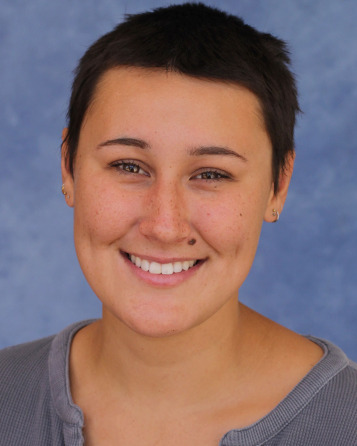
Rowan Huang
PTYS Graduate Student
Photogrammetry, Planetary Surfaces
Euibin Kim
PTYS Graduate Student
Photogrammetry, Planetary Formation and Evolution, Planetary Surfaces
Michael Phillips
Researcher/Scientist
Astrobiology, Photogrammetry, Planetary Analogs, Planetary Surfaces
Christina Singh
PTYS Graduate Student
Astrobiology, Photogrammetry, Planetary Analogs, Planetary Surfaces
Sarah Sutton
Photogrammetry Program Lead, HiRISE, Researcher/Scientist
Earth, Lunar Studies, Photogrammetry, Planetary Analogs, Planetary Surfaces, Small BodiesPhotogrammetry Support Staff

Kris Akers
Research Engineering Technician
Photogrammetry
Kris Becker
Senior Data Analyst, OSIRIS-REx
Photogrammetry
Audrie Fennema
Engineer, Satellite Payload Operations, HiRISE
Photogrammetry
Jason Perry
Staff Technician, HiRISE
Photogrammetry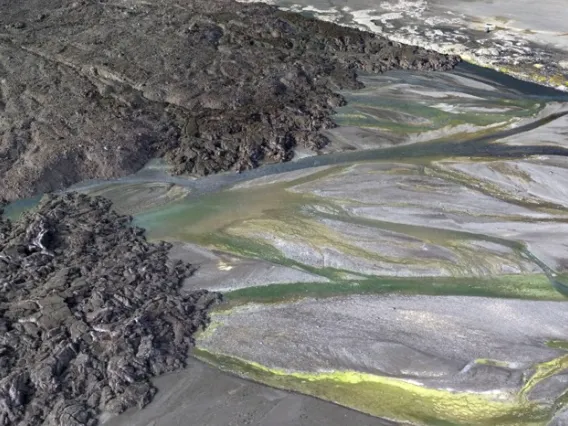
Planetary Analogs
Planetary Analogs
×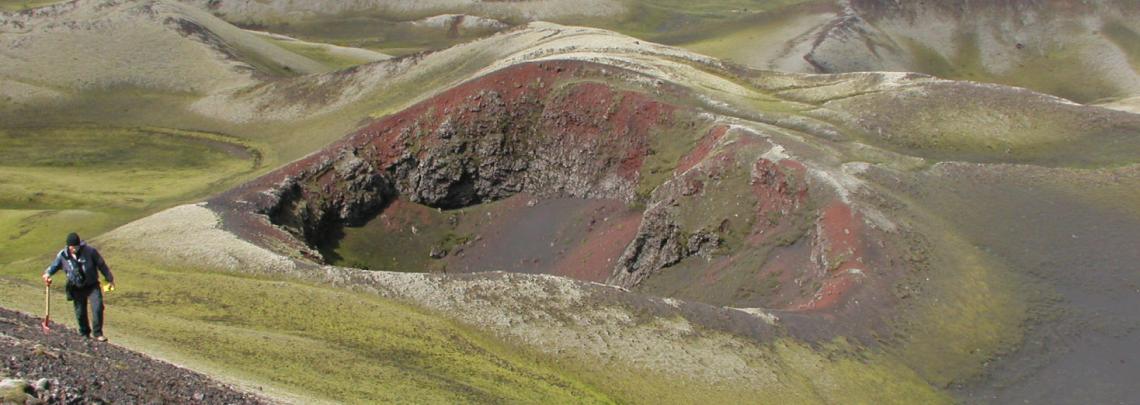 Hamilton Research Group
Hamilton Research GroupHamilton Research Group
Dr. Hamilton's Research Group investigates a range of geologic surface processes to better understand the history of terrestrial bodies in the Solar System. These processes include volcanic, tectonic, glacial, fluvial, aeolian, and impact cratering activity, which we explore through a combination of field-based observations, remote sensing, geophysical modeling, and machine learning.
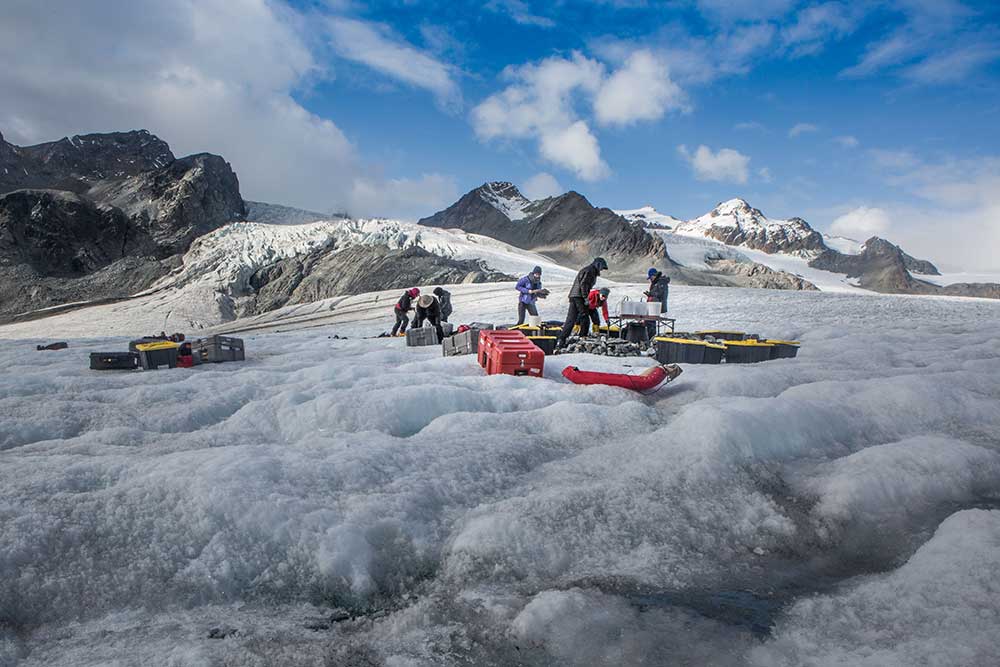 SIIOS
SIIOSSeismometer to Investigate Ice and Ocean Structure (SIIOS)
The icy moons of Europa and Enceladus are thought to have subsurface oceans in contact with mineral-rich interiors, likely providing the ingredients needed for life as we know it. Their crustal thickness and structure is therefore one of the most important and controversial topics in astrobiology. In a future lander-based spacecraft investigation, seismic measurements will be a key geophysical tool for obtaining this critical knowledge. The Seismometer to Investigate Ice and Ocean Structure (SIIOS) field-tests flight-ready technologies and develops the analytical methods necessary to make a seismic study of Europa and Enceladus a reality.
 RAVEN
RAVENRover–Aerial Vehicle Exploration Network (RAVEN)
A team of scientists led by LPL’s Christopher Hamilton, an associate professor, are gearing up to send drones on exploration missions across a vast lava field in Iceland to test a next-generation Mars exploration concept. Hamilton is the principal investigator on a project that has been awarded a $3.1 million NASA grant to develop a new concept combining rovers and unmanned aerial systems, commonly known as drones, to explore regions of the red planet that have been previously inaccessible.
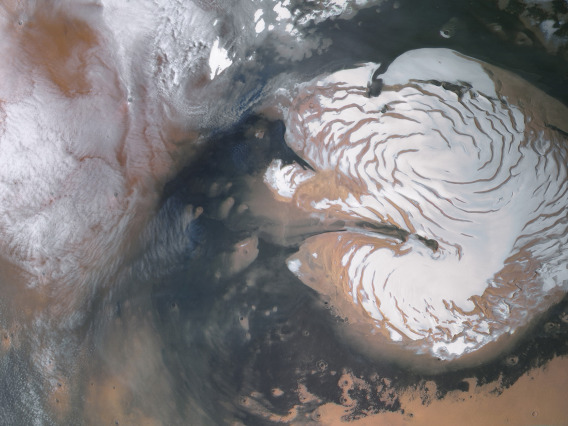 TAPIR
TAPIRTerrestrial And Planetary Investigations and Reconnaissance (TAPIR)
TAPIR research themes include debris-covered glaciers, terrestrial glaciers and ice sheets, Mars polar studies, and geophysical instrumentation techniques.
Planetary Analogs Faculty

Erik Asphaug
Professor
Lunar Studies, Planetary Analogs, Planetary Geophysics, Planetary Surfaces, Small Bodies, Theoretical Astrophysics, Titan & Outer Solar System
Jessica Barnes
Associate Professor
Cosmochemistry, Lunar Studies, Planetary Analogs
Veronica Bray
Associate Research Professor
Lunar Studies, Planetary Analogs, Planetary Surfaces
Shane Byrne
Professor
Astrobiology, Photogrammetry, Planetary Analogs, Planetary Geophysics, Planetary Surfaces, Titan & Outer Solar System
Lynn Carter
Associate Department Head, Professor, University Distinguished Scholar
Earth, Lunar Studies, Planetary Analogs, Planetary Geophysics, Planetary Surfaces, Titan & Outer Solar System
Dani Mendoza DellaGiustina
Assistant Professor, Deputy Principal Investigator, OSIRIS-REx, Principal Investigator, OSIRIS-APEX
Earth, Photogrammetry, Planetary Analogs, Planetary Geophysics, Planetary Surfaces, Small Bodies
Virginia Gulick
Research Professor
Astrobiology, Planetary Analogs, Planetary Surfaces
Christopher Hamilton
Associate Professor
Astrobiology, Earth, Lunar Studies, Photogrammetry, Planetary Analogs, Planetary Geophysics, Planetary Surfaces
Jack Holt
Professor, EDO Director
Earth, Planetary Analogs, Planetary Geophysics, Planetary Surfaces
Angela Marusiak
Assistant Research Professor
Lunar Studies, Planetary Analogs, Planetary Geophysics, Small Bodies, Titan & Outer Solar System
Alfred McEwen
Regents Professor
Astrobiology, Lunar Studies, Photogrammetry, Planetary Analogs, Planetary Geophysics, Planetary Surfaces
Stefano Nerozzi
Assistant Research Professor
Earth, Planetary Analogs, Planetary Geophysics, Planetary SurfacesPlanetary Analogs Researchers

Brett Carr
Researcher/Scientist
Earth, Lunar Studies, Photogrammetry, Planetary Analogs, Planetary Surfaces
Rishi Chandra
PTYS Graduate Student
Earth, Lunar Studies, Planetary Analogs, Planetary Geophysics, Planetary Surfaces, Small Bodies
Claire Cook
PTYS Graduate Student
Photogrammetry, Planetary Analogs, Planetary Geophysics, Planetary Surfaces, Titan & Outer Solar System
Samuel Crossley
Researcher/Scientist
Cosmochemistry, Planetary Analogs, Planetary Formation and Evolution, Small Bodies
Nathan Hadland
PTYS Graduate Student
Astrobiology, Earth, Planetary Analogs, Planetary Surfaces
Samantha Moruzzi
PTYS Graduate Student
Planetary Analogs, Planetary Geophysics, Planetary Surfaces, Titan & Outer Solar System
Michael Phillips
Researcher/Scientist
Astrobiology, Photogrammetry, Planetary Analogs, Planetary Surfaces
Christina Singh
PTYS Graduate Student
Astrobiology, Photogrammetry, Planetary Analogs, Planetary Surfaces
Sarah Sutton
Photogrammetry Program Lead, HiRISE, Researcher/Scientist
Earth, Lunar Studies, Photogrammetry, Planetary Analogs, Planetary Surfaces, Small Bodies
Wesley Tucker
Postdoctoral Research Associate
Planetary Analogs, Planetary Geophysics, Planetary Surfaces, Titan & Outer Solar System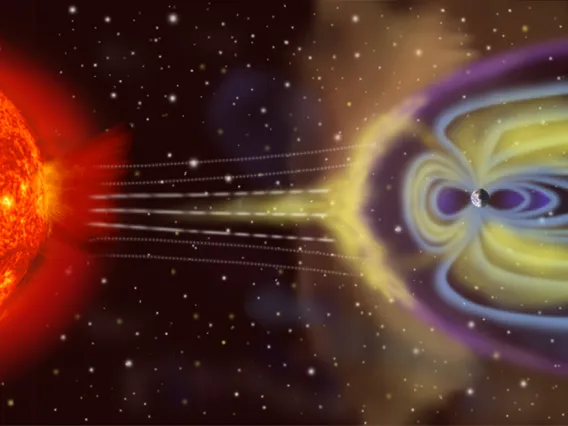
Planetary Astronomy
Planetary Astronomy
×The planets of the solar system, along with their satellite systems, are our only accessible example of the end state of planetary system development. Observational study of these worlds provides us insight into how systems of planets form, the role of migration, bombardment and stellar interaction in their evolution, and the range of potential sites of habitability. Planetary astronomy at LPL targets planets on multiple levels ranging from observations of surface features and composition, through the dynamic and chemical processes in their atmospheres, and ultimately to the interface of their magnetic and atmospheric interaction with the solar wind. These measurements are obtained from a combination of in situ robotic probes, a global network of ground and space-based observatories, and customized instrumentation developed by LPL scientists and engineers. The results are then interpreted in coordination with local laboratory based and theoretical facilities to improve our understanding of the solar neighborhood.
Planetary Astronomy Faculty

Gilda Ballester
Research Professor (Retired)
Exoplanets, Planetary Astronomy, Planetary Atmospheres
Caitlin Griffith
Professor Emeritus
Astrobiology, Exoplanets, Planetary Astronomy, Planetary Atmospheres, Planetary Formation and Evolution, Planetary Surfaces, Titan & Outer Solar System
Pierre Haenecour
Assistant Professor
Astrobiology, Cosmochemistry, Planetary Astronomy, Small Bodies
Walter Harris
Professor
Planetary Astronomy, Planetary Atmospheres, Small Bodies, Solar and Heliospheric Research
Robert (Bob) McMillan
Research Professor (Retired)
Asteroid Surveys, Planetary Astronomy, Small Bodies
Ilaria Pascucci
Professor
Astrobiology, Exoplanets, Planetary Astronomy, Planetary Formation and Evolution
Vishnu Reddy
Professor
Cosmochemistry, Planetary Astronomy, Planetary Surfaces, Small Bodies, Space Situational Awareness
George Rieke
Regents Professor
Planetary AstronomyPlanetary Astronomy Researchers

Arin Avsar
PTYS Graduate Student
Exoplanets, Planetary Astronomy, Planetary Formation and Evolution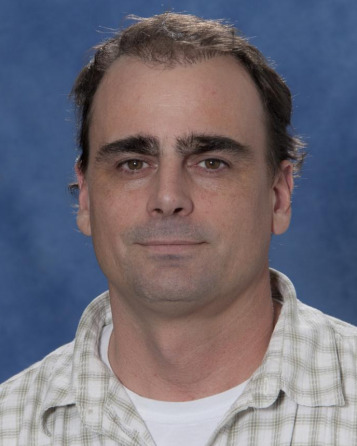
Jason Corliss
Research Scientist/Senior Staff Scientist
Planetary Astronomy, Planetary Atmospheres, Small Bodies, Solar and Heliospheric Research
Erich Karkoschka
Research Scientist/Senior Staff Scientist
Planetary Astronomy, Planetary Atmospheres, Planetary Surfaces, Titan & Outer Solar System
Lily Robinthal
PTYS Graduate Student
Astrobiology, Exoplanets, Planetary Astronomy, Planetary Atmospheres
Stephen Schwartz
DCC Associate Staff Scientist (Asphaug)
Orbital Dynamics, Planetary Astronomy, Planetary Surfaces, Small Bodies, Space Situational Awareness
Jingyu Wang
PTYS Graduate Student
Astrobiology, Exoplanets, Planetary Astronomy, Planetary Atmospheres
James Windsor
Postdoctoral Research Associate
Astrobiology, Exoplanets, Planetary Astronomy, Planetary Atmospheres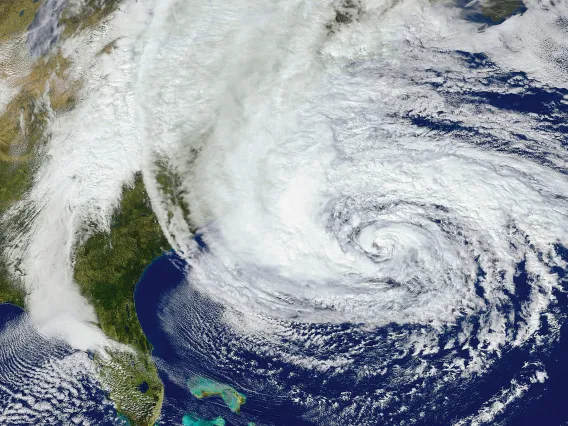
Planetary Atmospheres
Planetary Atmospheres
×The Lunar and Planetary Laboratory has a strong background in the study of planetary and satellite atmospheres. Since the pioneering days of Gerard Kuiper, atmospheres have been an integral part of the research program at LPL. Faculty and staff have been involved in most major space missions that have targeted planetary and satellite atmospheres in the solar system. They have served in leadership roles and participated in instrument development, management as well as the analysis and interpretation of the science results. While prior research focused on the solar system, the department is now also actively involved in the study of extrasolar planet atmospheres. LPL scientists benefit from knowledge gained over decades of detailed solar system studies and apply it to explain new discoveries on extrasolar planets.
Current research into planetary and satellite atmospheres at LPL includes many aspects of solar system and extrasolar planets. LPL scientists are analyzing data and developing models to characterize the atmospheres of Venus, Earth and Mars in the inner solar system. They are involved in research and missions dedicated to the study of the giant planet, satellite and dwarf planet atmospheres in the outer solar system. Beyond the solar system, there is a vibrant effort to observe and model the atmospheres of extrasolar planets. This includes spectroscopic studies and models of extrasolar giant planets as well as efforts to define and constrain the habitability of rocky planet atmospheres for future studies. The goal of these research endeavors is to address fundamental questions about the nature, evolution and habitability of planetary and satellite atmospheres.
Planetary Atmospheres Faculty

Dániel Apai
Interim Associate Dean for Research, College of Science, Principal Investigator, Alien Earths, Professor
Astrobiology, Exoplanets, Planetary Atmospheres, Planetary Formation and Evolution
Gilda Ballester
Research Professor (Retired)
Exoplanets, Planetary Astronomy, Planetary Atmospheres
Caitlin Griffith
Professor Emeritus
Astrobiology, Exoplanets, Planetary Astronomy, Planetary Atmospheres, Planetary Formation and Evolution, Planetary Surfaces, Titan & Outer Solar System
Walter Harris
Professor
Planetary Astronomy, Planetary Atmospheres, Small Bodies, Solar and Heliospheric Research
William Hubbard
Professor Emeritus
Exoplanets, Planetary Atmospheres, Planetary Formation and Evolution, Theoretical Astrophysics, Titan & Outer Solar System
Tommi Koskinen
Associate Department Head, Associate Professor
Exoplanets, Planetary Atmospheres, Planetary Formation and Evolution, Titan & Outer Solar System
Sukrit Ranjan
Assistant Professor
Astrobiology, Earth, Exoplanets, Planetary Atmospheres, Planetary Formation and Evolution, Theoretical Astrophysics
Roger Yelle
Professor
Astrobiology, Exoplanets, Planetary Atmospheres, Titan & Outer Solar SystemPlanetary Atmospheres Researchers

Rahul Arora
PTYS Graduate Student
Exoplanets, Planetary Atmospheres
Galen Bergsten
PTYS Graduate Student
Astrobiology, Exoplanets, Planetary Atmospheres, Planetary Formation and Evolution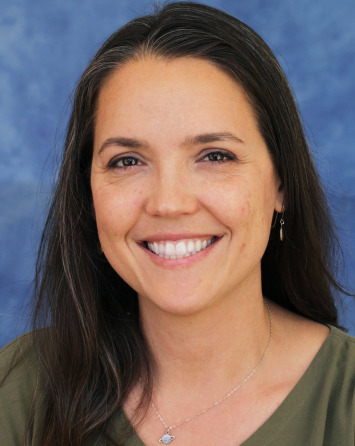
Zarah Brown
Postdoctoral Research Associate
Planetary Atmospheres, Planetary Formation and Evolution
Jason Corliss
Research Scientist/Senior Staff Scientist
Planetary Astronomy, Planetary Atmospheres, Small Bodies, Solar and Heliospheric Research
Searra Foote
PTYS Graduate Student
Astrobiology, Exoplanets, Planetary Atmospheres
Joanna Hardesty
PTYS Graduate Student
Exoplanets, Planetary Atmospheres, Planetary Formation and Evolution
Lori Huseby
PTYS Graduate Student
Exoplanets, Planetary Atmospheres
Erich Karkoschka
Research Scientist/Senior Staff Scientist
Planetary Astronomy, Planetary Atmospheres, Planetary Surfaces, Titan & Outer Solar System
Chaucer Langbert
PTYS Graduate Student
Exoplanets, Planetary Atmospheres
Thea McKenna
PTYS Graduate Student
Planetary Atmospheres, Planetary Surfaces
Cole Meyer
PTYS Graduate Student
Planetary Atmospheres, Planetary Surfaces, Solar and Heliospheric Research
Fuda Nguyen
PTYS Graduate Student
Exoplanets, Planetary Atmospheres, Planetary Formation and Evolution, Theoretical Astrophysics
Tyler Reese
PTYS Graduate Student
Planetary Atmospheres, Solar and Heliospheric Research
Bashar Rizk
Research Scientist/Senior Staff Scientist, OSIRIS-REx/OCAMS
Asteroid Surveys, Planetary Atmospheres
Lily Robinthal
PTYS Graduate Student
Astrobiology, Exoplanets, Planetary Astronomy, Planetary Atmospheres
Kayla Smith
PTYS Graduate Student
Astrobiology, Exoplanets, Planetary Atmospheres
Anna Taylor
PTYS Graduate Student
Exoplanets, Planetary Atmospheres, Theoretical Astrophysics
Jingyu Wang
PTYS Graduate Student
Astrobiology, Exoplanets, Planetary Astronomy, Planetary Atmospheres
James Windsor
Postdoctoral Research Associate
Astrobiology, Exoplanets, Planetary Astronomy, Planetary Atmospheres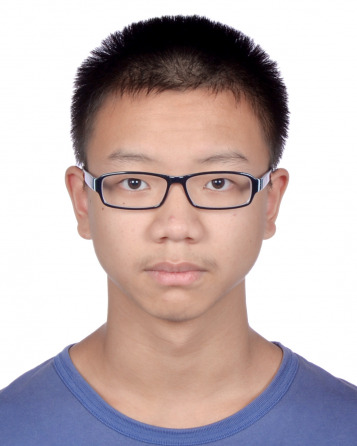
Chengyan Xie
PTYS Graduate Student
Planetary Atmospheres, Planetary Formation and Evolution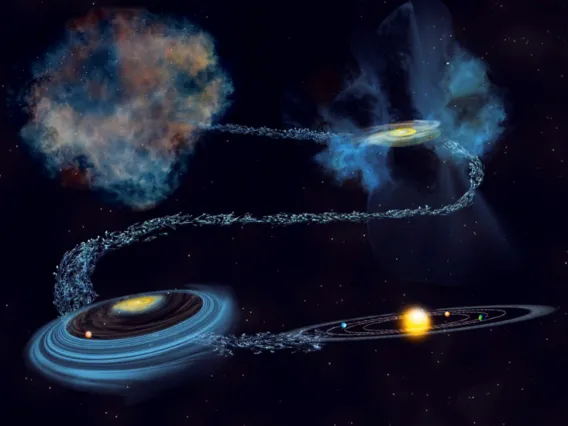
Planetary Formation and Evolution
Planetary Formation and Evolution
×Exoplanet discoveries made in the past decade have revealed that planetary systems are ubiquitous in the Universe and far more diverse than predicted by theoretical models that could reproduce the properties of our own Solar System. At LPL, our research efforts include studying the environments where planets form, the gaseous and dusty disks around young stars. Additionally, we engage in theoretical explorations to better comprehend the process of planetary formation and evolution under different initial conditions. Through the integration of observational data from disks and exoplanets with theoretical models, LPL scientists aim at developing a comprehensive and predictive theory of how planets are formed and how they evolve over time.
Planetary Formation and Evolution Faculty

Dániel Apai
Interim Associate Dean for Research, College of Science, Principal Investigator, Alien Earths, Professor
Astrobiology, Exoplanets, Planetary Atmospheres, Planetary Formation and Evolution
Caitlin Griffith
Professor Emeritus
Astrobiology, Exoplanets, Planetary Astronomy, Planetary Atmospheres, Planetary Formation and Evolution, Planetary Surfaces, Titan & Outer Solar System
William Hubbard
Professor Emeritus
Exoplanets, Planetary Atmospheres, Planetary Formation and Evolution, Theoretical Astrophysics, Titan & Outer Solar System
Tommi Koskinen
Associate Department Head, Associate Professor
Exoplanets, Planetary Atmospheres, Planetary Formation and Evolution, Titan & Outer Solar System
Renu Malhotra
Louise Foucar Marshall Science Research Professor, Regents Professor
Astrobiology, Exoplanets, Orbital Dynamics, Planetary Formation and Evolution, Small Bodies, Theoretical Astrophysics
Isamu Matsuyama
Professor
Astrobiology, Exoplanets, Lunar Studies, Planetary Formation and Evolution, Planetary Geophysics, Theoretical Astrophysics, Titan & Outer Solar System
Ilaria Pascucci
Professor
Astrobiology, Exoplanets, Planetary Astronomy, Planetary Formation and Evolution
Sukrit Ranjan
Assistant Professor
Astrobiology, Earth, Exoplanets, Planetary Atmospheres, Planetary Formation and Evolution, Theoretical AstrophysicsPlanetary Formation and Evolution Researchers

Arin Avsar
PTYS Graduate Student
Exoplanets, Planetary Astronomy, Planetary Formation and Evolution
Naman Bajaj
PTYS Graduate Student
Exoplanets, Planetary Formation and Evolution
Galen Bergsten
PTYS Graduate Student
Astrobiology, Exoplanets, Planetary Atmospheres, Planetary Formation and Evolution
Zarah Brown
Postdoctoral Research Associate
Planetary Atmospheres, Planetary Formation and Evolution
Sophie Clark
PTYS Graduate Student
Planetary Formation and Evolution
Samuel Crossley
Researcher/Scientist
Cosmochemistry, Planetary Analogs, Planetary Formation and Evolution, Small Bodies
Dingshan Deng
PTYS Graduate Student
Astrobiology, Exoplanets, Planetary Formation and Evolution
Kiki Gonglewski
PTYS Graduate Student
Astrobiology, Exoplanets, Planetary Formation and Evolution
Joanna Hardesty
PTYS Graduate Student
Exoplanets, Planetary Atmospheres, Planetary Formation and Evolution
Euibin Kim
PTYS Graduate Student
Photogrammetry, Planetary Formation and Evolution, Planetary Surfaces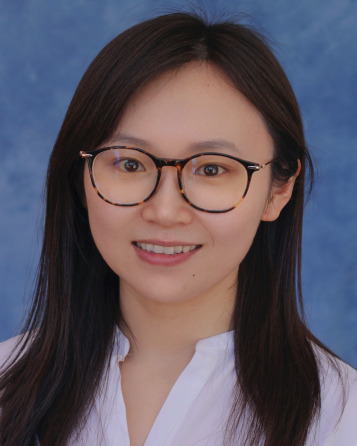
Feng Long
Postdoctoral Research Associate, Sagan Fellow
Planetary Formation and Evolution, Theoretical Astrophysics
Fuda Nguyen
PTYS Graduate Student
Exoplanets, Planetary Atmospheres, Planetary Formation and Evolution, Theoretical Astrophysics
Peter Stephenson
Postdoctoral Research Associate
Planetary Formation and Evolution
Robin Van Auken
PTYS Graduate Student
Planetary Formation and Evolution, Planetary Surfaces
Chengyan Xie
PTYS Graduate Student
Planetary Atmospheres, Planetary Formation and Evolution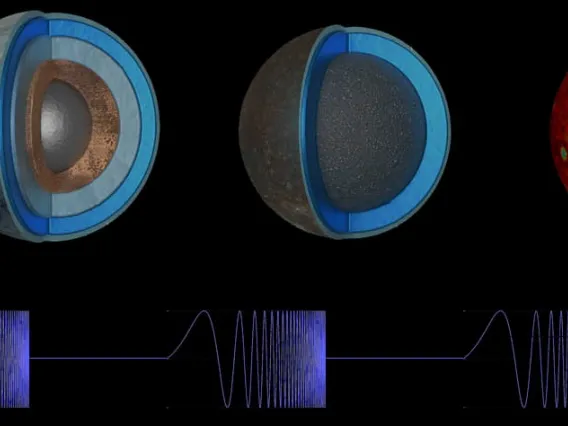
Planetary Geophysics
Planetary Geophysics
×At LPL, we use planetary geophysics to study the interior structure and dynamics of solid planetary bodies. Geophysical data provides a means to see beneath the surfaces of the planets. Radar data is used to peer through the clouds of Venus and Titan, to measure the surface topography of Venus and Titan, and to probe the interiors of glaciers and lava flows on Mars. Laser altimeters have measured the surface topography of Mars and the Moon with incredible precision. Gravity data illuminates the structure of the crust and mantle of the Moon, Mars, Venus, and Mercury. Magnetic data reveals the presence of ancient dynamos in the cores of the Moon and Mars and an active dynamo on Mercury. The global shapes and gravity fields of the planets and how they deform in response to rotation and tides reveal the deep interior structure all the way down to the core.
Geophysical models provide a means to study the processes operating at and below the surfaces of the planets, both today and in the past. Models of the flow of water through surface and ground water, and as ice through glaciers inform our understanding of the past hydrology and climate of Mars, while models of methane flow on Titan help us understand its active hydrocarbon hydrology. Models of volcanic and tectonic processes and the response of the lithosphere reveal details of the crustal evolution of the terrestrial planets and other solid-surface bodies. Models of impacts show the dynamics of cosmic collisions ranging from small crater-forming impacts to the Moon-forming impact. Models of the rotational and tidal deformation of planets and satellites help constrain their internal structure and thermal evolution. Together, geophysical data and models provide the keys to unlocking the past evolution and present-day structure of the planets.
 TAPIR
TAPIRTerrestrial And Planetary Investigations and Reconnaissance (TAPIR)
TAPIR research themes include debris-covered glaciers, terrestrial glaciers and ice sheets, Mars polar studies, and geophysical instrumentation techniques.
Planetary Geophysics Faculty

Jeffrey Andrews-Hanna
Professor
Lunar Studies, Planetary Geophysics, Planetary Surfaces, Titan & Outer Solar System
Erik Asphaug
Professor
Lunar Studies, Planetary Analogs, Planetary Geophysics, Planetary Surfaces, Small Bodies, Theoretical Astrophysics, Titan & Outer Solar System
Shane Byrne
Professor
Astrobiology, Photogrammetry, Planetary Analogs, Planetary Geophysics, Planetary Surfaces, Titan & Outer Solar System
Lynn Carter
Associate Department Head, Professor, University Distinguished Scholar
Earth, Lunar Studies, Planetary Analogs, Planetary Geophysics, Planetary Surfaces, Titan & Outer Solar System
Dani Mendoza DellaGiustina
Assistant Professor, Deputy Principal Investigator, OSIRIS-REx, Principal Investigator, OSIRIS-APEX
Earth, Photogrammetry, Planetary Analogs, Planetary Geophysics, Planetary Surfaces, Small Bodies
Christopher Hamilton
Associate Professor
Astrobiology, Earth, Lunar Studies, Photogrammetry, Planetary Analogs, Planetary Geophysics, Planetary Surfaces
Jack Holt
Professor, EDO Director
Earth, Planetary Analogs, Planetary Geophysics, Planetary Surfaces
Lon Hood
Research Professor
Earth, Planetary Geophysics
Angela Marusiak
Assistant Research Professor
Lunar Studies, Planetary Analogs, Planetary Geophysics, Small Bodies, Titan & Outer Solar System
Isamu Matsuyama
Professor
Astrobiology, Exoplanets, Lunar Studies, Planetary Formation and Evolution, Planetary Geophysics, Theoretical Astrophysics, Titan & Outer Solar System
Alfred McEwen
Regents Professor
Astrobiology, Lunar Studies, Photogrammetry, Planetary Analogs, Planetary Geophysics, Planetary Surfaces
Stefano Nerozzi
Assistant Research Professor
Earth, Planetary Analogs, Planetary Geophysics, Planetary SurfacesPlanetary Geophysics Researchers

Namya Baijal
PTYS Graduate Student
Planetary Geophysics, Planetary Surfaces, Small Bodies
Rishi Chandra
PTYS Graduate Student
Earth, Lunar Studies, Planetary Analogs, Planetary Geophysics, Planetary Surfaces, Small Bodies
Claire Cook
PTYS Graduate Student
Photogrammetry, Planetary Analogs, Planetary Geophysics, Planetary Surfaces, Titan & Outer Solar System
Ruby Fulford
PTYS Graduate Student
Astrobiology, Planetary Geophysics, Planetary Surfaces, Small Bodies, Titan & Outer Solar System
Samantha Moruzzi
PTYS Graduate Student
Planetary Analogs, Planetary Geophysics, Planetary Surfaces, Titan & Outer Solar System
Wesley Tucker
Postdoctoral Research Associate
Planetary Analogs, Planetary Geophysics, Planetary Surfaces, Titan & Outer Solar System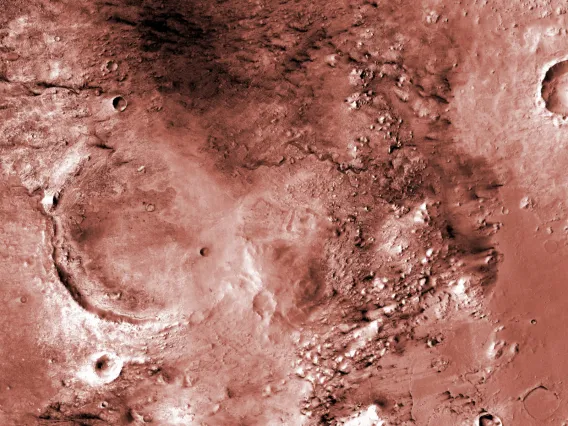
Planetary Surfaces
Planetary Surfaces
×Planetary surfaces are influenced by their interior processes (e.g. volcanoes), exterior effects (e.g. impact cratering) and their atmospheres (e.g. wind and rain) and so can be incredibly informative when it comes to figuring out a planet’s history. The decade from the mid-1960s to mid-1970s saw the exploration of much of the inner solar system with the photography of surfaces of the Moon (including its unseen far-side), Mercury and Mars. LPL’s previous work on telescopic mapping of the lunar surface had left it well prepared to play leading roles in most of these missions and the interpretation of the data they returned. In the following decades, LPL continued contributing to the study of planetary surfaces around the solar system with cameras aboard the Mars Pathfinder mission, the Huygens lander on Saturn’s moon Titan and the operation of the Phoenix lander on Mars. The study of these surfaces has also grown in sophistication and now includes analysis of surface composition from remote spacecraft as well as analysis of returned samples here in the laboratory.
Today at Mars, LPL is operating the HiRISE camera aboard Mars Reconnaissance Orbiter, which takes higher resolution images than any camera to fly on a planetary mission. LPL was home to the VIMS instrument on the Cassini spacecraft, which took images in hundreds of different colors to allow the composition of the target to be determined. LPL faculty also have ongoing involvement in numerous other instruments and missions investigating planetary surfaces.
Planetary Surfaces Group Meetings
 TAPIR
TAPIRTerrestrial And Planetary Investigations and Reconnaissance (TAPIR)
TAPIR research themes include debris-covered glaciers, terrestrial glaciers and ice sheets, Mars polar studies, and geophysical instrumentation techniques.
Planetary Surfaces Faculty

Jeffrey Andrews-Hanna
Professor
Lunar Studies, Planetary Geophysics, Planetary Surfaces, Titan & Outer Solar System
Erik Asphaug
Professor
Lunar Studies, Planetary Analogs, Planetary Geophysics, Planetary Surfaces, Small Bodies, Theoretical Astrophysics, Titan & Outer Solar System
Veronica Bray
Associate Research Professor
Lunar Studies, Planetary Analogs, Planetary Surfaces
Shane Byrne
Professor
Astrobiology, Photogrammetry, Planetary Analogs, Planetary Geophysics, Planetary Surfaces, Titan & Outer Solar System
Lynn Carter
Associate Department Head, Professor, University Distinguished Scholar
Earth, Lunar Studies, Planetary Analogs, Planetary Geophysics, Planetary Surfaces, Titan & Outer Solar System
Dani Mendoza DellaGiustina
Assistant Professor, Deputy Principal Investigator, OSIRIS-REx, Principal Investigator, OSIRIS-APEX
Earth, Photogrammetry, Planetary Analogs, Planetary Geophysics, Planetary Surfaces, Small Bodies
Caitlin Griffith
Professor Emeritus
Astrobiology, Exoplanets, Planetary Astronomy, Planetary Atmospheres, Planetary Formation and Evolution, Planetary Surfaces, Titan & Outer Solar System
Virginia Gulick
Research Professor
Astrobiology, Planetary Analogs, Planetary Surfaces
Christopher Hamilton
Associate Professor
Astrobiology, Earth, Lunar Studies, Photogrammetry, Planetary Analogs, Planetary Geophysics, Planetary Surfaces
Jack Holt
Professor, EDO Director
Earth, Planetary Analogs, Planetary Geophysics, Planetary Surfaces
Alfred McEwen
Regents Professor
Astrobiology, Lunar Studies, Photogrammetry, Planetary Analogs, Planetary Geophysics, Planetary Surfaces
Stefano Nerozzi
Assistant Research Professor
Earth, Planetary Analogs, Planetary Geophysics, Planetary Surfaces
Vishnu Reddy
Professor
Cosmochemistry, Planetary Astronomy, Planetary Surfaces, Small Bodies, Space Situational AwarenessPlanetary Surfaces Researchers

Roberto Aguilar
PTYS Graduate Student
Photogrammetry, Planetary Surfaces
Namya Baijal
PTYS Graduate Student
Planetary Geophysics, Planetary Surfaces, Small Bodies
Brett Carr
Researcher/Scientist
Earth, Lunar Studies, Photogrammetry, Planetary Analogs, Planetary Surfaces
Rishi Chandra
PTYS Graduate Student
Earth, Lunar Studies, Planetary Analogs, Planetary Geophysics, Planetary Surfaces, Small Bodies
Matthew Chojnacki
DCC Associate Research (McEwen)
Photogrammetry, Planetary Surfaces, Small Bodies
Claire Cook
PTYS Graduate Student
Photogrammetry, Planetary Analogs, Planetary Geophysics, Planetary Surfaces, Titan & Outer Solar System
Michael Daniel
PTYS Graduate Student
Earth, Planetary Surfaces
Ruby Fulford
PTYS Graduate Student
Astrobiology, Planetary Geophysics, Planetary Surfaces, Small Bodies, Titan & Outer Solar System
Gabriel Gowman
PTYS Graduate Student
Planetary Surfaces
Nathan Hadland
PTYS Graduate Student
Astrobiology, Earth, Planetary Analogs, Planetary Surfaces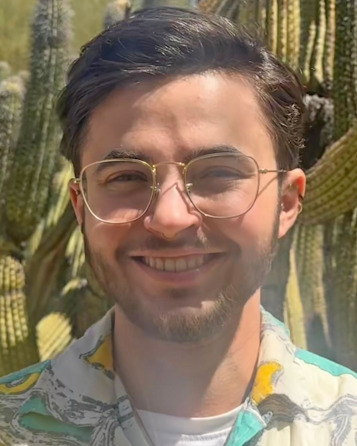
Orion Hon
PTYS Graduate Student
Planetary Surfaces
Rowan Huang
PTYS Graduate Student
Photogrammetry, Planetary Surfaces
Rocio Jacobo Bojorquez
PTYS Graduate Student
Planetary Surfaces
Erich Karkoschka
Research Scientist/Senior Staff Scientist
Planetary Astronomy, Planetary Atmospheres, Planetary Surfaces, Titan & Outer Solar System
Euibin Kim
PTYS Graduate Student
Photogrammetry, Planetary Formation and Evolution, Planetary Surfaces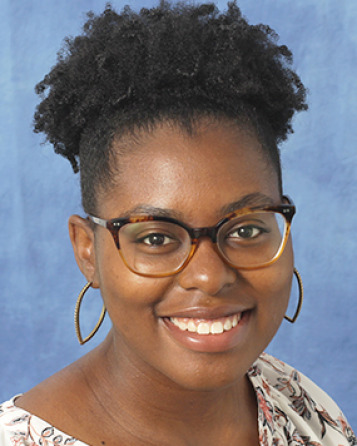
Kiana McFadden
PTYS Graduate Student
Planetary Surfaces, Small Bodies
Thea McKenna
PTYS Graduate Student
Planetary Atmospheres, Planetary Surfaces
Cole Meyer
PTYS Graduate Student
Planetary Atmospheres, Planetary Surfaces, Solar and Heliospheric Research
Samantha Moruzzi
PTYS Graduate Student
Planetary Analogs, Planetary Geophysics, Planetary Surfaces, Titan & Outer Solar System
Carter Mucha
PTYS Graduate Student
Planetary Surfaces
Michael Phillips
Researcher/Scientist
Astrobiology, Photogrammetry, Planetary Analogs, Planetary Surfaces
Andrew Ryan
Researcher/Scientist, OSIRIS-REx
Planetary Surfaces
Stephen Schwartz
DCC Associate Staff Scientist (Asphaug)
Orbital Dynamics, Planetary Astronomy, Planetary Surfaces, Small Bodies, Space Situational Awareness
Christina Singh
PTYS Graduate Student
Astrobiology, Photogrammetry, Planetary Analogs, Planetary Surfaces
Sarah Sutton
Photogrammetry Program Lead, HiRISE, Researcher/Scientist
Earth, Lunar Studies, Photogrammetry, Planetary Analogs, Planetary Surfaces, Small Bodies
Wesley Tucker
Postdoctoral Research Associate
Planetary Analogs, Planetary Geophysics, Planetary Surfaces, Titan & Outer Solar System
Robin Van Auken
PTYS Graduate Student
Planetary Formation and Evolution, Planetary SurfacesPlanetary Surfaces Support Staff

Singleton Papendick
Science Operations Engineer, HiRISE
Earth, Planetary Surfaces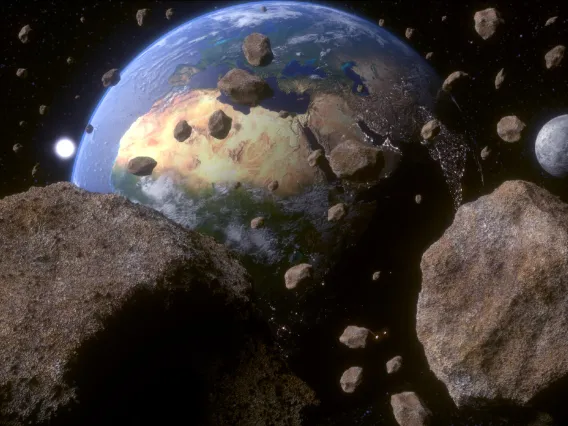
Small Bodies
Small Bodies
×LPL has long been a leader in researching the small bodies of the solar system. Active research includes:
- Two world-renowned groundbased asteroid survey programs: SPACEWATCH®, directed by Dr. Melissa Brucker, claims a number of firsts in hunting for small bodies, many related to being the first to use CCD-scanning routinely; and Catalina Sky Survey, under the direction of Carson Fuls, has led the world in asteroid discoveries each year since 2005.
- The first American asteroid sample-return mission. OSIRIS-REx, with Professor Dante Lauretta as the Principal Investigator, was launched in 2016, arrived at asteroid Bennu in 2018, began its return to Earth in 2021, and is on track for Fall 2023 delivery.
- The OSIRIS-APEX mission, led by Assistant Professor Dani DellaGiustina, will reprise the discoveries of the OSIRIS-REx spacecraft at a second asteroid, Apophis.
- Several groups active in meteorite research, led by professors Jessica Barnes, Pierre Haenecour, Dante Lauretta, and Tom Zega.
- Research into the orbital evolution of the main asteroid belt and the Kuiper Belt, led by Regents Professor Renu Malhotra.
- LPL also has a long history of comet research, which continues with new and ongoing studies by Professor Walter Harris and Professor Emeritus Uwe Fink.
 Catalina Sky Survey
Catalina Sky Survey SPACEWATCH®
SPACEWATCH® OSIRIS-REx
OSIRIS-REx OSIRIS-APEX
OSIRIS-APEXSmall Bodies Faculty

Erik Asphaug
Professor
Lunar Studies, Planetary Analogs, Planetary Geophysics, Planetary Surfaces, Small Bodies, Theoretical Astrophysics, Titan & Outer Solar System
William Boynton
Professor Emeritus
Astrobiology, Cosmochemistry, Lunar Studies, Small Bodies
Dani Mendoza DellaGiustina
Assistant Professor, Deputy Principal Investigator, OSIRIS-REx, Principal Investigator, OSIRIS-APEX
Earth, Photogrammetry, Planetary Analogs, Planetary Geophysics, Planetary Surfaces, Small Bodies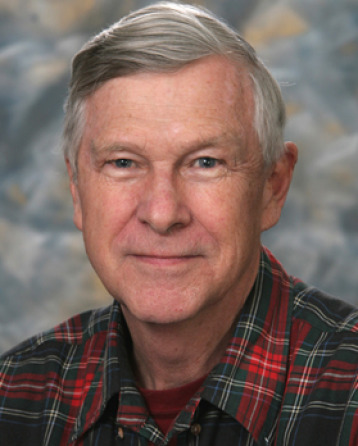
Uwe Fink
Professor Emeritus
Small Bodies
Pierre Haenecour
Assistant Professor
Astrobiology, Cosmochemistry, Planetary Astronomy, Small Bodies
Walter Harris
Professor
Planetary Astronomy, Planetary Atmospheres, Small Bodies, Solar and Heliospheric Research
Ellen Howell
Research Professor
Small Bodies
Dante Lauretta
Director, Arizona Astrobiology Center, Principal Investigator, OSIRIS-REx, Regents Professor
Astrobiology, Cosmochemistry, Small Bodies
Renu Malhotra
Louise Foucar Marshall Science Research Professor, Regents Professor
Astrobiology, Exoplanets, Orbital Dynamics, Planetary Formation and Evolution, Small Bodies, Theoretical Astrophysics
Angela Marusiak
Assistant Research Professor
Lunar Studies, Planetary Analogs, Planetary Geophysics, Small Bodies, Titan & Outer Solar System
Robert (Bob) McMillan
Research Professor (Retired)
Asteroid Surveys, Planetary Astronomy, Small Bodies
Michael Nolan
Deputy Principal Investigator, OSIRIS-APEX, Research Professor
Small Bodies
Vishnu Reddy
Professor
Cosmochemistry, Planetary Astronomy, Planetary Surfaces, Small Bodies, Space Situational Awareness
Timothy Swindle
Professor Emeritus
Cosmochemistry, Lunar Studies, Small Bodies, Theoretical Astrophysics
Tom Zega
Professor
Astrobiology, Cosmochemistry, Small BodiesSmall Bodies Researchers

Namya Baijal
PTYS Graduate Student
Planetary Geophysics, Planetary Surfaces, Small Bodies
Adam Battle
R&D Software Engineer, SPACE 4 Center
Asteroid Surveys, Small Bodies, Space Situational Awareness
Jacob Bernal
DCC Postdoctoral Research Associate (Zega), NSF Postdoctoral Fellow
Astrobiology, Cosmochemistry, Small Bodies
Melissa Brucker
Principal Investigator, Spacewatch, Research Scientist
Asteroid Surveys, Small Bodies
David Cantillo
PTYS Graduate Student
Astrobiology, Small Bodies, Space Situational Awareness
Rishi Chandra
PTYS Graduate Student
Earth, Lunar Studies, Planetary Analogs, Planetary Geophysics, Planetary Surfaces, Small Bodies
Laura Chaves
Postdoctoral Research Associate
Cosmochemistry, Small Bodies
Matthew Chojnacki
DCC Associate Research (McEwen)
Photogrammetry, Planetary Surfaces, Small Bodies
Jason Corliss
Research Scientist/Senior Staff Scientist
Planetary Astronomy, Planetary Atmospheres, Small Bodies, Solar and Heliospheric Research
Samuel Crossley
Researcher/Scientist
Cosmochemistry, Planetary Analogs, Planetary Formation and Evolution, Small Bodies
Ruby Fulford
PTYS Graduate Student
Astrobiology, Planetary Geophysics, Planetary Surfaces, Small Bodies, Titan & Outer Solar System
Carson Fuls
Director, Catalina Sky Survey, PTYS Graduate Student
Asteroid Surveys, Small Bodies
Dathon Golish
Mission Instrument and Observation Scientist
Photogrammetry, Small Bodies
Devin Hoover
PTYS Graduate Student
Small Bodies
Kana Ishimaru
PTYS Graduate Student
Cosmochemistry, Small Bodies
Steve Larson
Research Scientist/Senior Staff Scientist
Asteroid Surveys, Small Bodies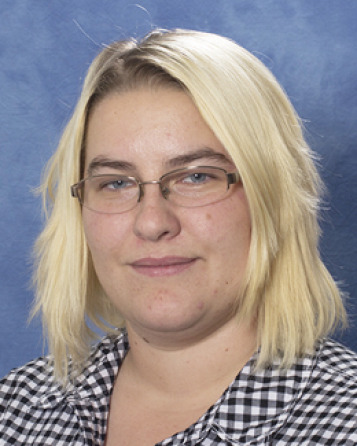
Cassandra Lejoly
Research Scientist/Observer, Spacewatch
Small Bodies
Kiana McFadden
PTYS Graduate Student
Planetary Surfaces, Small Bodies
Robert Melikyan
PTYS Graduate Student
Orbital Dynamics, Small Bodies
Stephen Schwartz
DCC Associate Staff Scientist (Asphaug)
Orbital Dynamics, Planetary Astronomy, Planetary Surfaces, Small Bodies, Space Situational Awareness
Sarah Sutton
Photogrammetry Program Lead, HiRISE, Researcher/Scientist
Earth, Lunar Studies, Photogrammetry, Planetary Analogs, Planetary Surfaces, Small BodiesSmall Bodies Support Staff

Dolores Hill
Research Specialist, Senior
Cosmochemistry, Small Bodies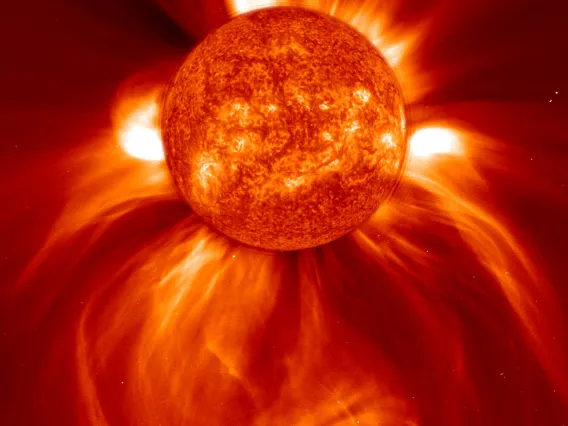
Solar & Heliospheric
Solar and Heliospheric Research
×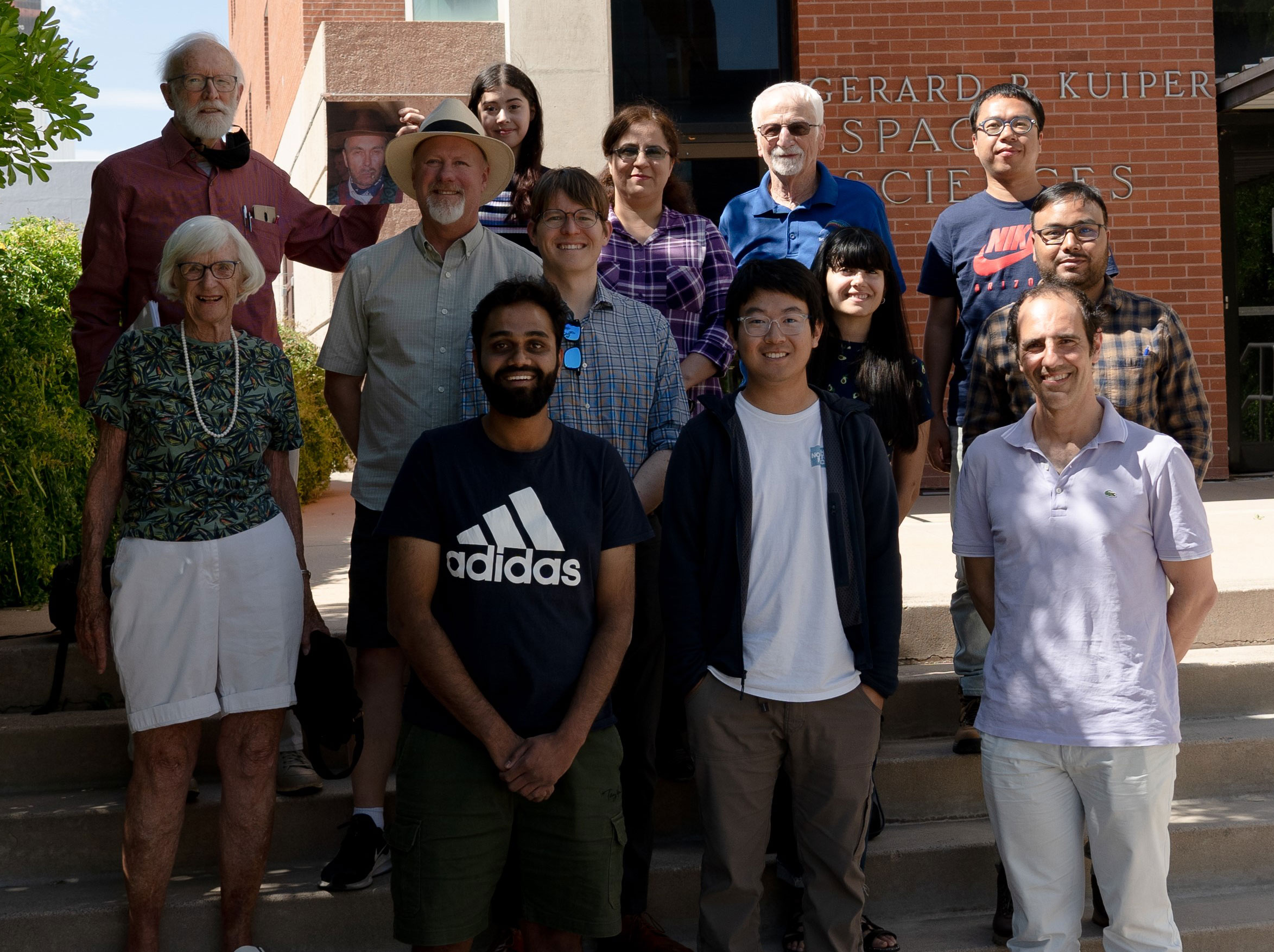 Heliophysics Research Group
Heliophysics Research GroupSolar and Heliospheric Research Group
The Lunar and Planetary Laboratory has had a long history studying the Sun’s atmosphere and magnetic field as it moves outward at supersonic speeds throughout the solar system until it encounters the local interstellar medium. The region of the interstellar space near the Sun that is ‘carved out’ by the solar wind is known as the Heliosphere. Current LPL researchers study many different aspects of the Heliosphere, including how it affects the transport of galactic cosmic rays within the solar system, as well as the acceleration and transport of high-energy solar particles, both of which comprise the space radiation environment. LPL researchers have had significant involvement in the Voyager spacecraft missions which are currently exploring the boundaries of the Heliosphere, as well as involvement with other spacecraft missions aimed at studying the Sun and solar wind, such as the Advanced Composition Explorer and Ulysses, and also in the "mission to touch the Sun," Parker Solar Probe.
Solar & Heliospheric Faculty

Joe Giacalone
Professor
Solar and Heliospheric Research, Theoretical Astrophysics
Walter Harris
Professor
Planetary Astronomy, Planetary Atmospheres, Small Bodies, Solar and Heliospheric Research
Kristopher Klein
Associate Professor
Solar and Heliospheric Research, Theoretical Astrophysics
Jozsef Kota
Senior Research Scientist (Retired)
Solar and Heliospheric Research, Theoretical AstrophysicsSolar & Heliospheric Researchers

Jason Corliss
Research Scientist/Senior Staff Scientist
Planetary Astronomy, Planetary Atmospheres, Small Bodies, Solar and Heliospheric Research
Mark Giampapa
DCC Visiting Research Scholar (Giacalone)
Solar and Heliospheric Research
Jack Harvey
DCC Visiting Research Scholar (Giacalone)
Solar and Heliospheric Research
John Leibacher
DCC Visiting Research Scholar (Giacalone)
Solar and Heliospheric Research
Mihailo Martinović
Researcher/Scientist
Solar and Heliospheric Research
Cole Meyer
PTYS Graduate Student
Planetary Atmospheres, Planetary Surfaces, Solar and Heliospheric Research
Ashraf Moradi
Postdoctoral Research Associate
Solar and Heliospheric Research
Marcia Neugebauer
DCC Visiting Research Scientist (Giacalone)
Solar and Heliospheric Research
Tyler Reese
PTYS Graduate Student
Planetary Atmospheres, Solar and Heliospheric Research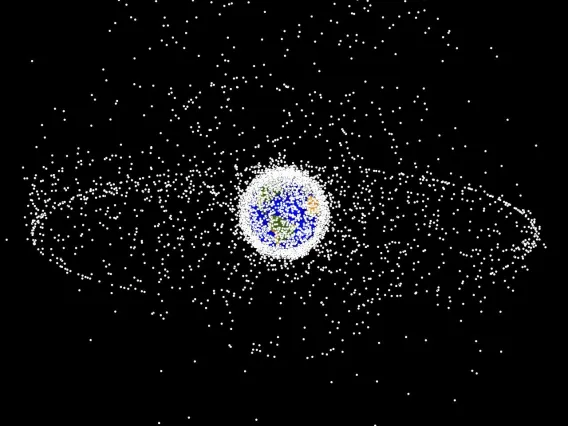
Space Situational Awareness
Space Situational Awareness
×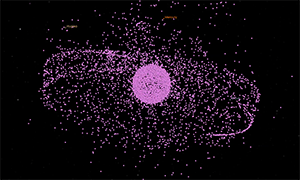 Reddy Research Group
Reddy Research GroupOrbital space around our Earth is congested, contested and competitive. Our research group is actively working to ensure sustainable management of this valuable resource for future generations. Our spectroscopy lab is capable of characterizing space material under space-like conditions so we can better interpret spectral properties of objects in Earth orbit and uniquely identify them. We have a dedicated telescope for collecting visible wavelength spectral data (0.35-1.0 µm) of space objects. Undergraduate engineering students built the RAPTORS telescope that will enable us to characterize objects in geostationary belt.
Projects related to small bodies include characterization of near-Earth asteroids for planetary defense, asteroid-meteorite link, rapid recovery of meteorites using radar and ground-based support for spacecraft missions. Space surveillance topics of interest include daytime imaging, telescopic and laboratory spectral characterization of space materials, sensor tasking, and cyber infrastructure for big data.
Space Situational Awareness Faculty

Vishnu Reddy
Professor
Cosmochemistry, Planetary Astronomy, Planetary Surfaces, Small Bodies, Space Situational AwarenessSpace Situational Awareness Researchers

Adam Battle
R&D Software Engineer, SPACE 4 Center
Asteroid Surveys, Small Bodies, Space Situational Awareness
David Cantillo
PTYS Graduate Student
Astrobiology, Small Bodies, Space Situational Awareness
Stephen Schwartz
DCC Associate Staff Scientist (Asphaug)
Orbital Dynamics, Planetary Astronomy, Planetary Surfaces, Small Bodies, Space Situational Awareness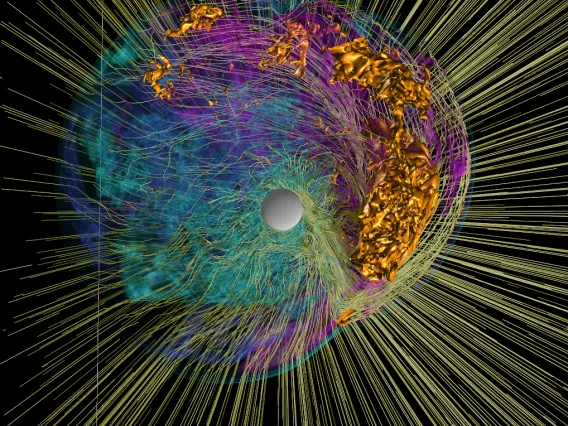
Theoretical Astrophysics
Theoretical Astrophysics
×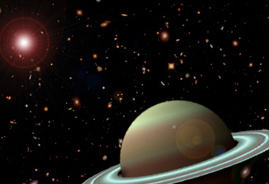 Theoretical Astrophysics Program
Theoretical Astrophysics ProgramTheoretical Astrophysics Program
In 1985, the University of Arizona consolidated its traditional and long-standing strength in astronomy and planetary sciences through an interdisciplinary program in theoretical astrophysics that includes the departments of Physics, Astronomy, Planetary Sciences (LPL), and Applied Mathematics Departments, as well as the National Optical Astronomy Observatory. The Theoretical Astrophysics Program (TAP) administers a Monday colloquium series, graduate student research and recruitment prizes, a postdoctoral fellowship, and a visitor program.
Theoretical Astrophysics Faculty

Erik Asphaug
Professor
Lunar Studies, Planetary Analogs, Planetary Geophysics, Planetary Surfaces, Small Bodies, Theoretical Astrophysics, Titan & Outer Solar System
Joe Giacalone
Professor
Solar and Heliospheric Research, Theoretical Astrophysics
William Hubbard
Professor Emeritus
Exoplanets, Planetary Atmospheres, Planetary Formation and Evolution, Theoretical Astrophysics, Titan & Outer Solar System
Kristopher Klein
Associate Professor
Solar and Heliospheric Research, Theoretical Astrophysics
Jozsef Kota
Senior Research Scientist (Retired)
Solar and Heliospheric Research, Theoretical Astrophysics
Renu Malhotra
Louise Foucar Marshall Science Research Professor, Regents Professor
Astrobiology, Exoplanets, Orbital Dynamics, Planetary Formation and Evolution, Small Bodies, Theoretical Astrophysics
Isamu Matsuyama
Professor
Astrobiology, Exoplanets, Lunar Studies, Planetary Formation and Evolution, Planetary Geophysics, Theoretical Astrophysics, Titan & Outer Solar System
Sukrit Ranjan
Assistant Professor
Astrobiology, Earth, Exoplanets, Planetary Atmospheres, Planetary Formation and Evolution, Theoretical Astrophysics
Timothy Swindle
Professor Emeritus
Cosmochemistry, Lunar Studies, Small Bodies, Theoretical AstrophysicsTheoretical Astrophysics Researchers

Feng Long
Postdoctoral Research Associate, Sagan Fellow
Planetary Formation and Evolution, Theoretical Astrophysics
Fuda Nguyen
PTYS Graduate Student
Exoplanets, Planetary Atmospheres, Planetary Formation and Evolution, Theoretical Astrophysics
Anna Taylor
PTYS Graduate Student
Exoplanets, Planetary Atmospheres, Theoretical Astrophysics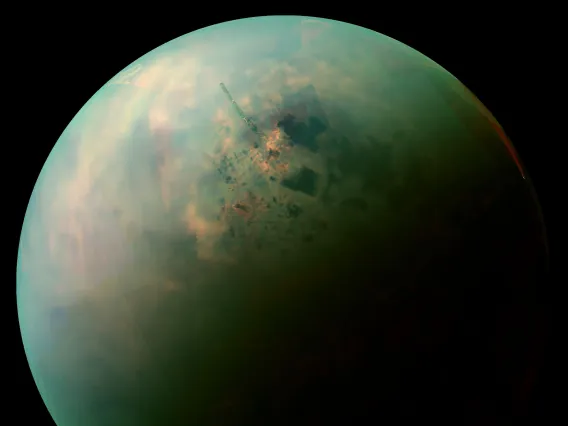
Titan & Outer Solar System
Titan & Outer Solar System
×Titan Media
Tour of Titan from Cassini-VIMS: 30 Years of Exploration
Video by Cassini VIMS team
The Cassini/VIMS team, based at LPL, has created an unparalleled map of Titan, which is a culmination of nearly 3 decades of effort by a diverse team of dedicated people. Custom mapping software sewed together the best Titan data collected during over 100 flybys of Saturn’s largest moon, and months of detailed adjustments to lighting and mosaic seams produced the most complete hyperspectral map of Titan in existence. This video commemorates our achievements—technical and artistic - and conveys in some small way the emotions felt by the group of dedicated people who worked on VIMS and Cassini-Huygens. This mission is a human achievement of the highest order, and for those who worked on it, pride in the mission will stay with us the rest of our lives.
Download (MP4 720P)
Additional Videos
- Approaching Titan a Billion Times Closer (MP4)
- The View from Huygens on January 14, 2005 (MP4)
- The Descent Imager/Spectral Radiometer During the Descent of Huygens onto Titan on January 14, 2005 (MP4)
- Read the Full Description
Titan & Outer Solar System Faculty

Jeffrey Andrews-Hanna
Professor
Lunar Studies, Planetary Geophysics, Planetary Surfaces, Titan & Outer Solar System
Erik Asphaug
Professor
Lunar Studies, Planetary Analogs, Planetary Geophysics, Planetary Surfaces, Small Bodies, Theoretical Astrophysics, Titan & Outer Solar System
Shane Byrne
Professor
Astrobiology, Photogrammetry, Planetary Analogs, Planetary Geophysics, Planetary Surfaces, Titan & Outer Solar System
Lynn Carter
Associate Department Head, Professor, University Distinguished Scholar
Earth, Lunar Studies, Planetary Analogs, Planetary Geophysics, Planetary Surfaces, Titan & Outer Solar System
Caitlin Griffith
Professor Emeritus
Astrobiology, Exoplanets, Planetary Astronomy, Planetary Atmospheres, Planetary Formation and Evolution, Planetary Surfaces, Titan & Outer Solar System
William Hubbard
Professor Emeritus
Exoplanets, Planetary Atmospheres, Planetary Formation and Evolution, Theoretical Astrophysics, Titan & Outer Solar System
Tommi Koskinen
Associate Department Head, Associate Professor
Exoplanets, Planetary Atmospheres, Planetary Formation and Evolution, Titan & Outer Solar System
Angela Marusiak
Assistant Research Professor
Lunar Studies, Planetary Analogs, Planetary Geophysics, Small Bodies, Titan & Outer Solar System
Isamu Matsuyama
Professor
Astrobiology, Exoplanets, Lunar Studies, Planetary Formation and Evolution, Planetary Geophysics, Theoretical Astrophysics, Titan & Outer Solar System
Roger Yelle
Professor
Astrobiology, Exoplanets, Planetary Atmospheres, Titan & Outer Solar SystemTitan & Outer Solar System Researchers

Claire Cook
PTYS Graduate Student
Photogrammetry, Planetary Analogs, Planetary Geophysics, Planetary Surfaces, Titan & Outer Solar System
Ruby Fulford
PTYS Graduate Student
Astrobiology, Planetary Geophysics, Planetary Surfaces, Small Bodies, Titan & Outer Solar System
Erich Karkoschka
Research Scientist/Senior Staff Scientist
Planetary Astronomy, Planetary Atmospheres, Planetary Surfaces, Titan & Outer Solar System
Samantha Moruzzi
PTYS Graduate Student
Planetary Analogs, Planetary Geophysics, Planetary Surfaces, Titan & Outer Solar System
Wesley Tucker
Postdoctoral Research Associate
Planetary Analogs, Planetary Geophysics, Planetary Surfaces, Titan & Outer Solar System
